.png?w=auto&h=400)

Treks in March
About treks in march.
The Himalayas is a mountain range which covers almost 2400 km, and is popular for its interesting topography and biodiversity. As the name ‘Himalayas’ means ‘abode of snow’, the mountain is indeed a thing of heavenly beauty and power. All the steep ascents, slopes, elevations and free descents, makes Himalayan trekking the toughest among the mountain treks across the world. Treks in March are generally advised, and have a moderate climate because of the ending of winter and beginning of summer. The top Manali treks in March include high altitude treks like Dev Tibba, Hampta pass trek , and Beas Kund trek . The Brahmatal trek , Har ki Dun trek , Kedarkantha trek are the most known treks in Uttarakhand. Rupin Pass trek and Hampta Pass trek are the top-rated treks among Himachal treks in March.
Chopta-Chandrashila trek , Bedni Bugyal trek , Nag Tibba trek , Roopkund trek and Sandakphu trek are the other best treks in India in March in the Himalayas. As Himalayan trekking is difficult, physical fitness and willingness of mind is really important. A preparation of walking practices, breathing exercises, leg strengthening training are required at least for 6 months before your hike to ensure safety. The breathtaking grandeur of the mountain ranges that have appeared after overcoming the hardships of trekking will undoubtedly alleviate the exhaustion
Popular Treks to Do in March
March is the welcoming month of Spring season and hence the atmosphere will be pleasant enough to enjoy an energetic and fun-filled trek. The Himalayan treks in March can be the best thing to experience because the major trekking highlights like Brahmatal, Kedarkantha winter trek , Har ki Dun, Chandrashila, Nag Tibba and Sandakphu will be active by March. The snow-stricken roads will be gradually shifting to stiff ones and the snowy mountains will be gleaming in the sunlight in March, which will make the journey an exciting one for sure.

This is one of the most famous treks in Uttarakhand in March and is a moderate level trek of 30 kms which takes an average of 6 days to complete. Along with a view of a beautiful section of the Himalayas, the western and eastern parts of Uttarakhand with fully-bloomed rhododendron trees are the major highlights of this trek. This is the best option for the beginners with an altitude of, 12100 ft (3.69 km).

This is an easy to moderate trek in the West Bengal region with a distance of 47 kms and, 11941ft (3.64 km) altitude, which will take 6 days. The stunning views of Mount Lhotse, Mount Makalu and the great Mount Everest makes this one of the best treks in March. The priceless beauty of the Kanchenjunga and the Kalipokhri or the ‘Black Lake’ glowing in sunlight are indeed the highlights of this trek.

This is a 6-day-long trek with an altitude of 12100 ft (3.69 km) with a distance of 30 kms and is known as the top most among the treks in March. The mesmerizing views of Nanda Devi peak, Mount Kamet and Mount Trishul are the famous attractions of this trek. The lakeside camping experience between two mountain lakes, Brahmatal and Bekal lal makes this hit the top among the treks in Uttarakhand in March

This is quite an easy trek with 31 km distance with an altitude of, 11350ft (3.46 km) altitude through the Uttarakhand region. The eye-soothing views of two adjacent alpine meadows, Ali and Bedni Bugyal are the top attractions of this 6-day long trek. This region with green-fields and dense forests surrounded by giant peaks with a magical change of seasons will be a wonderful experience among the treks in Uttarakhand in March.

This is a trek in the Uttarakhand region which is a moderately difficult one, with an altitude of 12500 ft (3.81 km). The 6- day long, 20 KMS trek will take you to the 360- degree amazing views of peaks like Gangotri, Yamunotri, Kala Nag, Swargarohini, Dhauladhar and Bandarpunch mountain ranges along with the glacial mountain lakes. The picturesque view of the mountains makes this one of the beautiful treks in March.

This is an adrenaline rushing trek with an altitude of, 15100ft (4.6 km) with a distance of 44 kms and will take 7 days. Starting from Rishikesh, you can have a spectacular view of Garhwal ranges and can witness the three Prayags namely Devprayag, Rudraprayag to Karnaprayag where the mighty Alaknanda river meets the other rivers. Pangarchulla peak is in the Joshimath region of Uttarakhand and is one of the best treks in March.

This is a trek in the Uttarakhand region with a moderate to difficult level, with a distance of 47 km. Har Ki Dun or ‘the valley of Gods’ is blessed with lush green meadows, pine trees, silver glaciers and some rugged terrains, which makes it one of the best treks in India in March. The presence of the majestic Swargarohini peak is the highlight of this 7 -day long trek.

This is a 16 kms long easy trek with an altitude of, 9900 ft (3.02 km) in the Uttarakhand region. Nag Tibba or the ‘Serpent’s Peak’ near Mussoorie, from where you can have a panoramic view of Banderpooch ranges, which makes it one of the best treks in March. The journey through forests with enchanting views of the snowy mountains topped by the azure sky will be a refreshing sight during the 5-day trek.

This is considered as one of the great choices among the Himachal treks in March. Laka Glacier is a region located in the Kangra valley of Himachal and is known for its easy trekking experience. A 13 kms long journey will take you to the snow -capped mountains and glacier with an altitude of, 10600 ft (3.23 km). The 3-day journey through the forests covered with lush green trees will be a different experience.

Dzongri trek is through the Sikkim region of the Himalayas, which will take almost 7 days. This 50 km long journey is the best for people who want to explore more within a short duration. The spectacular beauty of the Sikkim Himalayas as seen through the Dzongri La viewpoint on the top, along with the views of other important mountain ranges like Mount Kabru and Mount Rathong are the major highlights.

This is a moderately difficult trek with an altitude of, 15100ft (4.6 km) with a duration of 11 days. This is one of the oldest trekking routes to the Himalayas which will offer a breathtaking view of the Kanchenjunga ranges along with a samiti lake surrounded by colorful rhododendron trees. The trek is 90 kms long and is considered as a bit tiresome, but is also one of the best treks in India in March.

This is a 6-day-long trek in the Uttarakhand region of the Himalayas with a moderate level of difficulty. The 33 kms journey will take you to the top where you will see the major peaks like Trishul, Kamet, Chaukhamba and a glimpse of the divine Nanda Devi ranges along with several other peaks like Neelkanth and Changbang. An altitude of, 12750ft (3.89 km) makes this one of the most interesting treks in March.

This is one of the shortest treks among the treks in March as the journey is only 16 kms long and takes only 2 days. It is quite an easy trek with an altitude of 8960 ft (2.73 km), which will take you to the soothing Prashar Lake surrounded by the stunning Dhauladhar ranges. This is one of the great choices among Himachal treks in March, as the journey is blessed with tranquil visuals.

This is a trek through the Himachal region of the Himalayas which will take around 3-days to complete. Being an easy to moderate trek, this will cover 26 km distance with an altitude of 9650 ft (2.94 km). The trek will take you to the Kareri Fresh water lake in the midst of refreshing greenery. This short journey will be blessed with pretty views of the alpine pasturelands and the Himalayan flora and fauna.

This is a beautiful trek among the treks in March and is often considered as a difficult one. Roopkund lake is at a distance of 53 km with an altitude of 15700 ft (4.79 km) and will take around 8 days journey through the Uttarakhand region. ‘The Skeleton Lake’ surrounded by meadows and dense forests and the glimpses of mountains like Mount Kedarnath, Trishul and Nanda Ghunti are the major highlights of the trek.
Why March is the Best Time for Trekking?

The treks in March are less strenuous because of the fresh air of spring. The beginning of Spring season makes March a best suitable month for trekking. The first two weeks of March will be bidding bye to snowy and pale winter and will be getting ready to welcome the warm upcoming season. The last two weeks will be ready to greet the delightful spring and warm weather. The climate will be not so hot, but mildly warm, and the sky will be bright enough in March, which makes the weather favourable for trekking . The arrival of spring, which brings flowers and birds, will add colour to major treks, such as Manali treks in March. The rhododendron trees and flowers in full bloom make the trekking experience even more enchanting in spring.

Even though the winter will be over by March, the snow that covers the mountain ranges will not completely disappear. And this presence of snow over the mountains, pine, and oak trees makes the treks in March more beautiful. The mornings of March blessed with the bright sunlight will make this snow gleam and this will be a soothing sight to the eyes for sure. This sun-kissed snow will make the day brighter with the reflection of light and will definitely energize the hikers. The mountains during treks in March would be covered with snow blankets and this would enhance their beauty. The green meadows which would be free of snow and the green forests filled with scattered snow here and there binds the two extremes of nature. The fallen snow on all sides of the trekking paths are one of the reasons which makes March best suitable for trekking.

The warm and cosy, but not-so- hot weather is one of the top reasons for choosing March for trekking. This season witnesses a transition of seasons from Winter to Spring and Summer. The snowfall will turn into a lower frequency and the bright sun will make the mornings warm and comfortable. This mixture of seasons and pleasant weather makes the trekking destination, including Manali treks in March, unique and enjoyable. This comfortable weather will be rather good for a healthy trek, and the eye-pleasing visuals of nature will make even the challenging treks less tiring. Most people decide March for trekking not only because of the clear paths, but also because of the refreshing feel it gives throughout the journey. The increasing statistics of trekking every year in March indicates the importance of weather during the time. March is also considered as a golden month for trekking and tourism.
You May Also Book
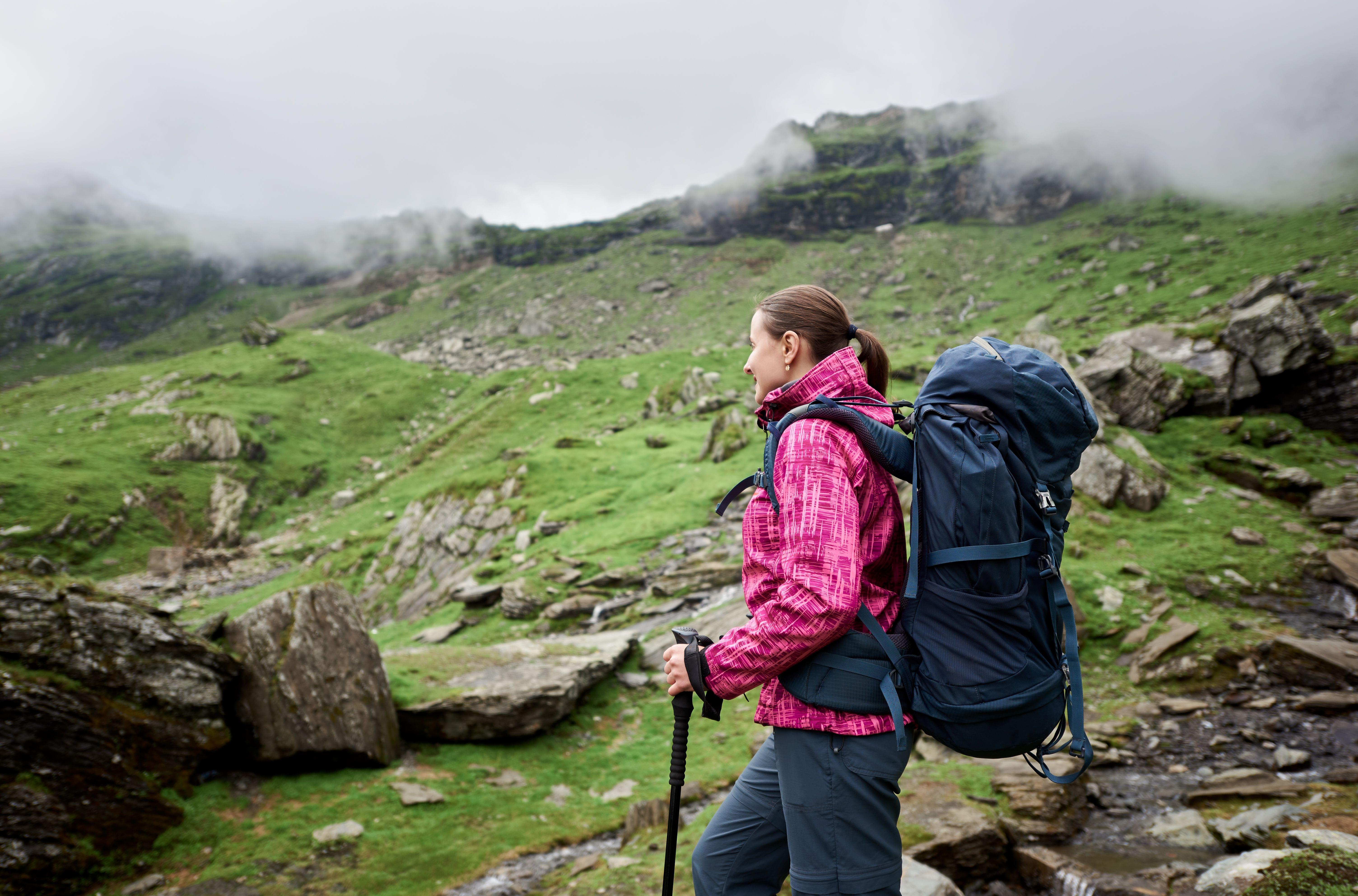
FAQ's About Treks in March
Which trek in the himalayas is best to do in march.
The Brahmatal, Kedarkantha, Har ki Dun and Sandakphu treks are considered as the best treks in March. The Manali treks in March like Lamadugh, Beas Kund, Jogini waterfall treks and the Himachal treks in March like Prashar lake trek and Triund trek are also the best treks in India in March.
Is March good for trekking in Nepal?
Yes, March is one of the best times for trekking in Nepal. As it is the beginning of spring and the end of winter, the nature in Nepal will be blessed with immense beauty and charm. Also, the climate would be warm, and the temperature would be comfortable enough for trekking.
Can Chadar trek be done in March?
Yes, Chadar trek can be done in March if you wish and if you are a beginner, then March would be the best choice. But, the ideal time is between January and February because of the beauty of the frozen Zanskar lake during the time and also for an adventurous experience.
Which treks in Uttarakhand are best to do in March?
The best treks in March in Uttarakhand include the Nag Tibba trek, Brahmatal trek Har Ki Dun trek, Kedarkantha trek, Roopkund lake trek and Chopta-Chandrashila trek. There are other attractions like Bagini glacier trek, Pangarchulla trek, Kuari pass trek, and Rupin pass trek as well.
State Wise Treks
Challenging treks in himalayas, treks in summers, treks in winters, treks in monsoon, treks in autumn.
.png?w=auto&h=400)
The content and images used on this site are copyright protected and copyrights vests with the respective owners.
© 2024 www.heyhimalayas.com All rights reserved.
- Group Enquiry? NEW
- 25 Best Himalayan Treks in March
Himalayan Treks in March
If you are planning to trek the Himalayas during the month of March, look no further because we have curated this list of the best Himalayan treks in March so that you can pick the best one that suits your style of adventure!
Here are the best Himalayan treks to do in March:
Quick navigation.
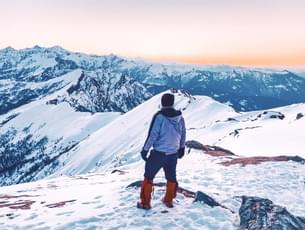
Indrahar Pass Trek, Mcleodganj
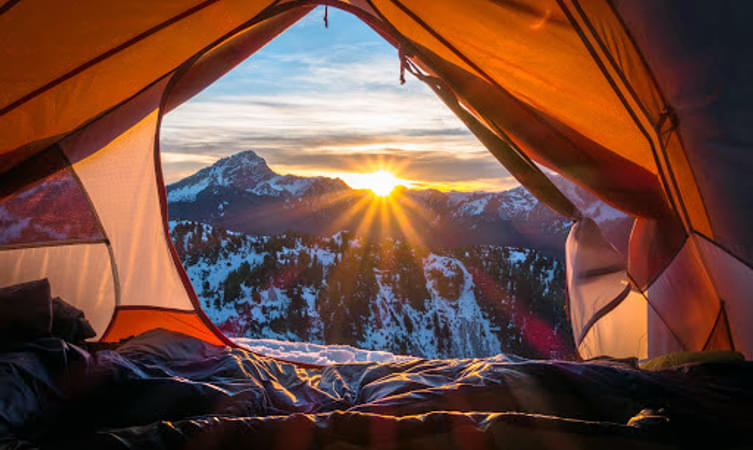
About the trek:
Perched at a towering height of 14,245 ft above sea level, the spectacular Indrahar Pass lies at the border between breathtaking Kangra and Chamba districts. Though a short one, this trek is considered to be a bit challenging as the trekking trail consists of numerous sharp ascents and steep climbs. This is one of the most fascinating treks that Himachal has to offer. Owing to the magnificent view of the might Dhauladhar, the lush green valleys, and the exotic flora and fauna will truly leave you awestruck. The path passes by the placid crystal blue waters of Lake Mankiani and Kareri. Hike through the steep passing mostly through the lush green landscapes of the Dhauladhar Range, this challenging yet tempting trek takes about 4 days to complete.
Start Point/End Point: Mcleodganj - Bhagsu Nag Taxi Stand.
Inclusions:
- Stay: Domed tents on sharing basis cleaned & sanitized on daily basis
- Meals: Breakfast, Lunch and Dinner
- Activities: Trekking & Camping
- Highly experienced trek guide
Valley of Flowers Trek with Hemkund Sahib, Uttarakhand
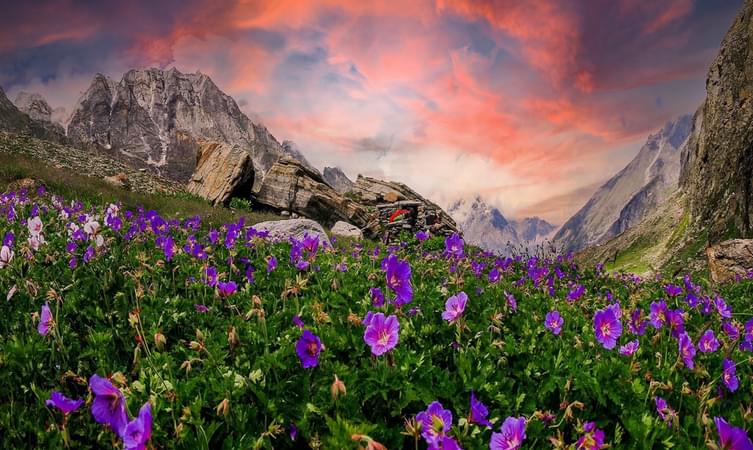
About Valley of Flowers Trek:
Valley of Flowers "Foolon ki Ghati" is one of those beautiful trekking expeditions that can be enjoyed during the monsoon season. It is flawlessly nestled in the West Himalayan region of Uttarakhand and lies at a lofty height of 3600 m above sea level. With an opportunity to spot the very rare blue Primula, the Valley Of Flowers trek is one of the best-known treks in the world.
The Valley of Flowers is also believed to be the place from where Hanuman brought the magical herb to resuscitate Lakshman in the Hindu epic Ramayan. Just as you set your foot into the valley, the intoxicating mix of fragrances emitted from the flowers makes you feel in a paradise. The hidden lake at the height of 14,400 ft, creates a hidden coop for numerous species of wildflowers like the saxifrages, sedums, lilies, poppy, calendulas, daisies, geranium, zinnia, and petunia.
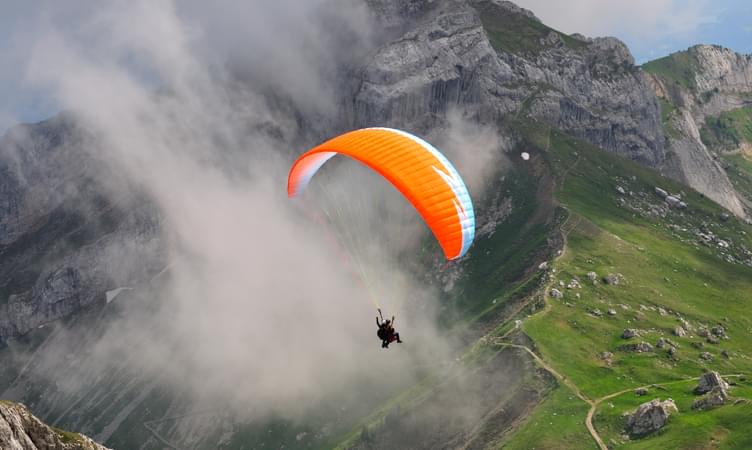
Best of Manali

Pin Parvati Trek, Himachal Pradesh
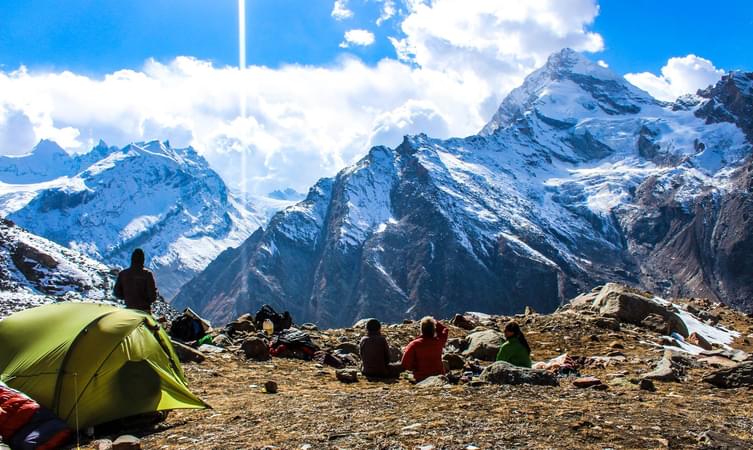
About Pin Parvati Pass Trek :
The trail is wrapped in a lush green forest and in mighty green valleys. An alternate passage to the Spiti Valley in Himachal Pradesh, the Pin Parvati Pass trek is one of the most enthralling and challenging trekking trails in India.
Mantalai, known for its age-old Lord Shiva temple and the charming lake, is the jovial host during the trek to Pin Parvati camp. Manali, with plenty of trekking options, comes up with the best in its kit, which is the Pin Parvati Trek, leading the trekker up to 17457 feet in height. This trek will take you on a journey to heaven and prevent you from returning to your chaotic city life.
Quick Facts About the Pin Parvati Pass Trek :
- Duration: 10D/9N
- Maximum Altitude: 17,457 ft
- Pin Parvati valley trek difficulty level: Difficult
- Pin Parvati trek distance: 110 km
- Temperature: Day: 16°C to 20°C and Night: 0°C to 4°C
- Pin Parvati trek best time: July to September.
- ATM: Manali has the last ATM point before your trek begins.
- Start Point of the Pin Parvati Valley Trek: Barshani, near Kasol
- End Point of the Pin Parvati Valley Trek: Kaza.
How to Reach Barshani:
- By Air: To reach Pin Parvati Trek by air, you need to fly to Kullu-Manali Airport. Once you’re at the airport, you can take a taxi or bus to reach Manali. The distance from the airport is 50 kilometres and will take around 1 hour 20 minutes to reach. Once in Manali, you can arrange a private vehicle or local transport to reach the starting point of the trek which is Barshaini. It will take 3 hours to reach Manali.
- By Train: If coming by train, arrive at Joginder Nagar Railway Station in Himachal. From there, you can take a taxi to Bhuntar which will cover a distance of 96 kilometres in 3 hours. Once at Bhuntar, you can take a taxi or bus to reach Manali. From Manali, you can reach via bus to Barshaini Village, the starting point of the Pin Parvati Trek itinerary, which will take 3 hours to reach.
- By Road: You can reach Pin Parvati Trek by road from Delhi or Chandigarh. The most convenient way to reach Manali is via NH44. From Delhi, Manali is 505 kilometres and will take around 10 hours to reach. From Chandigarh, Manali is 272 kilometres and will take 6 hours to reach. Once at Manali, drive to Bhuntar village near Manikaran.
Triund Trek 2022, Mcleodganj | Book @ ₹967 Only!
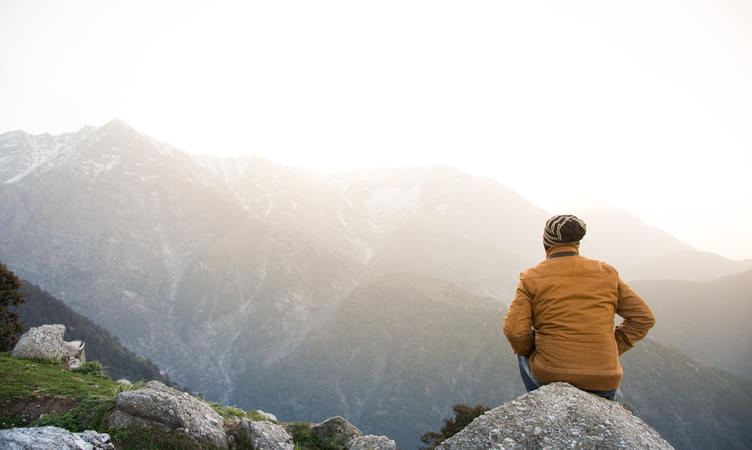
Start/End Point: Bhagsu Nag Taxi Stand
Start/End Time: 09:000 AM (Day1) & 12:00 PM (Day2)
Camp Location: Leta/Mana village Village (2.5 km before Triund) About Triund:
- Triund is the easiest Himalayan trek. With breathtaking views of the Kangra valley and the snow covered Dhauladhar ranges, it is also very picturesque.
- Triund is the ideal destination for those seeking a hassle-free taste of trekking in the Himalayas. The trek can easily be done over a weekend.
- The trail to Triund is short but steep. The steep climb is well-compensated by refreshing walks amongst rhododendron and oak trees. There are also various songbirds in the forests along the trail which make it a birdwatcher’s delight.
About the Triund Trek:
- Get a chance to witness the many small hamlets and stream through the trek to Triund. - Feast your eyes at the majestic view of the Dhauladhar ranges on one side and Kangra valley on the other - Enjoy camping at a high summit and the clear night sky under the billions of stars. - Also, enjoy a small bonfire with your friends and the other trekkers in Alpine tents on double/triple sharing basis. - Trek through some of the most beautiful forests of alpine and fir, Rhododendron and Oak. - Get a chance to witness the rare flora and fauna of this region as you continue your Triund trek. - Also, taste the local cuisine of this region while you head out for the trek to Triund. Quick Facts:
How to reach the campsite?
You have to report at Bhagsu Nag Taxi Stand which is the starting point of the trek and it is around 3 km from Mcleodganj. Many local transports and private cabs are available from Mcleodganj to reach Bhagsu Nag.
Note: If the snow at the top of base camp is beyond the operator's control, the camping for the day will be organized in Dharamkot instead.
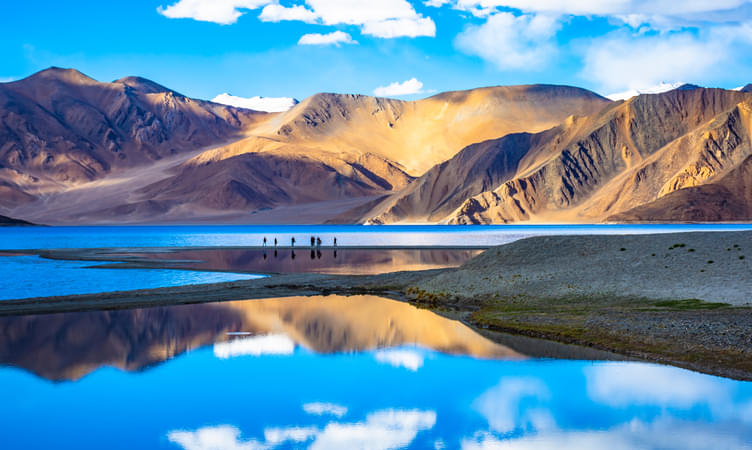
Best of Ladakh

Laka Glacier Trek with Triund, Mcleodganj

Laka Glacier lies gracefully in the laps of Kangra Valley and enveloped in the mighty Dhauladhar ranges making it a mesmerising trek to indulge in. It gains popularity as a beginner-friendly trek for the terrain is easy to moderate and as it is easily accessible from McLeodganj and Dharamshala it becomes an ideal choice for trekkers. This trek would offer you an adventurous experience and as you reach the top, the panoramic views of snow-covered mountain ranges would be a glorifying scenery to witness.
Start point/Endpoint: Bhagsu Nag Taxi Stand, McLeodganj
Start Time: 10:00 AM (Day 1)
End Time: 2:00 PM (Day 3)
- Stay: Dome tents on sharing basis
- Meals: Breakfast, Lunch & Dinner
- Highly Experienced Guide
Trek to Beas Kund, Manali
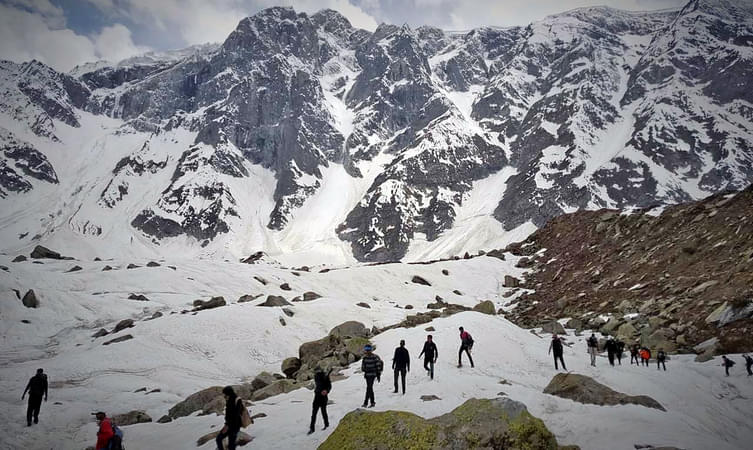
Beas Kund is a thousand-year-old alpine lake that sits royally amidst the mountains of Himachal Pradesh at an altitude of 3,810 meters. This taintless beauty is the origin of the Beas River, which is believed to be the water body where Sage Vyas used to take baths while he meditated and wrote the Hindu epic, Mahabharata. Beas Kund is the famous trek of Manali with lush green grasslands below the summits of the three biggest mountains around Manali and hidden in these grasslands is the emerald lake. The contrasting sight of this serene water body nestled in between jagged mountain peaks of the Pir Panjal range adds to the beauty of the lake. Your camping experience will be worth remembering with the picturesque view of the sparkling rivers and verdant mountains.
Start Time/End Time of Trek: The trek starts at 10:00 AM (Day 1) and ends around 2:00 PM on (Day 3)
Start Point/End Point of Trek: Solang Valley
- Stay: Dome tents on a shared basis
- Highly experienced guide
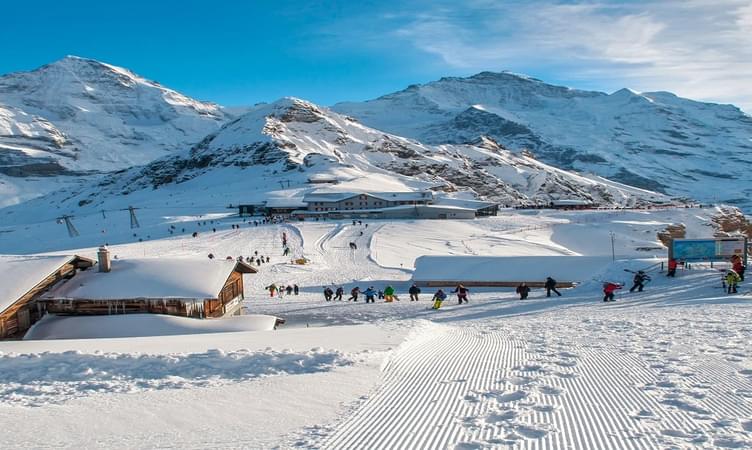
Best of Shimla

Sandakphu Trek
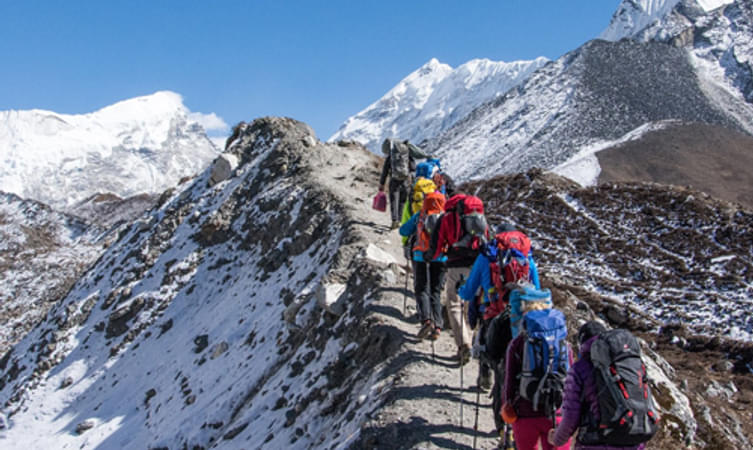
About the Sandakphu Trek :
Ranged at an altitude of 11,930 ft, the Sandakphu Trek is popularly known as a ‘Trekkers Wonderland’. The four massive peaks bound this trek: Mount Everest, Kangchenjunga, Lhotse, and Makalu. This trek follows the famous Singalila Ridge, a high ground that lies at the southern end of a long crest that runs down from the Kanchendzongha range and forms the border between Sikkim and Nepal.
This ridge, passing through small settlements, is perhaps one of the most scenically rewarding in the Himalayas. The entire trail is inside Singalila National Park, a biodiversity hotspot that boasts numerous species of birds, and the red panda is rare but not impossible to sight.
Departure Dates (2024)
March-6,8,9,10,16,17,23,24,26,30,31
April-6,7,8,12,13,14,20,21,27,28,29,30
May-4,5,11,12,18,19,21,25,26.
June-1,2,8,9,15,16,22,23,29,30
Quick Facts :
- Duration: 6D/5N
- Altitude: 11,930 ft
- Sandakphu Trek Difficulty Level: Moderate
- Sandakphu Trek Distance: 52 km
- Temperature: Day: 8°C to 15°C and Night: -5°C to 5°C
- Best Time to do Sandakphu Trek: March to May, October to January
- Nearest Railway Station: NJP
- Nearest Airport: Bagdogra
- ATM: You can withdraw money at New Jalpaiguri Railway Station (NJP).
- Starting Point: Manebhanjan/Chitrey
- Ending Point: Srikhola
Bhrigu Lake Trek, Manali
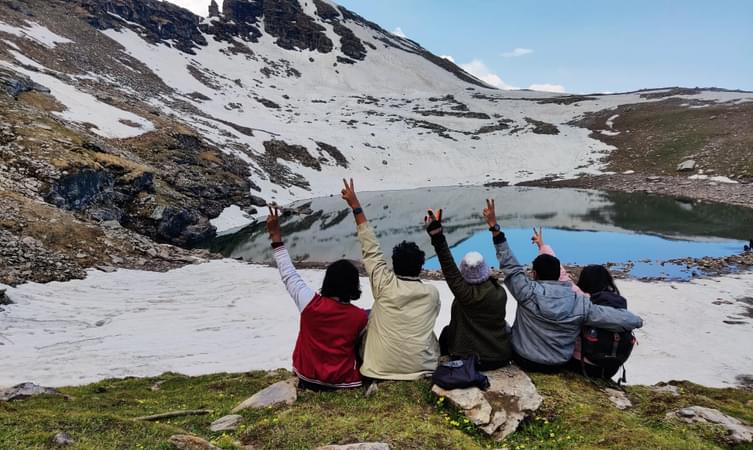
About the Bhrigu Lake Trek:
Bhrigu Lake is a high-altitude glacial lake, perched at a height of 14,100 ft, thus catering to a perfect place for some mind-blowing adventure and thrills. Bhrigu Lake Trek in Manali is one of the most captivating short treks in the Himalayas and it greets you to witness high altitude alpine lake, the verdant meadows, and everything your heart has yearned for.
The mesmerizing lake has its own majestic beauty as it changes its colors with each passing season. In late summer, it changes its color to emerald green, and in summer it turns its beauty to
blue which is a fascinating sight for the eyes to behold.
This 4-day Bhrigu Lake trek takes you through unparalleled breathtaking views of Seven Sister Peaks, Deo Tibba, Indrasan, Hanuman Tibba, the outstretched Pir Panjal ranges which will soothe your senses and make you content with unbounded natural beauty.
Bhrigu Trek Quick Facts:
- Bhrigu LakeTrek Distance: 26 km
- Bhrigu LakeTrek Height: 14,100 ft
- Trekking Gradient: Steep ascent throughout the trail
- Bhrigu Lake Trek Difficulty Level: Easy To Moderate
- Start Point/End Point of Trip: Old Manali
- Start Time/End Time: The trek starts at 10:00 AM (Day 1) and ends around 2:00 PM (Day 4).
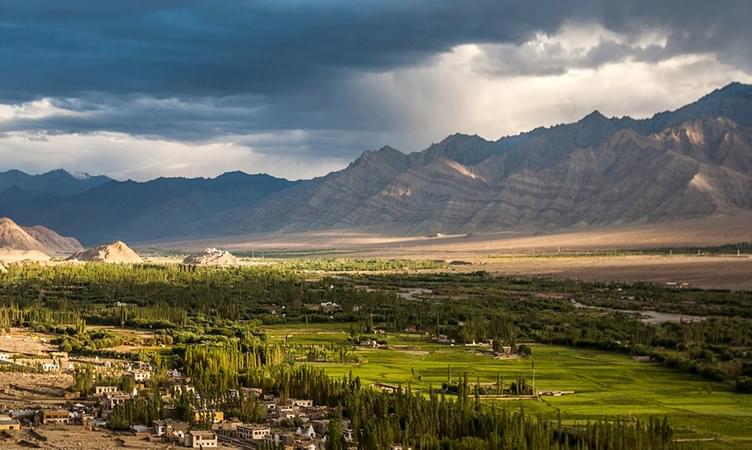
Best of Leh

Chopta Chandrashila Trek from Delhi
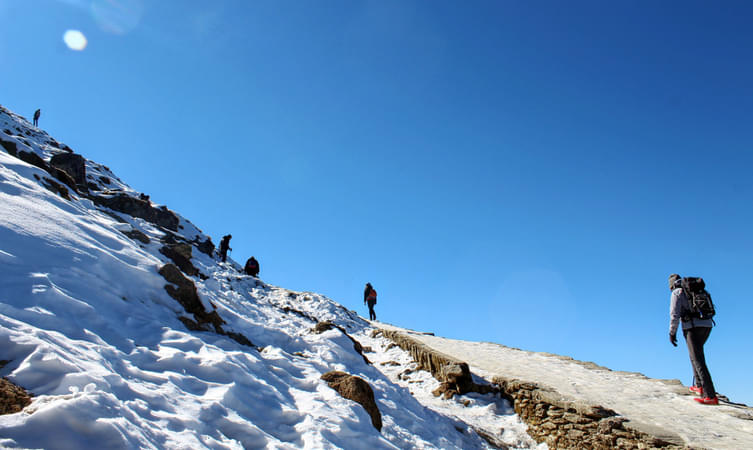
Head out for a fascinating trek expedition to Chandrashila, the summit of Tungnath, which is prominently known as a famous tourist attraction for high-altitude trek lovers. It is located at a height of about 4,000 meters above sea level. Spot the spellbinding glimpses of Nandadevi, Trisul, Kedar Peak, Bandarpunch, and Chaukhamba peaks, the views of which are going to be your rewards for the hike. Discover the laid-back side of the Himalayas while trekking through the lush jungles and snow-capped mountains. Make your way through the forests with snowy paths and discover rich flora and fauna until you reach the destination at an altitude of 13,000 feet. On arriving at Chopta - a picturesque and unexplored destination, famous as 'Mini Switzerland of Uttarakhand', you are surely going to reconnect with nature and soothe your senses completely. Later, proceed towards Chandrashila - the 'Moon Rock' summit of the Tungnath.
Quick Info:
- Start Time - End Time from Delhi: 10:30 PM (Day 0) - Between 5:00 AM - 6:00 AM (Day 4)
- Start Time - End Time from Rishikesh: 6:00 AM (Day 1)-Between 6:00 PM - 7:00 PM (Day 3)
- Pickup Point/ Drop point from Delhi: near Akshardham Metro Station
- Pickup Point/ Drop point from Rishikesh: Natraj Chowk/ Rishikesh ISBT
- Temperature: 32°C to 15°C
- Trek Distance:18km
- Maximum altitude: 4,000 meters above sea level
- Electricity: Electricity will be available at Chopta campsite and Sari village.
- ATM: Rishikesh is the last point where you will find an ATM
Kasol Trip and Trek to Kheerganga from Delhi

Kheerganga is one of the unique Himalayan treks in which you are rewarded with natural hot water springs on reaching the summit at almost 10,000 feet. This trek takes you deep into the Parvati Valley by walking alongside the babbling Beas River, ascending through pine and oak forests and traversing the verdant gorge. On the way to the top, you will come across many beautiful waterfalls and a Shiva temple. The snowy Himalayan peaks will accompany you throughout the day.
The one-of-a-kind experience of relaxing in the vistas of snow-capped peaks will remain with you forever as memories. Be it a memorable walk along the sparkling Parvati river or savoring Israeli food at colorful cafes, everything here would be a little more unique.
March-4,7,8,910,15,16,17,21,22,23,24,27,29,30
April-5,6,15,29
May-2,10,19,21
June-9,16,17,26,27,30
Quick facts:
- Start/End Point: New Delhi/Kasol (As per variant selected)
- Start Time/End Time of Trip: 09:00 AM (Day 1) and around 12:00 PM (Day 2)
- Maximum altitude: 9600 ft.
- Temperature range: Day: 8°C to 15°C; and Night: 0°C to 3°C
- Approximate trekking distance: 14 KM
- ATM: Last ATM is in Kasol
- Mobile Network: BSNL works the best in these areas
- Trekking gradient: Easy to moderate.
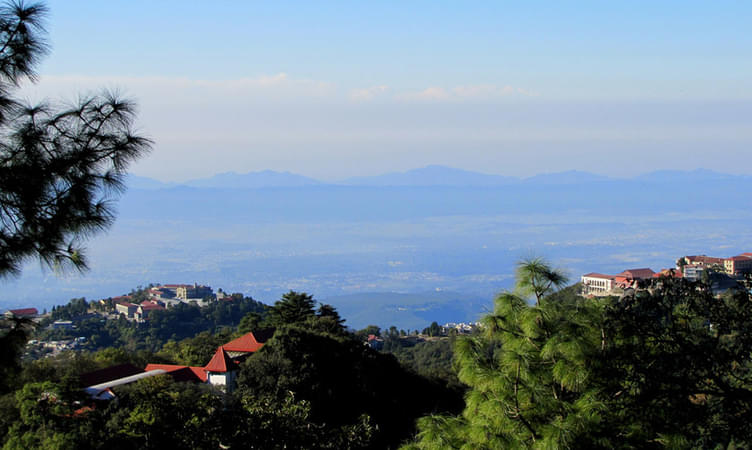
Best of Dehradun

Nag Tibba Trek, Uttarakhand
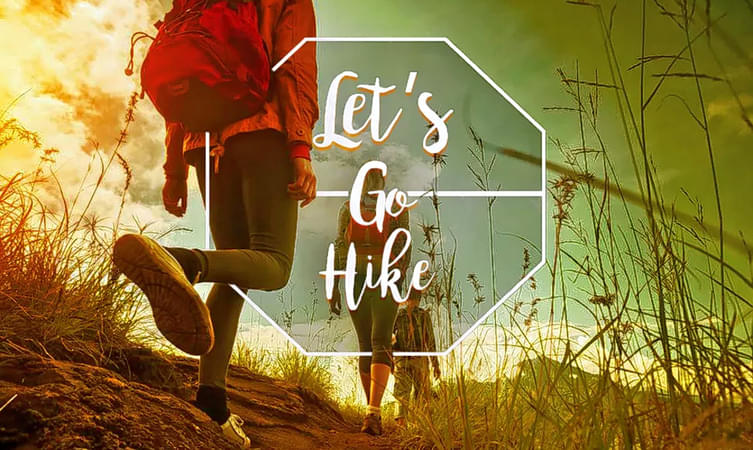
About the Nagtibba Trek:
Nag Tibba is located at an altitude of 3,022 meters that makes it the highest peak in the lower Himalayan region of Uttarakhand. The trek has got its name from 'Nag Devta' and offers an ideal weekend getaway destination for adventure lovers. NagTibba trek is a wonderful delight for adventure lovers from all over the world since it showcases the best serenity and exciting trekking routes through thick jungles and meadows. During the Nag Tibba trekking, you'll witness beautiful flora and fauna, lush green mountains, and dense forests that will make you fall in love with its beauty.
Nag Tibba Trek Package Inclusions:
- Stay : Dome tents on sharing basis
- Meals : Breakfast,Lunch and Dinner
- Transportation : As per the variant selected
- Activities : Trekking & Camping
Goechala Trek, Sikkim
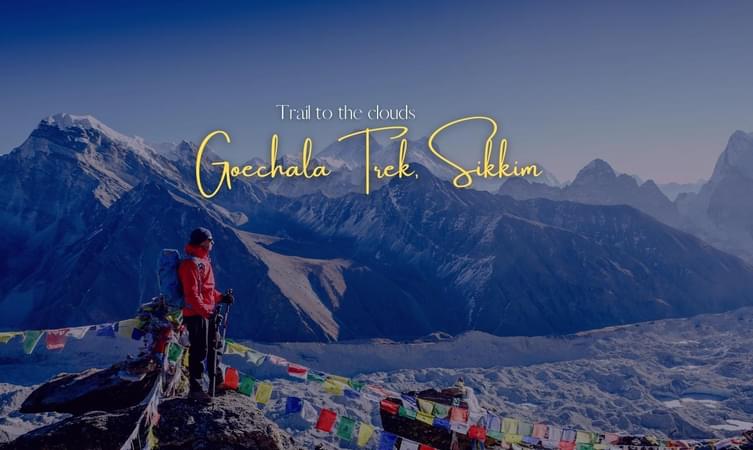
About GoechaLa Pass Trek:
GoechaLa trek is nestled at a height of 16,207 ft, with a closer look at the third-highest peak-Mt. Kanchenjunga. It is a dream and desire for hundreds of adventure lovers. Bounded by the mesmerizing flora and fauna, which are so vibrant and colourful to cheer up one's mood.
The GoechaLa pass trek is a bundle of big summits, making it an absolute adventure to embark on. The trail link with the famous Kanchenjunga National Park, where one can witness the true nature, enough to revitalize your senses. To watch the mountains clearly, April and May are the ideal months. Since the sky is completely clear during this time and the sunset-sunrise views can be captured.
March-23,24,30,31
April-1,6,7,13,14,20,21,27,28
May-4,5,6,11,12,18,19,24,25,26.
GoechaLa Pass Trek Quick Facts:
GoechaLa Trek duration : 10D/9N
Maximum Altitude : 16207 ft
Difficulty Level: Difficult
GoechaLa Trek Distance: 90 Km
Temperature Range : April - June: 15 to 22 Degrees (Days); -1 to 7 Degrees (Nights), September – Nov: 10 to 15 Degrees (Days); -5 to 5 Degrees (Nights)
GoechaLa Trek Best Time: April end - May And September - November
Railway Station : New Jalpaiguri (NJP) is the nearest railway station, which is 150 km away from Yuksom
Airport : Bagdogra Airport which is 155 km from Yuksom
ATM : Yuksom is the last point where you can find the ATM.
Starting and Ending point : Yuksom
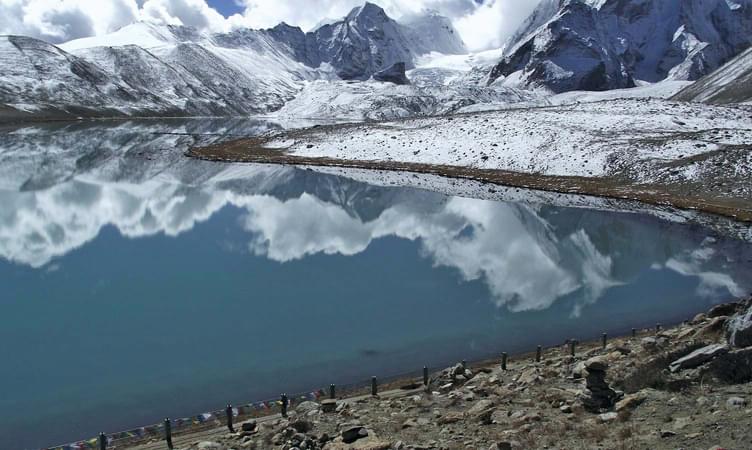
Best of Sikkim

Hampta Pass Trek, Manali
.jpg?w=753&h=450&dpr)
About Hampta Pass Trekking
Trekking through breathtaking Hampta Pass is a one-of-a-kind experience journey through the unparalleled beauty of Himachal Pradesh. Begin from the lush green valleys of Manali, and ascend through towering forests, crossing gurgling streams and picturesque meadows.
The highlight of the trek is reaching the stunning Chandratal Lake, a tranquil oasis located amidst towering mountains. By availing of the thoughtfully crafted Hampta Pass trek package, you can pass by quaint villages, pristine waterfalls, and diverse flora and fauna which make the experience a truly remarkable one.
Quick facts about Hampta Pass Trekking:
Start Point/End Point: Manali Base Camp
Duration: 4 Nights & 5 Days
Hampta Pass Trek Height: 14,100ft
Hampta Pass Trek Difficulty Level: Moderate
Trekking Distance: 35kms
Best time to do Hampta Pass Trek: Mid June - September
Har Ki Dun Trek, Uttarakhand
.jpg?w=753&h=450&dpr)
About The Trek:
Experience the thrill of commencing upon an adventurous trek, with Thrillophilia’s well-prepared itineraries that promise to provide you with an extraordinary thrill. We offer some of the best Har Ki Dun trek packages that can make any trekking enthusiast jump up with joy.
Resting amidst the Garhwal range of the Himalayas, the Har Ki Dun trek lies in the Uttarkashi region in Uttarakhand. Also known as the ‘Valley of Gods’ or the ‘Valley of Shiva’, Har Ki Dun presents the trekkers with a life-changing experience. Make your make through the heavy alpine forests, walk alongside the cascading Tons river, and climb up the steep ascents, only to find yourself in enchanting meadows. Cross huge boulders, and hop your way down the ridges, undertake this exciting trek amidst the Swargarohini ranges.
Meet the indigenous people, explore their local culture, witness step farming, and immerse yourself in the pristine beauty of nature as you trek the alluring trail. Visit the significant Duryodhan temple and the historical Someshwar Temple, which are situated in some remote hamlets along the route. Our Har Ki Dun trek itinerary offers a wholesome trekking experience for all.
So, leave all the arrangements to Thrillophilia’s capable hands, and get ready for a thrilling time on the Har Ki Dun trek in Uttarakhand.
Har Ki Doon Trek Quick facts:
Duration: 7D/6N
Maximum altitude: 11,675 ft
Har Ki Dun Trek Difficulty Level : Easy to Moderate
Har Ki Dun Trek Distance : 47 KM
Temperature : 10℃ to 15℃ during the day and 2℃ to -5℃ during the night
Best Time to do Har ki Dun Trek: April to Mid-June and October to Mid-November
ATM : Purola has the last ATM before your trek begins
Start/End Point of the trek: Sankri Village
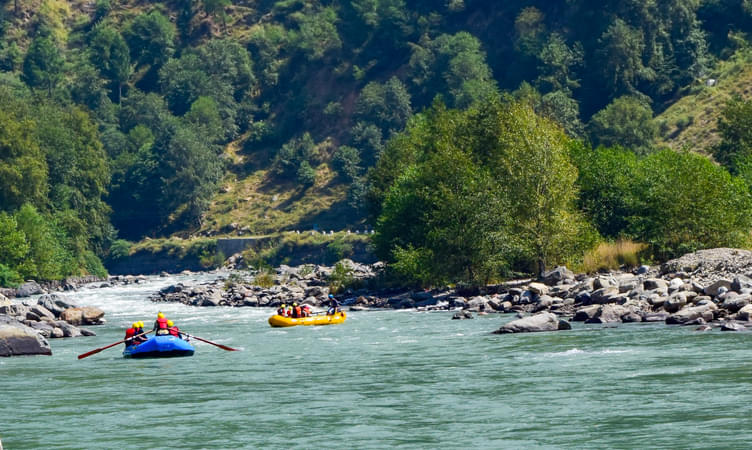
Best of Kullu

Everest Base Camp Trek, Nepal | Book @ Flat 22% off
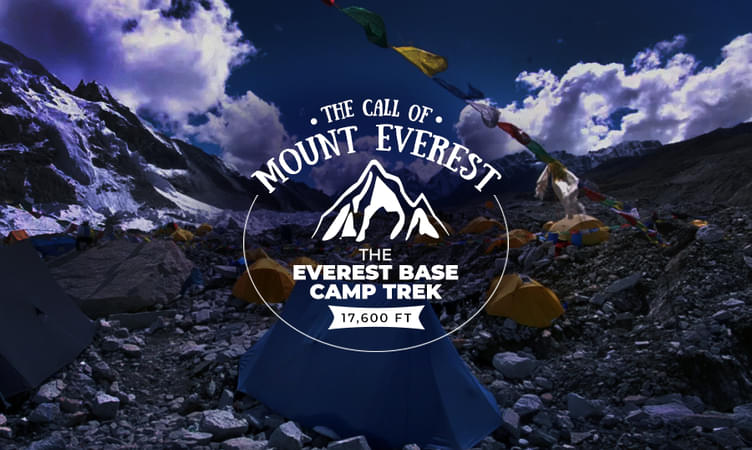
Kedarkantha Trek 2022, Uttarakhand | Book @ ₹6,000 Only
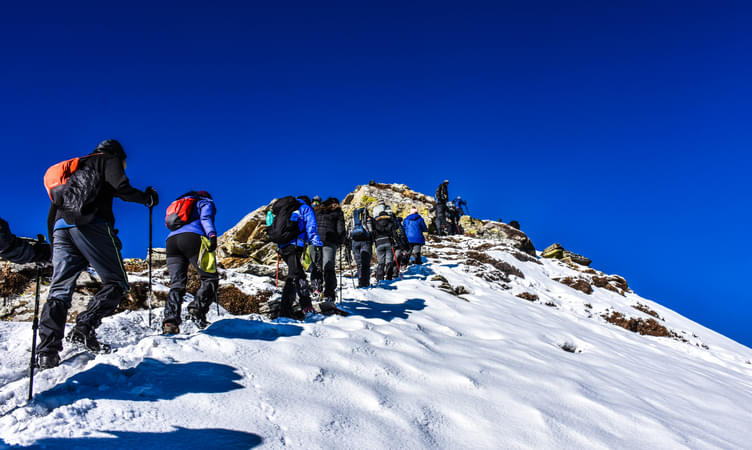
Temperature: Day: 8°C to 15°C and Night: -5°C to 3°C
Kedarkantha Trek Distance: 20 km
Maximum Altitude: 12,500 ft
Kedarkantha Trek Difficulty Level: Easy To Moderate
Railway Station: Dehradun is the nearest railway station
Airport: Jolly Grant Airport, Dehradun
Base Camp: Sankri (10 hrs drive from Dehradun)
ATM: Purola has the last ATM point before your trek begins. Meals during Kedar Kantha Trek: Everyday Snacks, breakfast, lunch and dinner (vegetarian) are included in the package Stay during Kedar Kantha Trek: Tent or Guesthouse stay on triple/quad sharing basis Standard tents/Hotels/Guest House with attached washroom in Sankri Alpine tents in Juda – ka - Talab Alpine tents in Base of Kedarkantha
There are two different variants available with this package as given below: Variant 1: Kedarkantha Trek Ex Sankri- Rs. 6000/- per person Variant 2: K edarkantha Trek Ex Dehradun - Rs. 8000/- per person
How to reach? Haridwar has a railway station which is well-connected from all metropolitan cities and nearest airport is Dehradun - Jolly Grant.
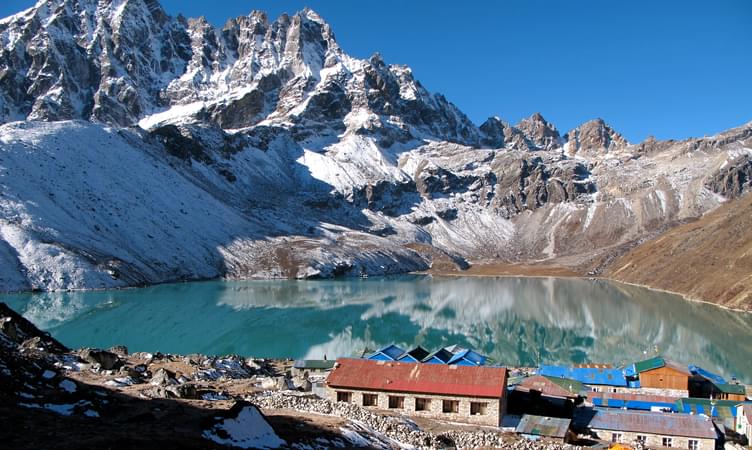
Best of Nepal

Kuari Pass Trek from Joshimath
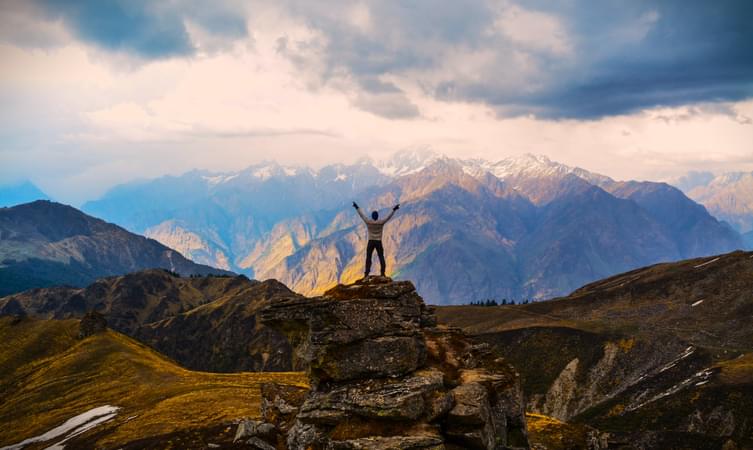
About the Kuari Pass Trek :
With a visit to popular pilgrim cities such as Rishikesh, Devprayag, Joshimath, and Haridwar, the Kuari pass trek, situated in Garhwal Himalaya is a 33-kilometer-long journey. The trek is famous for letting you look at India’s second-highest peak, Mount Nanda Devi.
The trek at an altitude of 12,516 ft. also offers you summit views of Dronagiri, Chitrakantha, Chaukhamba, and Tali. The interlude of meadows, beautiful forests blooming with rhododendrons, and oak trees makes your path all the more scenic. While on the trek, you can also admire the mesmerizing views of holy rivers such as Bhagirathi and Alakananda, which makes the ascent even more exciting.
March - 2,3,7,10,13,17,22,23,24,25,26,29
April - 6,7,13,14,20,21,27,28
May -4,5,11,12,18,19,25,26
Kuari Pass Trek Quick Facts :
- Duration :6D/5N
- Kuari Pass Trek Distance : 33 km
- Kuari Pass Altitude : 12,516 ft
- Difficulty Level: Easy To Moderate
- Kuari PassTemperature: Day: 13°C to 18°C and Night: -3°C to 4°C
- Best time for Kuari Pass Trek: March to mid-June & mid-September to early November
- Railway Station: Haridwar is the nearest railway station
- Airport : Jolly Grant Airport, Dehradun
- ATM: The last ATM is available in Joshimath
- Start-End Point : Haridwar
Annapurna Base Camp Trek, Nepal 2022 | Book @ 14% off
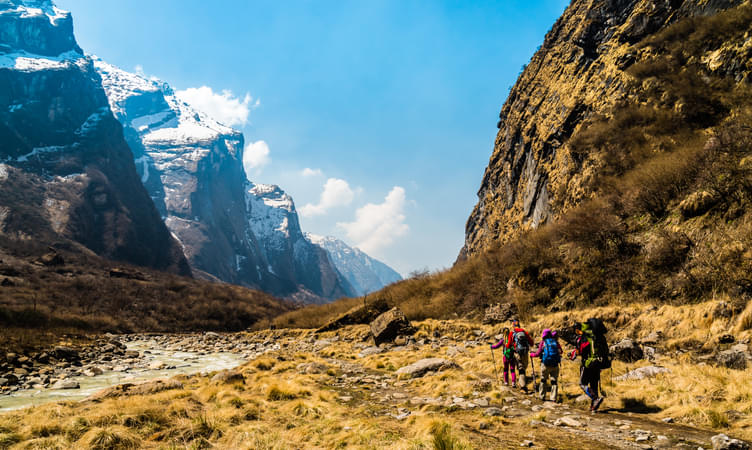
About the A nnapurna:
The host to not one, not two but six massive peaks of the Himalayas – The Annapurna Massif lies in the northern region of Nepal and Annapurna Base Camp trek is a stunning opportunity to relish the giant. While the peaks themselves stretch over 55km, the Annapurna base camp trek brings you within breath-taking distance of the 7,000m high ranges after a trek of few days from Pokhara. Few mountains can boast of the raw beauty that the base camp of Annapurna possesses! It brings you through oak, pine, rhododendron and merrily dancing rice fields to a silvery carpet of snow and capricious slopes of lush valleys. Annapurna range satiates your thirst for adventure with the unending peaks of the mountains right from Pokhara and before the start of the trek itself, you will be able to gain the picturesque beauty of all the mountain peaks. When you reach Ghandruk, the distinct views of Machapuchare, Annapurna South, and other peaks will be possibly seen.
Machapuchare, an important peak in the range is also known as the fish-tailed mountain and protected highly and tourists arrive here in plenty for its exquisite beauty. Natives believe that it is an abode of Lord Shiva. From the base camp of Machapuchare, one can capture the views of Annapurna 1, Annapurna South and Hiunchuli. Moreover, the Annapurna Base Camp is considered to hold a small cluster of lodges that offer the mystical sights of the Annapurna Glacier situated on the opposite side alongside the towering glaciers called Gangapurna, Gandharvachuli, and Machapuchare.
On Annapurna Base Camp trek, you have a wide range of landscapes to be covered and the tricky, long trails that go through the variety of forests filled with rhododendron, fern and bamboo trees. After Sinuwa, while you enter Annapurna Sanctuary, nature becomes dense with seamless forests and greenery. There, oak trees become dominant. The forests coming your way until you reach the Machapuchare Base Camp will have tall grass and tall trees along with some flowering ones as well to make your trails filled with happy smiles.
About the Annapurna Base Camp Trek:
The trail that progresses towards the Annapurna Base Camp is bedecked with scenery and sights of every kind imaginable. Steady and gradual climbs through its dense forests and fertile terrace fields bring us to be amazed by the majestic and upright peaks of the Annapurna Mountains. Nayapul, Ghandruk, Sinuwa, Deurali and the base camp are the spots you will stay overnight during the trek.
Traversing the scenic vistas, over course of nine days you will be engaging yourselves trekking through carpeted ridges and ravines to arrive at Machapuchare Base Camp (3700m) and finally towards the destination of this epic journey, Annapurna Base Camp, and then back to Pokhara.
Annapurna Base Camp Trek Highlights:
- Trek to Annapurna Base Camp is classified as a classic tea house trekking expedition since you will be staying in lodges that can accommodate around 25 people and are run by locals.
- This trek is a great opportunity to interact with the local people and know the Buddhist culture prevailing in the villages and taste the local dishes.
- Since the trekking happens around a vast area of Annapurna Conservation Area, you will be able to spot much rare flora and fauna as it is home to 1226 species of plants, 102 mammals, 474 birds, 22 amphibians and so on.
- This is a trek attempted by hundreds of foreigners as well as natives and when it is October, the views become outstanding and the roads will be filled with so many people from all over the world. Experience diversities gets unified by this amazing trek.
Annapurna Base Camp Trek Weather Conditions:
Most routes leading to the base camp have little danger by the snow cover but you must be cautious in the spring. At the lower elevations, spring brings joy with multiple flowers but at the top, it will be filled with snow. It is a great time to do trekking during the months of the spring season. Also, since it is located at a great height, weather conditions are really fluctuating but autumn season experience quite a steady weather. Hence it is considered to be the most suitable time to do trekking.
At Pokhara, the day temperature will be between 15°C to20°C in October. Night temperatures will be 0 to 5°C. It will fall to 0°C at Machapuchare Basecamp and Annapurna Base camp. Snow cover will not be there to hinder you in October but if you choose April, then you will likely witness snow near to Machapuchare Base Camp and near ABC. Annapurna Base Camp Trek Difficulty:
Annapurna Base Camp Trek has a moderate difficulty as it is located at an elevation of 4,130m above sea level with a total trek distance of 115 KM. Which makes up to 10-20 KM per day but it is still very much attainable. If you have never done a high altitude trek then you must prepare beforehand by watching your diet, exercise. If you have done trekking but not as high as this one then you should work on your determination because it would be more difficult than other treks. And if you are a regular trekker then this should not be as challenging for you as it could be. Annapurna Base Camp Weather:
Spring: Starting from March to May, spring season has a slightly warmer temperature ranging from 17 °C to 20 °C. But it is still the best time to trek after Autumn as the forests come to life with blooming flowers and green trees. The air is filled with the fragrance of the flowers and the clear sky gives an uninterrupted view of mountains.
Summer: Starting from June to August, the summer season is also known as the rainy season with daily temperature from 18 °C to 25 °C. It is also known as ‘off-season’ as the rain leads to landslides in the lower region and avalanches in the higher reason making it very less preferable season. Though you can still trek in the season if you would have prepared accordingly. Having muddy and slippery routes with unclear sky you will find lesser crowd.
Autumn: September to November is the best season to plan a trek. The temperature starts from 15 °C to 17 °C with rain or snowfall. As the sky will be clear, sunrise and sunsets could be seen perfectly. Though you will find the trail very crowded but the trek is worth doing.
Winter: Starting from December and lasting till February, winter days have temperature from 9 °C to 12 °C, whereas the temperature at night could fall down till -15 °C to -20 °C with foggy morning and unclear sky. Although lower regions are dry but upper regions are covered with a thick layer of snow which requires crampons to hike upon and winter clothes are a must. Quick Facts About Annapurna Base Camp Trek :
Annapurna Base Camp Trek Duration : 9D/8N
Annapurna Base Camp Temperature: Day: 15°C to 20 °C and Night: 0°C to 5°C
Annapurna Base Camp Altitude : 13,550 ft
Meal Types: Veg Meals
Annapurna Base Camp Trek Difficulty Level: Moderate-Difficult
Starting and Ending Point: The trek starts and ends at Pokhara.
ATM: Pokhara
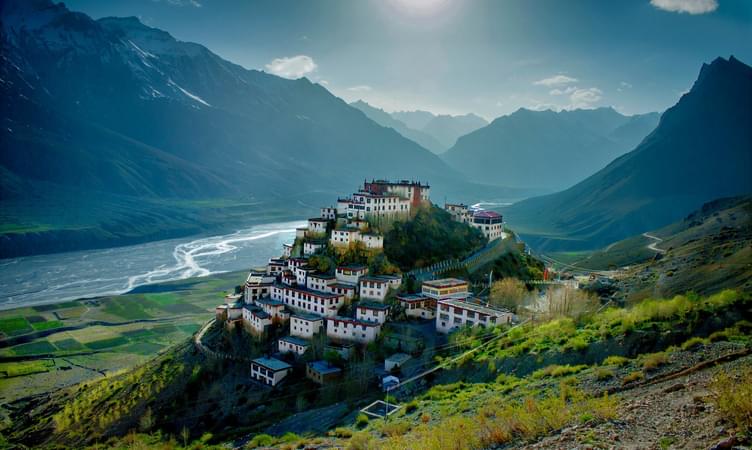
Best of Spiti Valley

Prashar Lake Trek 2022, Himachal | Book @ ₹2449 Only
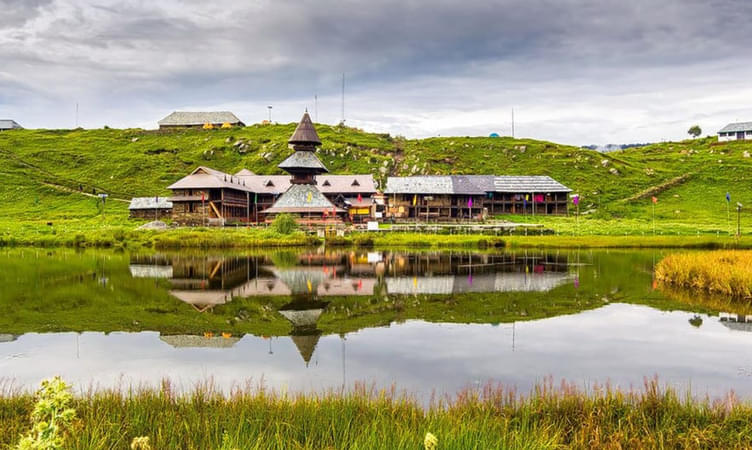
Starting & Ending Point: Panarsa
About Prashar Lake:
With views fit for a king, the trail, leading to the lake region i.e. from the city of Mandi to the little village of Apple village Jawalapur, become private and exclusive to every group that visits. The setting of the campsite in Prashar Lake location is yet another pleasant surprise because of its closeness to the water and its harmony with nature. Prashar Lake trek (2,730m), which happily takes people to the lake which is completely frozen in the winter and a dazzling beauty otherwise, is considered to be an important trek in Himachal Pradesh. It has in day: 13°C to 18°C , in Night: 0°C to 7°C and maximum altitude 8,956 ft. The picture-perfect blue water lake is surrounded by the majestic Dhauladhar Ranges in Kullu Valley and it is always kept as a secret in the Mandi district of Himachal Pradesh. About the Prashar Lake Trek Package: Tour will be started from Panaras through driving you will reach Apple village Jawalapur and from where your trek will start for Prashar Lake. You will have camp stay at beautiful lake site for one night and in morning again you will trek till Apple village Jawalapur from there you will drive by to Panarsa. During this trek, you will be going through the charming trails crossing the forests and several small streams. All meals for the Prashar Lake trek is included in the package. Apart from trekking you will have sightseeing, bonfire at camp and as per weather yoga meditation as well. As you climb the trails up, you will come to meet the local people and it is the best chance to know the indigenous culture closely. Also, once you finish the trek to Prashar Lake, you will have a satisfied heart filled with plenty of beautiful views of Dhauladhar, Pir Panjal, and Kinnaur mountain ranges. There is a surprisingly beautiful attraction near the lake that is the local temple of Prashar Rishi which has a lot of significant architectural brilliance carved on the walls. If you're in the mood for some outdoor adventure and want these memories to be etched forever, then make Prashar Lake trekking the trek of your choice!
About Camping:
For a decent stay, you can opt for alpine tents with common washroom facilities. All tent offers amenities like mattresses, pillows and clean linen. In the evening enjoy the musical night with a bonfire.
Quick Facts About Prashar Lake Trek :
Trekking distance: 24 km
Maximum altitude: 2730 m
Prashar Lake Trek Difficulty level: Easy To Moderate
ATM: Mandi is the last point where you will get an ATM
Meals during your Prashar Lake Trek:
Breakfast, lunch and dinner (vegetarian and non-vegetarian) are included in the package
Stay during your Prashar Lake Trek:
Transit Room on the day of arrival in Panarsa for freshen-up Clock Room to leave any extra stuff at Panarsa Stay at Prashar Lake (Camping) Double/ triple/ Quad sharing Basis in camps
How to reach : Nearest railway station is Shimla and nearest airport is Bhuntar Airport, Kullu from there one can reach by bus and private vehicle. One can also take a direct bus from Delhi to Panarsa. Note: The group package is available on weekends. Private trek can be arranged for more than one adult.
Kareri Lake Trek 2022, Mcleodganj | Flat 19% off
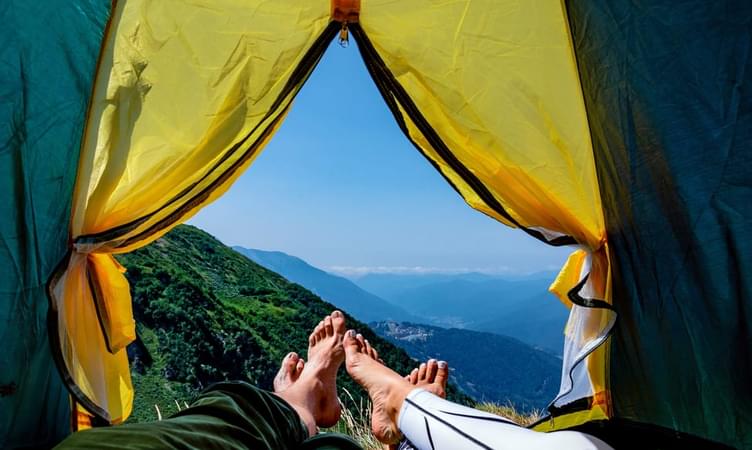
For those of you who are planning to conquer the Himalayan Mountains, then trek to Kareri lake is a great option for you. located at an elevation of about 2,950 meters in the Kangra district of Himachal Pradesh. This glacial Kareri lake trek will take you through a journey of the most scenic views. Trek through the lush green forest filled with chir and chilgoza pines as you continue your trek. The endpoint is feasible to take the private cabs to reach Mcleodganj. This trek is also a favorite among the shutterbugs and the nature lovers who can spend some time close to nature while clicking their best shots.
Quick Facts About Kareri Lake Trek :
Maximum Altitude: 9,650 Ft.
Temperature: 8°C to 20°C
Start Time: 09:00 AM
Kareri Lake Trek Difficulty Level:- Easy To Moderate
Approx Trekking Km:- 26 Kms (To & FRO)
Stay during Kareri Lake Trek Himachal:
Stay in Alpine/ Dome tents on double/triple/quad sharing basis.
Meals during Kareri Lake Trek Himachal:
Lunch from day 1 till the breakfast of day 3 (All the meals are included, veg meals will be provided)
How to Reach:
The nearest airport is Gaggal Airport at Dharamshala about 20 km away. The Main Square is the epicenter of McLeodganj Town which is surrounded by most of the Hotels, the start point can easily be reached through convenient public and private transportation from here.
Note: This Kareri Lake trek can be availed on every Weekend. Open even for Solo travelers as well. Send the inquiry for more available dates.
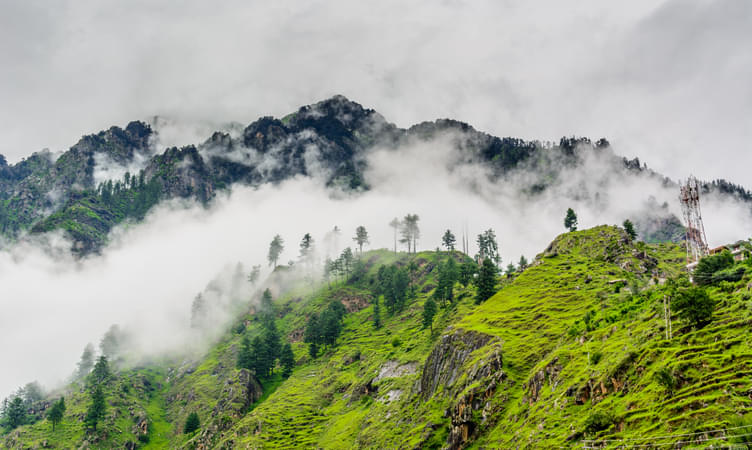
Best of Kasol

Patalsu Peak Trekking Adventure
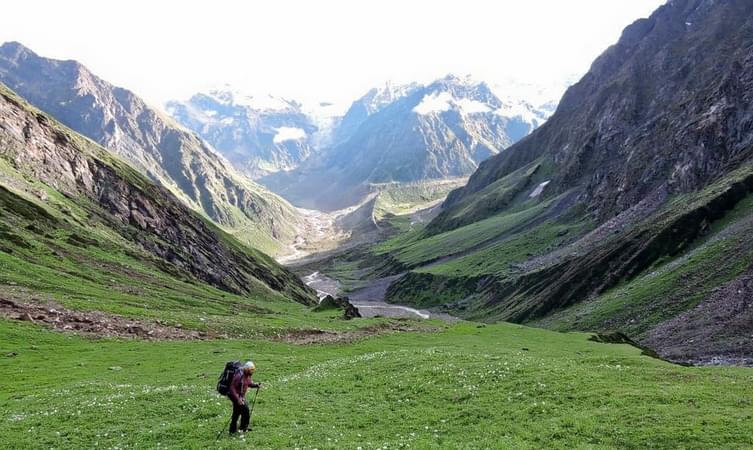
Activity location: Solang Valley, Manali
Activity timings: 06:00 AM to 05:00 PM
Activity duration: 11 hours
About Patalsu Peak Trekking Adventure:
The Patalsu peak trek, at an altitude of 4,220 m which boasts of snow and some of the most beautiful scenes of the Dhauladhar ranges around. The Patalsu Peak provides the trekker with many different experiences before taking them to the top to witness marvelous scenes of the Himalayas and snowcapped peaks of the Dhauladhar range.
Brahmatal Trek 2022, Uttarakhand | Flat 34% off
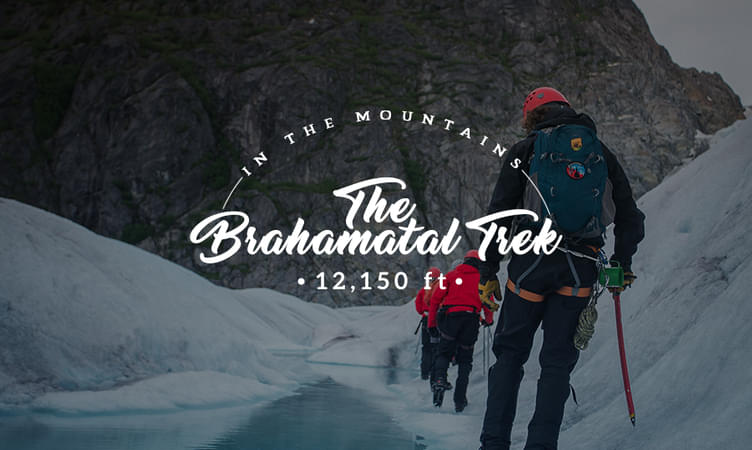
Best of Auli

Kanchenjunga Base Camp Trek, Sikkim
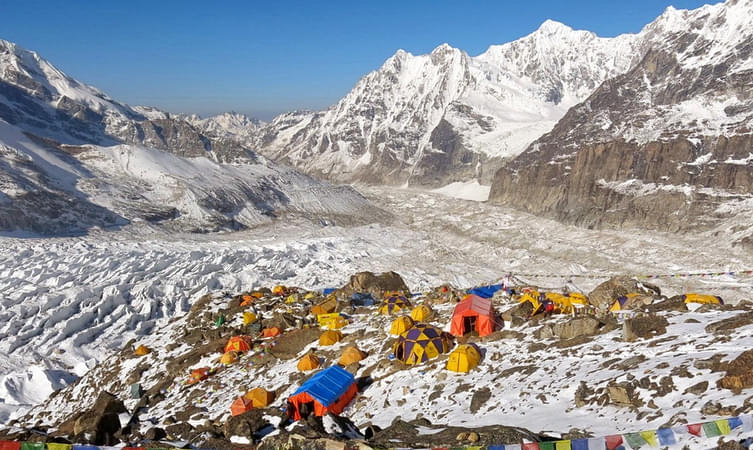
About the Kanchenjunga Base Camp:
Nestled in the beautiful state of Sikkim, India, Kanchenjunga is a mighty peak in the Himalayas that stands at an impressive elevation of about 8586 meters. Spanning across the boundaries of Nepal, Tibet, and India, Kanchenjunga is divided into three major sections - Main, Central, and South. Covering an area of around 7,000 meters, Kanchenjunga is known for its vastness and unique landscape. The trek to Kanchenjunga Base Camp takes you through pristine landscapes, dense forests, charming tribal villages, and glistening lakes. Escape from hustle and bustle of city life and immerse yourself in the mesmerizing beauty of snow-capped mountains & scenic landscapes.
Chopta Tungnath Trek 2022, Uttarakhand | Book @ 22% off
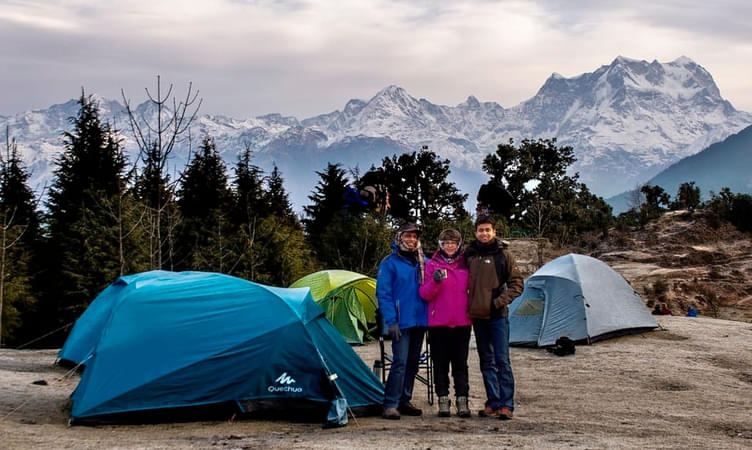
For inquiry please call @ 7412020072 About the Chopta Tungnath Trek:
Tungnath trek is short and easy in the Chopta Tungnath trek which runs parallel to the sky-scraping Himalayan Treks. Tunganath is the highest temple of Garwal. During this hiking, one can enjoy a clear view of majestic peaks of Panchchuli, Nanda Devi, Nilkanth and Kedarnath. Chopta gives a picturesque view of the Himalayas. In the early spring, the Rhododendron forest glows red as the flowers bloom.
Your journey for the Chopta Tungnath trekking will start from Haridwar, in Haridwar will visit the famous Mandakini Valley, the river and lake. Then we will visit Chopta, which is surrounded by dense forests. From Chopta, we will start for Tungnath and Chandrashilla Top (Our last destination). About the Destination: Tungnath is always the starting point of the Chanadrashila summit trek which possesses a captivating beauty with the help of many deodar and rhododendron forests. Chopta has a myriad collection of pictorial sights to bewitch the visitors which is marvelously engulfed by huge vegetation in spring and summer. During winter it would be appealing to all eyes since the thick cover of snow will be an amusing part of the region. The summit of the Chandrashilla peak provides a breathtaking 360-degree view. Views, which go far beyond the simple view of mountains. Quick Facts About Chopta Tungnath Trek :
Temperature: Day: 8°C to 15°C and Night: -5°C to 3°C Maximum Altitude: 11,154 ft Chopta to Tungnath Trek Distance: 5 Km Chopta Tungnath Trek Difficulty Level: Easy To Moderate Railway Station: Haridwar is the nearest railway station Airport: Jolly Grant Airport, Dehradun Base Camp: Sari Village (6 hrs drive from Haridwar) ATM: Last ATM is in Ukhimath, around 13 km before Sari.
Roopkund Skeleton Lake Trek, Uttarakhand

About the Roopkund Trek-
The Roopkund trek is an invigorating expedition from the high altitude region of Loharjung, in the Chamoli district of Uttarakhand at 16499 ft. The trail for the trek that leads to the frozen Roopkund Lake also overlaps with the religious pilgrimage of Nanda Devi thus making this experience of trekking in Uttarakhand, an overall mix of culture and adventure. Going by legends, the ‘Mystery Lake’ is immersed and circled by hundreds of skeletons which is the major attraction of this trek.
At the top of the mysterious lake of Roopkund, witness, and marvel at the stunning views of Roopkund Glacier, Trishul, Nandaghungti, and Choukhamba peaks. Roopkund trail cuts through dense thickets and surpasses through the varied landscape of gushing waters and streams as well as charming lakes and vast expanse of lush grasslands.
Quick Facts:
Duration: 8D/7N
Maximum Altitude: 16,499 ft.
Trek Grade: Moderate to Difficult
Total Trek Distance: 53 km
Temperature: May – June: day 15°C to 20° C and night 7°C to -2°C Sept-Oct: Day- 15°C to 10°C and night 5°C to -5°C
Best Time To Travel: May- June & September- October
Nearest Railway Station: Kathgodam Railway Station
Base Camp: Lohajung Base Camp
ATM: Last ATM is in Kathgodam
Start point/Endpoint: Kathgodam
Chanderkhani Pass Trek, Himachal Pradesh
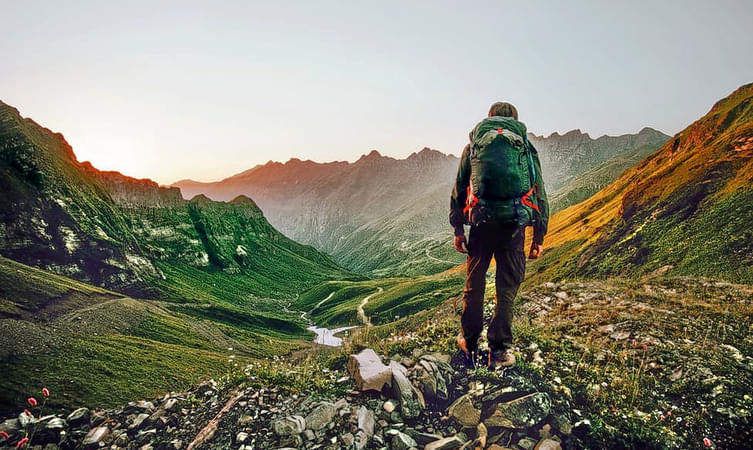
About Chanderkhani Pass Trek -
Chanderkhani Pass is a window to some of the largest Himalayan homes which chaperone your journey. Witness the grandeur Bara Bangal range in the west while the Pir Panjal ranges fall in the north and Parvati towering high in the east. It welcomes you with lively meadows unfurling against the canvas of majestic peaks.
The Chanderkhani pass trek requires walking through trees like blue pine and deodar, walnut, golden oak, and wild cherry. The trek offers a wide view of the Kullu region and the cloud touching peaks. The trek embarks from Naggar and after crossing the Chanderkhani Pass at 12030 ft, the trailheads to the Malana village.
Quick Facts About Chanderkhani Pass Trek -
- Duration: 4N/5D
- Maximum altitude: 12,030 ft
- Trekking difficulty of Chanderkhani pass trek: Easy to moderate
- Approx. Chanderkhani pass trek route Distance: 26 KM
- Temperature: 5°C to 15°C; and Night: 3°C to 10°C
- Best time to visit Chanderkhani pass trek: March to October
- ATM: Naggar is the last point where you will get ATM
- Start/Endpoint: From Naggar to Jari
People Also Ask About Himalayas
Which are the best himalayan treks in march.
Triund Trek: With a trekking distance of 10 km, Triund trek is one of the best Himalayan treks in March and is considered to be easy. You will witness the snow capped peaks of the Dhauladhar ranges and the spectacular views of the Kangra Valley during this trek that can be covered in four hours. Kedarkantha Trek: This 23 km easy to moderate trek is one of the most amazing Himalayan treks in March that can be completed in four days. Behold the sight of the lush green valleys and frozen ponds during the trek while also exploring some of the unexplored places worth witnessing. Everest Base Camp Trek: One of the most difficult Himalayan treks in March, this is nothing less than an adventure that you will experience. You can cover this trek in 14 days and it is a round trip journey of 130 km long that will mesmerize you with the views of the mountains and valleys. It is a perfect trek for nature and photography lovers and you can capture amazing shots during this trek. Kuari Pass Trek: You will witness the most remarkable sights of the holy destinations during this six day trek. It is one of the most enchanting Himalayan treks in March allowing you to create moments to be cherished forever. Har ki Dun Trek: Letting you tread the path of unexplored Garhwal Himalayas and visit the Duryodhana Temple, this trek offers a once in a lifetime experience. You can meet the local villagers or just enjoy the surrounding beauty, it will be a great journey.
Which are the most difficult Himalayan Treks?
Chadar Trek: A perfect trekking experience for the adventure enthusiasts, this trek takes you on a frozen river which is absolutely thrilling. The scenic landscapes allow you to witness unfaltering opulence of the winter in the Himalayas during the trek. This 105 km long trek can be covered in around seven hours. Kalindi Khal Trek: Covering a distance of 90 km, this trek can be completed in six hours and requires you to traverse the glaciers and snowfields which is a once in a lifetime experience. This trek will also allow you to explore some of the most intriguing places. Auden’s Col Trek: One of the most difficult 7 km treks in the Himalayas, it can be covered in around fifteen days. This exhilarating trek allows you to behold enticing pine forests and lush birchs along with some of the most picturesque views. It is a strenuous and a challenging trek that commences from Gangotri. Markha Valley Trek: This 65 km long trek can be covered in six days and allows you to witness the secluded villages and gorgeous peaks including Kangyatse and Nunkun. You will also behold the enthralling views of the Himalayas and come across ancient monasteries during this trek.
Which are the best Short Himalayan treks in March?
Nag Tibba Trek: With a duration of just 2 days, this is one of the easy and short treks in the Himalayas that you can engage in. Commence the trek from the village of Pantwari and witness the surreal views during the journey. Deoban Weekend Trek: One of the most favourite shortest weekend treks in the Himalayas, it is just 4 km long and can be covered in two hours. Surrounded by Deodar trees, you will witness bewitching sights. Kheerganga Trek: Covering a distance of 10 km, this is one of the shortest treks and can be completed in around four hours. Ideal for beginners, this trek offers views of the Parvati Valley and the riveting beauty of the surroundings.
How do you prepare for the Himalayan trek?
What to wear for trekking in the himalayas, what type of clothes to carry for himalayan treks in march.
You must carry the following for Himalayan treks in March - Thermal Wear - Beanie - Fleece Pants - Woollen Sweaters - Fleece Jacket - Socks - Raincoat - Trekking Pants
Is March a good time for trekking in the Himalayas?

Trending in Himalayas
Himalayas top attractions.
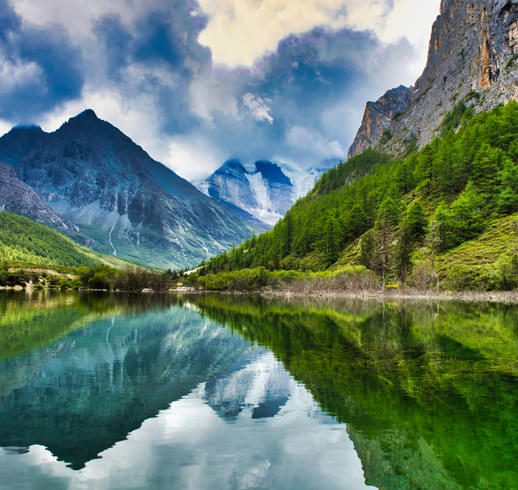
Surrounded by verdant hills and terraced fields, this picturesque village provides a glimpse into traditional Nepalese culture and lifestyle. Visitors can immerse themselves in the warmth of local hospitality while exploring quaint stone houses, vibrant prayer flags, and ancient monasteries. Kimche serves as a gateway to popular trekking destinations like Ghandruk and Annapurna Base Camp, making it an ideal starting point for adventure enthusiasts. With its breathtaking mountain views and tranquil ambiance, Kimche Village promises an unforgettable experience for nature lovers and trekkers alike.
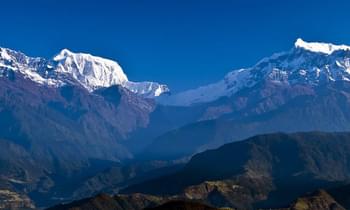
Also known as the "Fish Tail Mountain," this majestic range features the iconic Machapuchare peak, which stands at an elevation of 6,993 meters (22,943 feet). Its distinctive double summit resembles the tail of a fish, contributing to its mythical allure. The Machapuchare Range offers breathtaking vistas of snow-capped peaks, deep valleys, and pristine alpine landscapes, attracting trekkers, mountaineers, and nature lovers from around the world. Its serene ambiance and spiritual aura make it a cherished destination for both adventure and introspection.
.jpg?w=350&h=210&dpr)
Cho Oyu, situated in the Himalayan region, is renowned as the sixth highest peak globally, soaring to an impressive elevation of 8,188 meters. Its name translates to "Turquoise Goddess" in Tibetan, reflecting the stunning glacial hues that adorn its slopes. Popular among mountaineers, Cho Oyu presents a challenging yet rewarding ascent, offering breathtaking panoramic views of the surrounding Himalayan peaks. Its relatively less technical routes make it an attractive choice for climbers aiming to summit one of the world's highest peaks.The journey to Cho Oyu involves traversing rugged terrain, navigating crevasses, and braving high altitudes, making it a test of endurance and skill. Despite the challenges, the allure of standing atop this majestic peak and soaking in the Himalayan grandeur continues to draw adventurers from around the globe, making Cho Oyu a coveted destination for alpine enthusiasts seeking an unforgettable mountain experience.
Himalayas Travel Guides
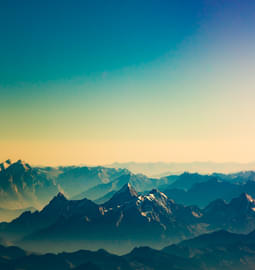
Popular Nearby Places Around Himalayas
More on himalayas tourism, popular related destinations.
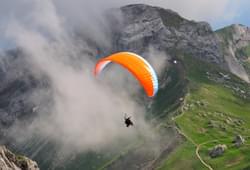
Best Domestic Packages
Best international packages, domestic honeymoon packages, international honeymoon packages, places to visit in india, international places to visit, things to do in india, international things to do, popular on thrillophilia.
- We assure the privacy of your contact data.
- This data will only be used by our team to contact you and no other purposes.
Your enquiry has been received successfully. Our destination expert will reach out to you soon!

- Annapurna Base Camp Trek
- Annapurna Circuit Trek
- Upper Mustang Trek
- Ghorepani Poon Hill Trek
- Mardi Himal Trek
- Dhaulagiri Circuit Trek
- Nar Phu Valley Trekking
- Annapurna Base Camp Helicopter Tour
- Muktinath Helicopter tour
- Everest Base Camp Trek
- Everest Three Pass Trek
- Everest View Trek
- Gokyo Lake Trek
- Everest Base Camp Trek with Gokyo Lakes
- Everest Base Camp Helicopter Tour
- Luxury Everest Base Camp Trek
- Langtang Valley Trek
- Langtang Gosaikunda Trek
- Helambu Trek
- Tamang Heritage Trek
- Langtang Gosainkunda Helicopter Tour
- Manaslu Circuit Trek
- Manaslu and Tsum Valley Trek
- Tsum Valley Trek
- Shey Phoksundo Lake Trek
- Upper Dolpo Trek
- Lower Dolpo Trek
- Makalu Base Camp Trek
- Kanchenjunga Circuit Trek
- Kathmandu Valley City Tour
- Pokhara City Tour
- Nagarkot to Changunarayan Hike
- 3 Nights 4 Days Bhutan Tour
- 4 Nights 5 Days Bhutan Tour
- 5 Nights 6 Days Bhutan Tour
- 6 Nights 7 Days Bhutan Tour
- Muktinath Helicopter Tour
- Photograhy Tour in Nepal
- Chitwan National Park Tour
- Bardiya National Park Tour
- Chitwan, Pokhara and Lumbini Tour
- Koshi Tappu Wildlife Reserve tour
- Motorbike Tour In Nepal
- Mera Peak Climbing
- Island Peak Climbing
- Lobuche East Peak Climbing
- Yala Peak Climbing
- Message From Director
Featured Trip - Langtang Valley Trek -

- 24/7 Call Support +9779808225444
- Any Question? Email Us [email protected]
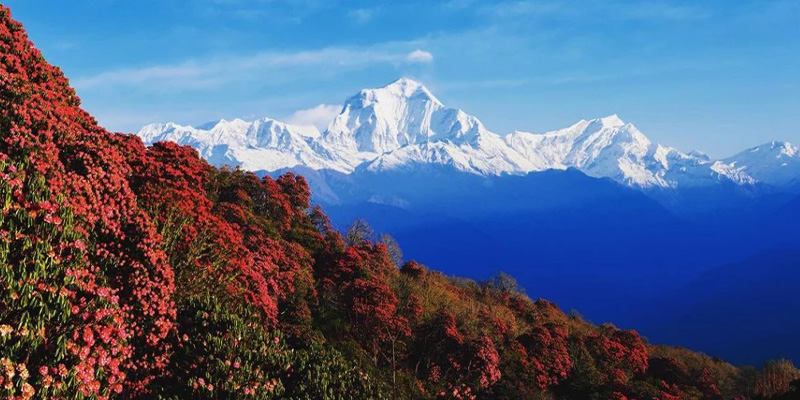
Unforgettable Nepal Treks: Get the better of the Himalayas in March
- Trekking info »
25th Feb, 2024
- Magnificent Himalayan Treks
Have you ever dreamt of successful the Himalayas under clear skies, with vibrant wildflowers blooming at your feet? In March, Nepal transforms into a trekker's paradise, offering ideal conditions for adventure seekers like you. Escape the crowds and witness breathtaking panoramas of Annapurna Base Camp or Everest Base Camp, bathed in golden sunlight. March is your chance to experience the magic of Nepal's mountains at their finest. Ready to lace up your boots and start on an unforgettable journey?
Table of Contents
March in Nepal is like magic for trekkers! The winter's bite fades, replaced by sunny skies and comfy temperatures. This sweet spot makes it perfect for exploring trails at all levels, whether you're a seasoned adventurer or a first-timer. No more freezing mornings or battling crowds! Just clear skies, vibrant landscapes, and the thrill of the Himalayas calling your name.
Best Himalayan Trekking Destinations for March in Nepal:

Tips for March Trekking:
- Pack Layers: Although daytime temperatures are mild, nights can still be chilly. Pack layers to stay warm during the evenings and early mornings.
- Permits and Accommodations: Secure the necessary trekking permits in advance and book accommodations to ensure a smooth and enjoyable trek, as March can be a busy month.
- Stay Hydrated: Hydration is crucial at higher altitudes. Carry a reusable water bottle and stay hydrated throughout your trek.
- Capture the Moments: March provides stunning photo opportunities with clear skies and blooming landscapes. Don't forget your camera to capture memories that will last a lifetime.
Festivals in Nepal in March
There are two major festivals celebrated in Nepal during the month of March:
- Maha Shivaratri: This festival, which literally translates to "the Great Night of Shiva," falls on the night of the 14th day of the dark fortnight in the Hindu month of Falgun (usually in February or March). It is a major festival dedicated to Lord Shiva, one of the principal deities of Hinduism. Devotees observe a fast throughout the day and offer special prayers and offerings to Lord Shiva. The Pashupatinath Temple in Kathmandu is the most important pilgrimage site for this festival, attracting thousands of devotees and Sadhus (Hindu holy men).
- Holi: Also known as the "Festival of Colors," Holi is a vibrant and joyful celebration that marks the end of winter and the beginning of spring. It is celebrated across Nepal, with the most enthusiastic celebrations taking place in the Terai region (southern Nepal). The festival is marked by throwing colored powder and water on each other, symbolizing the triumph of good over evil and the renewal of life. People also sing, dance, and feast together, creating a truly festive atmosphere.
The exact dates of these festivals can vary slightly each year due to the following of the lunar calendar.
Don't just dream of the Nepal's Himalayas, overcome them in March!
This is your chance to forge unforgettable memories amidst breathtaking landscapes, blooming wildflowers, and clear blue skies. Whether you're a seasoned adventurer or a curious first-timer, March offers the perfect blend of comfortable temperatures, fewer crowds, and stunning trails waiting to be explored. Start planning your escape to Nepal today and start on a journey that combines breathtaking nature, rich culture, and the exhilarating spirit of the great outdoors. This isn't just a trek, it's an adventure that will stay with you forever.
Nepal Trekking FAQs - 10 Questions Answered for March
What trekking options do you offer in Nepal in March? Explore breathtaking landscapes and experience the magic of Nepal during the ideal trekking season of March. We offer a diverse selection of treks, including the iconic Everest Base Camp, the captivating Annapurna Circuit, and the charming Langtang Valley, ensuring an unforgettable adventure.
Can I book a customized trekking package for March? Absolutely! Craft your dream adventure in Nepal with our tailor-made trekking packages. Choose your desired route, preferred accommodations, and activities that match your interests to create a truly personalized and authentic experience for your March trek.
How is the weather in Nepal for trekking in March? March offers the perfect blend of comfortable temperatures and clear skies, making it an ideal time for trekking in Nepal. Escape the harsh winter chill and monsoon rains, and experience breathtaking mountain views under the radiant March sunshine.
What safety measures are in place during the trekking expeditions? Your safety is our top priority. Our experienced and certified guides, along with established emergency protocols and well-maintained equipment, ensure a safe and secure trekking experience in March.
What makes March a great time for trekking in Nepal? March presents a unique opportunity to witness the captivating contrast between the hard mountain air and the blooming rhododendrons, creating a visually stunning and comfortable environment for your March trek.
Are permits required for trekking in Nepal in March? Yes, obtaining trekking permits is mandatory for all treks in Nepal. We handle the entire permit process, ensuring a hassle-free experience for your March adventure. We can also provide guidance on the necessary documentation required for your trip.
How can I reach your trekking starting points in Nepal? We understand the importance of a seamless travel experience. Whether you arrive by plane at Kathmandu's Tribhuvan International Airport or enter Nepal via land borders, we provide detailed travel information to guide you smoothly to the starting point of your March trek.
What level of physical fitness is required for March treks? We cater to trekkers of all fitness levels. From beginner-friendly routes with gentle ascents to challenging high-altitude treks for experienced adventurers, we have the perfect March trek to match your capabilities and aspirations.
Are there cultural experiences included in the trekking packages for March? Engage yourself in the rich tapestry of Nepali culture during your March trek. Our packages often include interactions with local communities, allowing you to gain a deeper understanding of Nepal's unique traditions and customs, enriching your trekking experience beyond the stunning landscapes.
Recent From Trekking info

25th Sep, 2023

26th Sep, 2023
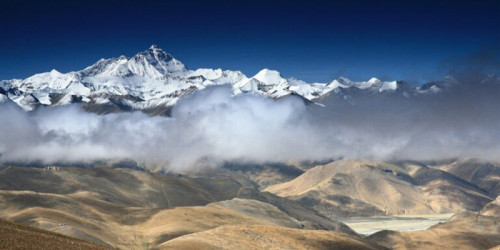
27th Sep, 2023

28th Sep, 2023

29th Sep, 2023
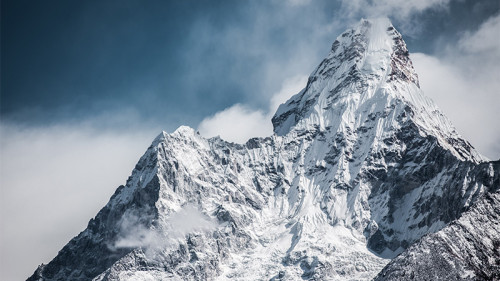
1st Oct, 2023
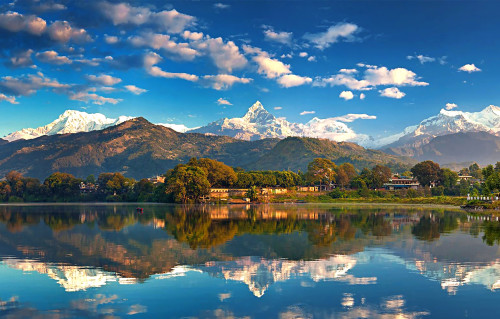
9th Dec, 2023

Find & Follow Us on
Proudly member of.
© 2011 - 2024 All rights reserved. Magnificent Himalayan Treks Developed By : Xenatech Nepal
Notice. This site uses cookies to optimize your user experience. By using this site, you are consenting to our use of these cookies. Check out our Privacy Policy and our Cookies Policy.
10 Best Himalayan Treks to do in Spring Season of March, April & May
Spring is the season of new beginnings and a perfect opportunity to be at one with nature as everything is exhilarating and worth looking around. Therefore, we invite you on a journey that makes you fall for nature a little more.
Spring treks in India are a fair chance to spend some quality time with nature and your own self as it won’t be freezing like winters and scorching hot like in summers. Every little detail would be colorful and picture-perfect .
The season starts in march and lasts till May. The season when the pink flowers bloom, new leaves arrive and earth seems to come to life again .
HIMALAYAS DURING MARCH
The Himalayas provide a wonderful adventure with subtle mountain vistas and a flavour of local culture and traditions. The moods of the villages at the slopes of the Himalays are a delight to witness when spring emerges after a cold winter, writing a genuine Himalayan experience. At the end of March, new surroundings and freshness is common, adding to the beauty of nature as it melds with the lush greens all around. The magnificient splendour of springtime flowers becomes one of the few reasons to visit the mountains during this time of year. During this season, the dawn amidst the flaming red rhododendrons, with the majestic peaks in the background, is a sight to see under a clear sky. Therefore, Uttarakhand treks in March provide you the best experience of trekking.
Also Check: Trekking in Manali: 10 Best treks in Manali
HOW DOES TREKKING CHANGE DURING THE SPRING SEASON?
Spring in the Himalays is one of the greatest seasons for hiking, as nautre reinvigorates itself with gorgeous blossoming budding of flowers and verdant fresh leaves. Between the extremes of summer and winter, it is a season of fresh possibilities. Your cells are renewed by the reasonable and welome temperature, which makes you jump for delight with enthusiasm and freshness. The major Himalayan hiking routes greet you with loving arms. The major unique wild life in the mountains, amazing flora and fauna waltz in front of your eyes, the wonderfully adorned birds hop in delight to commemorate this season, and all of this is worth a fortune when trekking in Himalays.
10 Best Himalayan Treks in Springtime
1. har ki dun maninda taal trek.
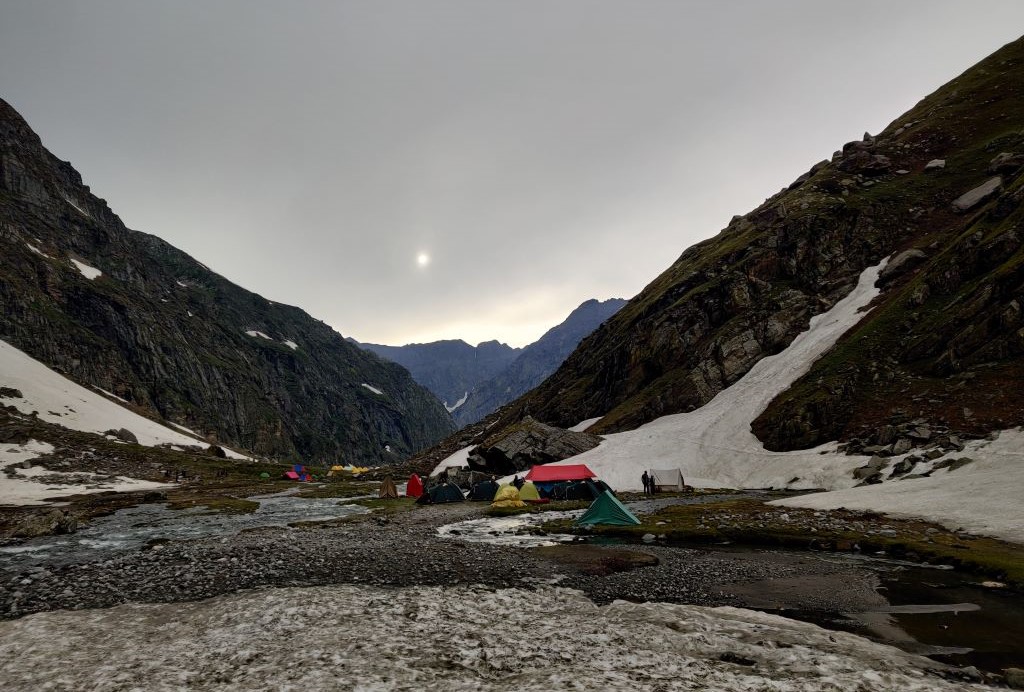
Situated in the western periphery of Garhwal, in the Uttarkashi district, Har ki Dun is full of scenic beauty and charismatic meadows .
One of the reasons to explore this beautiful place is its affability to trek both in summers as well as winters.
The kind of wildlife and fascinating views will keep you rooted in this enigmatic surroundings.
The cherry on top is the temple based in Osla devoted to Duryodhana, about 13 km away from Sankri that lies in the steep mountain trail to Har ki Dun.
Also known to be the oldest treks in the Himalayas, the “Valley of Gods”, many people believe the route of the trek was taken as a pathway to heaven by the Pandavas.
The trek is nothing but a wonderland that leaves you stupefied because of its beauty.
2. Kedarkantha Trek
.jpg)
Treks in the spring season and KedarKantha trek go hand in hand. Tall and crisp mountains, the stunning views of the Himalayan peaks , pose for a perfect opportunity to fill your cameras with some breathtaking pictures.
This is One of the most popular treks in Uttrakhand , situated at a height of 3800 metres from the ground, in the Uttarkashi district of Uttrakhand.
Kedarkantha is the type of trek which is easy to climb and leaves you awestruck with its mesmerizing Himalayan skyline.
One of the best things about this trek is to be able to witness snow-covered mountains from the dense pine tree forests. Dedicated to Lord Shiva, it is a complete package to make you feel overwhelmed and rejuvenated.
3. Nag Tibba Trek
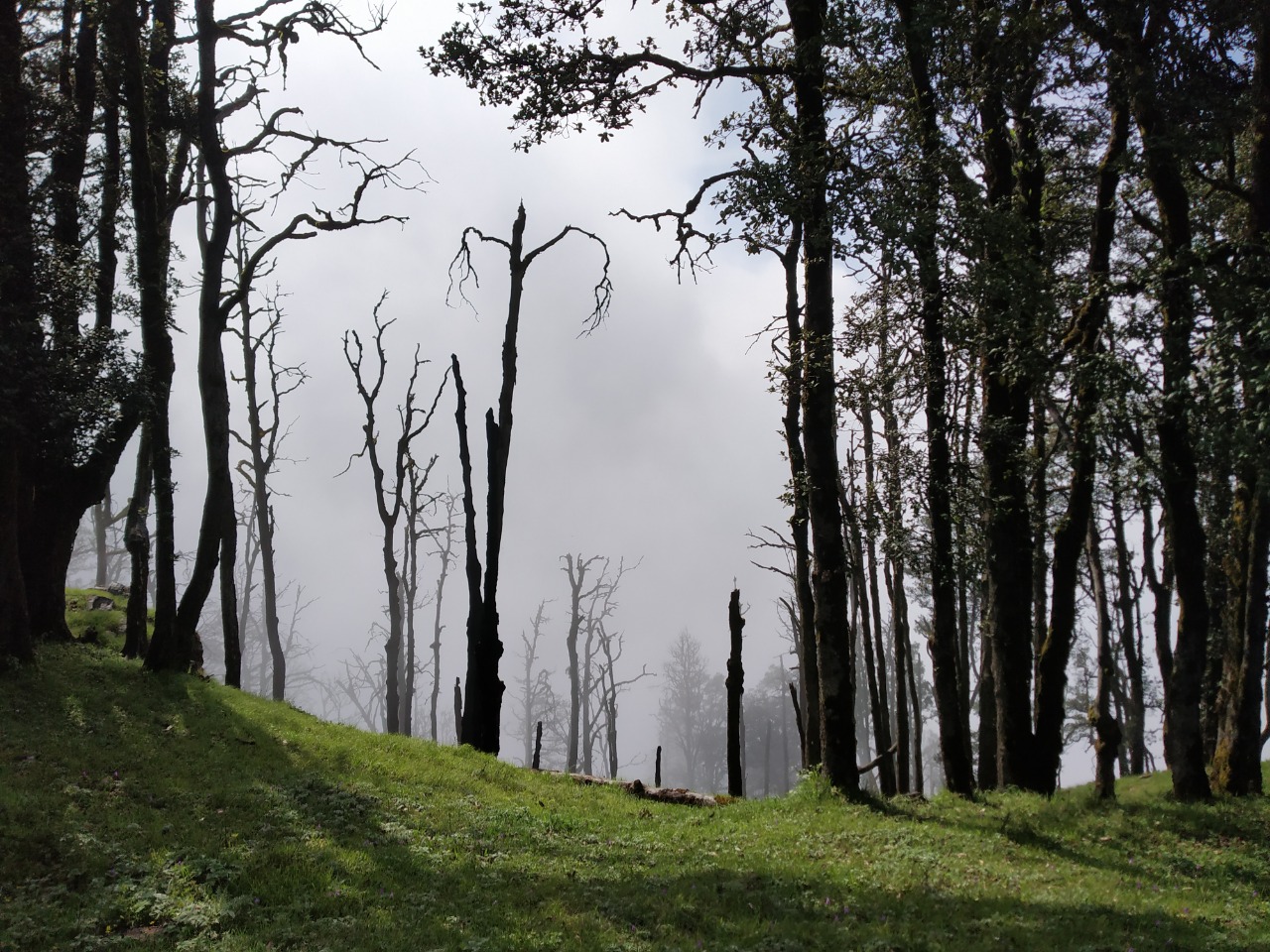
Nag Tibba is also known as the serpent’s peak , and believed to be the abode of the “God of Snakes”.
Nag Tibba is the highest peak in the lower Himalayan region, located at a height of 3,022 meters. It is Located 57 km away from Mussoorie in the Garhwal region of Uttrakhand.
Its pleasant weather and exotic views make it an experience of a lifetime of trekking in India. It serves to be a perfect gateway for novice hikers .
Covered under the canopy of oaks and rhododendrons and during the spring treks, you will be welcomed with blossoms and greenery all around.
From the highest point, one can recognize, Bandarpoonch, Kedarnath, Chanabang, and some of the major mountain peaks around.
You may like this: Prefect Beginners Trek in Uttarakhand!
4. chopta- chandrashilla trek.
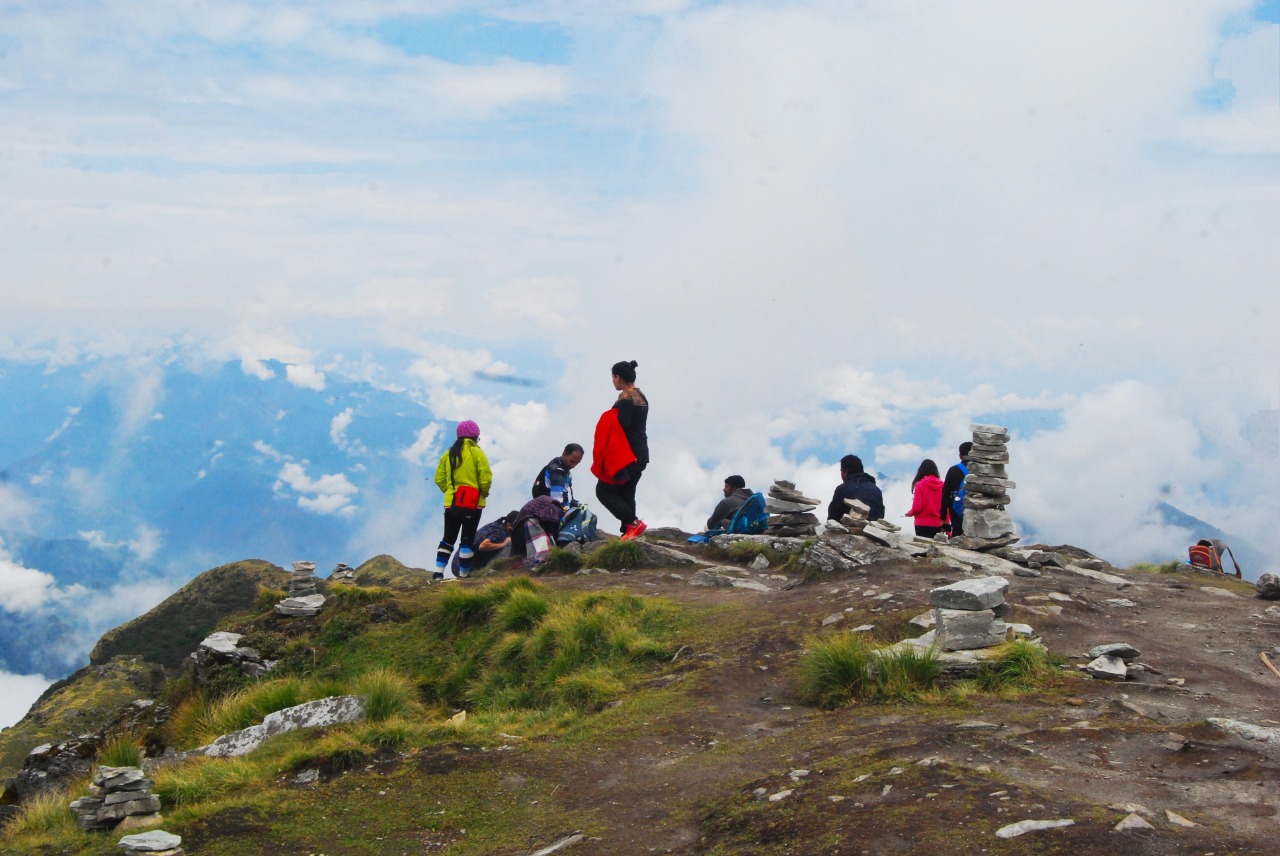
Chopta- Chandrashilla trek, situated at an altitude of 12,110 ft from the sea level is one of the best spring treks in India. It is dense with wildlife, and red rhododendrons bloom everywhere. Trekking in the spring season is a treat to the eyes.
An ideal time to visit the Tugnath temple is in the month of May which is a perfect point to witness the magnificient sunrise at the Chandrashilla peak. It features as one of the best Himalayan treks in May.
Once you reach the highest point, you will spot how everything sparkles when the sunlight touches the ground, with the massive mountains surrounding you on all sides.
The trek is highly rich in flora and fauna and opens up to a gallery of beautiful snowy peaks all the way.
5. Brahmatal Trek
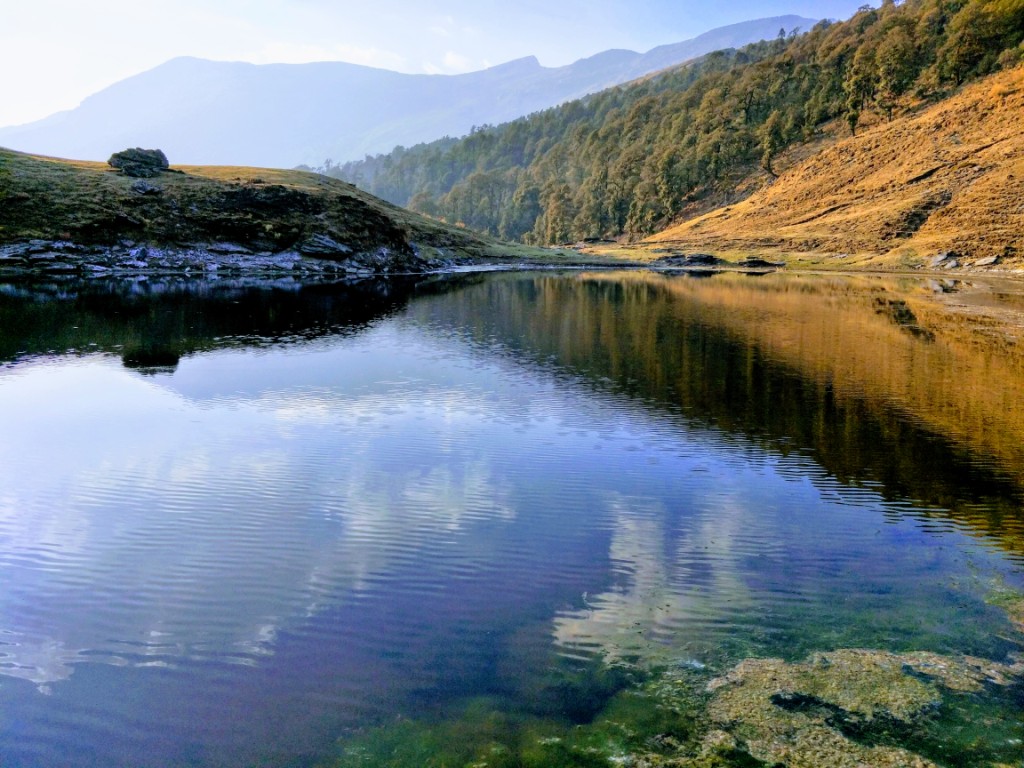
This type of trek makes you feel alive again, everything around is so natural and pure that you feel as if all of it is surreal! The Brahmatal has nested about 12,150 ft in the middle of the Himalayas in Uttarakhand region.
Brahmatal trek is perfect for the spring season. Appealing meadows and lakes make everything like a painting. It is one of the best treks that counts into the experience of a lifetime.
Doing the Brahmatal Trek in March you witness flower beds along the trail dusted with snow. You will get to experience both at the same time.
6. Pangarchulla Trek
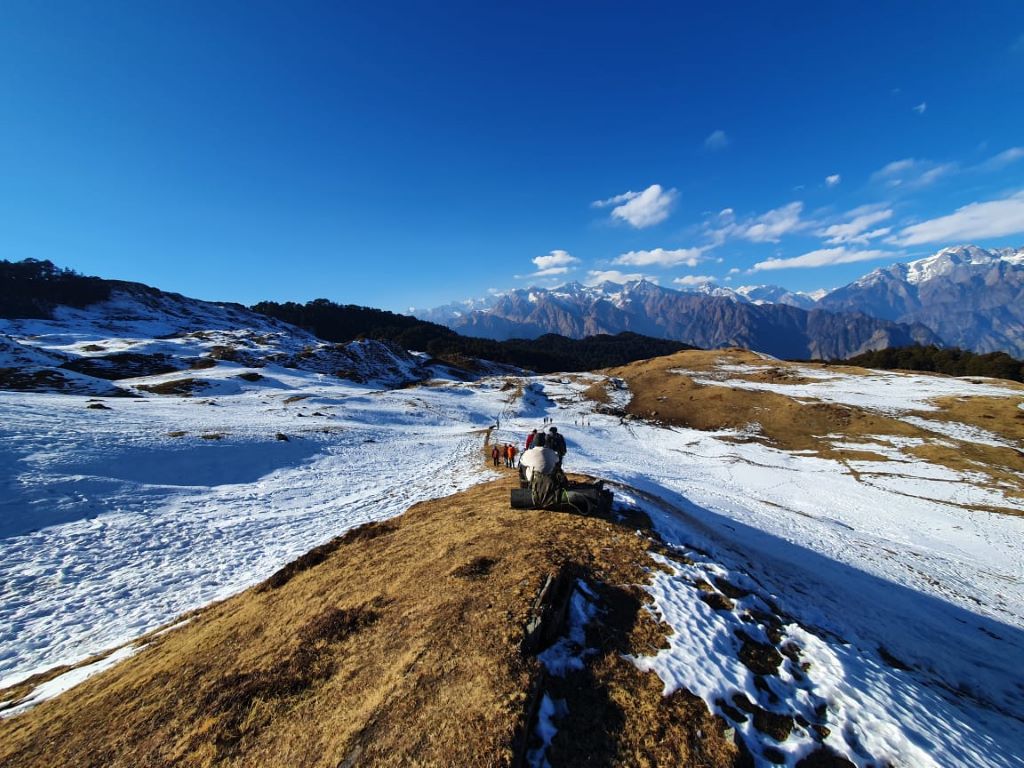
Pangarchulla trek can be categorized under one of the difficult but high on adventure treks in India. It is Situated in Nanda Devi National Park , in the Garhwal region of Uttarakhand.
Just when you reach the high point, the view makes it exceptional. Pangarchulla trek is one of a kind, where you feel a sense of accomplishment, the hustle gets real here but in the end, everything seems to be worth it.
The final flourish to this beautiful experience is the colorful forest that you get to witness in the spring season.
The best season for trekking Pangarchulla is March and April This trek falls under the list of best treks in March and April.
You may like this: Best Places to Visit in Megahalaya.
7. dayara bugyal trek.
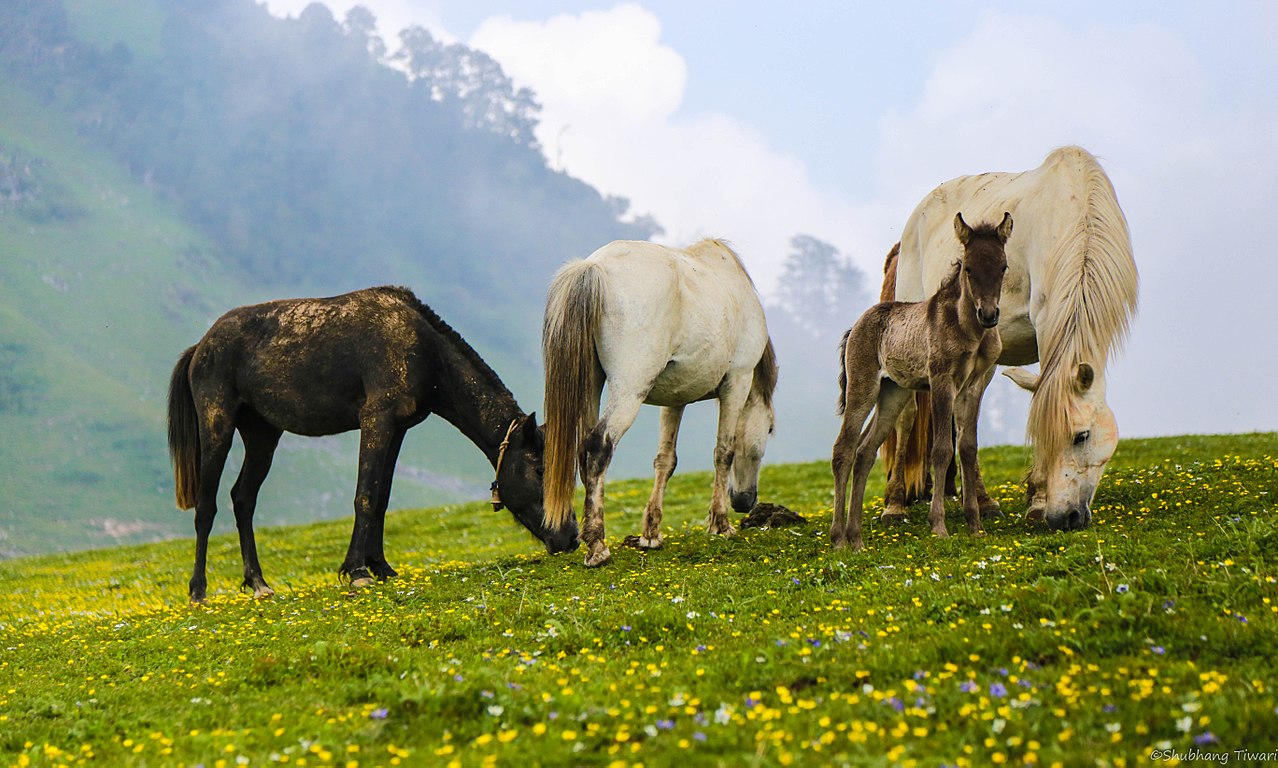
Dayara Bugyal trek is a perfect plan for you to explore this spring season. Dense green meadow and beautiful mountains on the trail makes it a perfect outing during spring season.
Based at an elevation of 3048 meters, the trek serves to be a perfect outing for beginners. Seeing these mountains just popping out of the meadows of Dayara is the reason why one must do this trek.
Located in the Garhwal region of Uttrakhand, it’s the Dayara hills that transports the trek to another level.
You may like this: Dayara Bugyal in Different Season.
8. kuari pass trek.
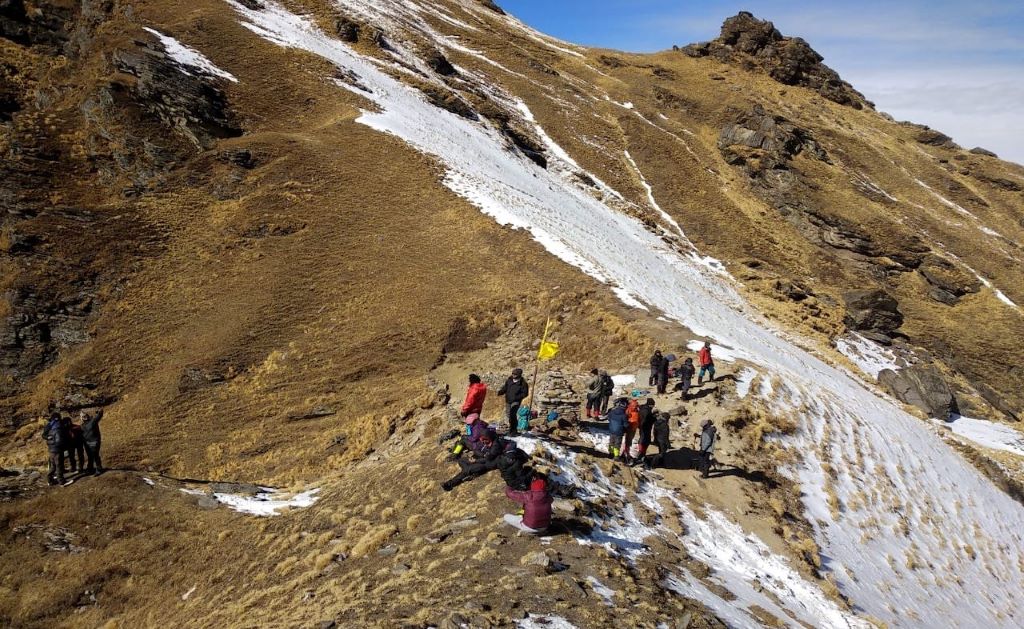
Kuari pass Trek is one of the most beautiful treks in Uttrakhand. Starting from Joshimath situated in Chamoli district of Uttarakhand at an altitude of 12,763 ft, this trek has an array of enthralling places to visit
The region was discovered by Lord Curzon and also known as the Curzon trail .
The beautiful trail takes you through mesmerizing Himalayan meadow also known as, ‘Bugyals’ by the natives. The trek is also filled with beautiful Oak and deodar trees.
Rhododendron trees, which bear flowers of a fiery red color, are also found in abundance in these mountains. The trek also tends to have Pancha Prayag- Devprayag, Karnaprayag, Devprayag, and Rudraprayag, where rivers like the Pinder, Kaliganga, Nandakini, Birehiganga & Dhauli Ganga converge.
9. Sandakphu Trek
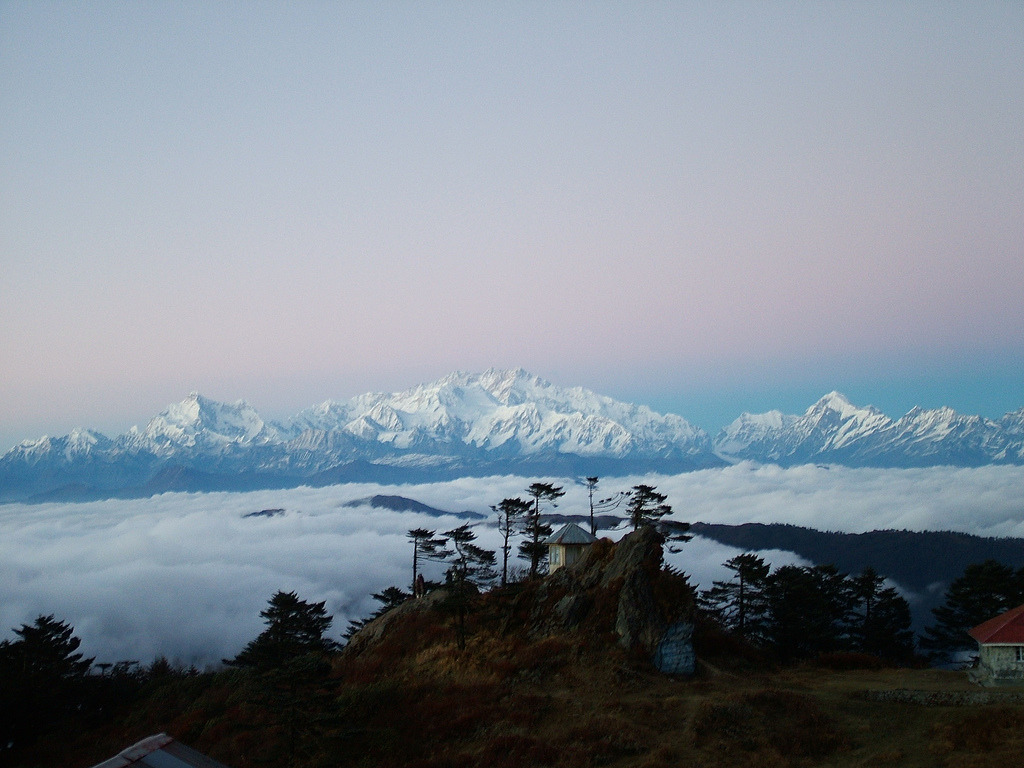
Sandakphu trek is one of the most beautiful and wholesome treks to be ticked in spring season. Sandakphu is the highest point of West Bengal known for the prevailing attractions like, Singalila ridge, which forms the bridge between Sikkim/Darjeeling of India and Nepal. This is the reason the trek is also called the Singalila Ridge trek .
The view of the Nepal Himalayas including Kanchendzongha range, Makalu, Everest, Lhotse, Jannu (Kumbhakarna), Chamlang, Baruntse and a host of Sikkim peaks are a treat to the eyes and the peaks also configure to the shape of ‘Sleeping Budhha’.
The trek also serves to be the home of numerous species of birds and flowers. This region in the Eastern Himalayan is a hot spot and also shelters the endangered Red Panda.
The blooming of rhododendrons and magnolia turns the forest red, pink, and white during the spring time and the trekking experience is a spellbinding one.
10. Goechala Trek
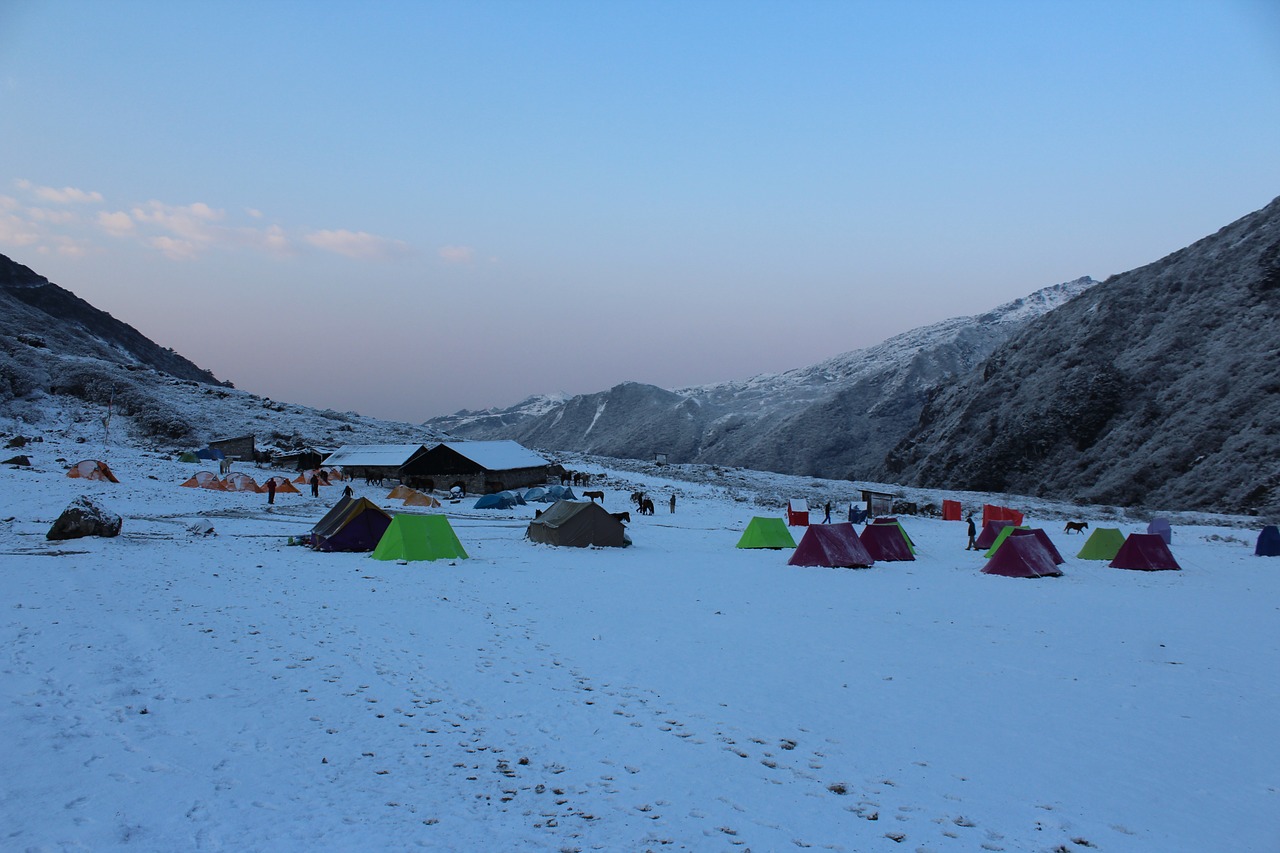
Goechala trek is the golden opportunity for you to experience the spirit of Sikkim . Goechala takes you where to the beautiful scenic beauty of Kanchenjunga abides.
Standing at an altitude of 15,100ft, the Goechala trek gives you many reasons to get in awe of nature, the tear-shaped Goecha lake, snow-covered beautiful white Himalayas, the amazing view of sixteen beautiful peaks visible from Dzongri top, fascinating meadows, and the dazzling Himalayan forest.
The trek takes you through the serene beauty of Sikkim and the Himalayas. The region through which the Goechala trek is designed is designated as Kanchenjunga National Park.
Goechala Trek, is one that experiences maximum popularity, since its promises splendid scenic extravaganza and thrilling adventurous hike that can leave the heart pumping, but filled with pleasure.
Deals And Offer
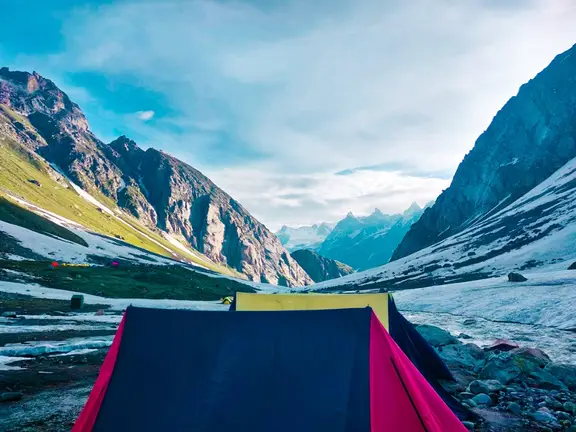
Hampta Pass Trek
4.87 ( 438 ), hampta pass trek 2024 - chandratal lake trek | moxtain, free cancellation till 30 days prior trek, rental & gear available on rent, book with 20% initial amount.
See Dates / Book Now
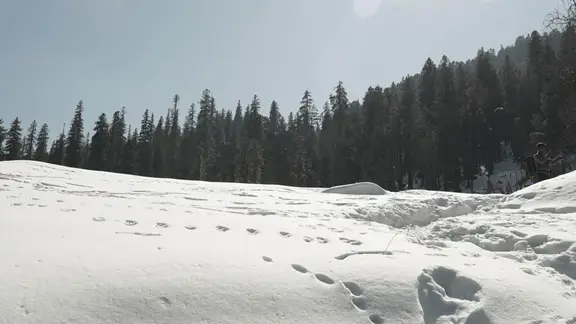
Dayara Bugyal Trek
4.85 ( 398 ), dayara bugyal trek 2024 - 6 days trek | moxtain.
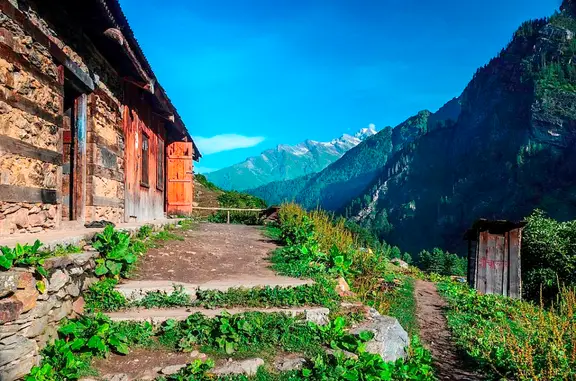
Kasol-Kheerganga-Tosh-Malana-Trek
4.56 ( 24 ), similar blogs, tali lake kuari pass.
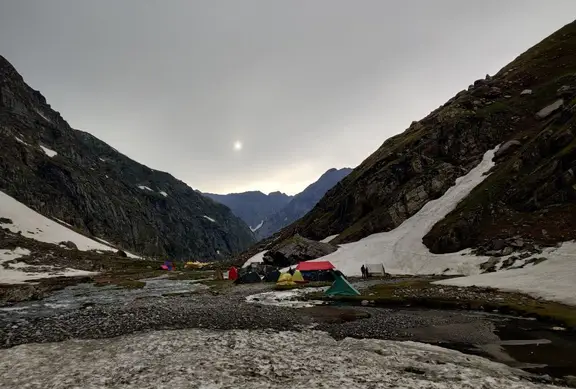
Reason For Insomnia On A High Altitude Trek And How To Avoid It
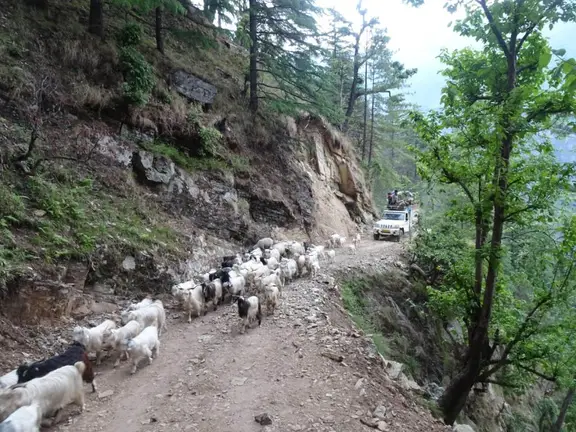
Deoban Trek near Chakrata- An Unwind in the Laps of Nature!
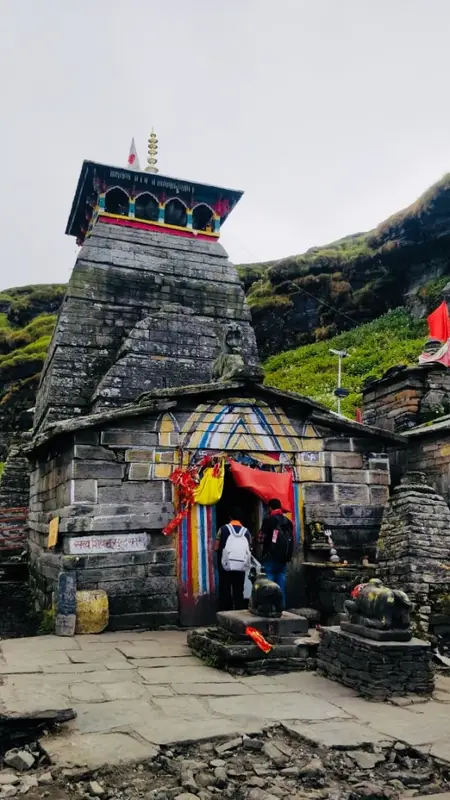
My Trek Story- A Trip to Chopta Chandrashila
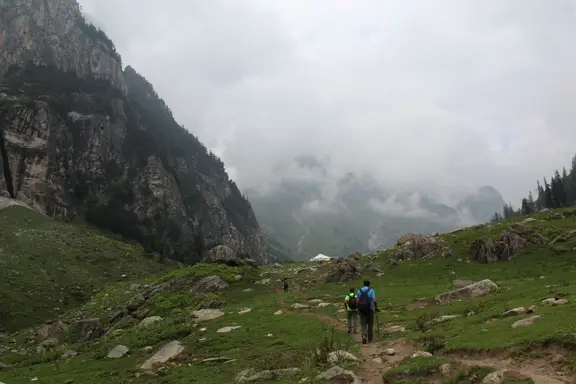
Mountains Calling – My First Himalayan Trek: Hampta Pass
Similar trips, everest base camp trek, stok kangri, annapurna base camp trek, goechala trek, nag tibba trek, deoriatal chandrashila, sandakphu phalut trek, bara bhangal, mayali pass.
A Complete Guide to Trekking Tours in India
India Tours
International tours, destination wedding, medical tourism, plan your trip.
- Trekking in India
Best Treks in March
Best treks in march in india.
As the winter bids goodbye, the spring gets ready to give trekkers in India another great season of adventure. Tour My India offers all the top treks in the month of March, that, along with unmatched adventure, offer the chance to relish the scenic vistas of fresh grass blades and blooming of rhododendron against the snow-clad mountains in the Indian Himalayas. Join us for the trekking adventure in March that we make safe and full of memories.
Top 10 Treks for Trekkers in India for Month of March
6 Nights - 7 Days
Dayara Bugyal Trek
5 Nights - 6 Days
Kedar Kantha Trek
10 Nights - 11 Days
Har Ki Dun Ruinsara Tal Trek
8 Nights - 9 Days
Har Ki Dun Trek
4 Nights - 5 Days
Nag Tibba Trek
Chopta chandrashila trek, kuari pass trek, singalila - sandakphu trek.
7 Nights - 8 Days
Bhrigu Lake Trek
Indrahar pass trek, find your best trekking holidays in india for the month of march.
- Uttarakhand
Best Treks in March in Uttarakhand
Brahmatal trek.
11 Nights - 12 Days
Panchachuli BC Trek
16 Nights - 17 Days
Nanda Devi East Base Camp
12 Nights - 13 Days
Milam Glacier Trek
9 Nights - 10 Days
Pindari Glacier Trek
Best treks in march in ladakh, snow leopard trek, best treks in march in sikkim, dzongri trek, singba rhododendron sanctuary trek.
15 Nights - 16 Days
Sikkim and Kanchenjunga Trek
Kanchenjunga base camp trek, yuksom to dzongri & goecha la trek, darjeeling and sikkim trekking, sikkim off beaten treks, best treks in march in himachal, beas kund trek, kareri lake trek, sach pass trek, dalhousie manali trek via murhu pass, best treks in march in kashmir, chattargul mahlish gangabal trek, bandiopra gangabal naranag trek, tulail gangabal naranag trek, tral narastan marsar trek, sonmarg vishansar naranag trek, naranag gangabal trek, kolahoi base camp trek.
14 Nights - 15 Days
Kashmir Alpine Lakes Trek
Find trekking tour in india by month, best treks in january, best treks in february, best treks in april, best treks in may, best treks in june, best treks in july, best treks in august, best treks in september, best treks in october, best treks in november, best treks in december, frequently asked questions, q. which are the best treks in march in the indian himalayas.
There are a number of treks in the Indian Himalayas that can be done in March. Some popular treks are:
- Chopta Chandrashila
- Kedarkantha
- Dayara Bugyal
- Hampta Pass
- Prashar Lake
- Kareri Lake
- Sandakphu-Phalut
Q. Is March a good month to trek in the Indian Himalayas?
Yes, March is a great month to trek in the Indian Himalayas as the views during this month start to change. The meadows turn green and so do the plants and trees. The major highlight is the gradual blooming of rhododendron and warmer day time. Trekking in March is also ideal if you want to avoid the overcrowding of Himalayas by the trekkers who start to come in from April onwards.
Q. Can we expect snow while trekking in the Indian Himalayas in March?
The snowfall at most of the places in the Indian Himalayas stops by mid-March. However, one can still find plenty of ice and snow stacked on the trekking trails. The mountains too remain covered in snow in the month of March.
Q. Is it easy to trek in March?
Since the day temperature starts to rise in the month of March, the snow starts to melt making it loose and often difficult to make a grip with shoes. You will also get plenty of patches where snow is absent and walking is easier. Thus, trekking in March is a mixed experience where you have to be extra cautious on loose ice and you can walk carefree on snow-free patches.
Why TMI for Trekking Holidays
Experienced.
An experienced trekking tour operator, with a team of an experienced adventure enthusiast ensure to give our clients well-designed trekking tour packages.
We are certified by major tour and travel associations in India and world like IATA, IATO, TAAI, IMF & MOT (Ministry of Tourism, Govt of India).
Happy Customers
TMI has received numerous accolades from its happy customers for its excellent services and best adventure holidays.
Local Offices
We have local office in Ladakh, Uttarakhand, Sikkim, Jammu & Kashmir, & Himachal Pradesh for our customers to find assistance anytime and anywhere.
About Trekking in March in India
The spring is magical in the Indian Himalayas, especially mid-March when the snow and greenery coexist in harmony. In March, the temperature starts to rise and the days are quite warm, there is clear blue skies, the nights, however are still chilly yet amazing for camping. A trekking adventure in March is definitely a not-to-miss if you want to believe in nature’s magic. It is also an ideal month to trek if you want to dodge the crowd of trekkers which start to throng the Indian Himalayas from April onwards.
March is the great month for trekking in Himachal Pradesh, Uttarakhand, and Sikkim. Trekkers will be spoilt for choice in Uttarakhand that has a large number of treks in this spring month. Har ki Dun, Brahmatal, Ali Bedni Bugyal, Chopta Chandrashila, Deoriatal, and Pangarchulla are some of the best treks in Uttarakhand in March. For families, treks like Kedarkantha and Dayara Bugyal are easily accessible in Uttarakhand in this spring month.
In Himachal, Hampta Pass, Prashar Lake, and Kareri Lake are the top treks in March. Sikkim, which boasts some of the most challenging treks in the Indian Himalayas, has a few treks in the spring month for the adventurers. Goecha La and Sandakphu-Phalut are the top choices here.
More about trekking in India
Our latest informative travel blogs, explore the hidden natural treasure of himalayas with these unexplored treks in uttarakhand, india trekking guide: best informative blogs on india himalayas trekking tour, where to visit in uttarakhand and himachal for adventure, chilling, and finding peace for a post-lockdown holiday, india trekking information at a glance, trekking destinations, special interests treks.
- Wildlife Treks
- Spiritual Treks
- Weekend Treks
- Cultural Treks
- Family Treks
Best Time for Trekking in India
- Best Time to Do Ladakh Trek
- Best Time to Do Uttarakhand Trek
- Best Time to Do Sikkim Trek
- Best Time to Do Himachal Trek
- Best Time to Do Kashmir Trek
- Best Time to Do Garhwal Trek
Fixed Departure Tours
- Fixed Departure for Ladakh
- Fixed Departure for Uttarakhand
- Fixed Departure for Sikkim
- Fixed Departure for Himachal
- Fixed Departure for Kashmir
Seasonal Treks
- Spring Season Treks
- Summer Season Treks
- Monsoon Season Treks
- Autumn Season Treks
- Winter Season Treks
Essential Links
- Things to Carry
- Terms & Condition
- Trekking Equipment
- Trekking Permit
How It Works
- Tell us details of your holiday plan.
- After you submit the form, one of our travel experts will get back to you with customised holiday package based on your requirement, within 24 hours.
- Grab the deal and start packing your bags for an indelible holiday with Tour My India.
Call Us for details
+91-9212553106
Request a quote.
Trekking Nepal in March, weather and travel tips

March in Nepal is a time when winter turns into Spring. It creates a perfect blend of warm weather and breathtaking landscapes. In this guide, we will explore the wonders of Nepal. During this magical month, the cityscape of Kathmandu adds the joys of trekking and the vibrant cultural festivals.
As the calendar flips to March, the adventures of Nepal come alive. As winter makes way for Spring, Kathmandu city undergoes a wonderful transformation. The temperature is warmed, the daylight hours are extended and it also promises a new adventure. It creates a temperature that invites the atmosphere for outdoor activities.
What to Expect in March in Nepal
Trekking in Nepal during March is a really good experience, with popular circuits like Everest Base Camp and Annapurna Base Camp. During March, when you are in Kathmandu or Pokhara, you can expect the daytime weather to be pleasant, around 26 degrees Celsius. In places closer to the Terai region, such as Chitwan, Bardiya, Lumbini, and Koshi, the temperatures increase, averaging around 32 degrees Celsius.
Weather in March in Nepal
Nepal’s weather in March 2024 becomes pleasantly warm. It reaches an average of 25.3 degrees Celsius during the day and 8.2 degrees Celsius at night during March 2024. The month of March invites us to explore the city’s hills and enjoy a great hike surrounded by blooming wildflowers, adding a colorful touch to the already beautiful surroundings.
Kathmandu in March
Despite the rise in temperatures, Nepal’s weather in March does increase rainfall with it. Kathmandu experiences an average of 34mm precipitation on approximately 4 days throughout the month. This occasional shower adds charm to the landscape, contributing to the blossoming beauty of the region. So, visitors should carry a light, waterproof jacket with them while trekking in Nepal in March 2024.
Pokhara in March
In Pokhara, there is a rise in temperature in the daytime in March. The temperature can go around 26 degrees Celsius on average. It creates an inviting and comfortable environment for the lakeside strollers. During March in Nepal, evenings are cool in the lakeside area, one can require a light jacket.
Chitwan in March
Moving to the Terai region, Chitwan and Koshi experiences, these regions experience warmer weather in March in Nepal. The daytime temperature can go around 32 degrees Celsius. This warm temperature makes the Chitwan National Park an excellent destination for wildlife lovers. Some people may find these regions very hot in March in Nepal.
March weather in the Mountains

Heading to higher altitudes, such as Annapurna Base Camp and Everest Base Camp, trekkers can expect a different climate than other regions. The weather might be warmer than in the winter months but still temperature can range from -12 to -6 degrees Celsius in the Annapurna region and -15 to -9 degrees Celsius in the Everest region. The nights can be freezing. It’s great weather for the Everest Heli tour as well.
Langtang trekking region is also warmer in this season.
In the Manaslu region, the weather in Nepal is a mix of cool days and chilly nights. The temperature during the day can range from -10 to -8 degrees Celsius. As this trail is less crowded people can enjoy the serenity of this region.
Trekking in March in Nepal
March in Nepal is the peak trekking season. This season offers an excellent window for enthusiasts to explore the wonders of Nepal. From the Annapurna Circuit to the majestic Everest Basecamp, the weather in Nepal in March opens various trekking opportunities across the diverse landscapes of Nepal.
Annapurna Base Camp in March
Annapurna Base Camp is the most prominent trekking destination during March weather in Nepal. The blend of subtropical forests, terraced fields, and high-altitude desserts mesmerizes the trekkers during this trail. The weather on this trail is mild, with an average of 10-20 degrees Celsius which provides a comfortable environment for the trekkers. As the snow starts to melt, the trails become more accessible, and the rhododendron forests come to life with natural blooms, creating a beautiful view. The Annapurna Circuits, with their clear skies, pleasant temperatures, and fewer crowds compared to the peak months, offer a balance and make it an ideal choice for trekkers seeking a new experience.
Everest Base Camp in March
And for those people who have Everest Base camp on their bucket list, the weather in Nepal in March 2024 is an excellent time to start this trek. The nights on this trail can range from 5 to 15 degrees Celsius, and the days can be seen with clear skies and stunning mountain views. The teahouses and the local people around the trail area add a more vibrant atmosphere to the route. The snow-capped mountains and the trees of rhododendron and magnolia add more beauty to this trail area.
Upper Mustang in March
March season opens up opportunities to explore the mystical upper Mustang region and trekking in Nepal in March. Mustang is located near the Tibetan border; it offers a unique trekking experience with its landscapes, ancient monasteries, and traditional Tibetan Culture. The weather in March is relatively dry, which makes it feasible to witness the charm of this region. The temperature in Upper Mustang ranges from cool to mild, providing a comfortable environment for trekkers to explore its hidden treasures.
Festivals in Nepal in March
March in Nepal is not just about trekking or mountains, this month also signifies vibrant cultural celebrations. The ancient traditions and celebrations come alive and the air is filled with festive fever.
1. Maha Shivaratri:
One of the major festivals celebrated during the season of March in Nepal is Maha Shivaratri, the biggest Hindu festival dedicated to lord Shiva. It falls under the month of Falgun (February or March) depending on the lunar calendar. Maha Shivaratri offers a chance to witness religious rituals and cultural activities in Nepal’s deep-rooted spiritual heritage.
2. Ghode Jatra:
Ghode Jatra means ‘horse parade’ is another interesting festival celebrated in Kathmandu during March. It is usually observed in the month of the Chaitra i.e. either March or April. The highlight of Ghode Jatra is the horse Parade organized in Tundikhel, a large open area in the heart of Kathmandu.
3. Holi:
Holi is the festival of colours that falls in March. It is celebrated during the Nepali month of Falgun or Chaitra (February or March). Holi is celebrated for two days in Nepal, one day in Terai and another day in Hilly area. People throw coloured powders and splash coloured water at each other, exchanging good wishes.
4. Ram Navami:
Ram Navami is a special day dedicated to honouring Lord Ram, an incarnation of Lord Vishnu, and it is celebrated in March. Changu Narayan in Bhaktapur and the Sleeping Vishnu in Budhanilkantha are among the most popular temples where these festive rituals take place.
To-do activities and places to explore in March in Nepal
March weather in Nepal invites travellers to explore a variety of destinations and take part in exciting activities. Whether you are a nature lover, adventure seeker, or culture enthusiast, this month has something special for everyone. Here’s a simple guide to the best places to visit and things to do in Nepal in March.
1. Sightseeing away from the city:
March is the perfect time to escape the hustle and bustle of Kathmandu and explore hill stations, lakesides, and mountain trails. Destinations like Lumbini, Janakpur, Bandipur, Bardiya, Nagarkot, Chitwan, Poon Hill, Lakeside Pokhara, Mustang, and Manang. These destinations have a huge number of visitors throughout Nepal in March.
2. Adventure Activities:

The month of March welcomes thrilling activities with it. Mountain climbing, mountain biking, hiking, camping, bungee Jumping, water rafting, kayaking, canyoning, and safari are some activities that can be done during this season. Paragliding can be done from Sarangkot in Pokhara and Bungee jumping in Bhote Koshi, Kusma Parbat, and Pokhara. Jungle safari at Chitwan National Park and Bardiya National Park is also a must-do activity during weather in Nepal in March 2024.
3. Trekking:
With clear skies and pleasant temperatures, treks to The Everest region, Annapurna Circuit, Manaslu Circuit, and Mustang increase during March. The warm days and the cool nights make the trekking more beautiful. We can explore the lush green valleys and witness early spring blooms and the snow-capped mountains. If you prefer shorter hikes near Kathmandu, you can go around Nagarkot, Tarebhir, Dhulikhel, and Chamadevi.
4. Exploration of places:
In March, the temperature in Pokhara ranges from a comfortable 10 to 20 degrees Celsius, making it a perfect environment to enjoy the city’s enchanting landscapes. Phewa Lake, the second largest lake in Nepal, takes on a peaceful ambience. Visitors can take leisurely boat rides and have breathtaking views of the surrounding hills and the Annapurna mountain range. Visitors can head to viewpoints like SarangKot to witness the sunrise; a lot of visitors arrive there by 4 AM.
One can explore the Bindhyabasini Temple, a sacred Hindu temple, International Mountain Museum, Gupteshwor Cave, Davi’s Falls, and Pumdikot. March transforms Pokhara into a haven where pleasant weather, serene lakes, and cultural experiences coverage.
Trekking in Nepal in March
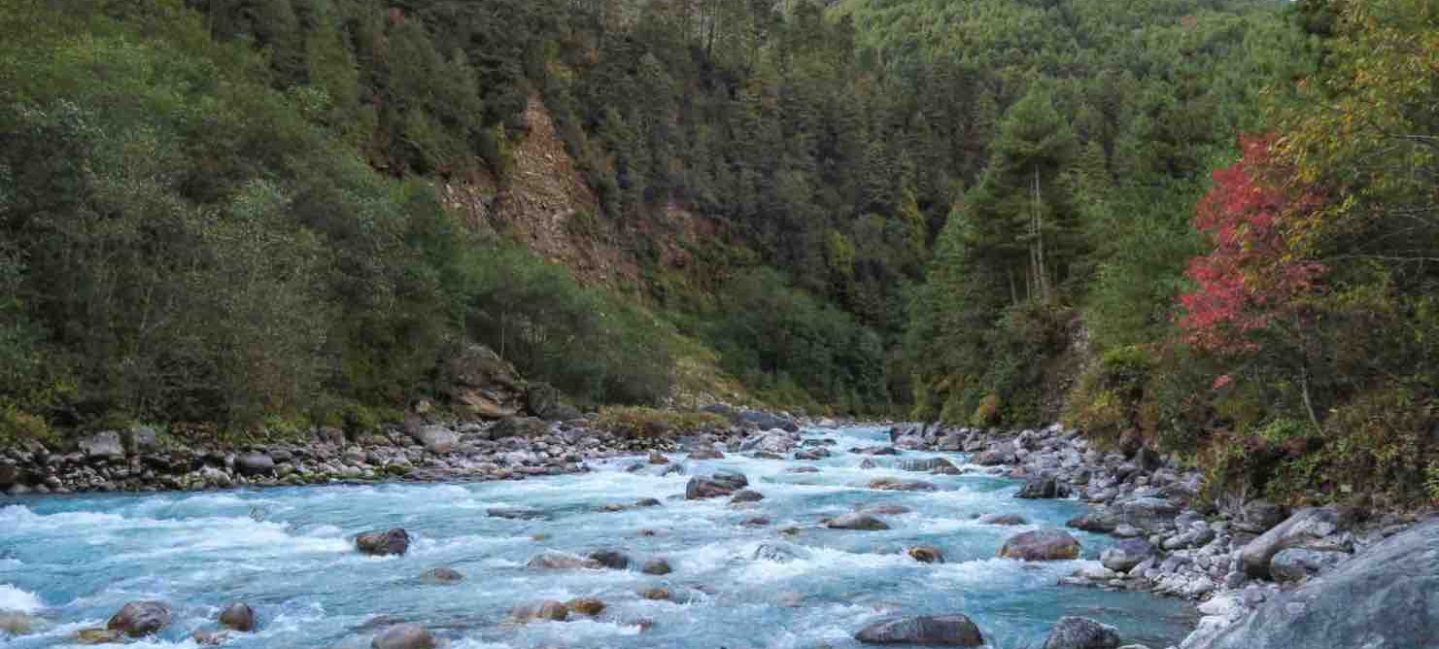
March is a super busy time in Nepal for tourists, almost as busy as October. More than 100,000 visitors come in March, according to the Nepal Tourism Board. Popular trekking spots like Everest Base Camp and the Annapurna Circuit can get crowded. To avoid the crowds, it is a good idea to pick less-known trails.
In terms of money, March is a peak season for tourism so, don’t expect any discounts. Even though it’s busy, Nepal is still quite affordable, and many people manage well on a daily budget of around $30.
If you are into wildlife, March is okay, but not the best. Places like Chitwan National Park , Koshi Tappu Wildlife Reserve, and Bardiya National Park can be very hot, so you need to be prepared for it. Since it doesn’t rain much in March, you might be lucky and spot some cool animals at watering holes.
When it comes to safety, March is generally a safe time for travel in Nepal. There’s a lower risk of landslides and floods. Trekking routes are excellent but it is always wise to have a guide, especially if you will be at a higher altitude.
Best areas to avoid
Let’s talk about the places where you might find lots of people. It’s not that these spots are bad, but they can get a bit too busy. The Everest Base Camp Trek, the Annapurna Circuit, and Pokhara will be bustling with tourists. To enjoy a more peaceful time, check out less popular routes like the Manaslu Circuit, the Langtang Valley Trek, Tsho Rolpa, the Dhorpatan Hunting Area, and Shey Phoksundo. These places might not be as famous, but they offer a quieter and calmer experience.
Nepal trek packing list for March
When it comes to packing for March in Nepal, you don’t need anything too fancy. The key is to be ready for both warm and cold weather. The temperature during the day is perfect but the night gets way too cooler. Make sure to pack a cozy and warm jacket and warm pair of socks and nice layering. Keep it simple, and you will be all set for a comfortable and enjoyable trip in March.
Conclusion
As March is a peak tourist season, the month welcomes over 100,000 visitors, making popular trekking trails busy. Though March is a peak season with negligible discounts, Nepal remains an affordable destination. With minimal rainfall and safe conditions, it is a supreme period to explore the diverse landscapes and embrace the unique charm of Nepal.
FAQS
What is the average temperature in kathmandu and pokhara during march 2024 .
In March 2024, the weather will be pleasant, around 26 degrees Celsius during the daytime in Kathmandu and Pokhara. The nights can be a little cooler, so one needs to carry a light jacket.
How crowded are popular trekking trails like Everest Base Camp and Annapurna Circuit in March 2024?
March is a peak tourist season so the popular trekking trails like Everest Base Camp and the Annapurna Circuit can get crowded. Consider exploring less-known routes like Manaslu Circuit and Langtang Circuit for a more serene experience.
Is March a budget-friendly time to visit Nepal?
Yes, Nepal is an affordable destination, and many travellers comfortably manage a daily budget of around $30. Travellers can easily enjoy the outdoor activities and cultural experiences in Nepal with that daily budget.
What wildlife can I expect to see in Chitwan National Park in March 2024?
March offers a chance to spot wildlife in Chitwan National Park. Keep an eye out for Bengal Tigers and Greater for Bengal Tigers and Greater one-horned Rhinos near watering holes.
What festivals are celebrated in Nepal during March 2024?
Festivals like Maha Shivaratri, Ghode Jatra, Holi, and Ram Navami are celebrated during March. Every place in Nepal celebrates these festivals so you can enjoy them fully.
What outdoor activities can I enjoy in Nepal in March 2024?
March, with its mild temperature and minimal rainfall, is perfect for outdoor activities like trekking, wildlife safaris, and cultural explorations. Paragliding, bungee jumping, boating, rafting, and many other activities can be done during March.
Is it safe to travel to Nepal in March 2024?
Generally, March is a safe time to travel in Nepal as the weather in Nepal in march is pleasant. The risks of floods and landslides are minimal. Travelers can enjoy a secure and pleasant visit to Nepal in March.
What packing essentials do I need for Nepal in March 2024?
For a trip to Nepal in March 2024, pack for both warm days and cool nights. Ensure you have a warm and cozy jacket and a pair of warm socks. Add warm layering clothes also for your comfort.
Can I expect rain during my visit to Nepal in March 2024?
March receives very little rainfall in Nepal, making it an excellent time for outdoor adventures and experiences. The weather is dry which can enhance the overall joy of your visit and help you explore without any weather-related interruptions.
Leave Your Comment
Himalayan Masters has been established by travel and trekking experts with several years of experience. Our consultants have travelled extensively and have in-depth knowledge of the region you will be traveling in.
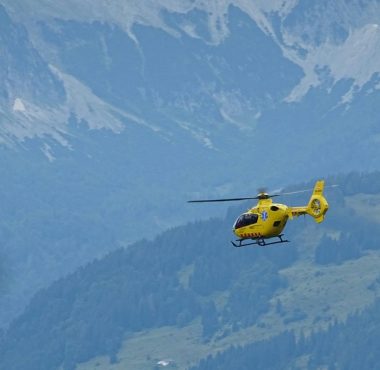
Everest Base Camp Helicopter tour with landings- Risky or Exciting?
Trekking in nepal in april, weather, and tours.

Electric Plugs and Adapters in Nepal- What to bring?
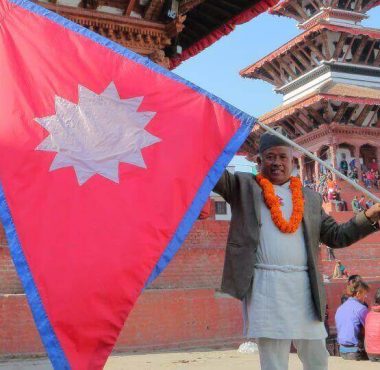
10 Most Amazing Facts You Should Know About Nepal

Everest Base Camp Trek After A Covid-19 Pandemic
Unsure where to go we can help.

LATEST BLOG POST
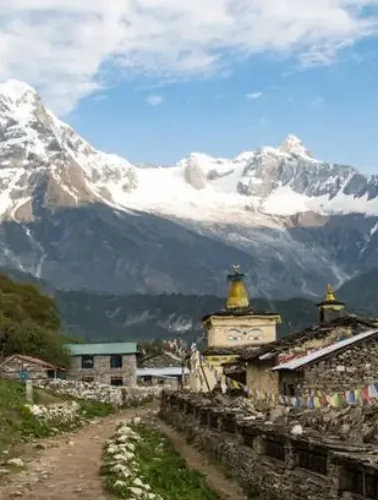
Manaslu Circuit Trekking map; Base Camp, and TSUM valley route
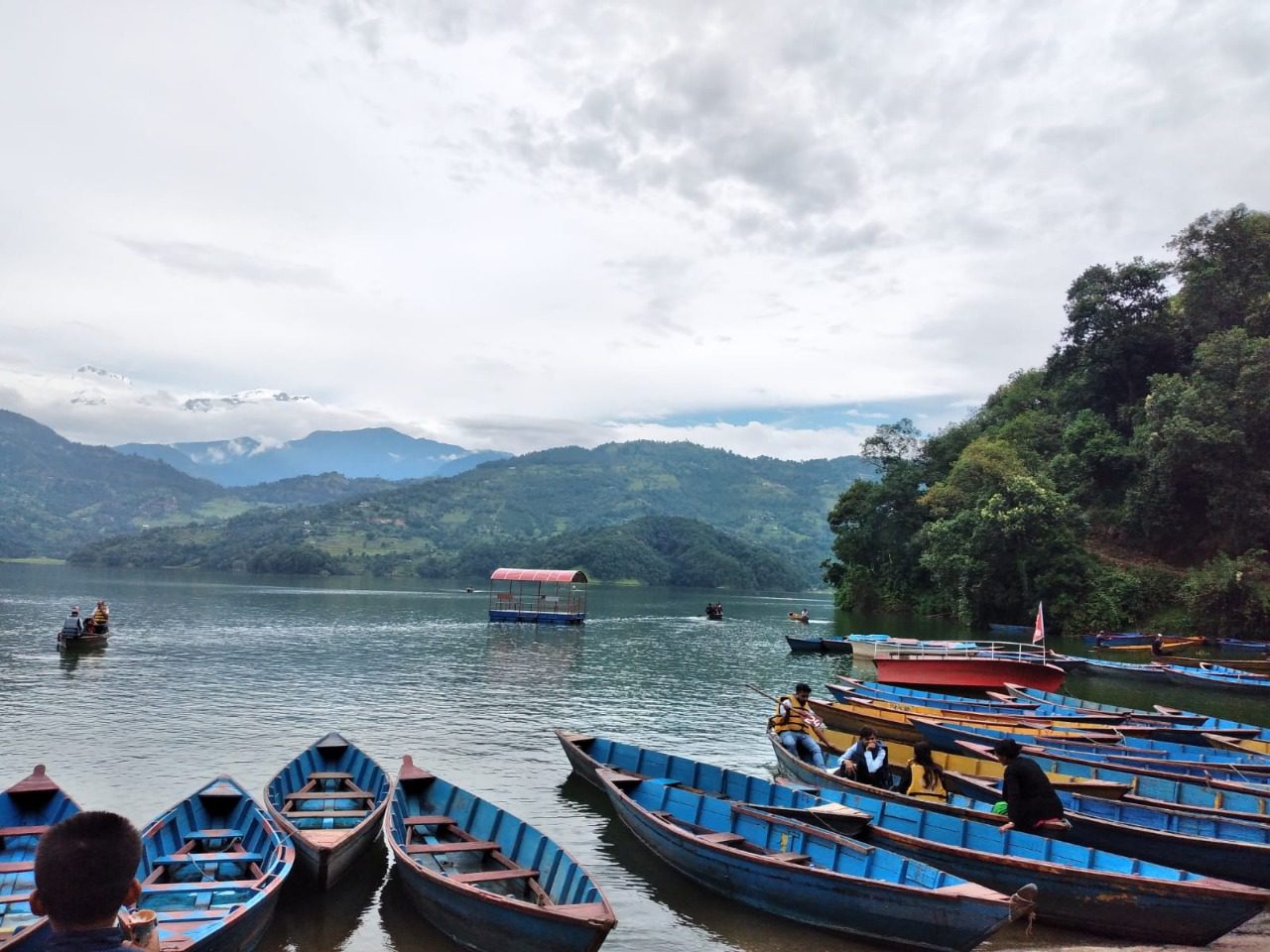
The 13 Best Things To Do In Pokhara – 2024
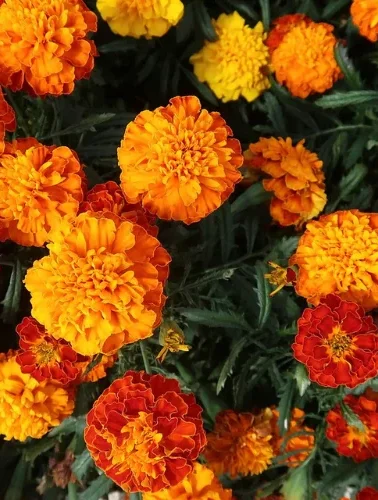
Tihar Festival in Nepal: The festival of lights
Book Your 2024 & 2025 Adventures Risk free.

Latest Stories
- Our Commitment
- Customer Reviews
The ultimate Himalayan trek and adventure of a lifetime. Stand face to face with Mount Everest and trek along side 4 of the world's tallest peaks. Enjoy the welcoming culture of the Sherpa.
Himalayanwonders Top Treks
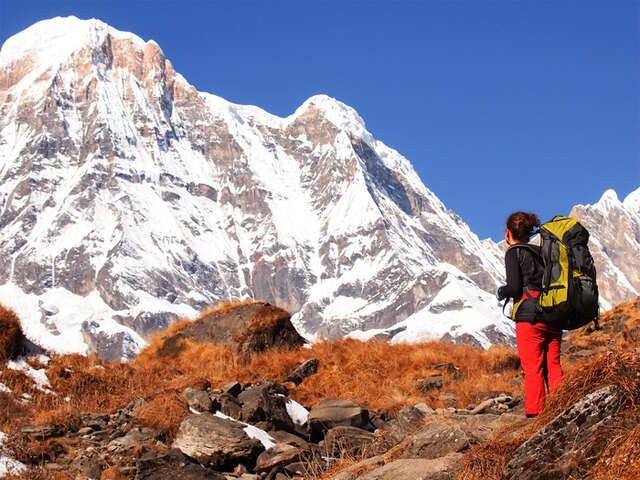
Join our Fixed Departure

Ready to take you're trekking to the next level? The Nepal Mountaineering Association (NMA) has designated 33 trekking peaks that can be tackled without an expedition permit.

Everest Base Camp, the Annapurna Circuit, Markha Valley and more. Looking for the best trekking options in the Himalayas?

The Himalayas and the Tibetan Plateau combined are one of the most extreme expressions of mountain...
Get off the beaten path with one of these exclusive departures.
Here we answer the most common questions before every trip.
click here for more treks >

#HimalayanWonders

- Choosing a Trek
- Tea House Trekking
- Trekking Tips
- Flying to Lukla
- Packing List
- Fitness Training
- Travel Insurance
- Arrival & Visas
- Best Time to Go
- Staying Healthy
- Meet the Team

- Privacy Policy
- Terms & Conditions

- Everest Region Trek
- Annapurna Region Trek
- Manaslu Region Trek
- Mustang Region Trek
- Langtang Region Trek
- Makalu Region Trek
- Dolpo Region Trek
- Kanchenjunga Region Trek
- Best Selling Treks
- Nepal Trekking
- Luxury Treks in Nepal
- Challenging Treks in Nepal
- Family Treks in Nepal
- Peak Climbing
- Mountain Climbing in Nepal
- Nepal Tour Packages
- Luxury Tours in Nepal
- Helicopter Tours
- Nepal Family Tours
- Bhutan Tour
- Kailash Tour
- Pokhara Day Tour
- Kathmandu Day Tours
- Jungle Safari in Nepal
- Nepal Visa Information
- Packing List for Trekking
- Bhutan Visa
- Fitness Training
- 10 Comprehensive Nepal Trekking Tips
- Flight Cancellation
- Travel Insurance
- The Differences
- Terms & Conditions

Trekking in Nepal in March
Trekking in Nepal in March is a beautiful experience. As we step into the March month of the year, the enchanting allure of Nepal’s trekking season begins to unfold. It’s season!
Nestled in the lap of the mighty Himalayas, Nepal offers a breathtaking landscape that wholeheartedly welcomes adventurers and nature enthusiasts from across the globe. With blooming flowers and stable weather, March presents an ideal time to experience the magic of this hypnotizing country.
The Charm of Trekking in Nepal in March
Nepal’s weather in March bids farewell to the chilly winter season and greets the enchanting spring season. The valleys come alive with colors, making it an extraordinary time to explore the Himalayan trails. The flora creates vibrant hues of pink, red, purple, and white.
The national flower of Nepal, the rhododendron , is seen along the hillsides, creating a breathtaking tapestry of colors and adding a touch of magic to your trekking journey. It is so beautiful that it makes you want more.
Spring is a time of blooming and new life in the Himalayas. Among the seasons—winter, spring, summer, and autumn—spring and autumn are considered the best for trekking in Nepal. And March falls perfectly into the transition between winter and spring. It offers warm temperatures and a lower chance of rainfall, making it an exciting and wonderful time to embark on a trekking adventure.
Why choose trekking in Nepal in March?
Trekking in Nepal in March comes with several advantages that will undoubtedly make your journey memorable:
- Pleasant Weather:
The weather in March is moderate, providing comfortable trekking conditions during the day. The clear skies allow you to relish panoramic views of the snow-capped Himalayan peaks at their best.
- Blooming Nature:
Spring brings a burst of colors to the landscape, with rhododendrons and other flowers in full bloom. The trekking trails will be magical during this time of the year. The hills and valleys come alive with vibrant hues, creating a picturesque backdrop for your trek.
- Diverse Accommodation Options:
With lodges and teahouses open and ready to welcome trekkers, you can choose from a variety of accommodation options that suit your preferences and budget.
Conclusion: Plan Your Unforgettable March Trek with Us
With March offering favorable weather and breathtaking landscapes, Himalayan Trekking Pvt. Ltd. welcomes trek enthusiasts with open hearts. As you set foot on the trekking trails of Nepal, get ready to immerse yourself in the utter beauty of nature. The vibrant colors of spring will leave you spellbound. Every step you take will be a delightful revelation of the wonders of the natural world.
At Himalayan Trekking , your itinerary will be crafted to suit your preferences and abilities, ensuring that every moment is tailored to create cherished memories. For those seasoned trekkers seeking new challenges, we have routes that will push your limits.
And if you are a first-time adventurer, worry not, as our professional team will provide all the support you need, making this an ideal opportunity to explore the wonders of the Himalayas for the first time.
Rest assured, your safety is our paramount concern. So, join us as we set forth on this unforgettable journey. Spring is calling!
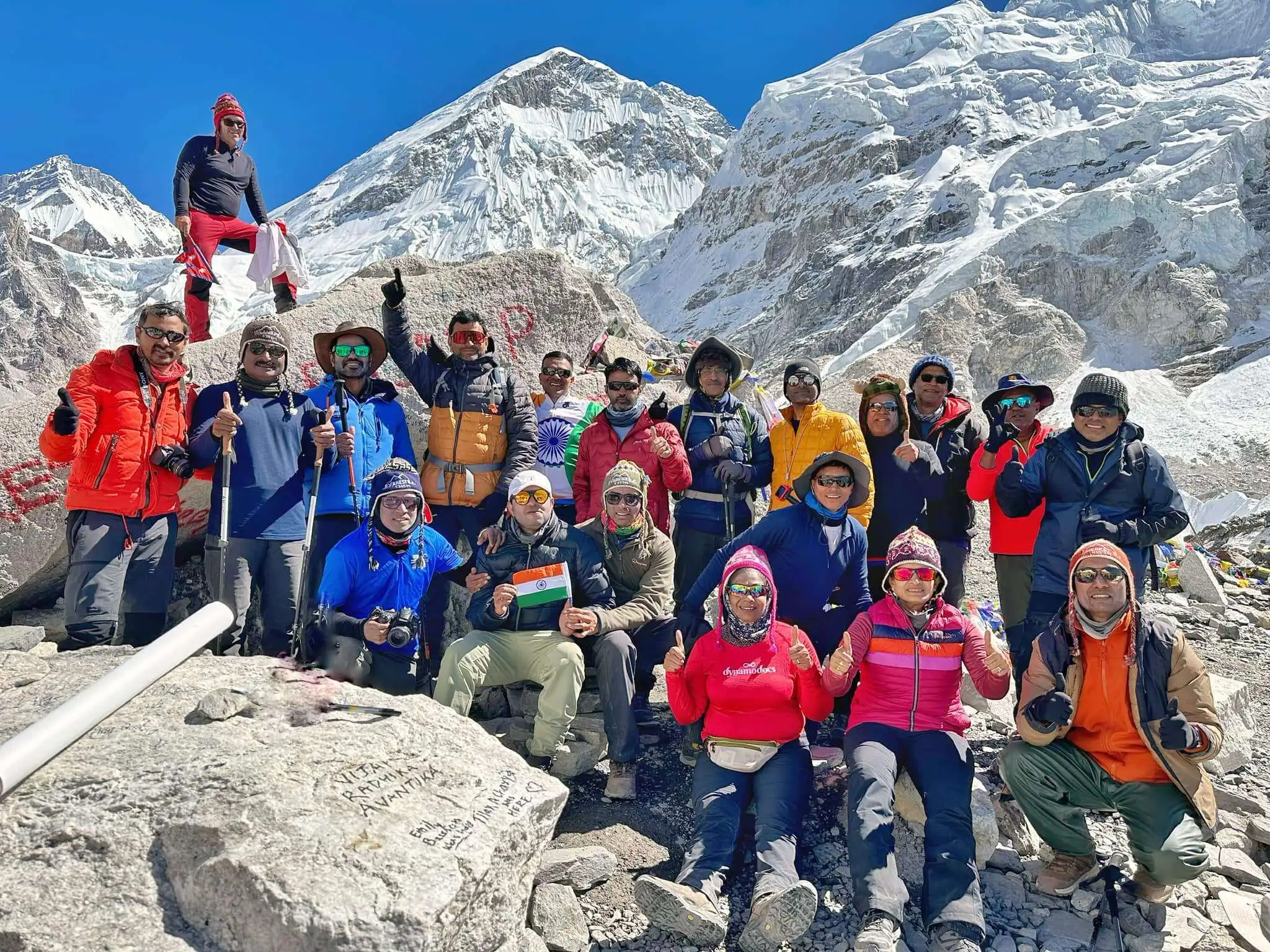
Luxury Everest Base Camp Trek
Mount everest.

Ghorepani Poonhill Trek
Annapurna region of nepal.
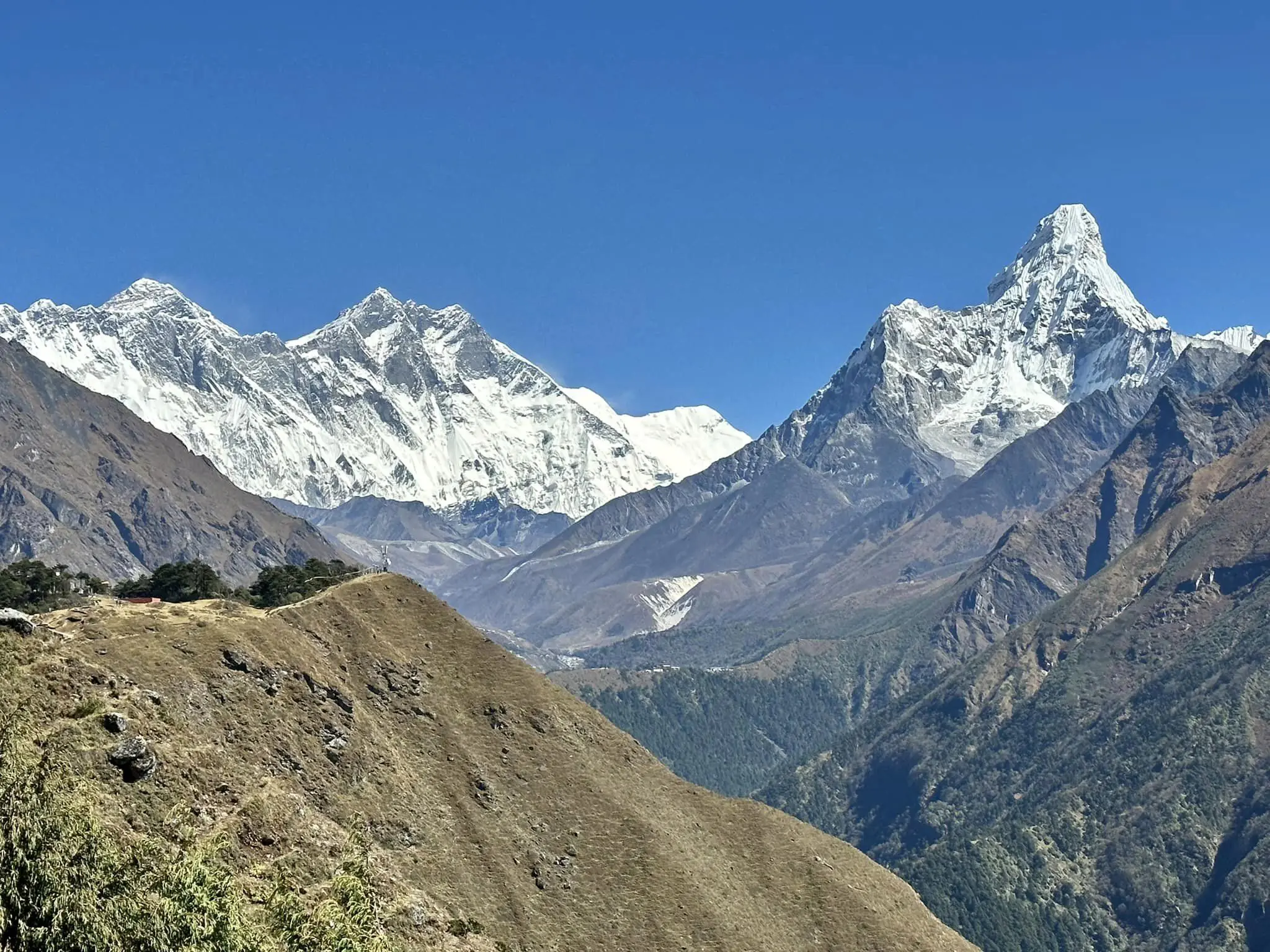
Everest View Trek
Everest region.
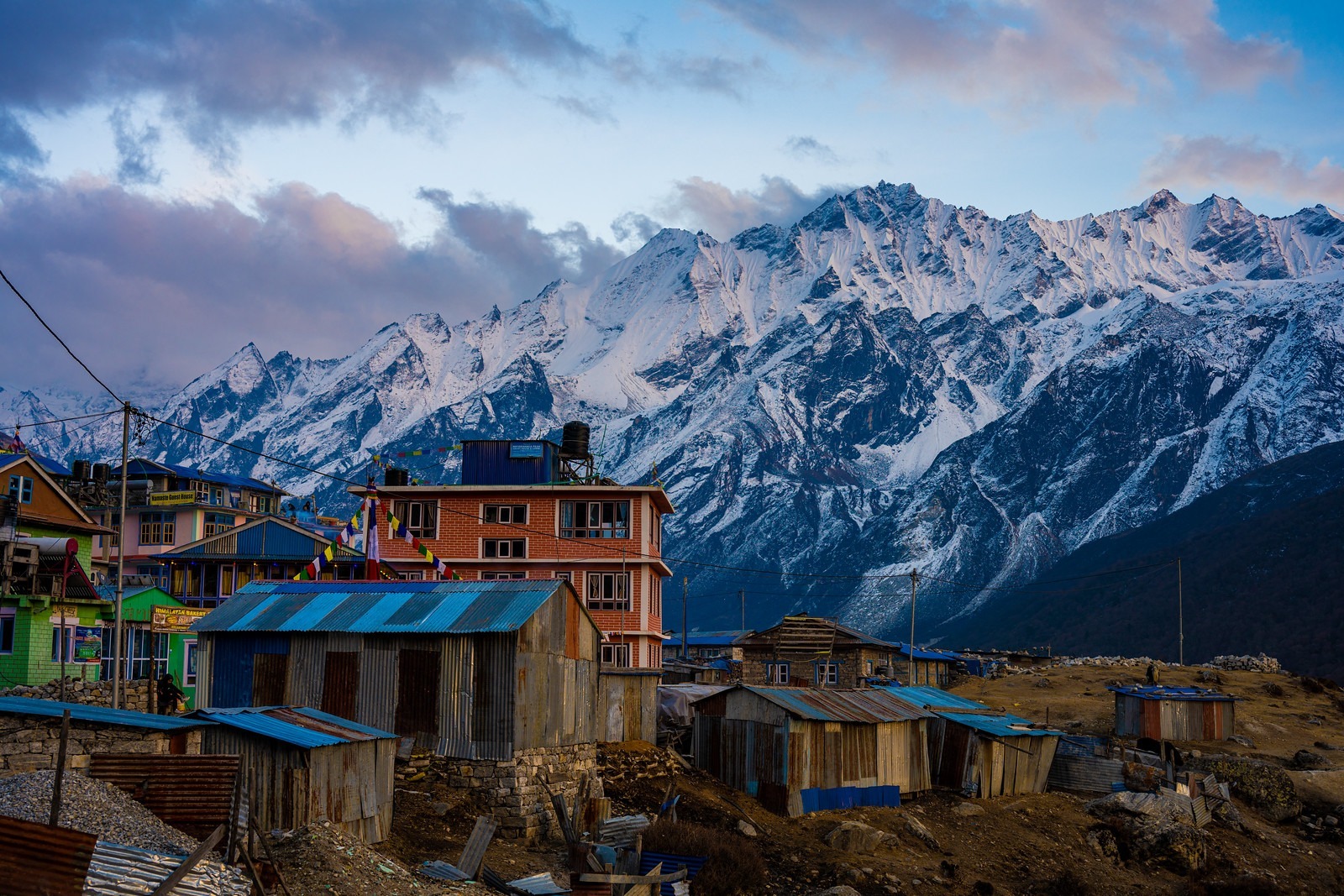
Langtang Valley Trek
Langtang region nepal.
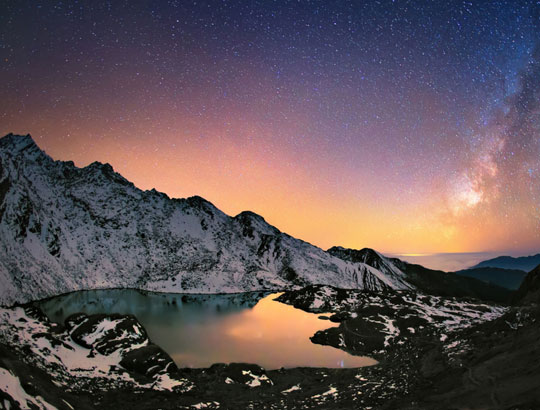
Gosainkunda Lake Trek
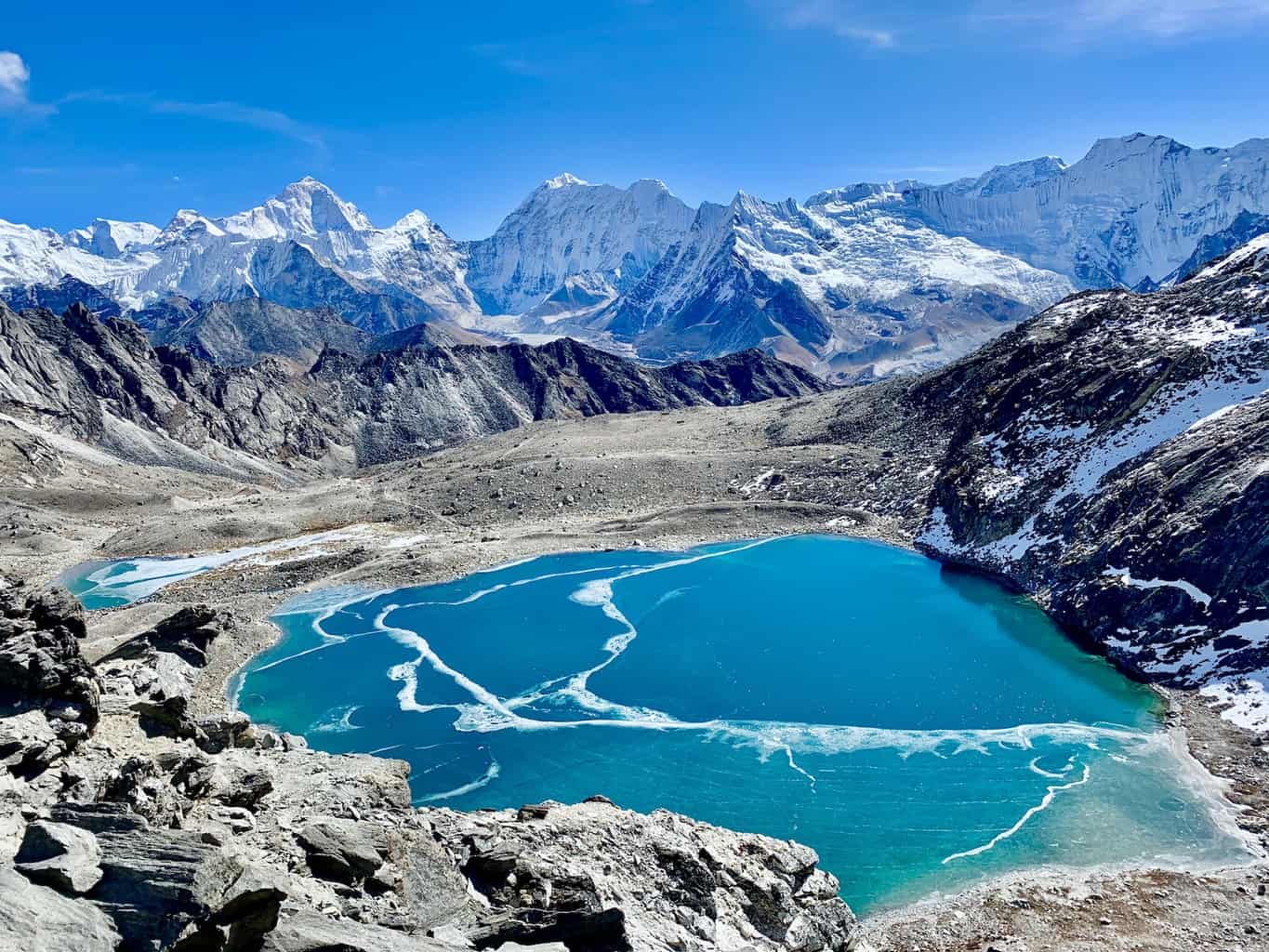
Challenging
Everest High Pass Trek
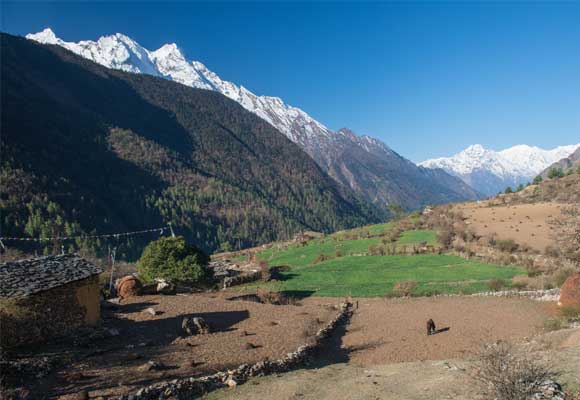
Tsum Valley Trek
Manaslu region of nepal.
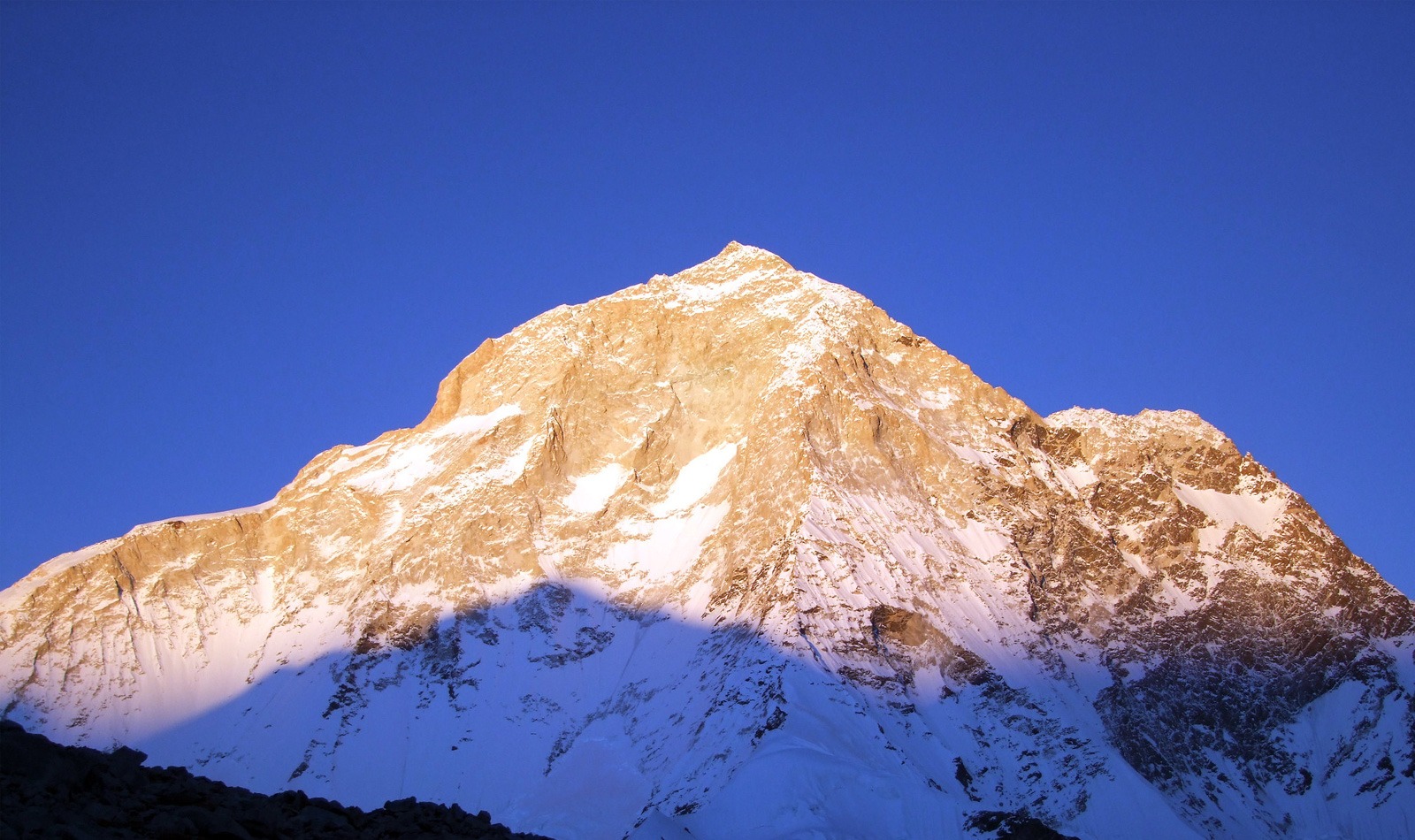
Makalu Base Camp Trek
Makalu region.
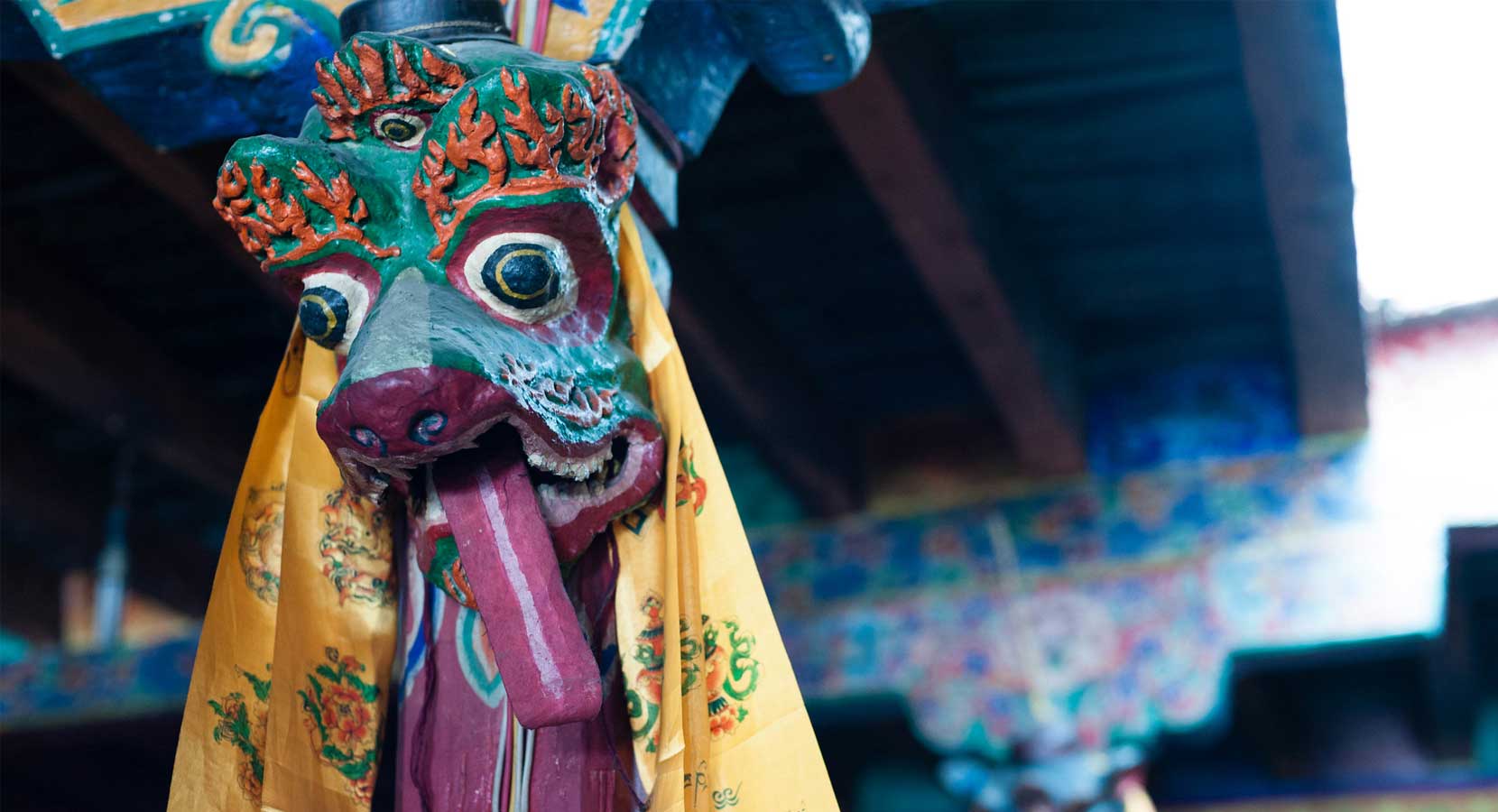
Mustang Tiji Festival Trek
Mustang region.
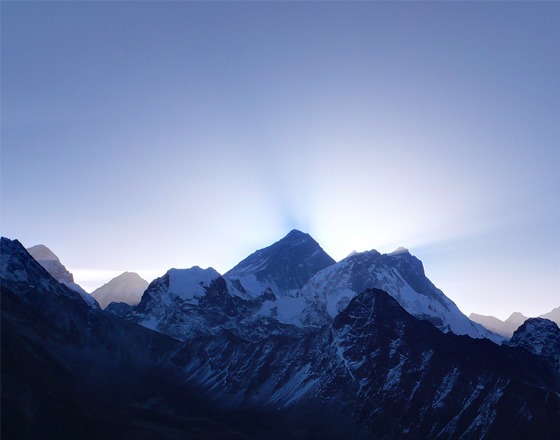
Gokyo Lake Trek

Kanchenjunga Base Camp Trek
Kanchenjunga nepal.

Tsum Valley and Manaslu Trek
Manaslu & annapurna.
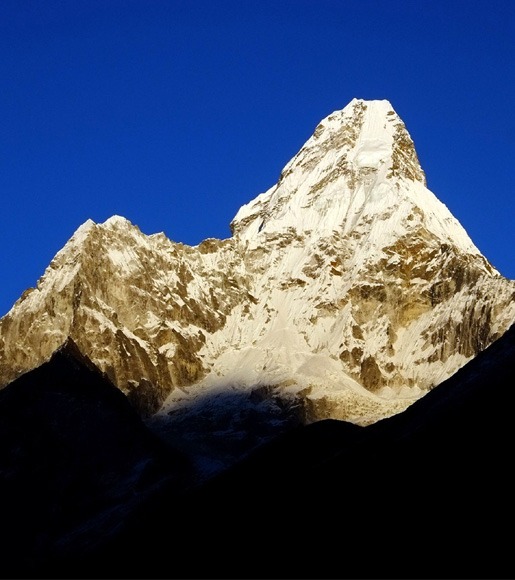
Everest Trek for Family
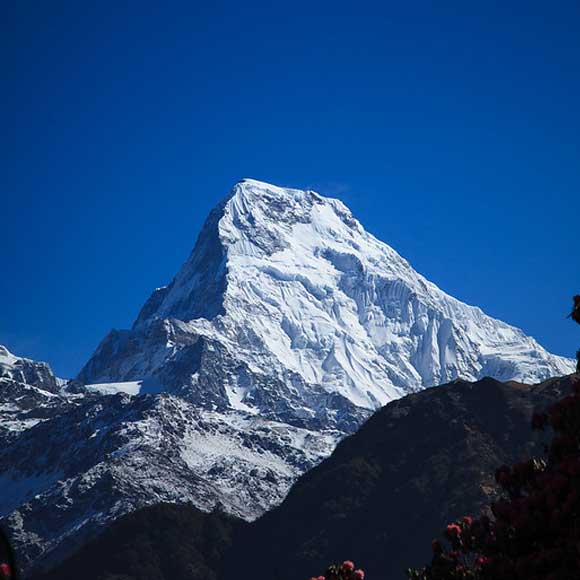
Trek + Safari
Annapurna Trek with Chitwan Safari
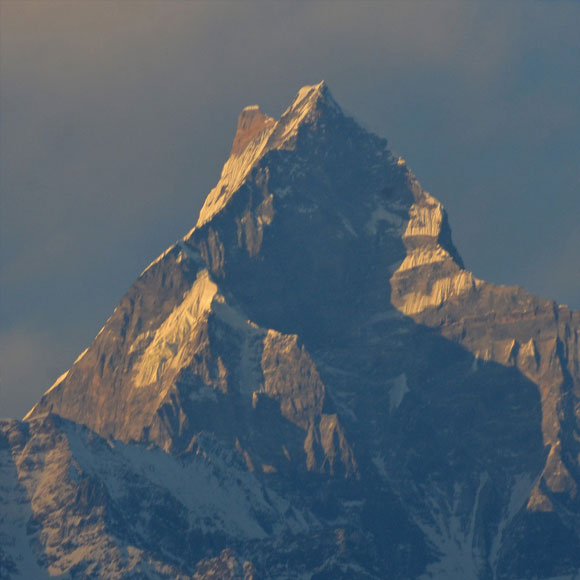
Nepal Family Adventure
Kathmandu, pokhara,chitwan.
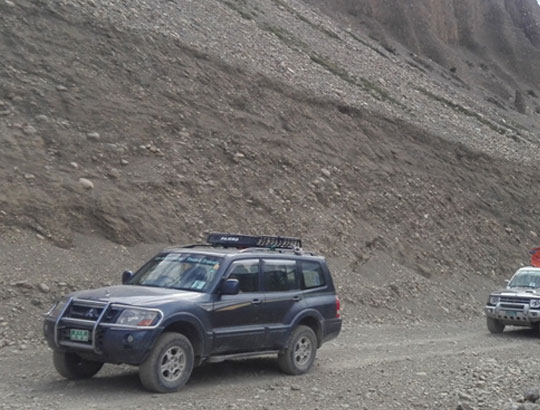
Overland Tour
Upper Mustang Jeep Tour
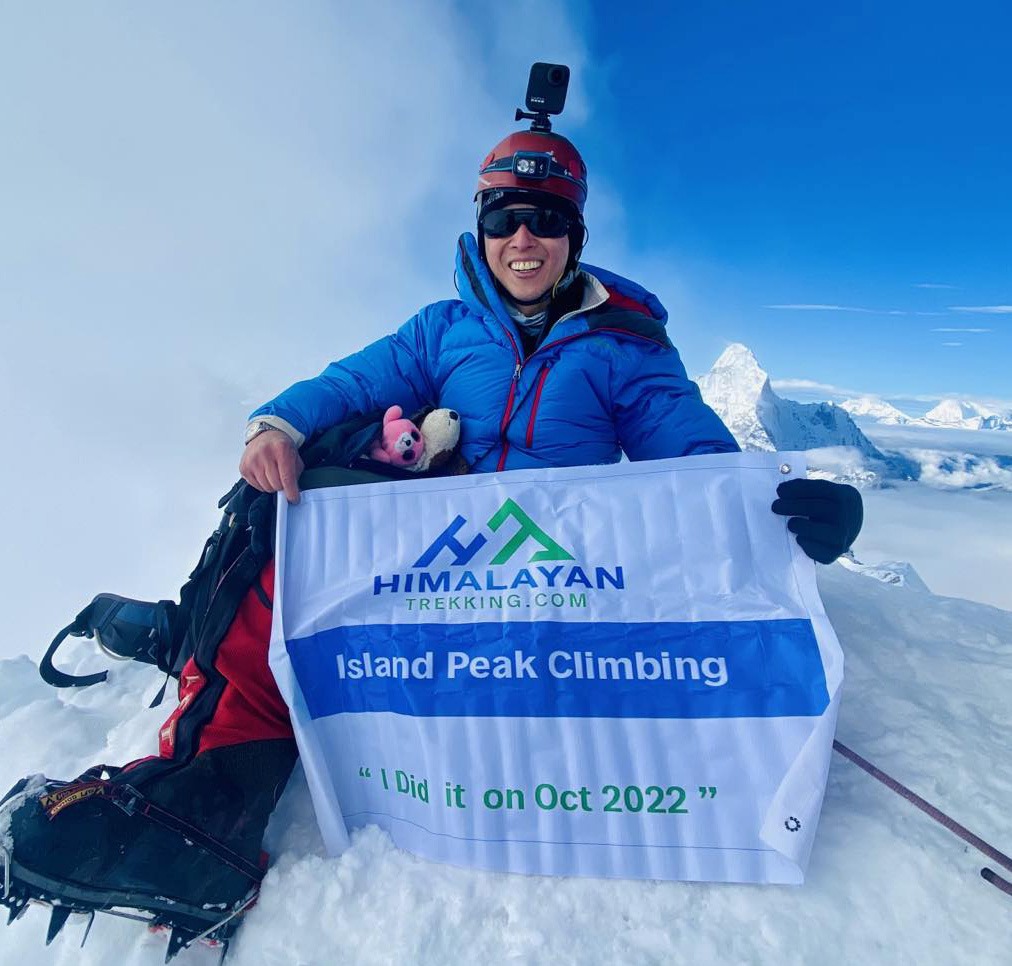
Island Peak Climb with EBC Trek
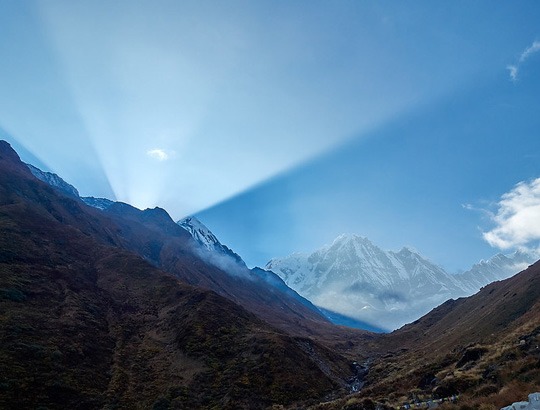
Annapurna Base Camp Short Trek

Mardi Himal Trek
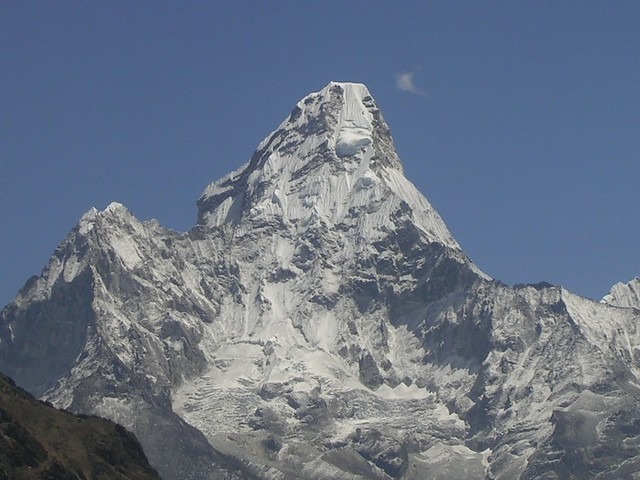
12 Days Everest Base Camp Trek

Annapurna Circuit Trek
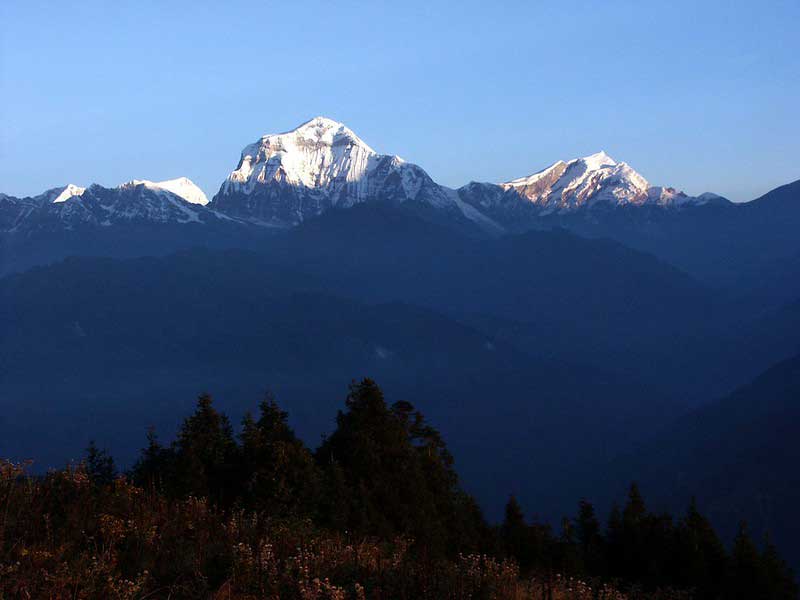
Poon Hill Trek – 4 Days

Manaslu Circuit Trek
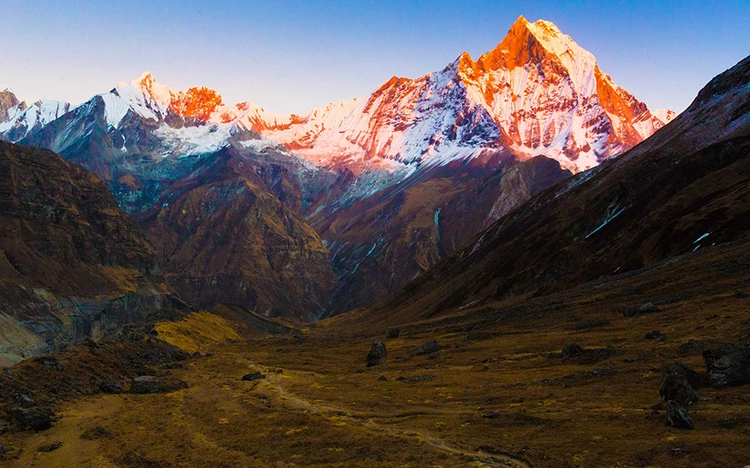
Annapurna Base Camp Trek
© 2024 - Himalayan Trekking and Tours (P) Ltd. All Rights Reserved.

Himalayas on Foot
Local Trekking Company in Nepal
Langtang Valley Trek in March

Langtang Valley Trek in March is a captivating journey in the high-altitude Himalayas. March offers a harmonious blend of delightful weather and favorable temperatures with enchanting mountain topographies . March is just the start of trekking activities, and unlike April and May, there is less number of trekkers, which offers a peaceful atmosphere in a pleasant environment, allowing for an immersive trekking experience. However, as trekkers start to flow more than usual winter season, a lively environment in trekking trails and teahouses is created.
March is the best time to explore the transitional beauty of the Langtang Valley with a mix of snow-filled landscapes and a picturesque floral ambiance. Right after the end of winter in February, the alpine temperature is still somewhat chill. Having said that, it is not particularly cold during March, but the chill of winter subtly persists, adding freshness to the trekking adventure.
Traversing the trekking trails, you may encounter the remains of winter snow. You can glimpse a winter wonderland around the mesmerizing spring beauty. This unique combination adds charm to the trekking journey with a visual feast of white hues mountain peaks beyond the lush scenery. Likewise, the encounter of local villages with traditions, customs, and festivals adds to the cultural dimension of the Langtang Valley Trek . You can indulge in the natural beauty of March while exploring the cultural richness of Langtang Valley.
March Highlights of Langtang Valley Trek

- Forests with heavy rhododendrons and Himalayan wildflowers blossom indicate March as the start of an enchanting spring season.
- The uninterrupted vistas of the Langtang Lirung, Ganesh Himal, and other magnificent peaks against the cloudless skies are the result of stable March weather.
- The temperatures in March are mild and bearable, which aids in comfortable daytime trekking.
- Stunning landscapes with a combination of little snow and vibrant blossoms of Himalayan flowers against the awe-inspiring backdrop of snow-capped peaks create a picturesque setting for Himalayan photography.
- A lively teahouse environment in March denotes the start of trekking activities.
- Warm welcome and authentic hospitality of the local settlements.
- A valuable opportunity to spot the important fauna of the Langtang Valley as they start to become active with the end of the winter season.
- March coincides with several festivals, so there’s a chance to engage in local and cultural celebrations in a charming festive atmosphere along the villages.
Why Should You Do Langtang Trek in March?

Enhanced visibility:
March is an ideal time for high-altitude trekking, including the Langtang Valley Trek, due to its favorable and stable weather conditions. The atmosphere is dry during March with less humidity, like fog. Such weather promotes optimum visibility of the enchanting landscapes in the Langtang surroundings and the incredible Himalayan peaks. No heavy rain, mist, or snowfall will obstruct the clarity of magnificent and serene Himalayan topographies during March.
Suitable Climate:
The March climatic conditions are suitable for trekking activities. Temperatures are milder and promising for comfortable daytime trekking. A dry climate characterized by reduced precipitation offers clean-dry trails. The fresh and blooming nature after a long and hazy winter creates a mesmerizing environmental setting against the wonderful Himalayas. Warm and clear days are accompanied by stable weather conditions, which makes the Langtang Valley Trek in March experience the ideal autumn climate while enjoying the natural attractions of enchanting spring.
Fewer crowds:
The Langtang region experiences less crowds than several other trekking trails in the Himalayas. You can have a close-to-nature trekking journey on peaceful trails. The pleasant climatic conditions favor the comfortable exploration even in the alpine altitudes. Nature comes alive with the spring season, and if wish to savor the full bloom of spring while skipping the crowded routes of the peak season, March is the perfect month to schedule the Langtang Valley Trek.
Photography Opportunities:
March is the beginning of floral bloom, with sprouts of buds and new leaves. As such, the landscapes become incredibly enchanting . The Himalayan birds and animals, along with the regeneration of vegetation, become active. There is a high chance of spotting some valuable species of the Langtang region during the journey.
The trek traverses the amazing biodiversity of the Langtang National Prak, and you can capture the perfect shot of flora and fauna there. Likewise, the weather of the time is stable and clear, allowing clarity in visibility even to photograph the distant beauties. You can capture the awe-inspiring mountain peaks in between the vibrant shades of the landscapes and cloudless blue skies.
Required Permits for Langtang Valley Trek

Trekking permits are the required documents issued by authorized officials in order to carry out trekking activities at a particular Himalayan destination. For the Langtang Valley Trek, there are two major permits that you have to obtain.
Langtang National Park Entry Permit
The Langtang Valley Trek has to pass through the protected area of Langtang National Park . This first Himalayan National Park of Nepal in the Langtang region requires an entry permit to access trekking activities. The Langtang National Park Entry permit costs NPR 3,000 per person . This amount is equivalent to USD 22.65 .
The allocated permit amount is used for the preservation of the local environment for the sustainability of the biodiversity within the National Park. The trekking trails within the National Park offer you a glimpse of the enriched ecosystem in the region. The trek furthermore proceeds through the wonderful vegetation, spotting animal lives and encountering the diverse topographies of the Langtang region.
A TIMS card is a trekking permit, mandatorily required to do every Himalayan trek. TIMS card carries details on trekkers and their trekking destination. The information inserted into a system tracks the whereabouts of trekkers and provides emergency rescue in case of accidents while on the trekking journey. The TIMS card costs NPR 2,000 per person, which is equivalent to USD 15.
Your trekking agency handles all the necessary paperwork and arranges the permits on your behalf before embarking on the Langtang Valley Trek. To issue the permits, you have to provide your agency with all the required information and a copy of your passport with a pp-size photo.
You may also like:
- Langtang Trek Cost
Langtang Trek 7 Days
- Helambu Langtang Trek
Langtang Valley Weather and Temperature in March

The March weather of the Langtang Valley Trek is delightful and stable, with moderate temperatures . March is a beautiful springtime with less atmospheric haze and fog. The favorable weather conditions, like reduced rain and snowfall, uplift the visibility of the Himalayan environment. The surrounding landscapes are seen with enhanced clarity, and the sharp observation of distant scenery is also possible in March. Weather-favored clear blue cloudless skies offer unobstructed views of the magnificent Himalayas. The trekking trails remain dry and clean, which helps for a smooth walk. Similarly, the chance of strong winds, landslides, and avalanches is minimized during this time, contributing to the uninterrupted journey.
The altitude varies significantly, trekking from lower regions to reaching the highest altitudes of 4,773 meters/15,655 feet at Kyanjin Ri. Weather and temperature greatly differ with frequent changes at high altitudes. Although the parts of the lower Langtang region remain dry and pleasant, the climate can be unpredictably changeable with colder temperatures while ascending to height.
The daytime temperature during the Langtang Valley Trek can range from 10-15 degrees Celcius (50 to 59 degrees Fahrenheit), and the nighttime temperature can drop to around -5 to 5 degrees Celcius (23 to 41 degrees Fahrenheit) . The chill breezes accompany you during the early morning and evening. It is recommended for a considerable packing of layers with a mix of heavy and lightweight clothes . You can pack the moisture-wicking flexible tops and buttons for comfortable trekking in warmer daytime and down jackets for warmth in colder conditions.
- Contact Number *
- Your Message *
- Please press 5 to submit *
March Packing Lists for Langtang Valley Trek

Be conscious while packing for the Langtang Valley trek in March because it is a time succeding winter. Consider a layered approach in packing to adjust to the varying temperatures and climatic conditions of March, especially in high-altitude environments.
The Langtang Valley trekking trails pass varied Langtang region topographies. You also have to navigate some sections of the rugged mountainous terrains. So, comfortable packing of proper clothes and gear is essential to overcome the journey easily. Here are the advisable packing lists for an enjoyable trek that fits the weather and temperatures of March.
Gear and Equipment
- Trekking poles
- Sleeping bag (Your trekking agency can give you one if you do not have and has to be returned after the trek)
- Down jacket (Especially required for cold conditions above 4,000 meters)
- Lightweight T-shirts
- Fleece jackets
- Thermal shorts and trousers
- Trekking tops and bottoms
- Hiking trousers
- Wind and waterproof jackets
- Moisture-wicking lightweight dress items
Head, Hand, and Footwear
- UV protection sunglasses
- Headlamp with extra battery
- Woolen and waterproof gloves
- Sturdy hiking boots
- Woolen and light trekking socks
Hygiene and First Aid Kit
- Soap, shampoo and deodorant
- Toothbrush and paste
- Quick drying towel
- Nail cutter
- Wet wipes and hand sanitizer,
- Lip balm and high SPF sunscreen.
- Thermometer
- Safety pins, etc.
Electronics and Travel Accessories
- Smartphones
- Water Bottle
- Diamox tablet (in case of altitude sickness)
March Food and Accommodation

There are several teahouses along the trekking trails that are open and welcoming. These are the commonly found and popularly used forms of accommodation for remote Himalayan trekking adventures. Accommodations are rustic yet comfortable in teahouses with simple amenities. Basic bedding facilities like multiple beds in a single room, mattresses, a set of pillows, and a warm blanket are offered.
Similarly, bathrooms and dining areas are also available in a shared option. Expect no modern-style toilets and be self-occupant with hygiene and toiletries. You have to pay extra for the hot shower and wifi facilities. At higher prices, you can also opt for the modern amenities in luxurious lodges for a lavish stay. However, these options are available only at the lower regions of trekking, and the accommodations start to decline, reaching more at higher altitudes.
You can enjoy the taste of delicious local and continental cuisines in teahouses. The popular meal at teahouses is typical Nepali dal bhat, and the curries are made out of locally available fresh seasonal vegetables. The other meal options are chowmein, momo, mushroom soups, yak steaks, noodles, thukpa, etc., and international dishes like burgers, sandwiches, pizza, etc. The common dining space in the teahouses offers a chance to connect with fellow trekkers and lighten up the atmosphere.
Several hard and soft drinks are available, like milk, hot water, canned juice, tea choices (milk, black, honey, ginger, lemon), coffee (milk and black), and alcoholic drinks (not recommended as it complicate health and acclimatization). Drinking water taps along the way offer free water that is drinkable after a purifying solution. You can buy bottled water throughout the trekking routes. However, food, drinks, and accommodation prices increase with altitude .
Note: March is the beginning time for the Himalayan trekking, and the flow of trekkers can reserve the available accommodation spaces. So, check the accommodation availability before going on the journey and book the room if there is a low chance of getting a preferred stay.
Useful Tips for Langtang Valley Trek in March

- The Langtang Valley Trek is moderately challenging and requires considerable body fitness with mental preparedness to deal with the rugged mountainous terrains and diverse climatic conditions.
- March undoubtedly has mild temperatures with pleasant warm days. However, the higher altitudes can still experience cold mornings and nights, which requires warm clothes. So, consider packing layered clothes for both warm and cold conditions.
- Altitude sickness has a probability at higher altitudes above 2,500 meters, which requires acclimatization days to properly adjust to the elevation. Also, do not rush and consider a gradual and steady ascent.
- Good personal hygiene and staying well-hydrated promote well-being and reduce the risk of altitude sickness.
- A basic first aid kit and general medications help in accidents and health attacks.
- You can capture the enchanting landscapes of Langtang Valley in March, including heavily bloomed forests and mesmerizing mountains in upgraded clarity.
- It is recommended to obtain permits primarily for a smooth and uninterrupted trekking experience.
- As the trekking trails are moderately challenging, it is good to have an experienced and knowledgeable guide for safe navigation assistance and cultural immersion.
- Porters are also recommended as they assist in carrying your backpack and let you enjoy the journey.
- Be mindful of weather changes and temperature variations and keep regular updates on the weather forecast.
Langtang Valley Trek in March FAQs:

How long does it take to complete the Langtang Valley trek?
Langtang Valley Trek is not a lengthy journey. It can finish easily within a duration of around 7 to 10 days, covering a distance of approximately 65 to 75 kilometers (40 to 47 miles). The duration depends upon the route of the trek, any side trips taken, and the pace of each individual trekker.
Is March a good time for Langtang Valley Trek?
March is an excellent time for trekking the Langtang Valley. The milder temperature and stable weather make it an ideal time for Himalayan adventure. Though the time before and after the sun is colder at high altitudes, days are warm and pleasant, which is suitable throughout the trekking hours.
What is the difficulty level of Langtang Valley Trek?
Langtang Valley Trek is considered to be moderately difficult and suitable for trekkers with moderate fitness levels. The trek contains steep trails, and ascending and descending through the inclined rugged terrains are often challenging. The challenges can be easily addressed with sound health and robust physical stamina.

Are ATM facilities available along the route?
There are no ATM facilities along the trekking trails of the Langtang Valley. It will be better to withdraw enough cash from the abundant ATMs in Kathmandu. Though some lower region villages may have basic banking facilities , carrying adequate money helps for the smooth trekking journey.
What are the preparations for the Langtang Valley Trek?
For the Langtang Valley trek, prepare yourself inside out. A physically fit body with mental readiness for the trek is what you need primarily. Then, you can follow a slow elevation gain with adequate acclimatization days, maintaining hydration. You can consider light physical exercises and endurance training to build up strength for consecutive trekking days.
Are accommodations available in the March Trek of Langtang Valley?
March is the starting time of trekking activities in the Himalayas. A vibrant atmosphere is found in the teahouses and trekking trails, with a flow of trekkers/travelers. You can find several teahouses and lodges open along the trails , which can be occupied easily. So, checking and booking accommodations is advisable.
What should I pack for the Langtang Valley Trek in March?
Consider packing mixed clothes for the Langtang Valley Trek in March. Weather and temperatures are favorable for daytime trekking, for which you need lightweight, flexible clothes. In contrast, the high-altitude regions face climatic variations with colder nights and mornings, so pack down jackets to stay warm. Pack sturdy trekking boots and trekking poles for good grip and maintaining balance while trekking.
You may also like...

Langtang Valley Trek Cost

Gosaikunda Trek Cost

Himalaya Discovery Adventures
Everest Base Camp Trek in March
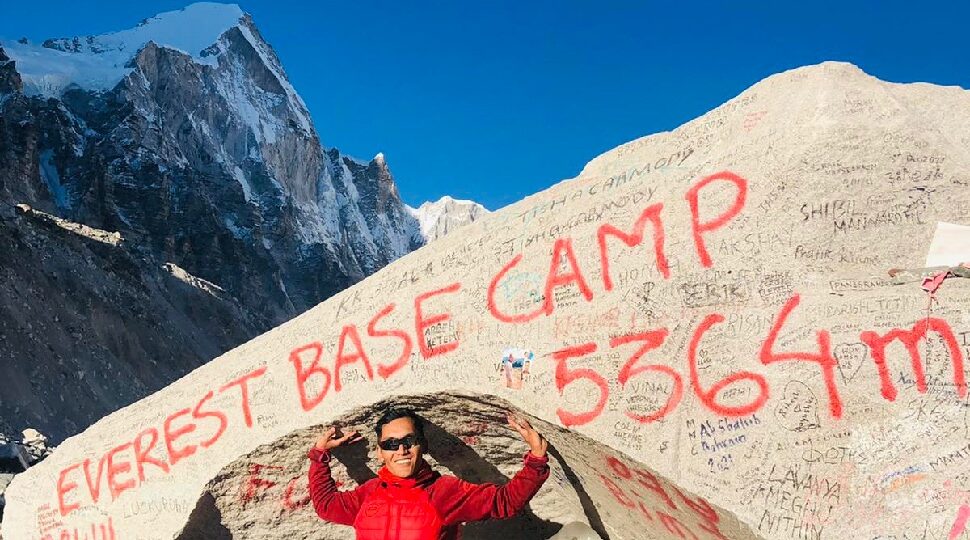
March is the starting of spring, one of Nepal’s two high season. While temperatures in the high Himalayas are likely to be chilly. Hikers hit the trails in big number again in March, and there are several good reasons to do so. Here’s everything you need to know about hiking to Everest Base Camp in March.
Everest Base Camp Weather in March
Rain is uncommon in March, so clear mountain views in the Everest region is great. However, as temperature goes up throughout Nepal, especially the second half of the month, humidity rises. You’ll still get good clear views, but they won’t be as crisp or as reliable as they were in the winter.
The advantage is, of course, that March has warmer temperatures than January or February . While snow may remain at higher altitudes, and unexpected snowfall can break plans at any time, many trails will be thawing out by this time.
You should still prepare for chilly weather—temperatures in Namche Bazaar, for example, can drop below -3°C in the night. But they can also be as high as 12°C.
Everest Base Camp Trek: Crowds & Costs
While March isn’t as busy as April, guesthouses on the classic Everest Base Camp (EBC) route fills up quickly during this time. Trekking with a professional Sherpa guide is one way of preventing this, as they will book you into a decent lodge, although the options will be limited due to how busy the trails are.
Alternatively, you might choose an offshoot of the EBC trip that explores the same area but takes a less traveled route. Some ideas are given below.
Routes Recommendations
The classic Everest Base Camp trip is famous for a reason—but it is incredibly popular. There are numerous alternative routes in the Everest area that overlap with EBC but take you down quieter paths if you prefer quieter routes and views unobstructed by other trekkers’ heads.
Some of the more off-the-beaten-path camping expeditions are not recommended in March as temperatures at higher altitudes may still be cold, especially at night, and snow could be a concern. However, as March marks the start of the spring trekking season, many teahouses will reopen after their winter break, providing better accommodation choices than in January or February.
The Gokyo Ri trek diverges towards the blue waters of the trail’s nickname glacial lakes. The Tengboche Monastery trek leads you to one of Nepal’s most important Buddhist monasteries, from which you can see the spectacular Ama Dablam.
The Dingboche journey is similar but extends a little further to the little Dingboche village. The Ama Dablam Base Camp trek is also a great way to explore a place that many people seem to miss when trekking in this area.
Trekking peaks are usually accessible again in March, so if you want a more difficult challenge than a simple trip and have prior high-altitude climbing experience, a trekking peak is a suitable beginning to Himalayan climbing. Island Peak (20,305 feet/6,189 m) is a difficult but not too technical climb.
The journey to get there follows much of the classic EBC trek, so if this is your first time in the region, you can get the best of both worlds by following a popular route and going somewhere less visited.
What You Should Bring?
While the good teahouses normally provide blankets, it’s always a good idea to carry your own sleeping bag. Teahouse blankets aren’t washed very often, so they’re best used as a top layer, above your own cozy sleeping bag.
While a winter-weight sleeping bag will most likely be useful, they are quite bulky. Combining a three-season sleeping bag with teahouse woolen blankets should sufficient, as long as you also have appropriate clothing .
Down jackets are good because they are lightweight and easily packed away during the day if you get too warm while walking. Bring woolen hats, gloves, socks, and scarves, as well as good merino and synthetic fiber clothing to keep you warm in the evenings and nights.
Getting There and Away
Flying from Kathmandu to Lukla is the shortest way to reach the Everest region. Although rainfall is normally low in March, Kathmandu is especially smoggy and dusty in the run-up to the monsoon in June, which could cause flight delays.
Domestic flights between Kathmandu and Lukla will also fill up quickly in March, so book as far in advance as possible.
Know more how to get to the Lukla
If you’re looking for a longer adventure and wish to walk (nearly) the entire distance, take the trail from Jiri to Lukla. The ‘Pioneers’ Route’ was named after the trekking route that early Western mountaineers used to reach the Everest region before Lukla’s airport was built. Jiri is located approximately one day’s journey from Kathmandu.
Festivals and Events in March
The Everest region is mainly Tibetan Buddhist in culture and religion, and many of Nepal’s most interesting March festivals are based on Hindu traditions, so they are not widely celebrated in the mountains.
However, if you plan a trip in Nepal in March, you can join one of the following Kathmandu festivals before or after your trek. Traditional Nepali celebrations usually follow a lunar calendar, therefore certain events that fall in March one year may fall in February or April the next. Festivals that so often fall in March are:
Ghode Jatra is a Kathmandu-specific celebration during which the Nepal Army races horses at the parade ground (Tundhikhel) to ward off the demon Gurumapa.
Maha Shivaratri is especially vibrant at Kathmandu’s Pashupatinath Temple, where thousands of sadhus (Hindu holy men) gather to worship Lord Shiva.
Holi is a spring festival in which water and colorful powders are thrown around in celebration.
Our Top EBC itineraries in March
- Everest Panorama Trek – 11 Days
- Gokyo Ri Trek – 14 Days
- Everest Three Passes Trek – 16 Days
- Everest Base Camp and Climb Island Peak – 20 Days
More Useful Information
- Everest Base Camp in January
- Everest Base Camp in November
- Best Time to Time to Trek Everest Base Camp
- Nepal in April
Do you have any question about trip to Nepal?
- Solo Traveller
- Number of child (if you have child in your family/group) (Optional)
- When will you be traveling?* * Day 1 2 3 4 5 6 7 8 9 10 11 12 13 14 15 16 17 18 19 20 21 22 23 24 25 26 27 28 29 30 31 Month 1 2 3 4 5 6 7 8 9 10 11 12 Year 2025 2024 2023 2022 2021 2020 2019 2018 2017 2016 2015 2014 2013 2012 2011 2010 2009 2008 2007 2006 2005 2004 2003 2002 2001 2000 1999 1998 1997 1996 1995 1994 1993 1992 1991 1990 1989 1988 1987 1986 1985 1984 1983 1982 1981 1980 1979 1978 1977 1976 1975 1974 1973 1972 1971 1970 1969 1968 1967 1966 1965 1964 1963 1962 1961 1960 1959 1958 1957 1956 1955 1954 1953 1952 1951 1950 1949 1948 1947 1946 1945 1944 1943 1942 1941 1940 1939 1938 1937 1936 1935 1934 1933 1932 1931 1930 1929 1928 1927 1926 1925 1924 1923 1922 1921 1920
- How many days do you have?* *
- Give your trip a short title* *
- Private Trip
- Bellow 200$
- 200$ - 500$
- 500$ - 800$
- 800$ - 1200$
- 1200$- 2000$
- 2000$ and above
- Describe your trip* *
- Full Name* *
- Your Email* *
- Country* * Afghanistan Albania Algeria American Samoa Andorra Angola Anguilla Antarctica Antigua and Barbuda Argentina Armenia Aruba Australia Austria Azerbaijan Bahamas Bahrain Bangladesh Barbados Belarus Belgium Belize Benin Bermuda Bhutan Bolivia Bonaire, Sint Eustatius and Saba Bosnia and Herzegovina Botswana Bouvet Island Brazil British Indian Ocean Territory Brunei Darussalam Bulgaria Burkina Faso Burundi Cabo Verde Cambodia Cameroon Canada Cayman Islands Central African Republic Chad Chile China Christmas Island Cocos Islands Colombia Comoros Congo Congo, Democratic Republic of the Cook Islands Costa Rica Croatia Cuba Curaçao Cyprus Czechia Côte d'Ivoire Denmark Djibouti Dominica Dominican Republic Ecuador Egypt El Salvador Equatorial Guinea Eritrea Estonia Eswatini Ethiopia Falkland Islands Faroe Islands Fiji Finland France French Guiana French Polynesia French Southern Territories Gabon Gambia Georgia Germany Ghana Gibraltar Greece Greenland Grenada Guadeloupe Guam Guatemala Guernsey Guinea Guinea-Bissau Guyana Haiti Heard Island and McDonald Islands Holy See Honduras Hong Kong Hungary Iceland India Indonesia Iran Iraq Ireland Isle of Man Israel Italy Jamaica Japan Jersey Jordan Kazakhstan Kenya Kiribati Korea, Democratic People's Republic of Korea, Republic of Kuwait Kyrgyzstan Lao People's Democratic Republic Latvia Lebanon Lesotho Liberia Libya Liechtenstein Lithuania Luxembourg Macao Madagascar Malawi Malaysia Maldives Mali Malta Marshall Islands Martinique Mauritania Mauritius Mayotte Mexico Micronesia Moldova Monaco Mongolia Montenegro Montserrat Morocco Mozambique Myanmar Namibia Nauru Nepal Netherlands New Caledonia New Zealand Nicaragua Niger Nigeria Niue Norfolk Island North Macedonia Northern Mariana Islands Norway Oman Pakistan Palau Palestine, State of Panama Papua New Guinea Paraguay Peru Philippines Pitcairn Poland Portugal Puerto Rico Qatar Romania Russian Federation Rwanda Réunion Saint Barthélemy Saint Helena, Ascension and Tristan da Cunha Saint Kitts and Nevis Saint Lucia Saint Martin Saint Pierre and Miquelon Saint Vincent and the Grenadines Samoa San Marino Sao Tome and Principe Saudi Arabia Senegal Serbia Seychelles Sierra Leone Singapore Sint Maarten Slovakia Slovenia Solomon Islands Somalia South Africa South Georgia and the South Sandwich Islands South Sudan Spain Sri Lanka Sudan Suriname Svalbard and Jan Mayen Sweden Switzerland Syria Arab Republic Taiwan Tajikistan Tanzania, the United Republic of Thailand Timor-Leste Togo Tokelau Tonga Trinidad and Tobago Tunisia Turkmenistan Turks and Caicos Islands Tuvalu Türkiye US Minor Outlying Islands Uganda Ukraine United Arab Emirates United Kingdom United States Uruguay Uzbekistan Vanuatu Venezuela Viet Nam Virgin Islands, British Virgin Islands, U.S. Wallis and Futuna Western Sahara Yemen Zambia Zimbabwe Åland Islands Country
- Phone Number (Optional)
You May Also Like...

Training for Everest Base Camp Trek Nepal

Everest Base Camp Trek in November
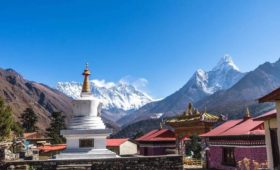
Everest Base Camp Trek in December
Leave a reply cancel reply.
Your email address will not be published. Required fields are marked *

“I was born and raised in Nepal, nearby Everest region. I am proud to be a native Sherpa, and I have been a Mountain guide over a decade now. Following my passion, I decided to start helping travelers with their travel plans! I think life is a journey, a trip where you collect experiences when you share with other people and with nature.”
Privacy Overview

Himalayan 360
A Leading B2B Nepal Operator
Call Expert (Raj) 24X7

Quick Questions? Email Us
Mardi himal trek guide 2024 | popular trek itinerary.
Are you planning a Mardi Himal this year? If Yes, here is the Mardi Himal trek guide 2023. The Trek is a relatively new and less crowded trekking route than the most famous trek Annapurna base camp or Everest base camp trek .
The Mardi Himal Trek typically takes 4-10 days to complete from Kathmandu( Get Tourist bus ticket from Kathmandu to Pokhara ), and the trail covers a distance of about 64 kilometers (40 miles).
The trek starts and ends in the picturesque city of Pokhara , which is easily accessible from Kathmandu by bus or domestic flight. Pokhara is a gateway for so many trekking routes including Poon Hill, ABC Trek, Khopra Trek, and Poon Hill trek. You can also join the Mardi Himal trekking route after finishing the Annapurna base camp trek, Poon Hill trek, and Khopra Danda trek .
The trail leads through dense forests of rhododendron, oak, and bamboo, and passes by traditional Gurung and Magar villages, offering trekkers an opportunity to experience the local culture and way of life.
The Mardi Himal Trek is a moderate-level trek and is suitable for trekkers of all ages and fitness levels.
However, it is recommended that trekkers have some prior trekking experience and be in good physical condition to complete the trek comfortably. The trek involves some steep ascents and descents, and trekkers will need to carry their own gear.
During the trek, trekkers will stay in teahouses or lodges along the trail. These accommodations provide basic facilities such as food, hot showers, and comfortable beds.
The trail offers several vantage points from where trekkers can catch stunning views of the Annapurna range, including the famous peaks of Machhapuchhre (Fishtail), Annapurna South, and Hiunchuli.
The best time to go on This Trek is during the spring (March to May) and autumn (September to November) seasons when the weather is clear and mild.
The trail can be challenging during the monsoon season (June to August) when the trail is slippery and muddy. The winter season (December to February) is also possible, but the trek can be cold and snow-covered in higher elevations. This awesome video of Mardi Himal is For those who want to see the actual landscape of Mardi Himal.
Table of Contents
how difficult is Mardi Himal trek?
The difficulty level of trek is considered to be a moderately challenging trek that requires a moderate level of fitness and some previous trekking experience. This trek is a relatively new trekking route in the Annapurna region of Nepal. The trek starts from the village of Kande, which is a short drive from the city of Pokhara, and takes you to the base camp of Mardi Himal , which stands at an altitude of 4,500 meters.
Trek Overview – Mardi Himal Trek Guide 2023
- Location: This trekking route is located in the Annapurna region of Nepal, to the east of the popular Annapurna Base Camp Trek. The trek takes place in the Annapurna Conservation Area, which is home to a diverse range of flora and fauna.
- Duration: Trekking route typically takes between 7-10 days to complete, depending on the itinerary and pace of the trekker. The trek can be customized to fit different schedules and fitness levels.
- Difficulty level: The Mardi Himalis considered a moderate trek, suitable for trekkers with some prior experience of hiking or trekking. The trek reaches a maximum altitude of 4,500 meters (14,764 feet) and involves some steep ascents and descents.
- Highlights: This trekking route is known for its stunning views of the Annapurna and Dhaulagiri ranges, as well as the beautiful forested landscapes and traditional Gurung and Magar villages that it passes through. Trekkers can also enjoy panoramic views of Mardi Himal, Hiunchuli, and Machhapuchhre (also known as Fish Tail).
- Accommodation: This trek is a teahouse trek, there are guesthouses and lodges along the route where trekkers can stay and eat. Accommodation is basic but comfortable, with private rooms or dormitory-style accommodation available.
- Best time to go : The best time to go on the Mardi Himal Trek is from March to May and from September to November when the weather is generally clear and dry. During the winter months (December to February), the trail can be snowy and difficult to navigate, while during the summer months (June to August), the trail can be muddy and slippery due to monsoon rains.
- Trek Permit for Mardi Himal Trek : To trek on the Mardi Himal Trail, trekkers must obtain a TIMS (Trekkers’ Information Management System) card and an Annapurna Conservation Area Permit (ACAP). These can be obtained from the Nepal Tourism Board or from a trekking agency in Kathmandu or Pokhara.
- Mardi Himal Trekking route: Trek typically starts and ends in the town of Kande(if can be different as per your itinerary and duration of the Trek), which is located about an hour’s drive from the city of Pokhara. From Kande, trekkers follow a well-marked trail through forests, villages, and alpine meadows, reaching the highest point of the trek at the Mardi Himal Base Camp. The trek then descends back down to the Sidhing or other exist points.
Overall, Trek is a beautiful and rewarding trekking route that offers stunning views, cultural experiences, and a sense of adventure. It is a great option for those looking for a less crowded trekking experience in Nepal.
Facts of trek
- Trek is a relatively new trekking route in the Annapurna region of Nepal, first opened to trekkers in 2012.
- The trek takes its name from Mardi Himal, a peak in the Annapurna range that stands at 5,587 meters (18,330 feet).
- Trek is considered a moderate trek, with a maximum altitude of 4,500 meters (14,764 feet).
- The trail is known for its scenic beauty, including stunning views of the Annapurna and Dhaulagiri ranges, as well as picturesque villages and forests.
- The trek typically takes between 7-10 days, depending on the itinerary and pace of the trekker.
- The trail is relatively uncrowded compared to other popular trekking routes in Nepal, making it an ideal option for those looking to get off the beaten path.
- The best time to go on the Mardi Himal is from March to May and from September to November when the weather is generally clear and dry.
- The trek passes through several traditional Gurung and Magar villages, allowing trekkers to experience the local culture and way of life.
- The Mardi Himal is a teahouse trek, meaning that there are guesthouses and lodges along the route where trekkers can stay and eat.
- The Mardi Himal Trekking route is a sustainable trekking route, with efforts being made to minimize the environmental impact of trekking and support local communities through tourism.
how long is Mardi Himal trek?
The trek duration depends on which itinerary you are using. I am giving below 4 different trekking itineraries for Mardi Himal please read the following itineraries with all the details and information.
Mardi Himal Trek 4 Days itinerary
- Day 1: Drive to siding and trek to Low camp
- Day 2: Trek to High camp
- Day 3: Hike upto View Point and trek back to Badal Danda
- Day 4: Trek back to siding and drive to Pokhara
Want instant costing? contact on Whatsapp
Mardi Himal Trek 5 Days Itinerary
- Day 1: Drive from Pokhara to Kande and trek to Deurali
- Day 2: Trek from Deurali to Rest Camp
- Day 3: Trek from Rest Camp to High Camp
- Day 4: Hike from High Camp to Mardi Himal Base Camp and back to High Camp, and then trek down to Badal danda
- Day5: Trek down to Siding and drive back to Pokhara
Mardi Himal trek 7 Days Itinerary
- Day 4: Hike from High Camp to Mardi Himal Base Camp and back to High Camp
- Day 5: Trek from High Camp to Siding homestay
- Day 6: Trek from Siding to Lumre and drive back to Pokhara
Mardi Himal trek 8 Days itinerary
- Day 1: Drive from Pokhara to Kande and trek to Australian camp
- Day 2: Trek from Australian camp to Forest Camp
- Day 3: Trek from Forest Camp to High Camp
- Day 5: Trek from High Camp to Siding Home Stay
- Day 6: Trek from Siding Home Stay to Ghalel homestay
- Day 7: Trek from Ghalel homestay to Lwang homestay
- Day 8: Drive back to Pokhara
Mardi Himal 14 Days itinerary with homestay
- Day 1: Arrival in Kathmandu
- Day 2: Drive to Pokhara
- Day 3: Drive to Kande and trek to Deurali
- Day 4: Trek to Rest camp
- Day 5: Trek to High camp
- Day 6: Morning hike to a viewpoint and Trek back to Badal danda
- Day 7: Trek to Siding homestay
- Day 8: Trek to Ghalel homestay
- Day 9: Trek to Lwang homestay
- Day 10: Trek to Dhampus homestay
- Day 11: Trek to Astam village eco-lodge
- Day 12: Drive to Pokhara
- Day 13: Drive to Kathmandu
- Day 14: Fly back home
Permits requirements And Cost Details
Mardi Himal Trek is a popular trekking route in the Annapurna region of Nepal, offering stunning views of the Himalayan mountains and the surrounding landscapes. To trek in the Mardi Himal area, trekkers are required to obtain two permits 1) Annapurna Conservation Area Permit (ACAP) 2) Trekkers’ Information Management System (TIMS) Card.
Here’s a breakdown of the permit requirements for the Trek
- Annapurna Conservation Area Permit (ACAP) : The ACAP is a mandatory permit for all trekkers traveling in the Annapurna region. The permit is issued by the Annapurna Conservation Area Project (ACAP) office and costs NPR 3,000 (approximately USD 26) per person. Trekkers can obtain the permit in Kathmandu or Pokhara or at the ACAP office in Besisahar .
- Trekkers’ Information Management System (TIMS) Card : The TIMS Card is a mandatory permit for all individual trekkers in Nepal. It is issued by the Trekking Agency Association of Nepal(TAAN) and Nepal Tourism Board and costs NPR 2,000 (approximately USD 17) per person. Trekkers can obtain the TIMS card in Kathmandu or Pokhara or at the Nepal Tourism Board office in Kathmandu.
Mardi Himal Trek Map
The trek starts from the village of Kande, which is located about 30 minutes drive from Pokhara. From Kande, the trail leads to Australian Camp, then to Forest Camp and Low Camp. From Low Camp, the trail goes through the forest and reaches High Camp, which offers stunning views of the Annapurna and Dhaulagiri mountain ranges.
The final destination of the trek is Mardi Himal Base Camp , which is located at an altitude of 4,500 meters. From the base camp, trekkers can enjoy breathtaking views of the Mardi Himal, Machhapuchhre (Fishtail), Annapurna South, and Hiunchuli mountains.
Some FAQs of trek
What is the cost of the mardi himal trek.
On average, the Trek can cost anywhere between USD 150 to USD 1000 per person. But the cost of the Trek can vary depending on several factors, such as the season, the duration of the trek, the accommodation, and the services of the guide and porter.
Is it possible to do the Mardi Himal Trek independently?
Yes, it is possible to do this trek independently. However, it is recommended to hire a local guide or porter to help with navigation and to ensure your safety during the trek. Guides can also provide valuable information about the local culture and customs.
How long is the Mardi Himal Trek?
Trek usually takes 7 to 10 days(Kathmandu to Kathmandu), depending on the route and the pace of the trekker.
What is the best time to do the Mardi Himal Trek?
The best time to do the Trek is during the spring (March to May) and autumn (September to November) seasons. The weather is usually clear, and the views of the Himalayas are spectacular during these months.
Is the Mardi Himal Trek difficult?
Trek is considered a moderate trek. It is suitable for trekkers with a good level of fitness and some previous trekking experience. The trail can be steep at times, but it is not overly challenging.
What are the highlights of the Mardi Himal Trek?
Trek offers stunning views of the Himalayas, including Mount Machhapuchhre (Fishtail), Annapurna South, and Hiunchuli. Trekkers also get chances to explore beautiful forests, charming villages, and terraced fields. The trek offers a chance to experience the local culture and traditions of the Nepalese people.
What is the altitude of the highest point of trek?
The highest point on the Trek is Mardi Himal Base Camp , which is at an altitude of 4,500 meters (14,763 feet) above sea level.
What kind of accommodation is available during the Trek?
The Mardi Himal Trek offers a range of accommodation options, including teahouses, Homestay, and lodges. These provide basic facilities such as a bed, blanket, and food. However, it is recommended to bring a sleeping bag and other personal items for a more comfortable experience.
What is the route of the Trek?
Trek usually starts from the village of Kande or Phedi and passes through forests, streams, and traditional villages like Pothana and Deurali. The trail then leads to the Mardi Himal Base Camp, from where trekkers can enjoy panoramic views of the Himalayas.
Do I need a permit to do the Mardi Himal Trek?
Yes, trekkers need a permit to do the Trek. The permit can be obtained from the Annapurna Conservation Area Project (ACAP) office in Pokhara or Kathmandu.
What kind of physical fitness is required for the Trek?
The Mardi Himal Trek requires a good level of physical fitness. Trekkers should be able to walk for 5-7 hours a day on a steep and rocky trail. It is recommended to start preparing for the trek at least a month in advance with cardio exercises, hiking, and walking.
Can I rent trekking equipment in Nepal for the Trek?
Yes, trekking equipment can be rented in Nepal for the Mardi Himal Trek. There are several shops in Kathmandu and Pokhara that rent trekking gear such as sleeping bags, down jackets, and hiking boots.
What kind of food is available during the Trek?
The teahouses and lodges along the Mardi Himal Trek offer a range of Nepalese and Western dishes such as dal bhat (rice and lentils), momos (dumplings), noodles, and soups. Vegetarian and non-vegetarian options are available, but the availability of meat can be limited at higher altitudes.
Is altitude sickness a concern on the Trek?
Altitude sickness can be a concern on the Mardi Himal Trek as it involves trekking at high altitudes. It is recommended to take necessary precautions such as acclimatization, staying hydrated, and following a gradual ascent. In case of any symptoms of altitude sickness such as headaches, nausea, or dizziness, trekkers should inform their guide and descend to a lower altitude.
What kind of wildlife can be seen during the Trek?
The Mardi Himal Trek passes through forests that are home to a variety of wildlife, including Himalayan pheasants, musk deer, and langur monkeys. However, sightings of these animals are rare and dependent on several factors such as the season, time of day, and trekking route.
Is it safe to drink tap water during the Trek?
It is not recommended to drink tap water or untreated water during the Mardi Himal Trek as it can cause waterborne illnesses. Trekkers should either carry their own water filter or purification tablets or purchase bottled water at the teahouses and lodges along the way.
What kind of weather can be expected during the Trek?
The weather on the Trek can vary depending on the season. During the spring (March to May), the weather is usually clear with warm temperatures during the day and cool temperatures at night. The autumn season (September to November) is also characterized by clear skies and mild temperatures. However, trekkers should be prepared for sudden changes in weather and carry appropriate gear.
What kind of gear is recommended for the Trek?
Trekkers are recommended to carry lightweight, breathable clothing, sturdy hiking boots, a warm jacket, a raincoat or poncho, a sleeping bag, a daypack, and sunglasses. It is also important to carry a first aid kit, sunscreen, insect repellent, and any necessary medications.
Can the Mardi Himal Trek be combined with other treks in the Annapurna region?
Yes, the Mardi Himal Trek can be combined with other treks in the Annapurna region such as the Annapurna Base Camp Trek or the Ghorepani Poon Hill Trek. This allows trekkers to explore more of the region and experience its natural beauty and cultural diversity.
What kind of cultural experiences can be expected during the Mardi Himal Trek?
Trek offers several opportunities to experience the local culture and traditions of the Nepalese people. Trekkers can visit traditional villages, interact with the locals, and learn about their customs and way of life. They can also visit monasteries and temples that are integral to the religious and cultural fabric of the region.
Mardi Himal is a nice place. I’ve spend there a very good time :). Hope will visit again
Leave a reply … Cancel reply
Your email address will not be published. Required fields are marked *
Save my name, email, and website in this browser for the next time I comment.
Keep Reading See All
How to get tibet travel permit | easy application tips, getting a new sim card in nepal | best data pack ntc ncell.
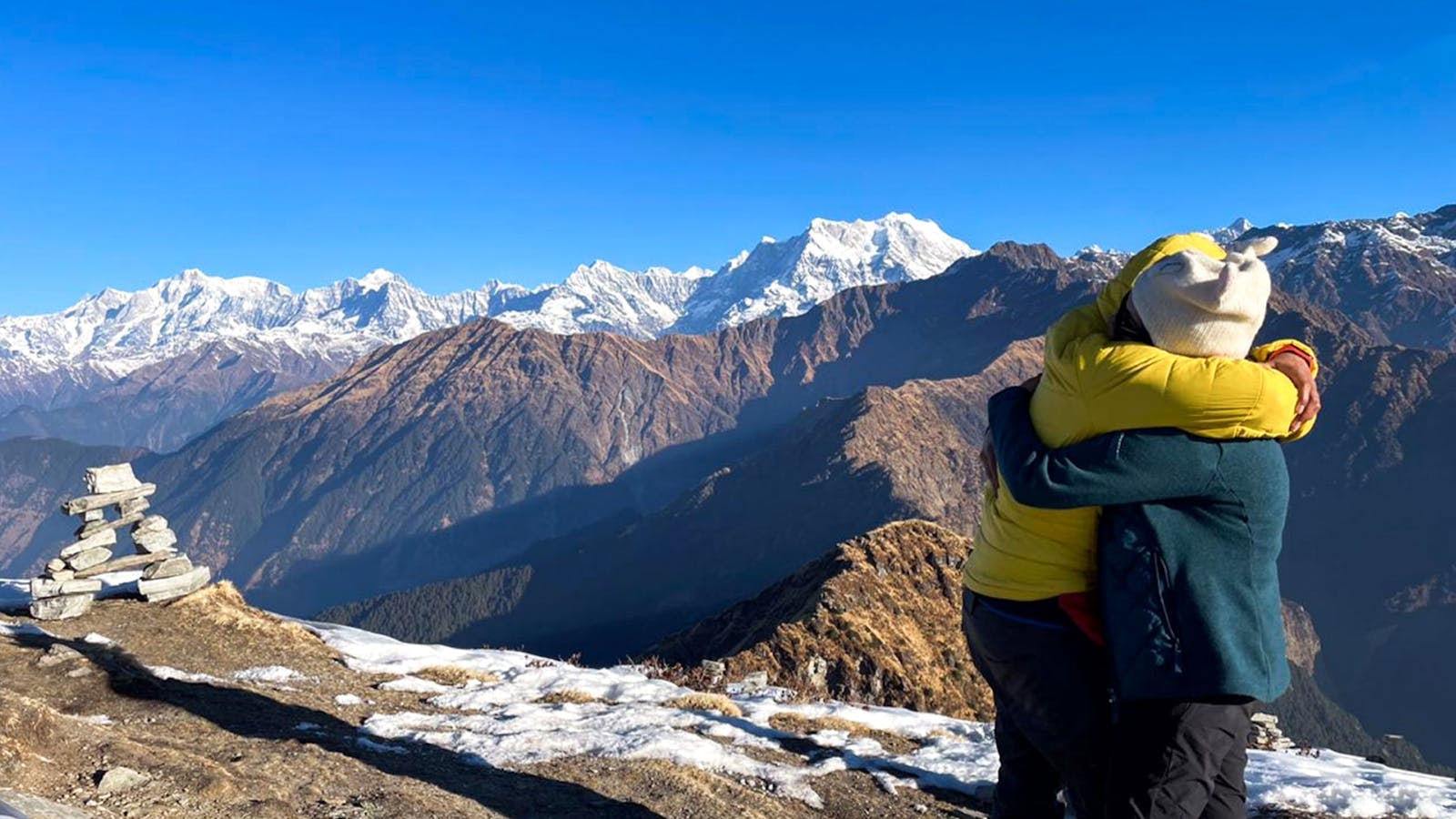
TREKS THAT TRANSFORM LIVES
SEE ALL UPCOMING TREKS
Join 25,000+ trekkers every year on mindfully designed experiences that transform your mind, body and spirit.
See 6,500+ google reviews here.
We have finally opened the Everest Base Camp Trek (Classic Route)!
Now you can trek with the safety, comfort and experience of Indiahikes, on the world-famous EBC Classic Route. View trek
Slots available in October 2024
Why trekking with Indiahikes is different
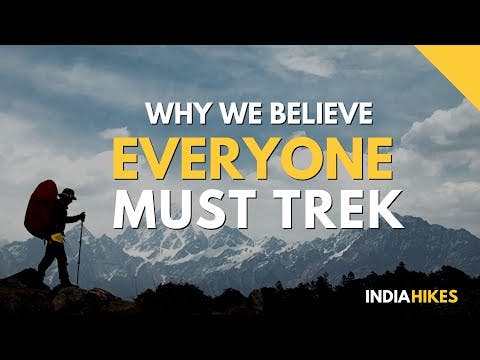
Do you go through this? You find yourself stuck in a situation that doesn't allow you time for adventure. The lack of excitement in your daily life leaves you restless. You long for something more meaningful.
This is where our treks make a difference. Our outdoor leaders conduct sessions that weave mindfulness into your journey. In the lap of the mountains, they engage in thought-provoking exercises that help you reflect and contemplate. Very often, the person you are before and after a trek is different.
Our leaders teach you new outdoor skills that give you the confidence to trek alone anywhere in the world.
All of these happen in the most stunning mountain scenery that you will see in the Indian Himalayas. Our treks are transformative journeys.
Arjun Majumdar
Founder, CEO, Indiahikes
Trekker Reviews

Deepak Gaur
Air Vice Marshal, Indian Air Force Veteran Consultant Aerospace Medicine Vasant Vihar, Dehradun

Founder, Harmony INC Sustainability Professional with two decades of work experience in CSR and ESG space Mumbai

Dr Amit Thadhani
AGM (O&M) Mahindra World City Jaipur

Tarin Patel
Co-Founder Breaking Brand Hyderabad

Akshayarka Alammyan Deka
Senior Data Engineer Becton, Dickinson and Company, Guwahati, Assam

Darshan Shah
Manager, Deloitte Hyderabad
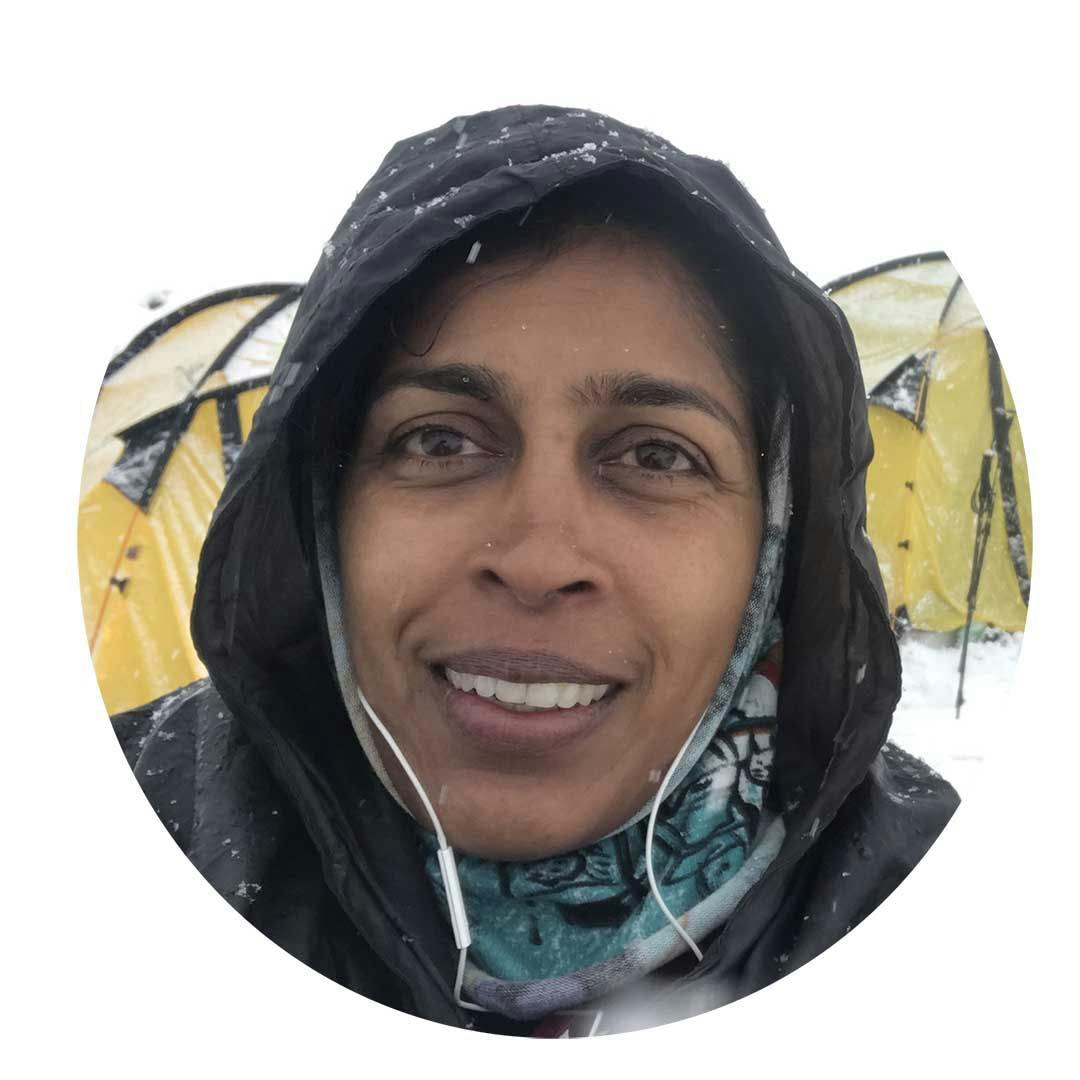
Indu Harikumar
Teacher and Educator, Hyderabad
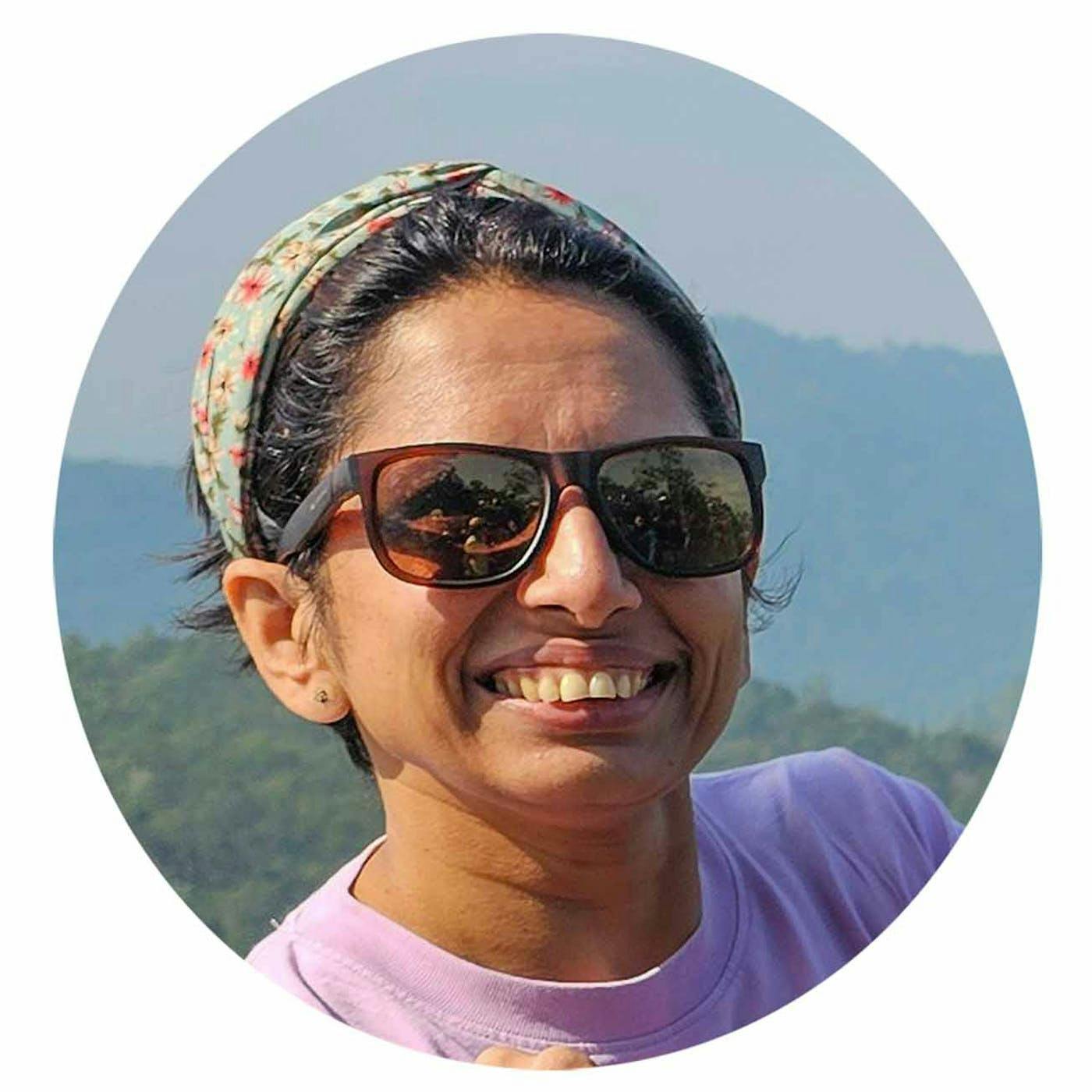
Rittu Panda
Owner Rittu's Fitness Hub Ahmedabad

Aboli Kulkarni
SharePoint Consultant Rotarex Engineering PVT LTD, Panvel
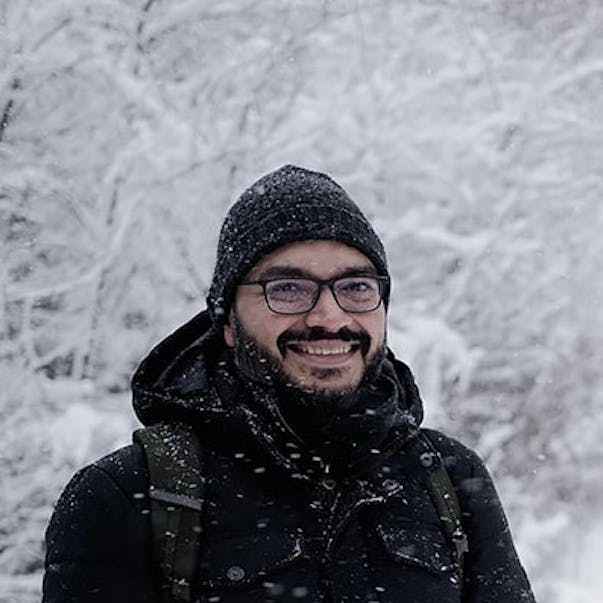
Manoj Prabhu
Data Science/Business Intelligence Freelancer, Aarhus, Denmark

Member of Technical Staff, MachEye Inc Bangalore
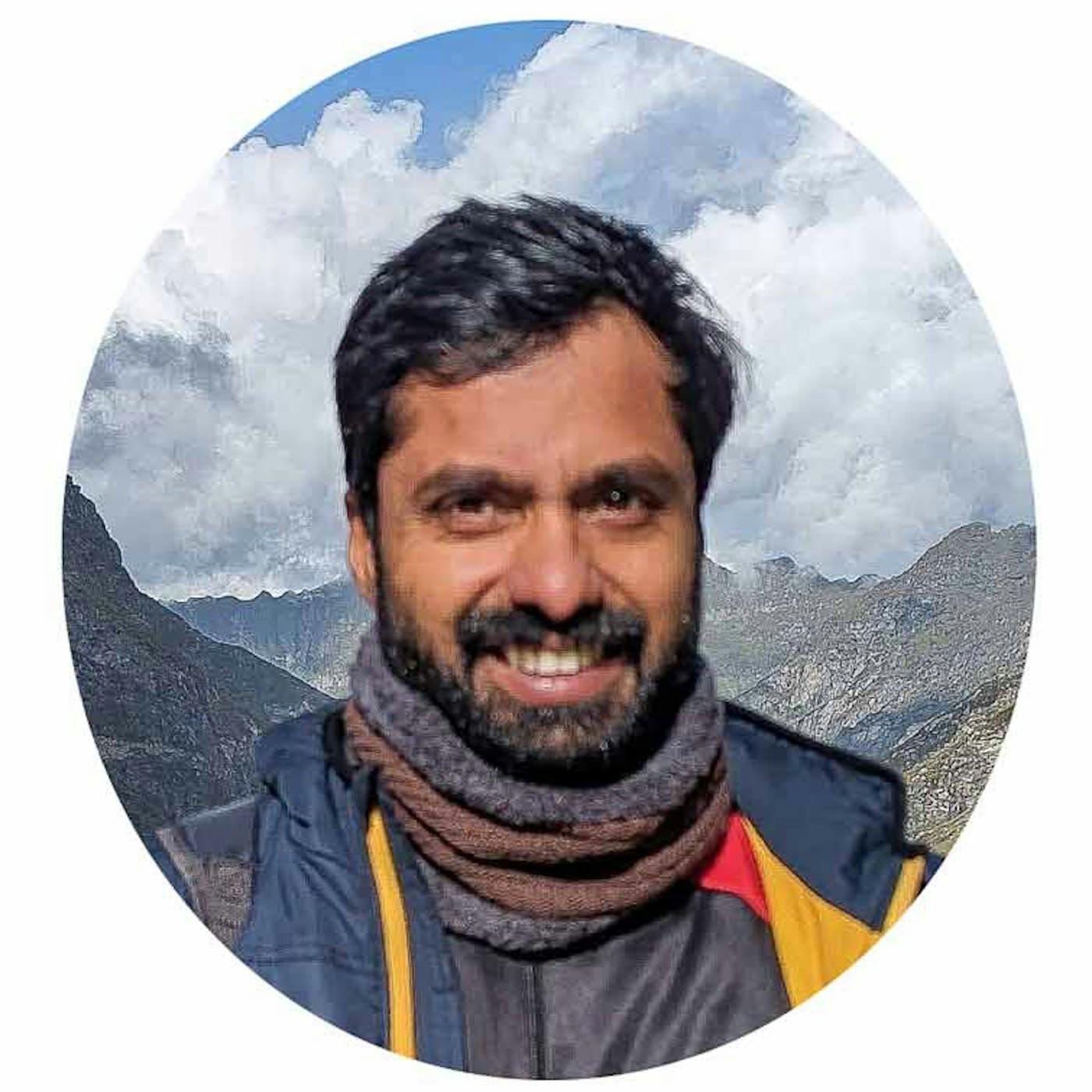
Lijeesh M K
Hardware Engineer Juniper Networks, Bangalore
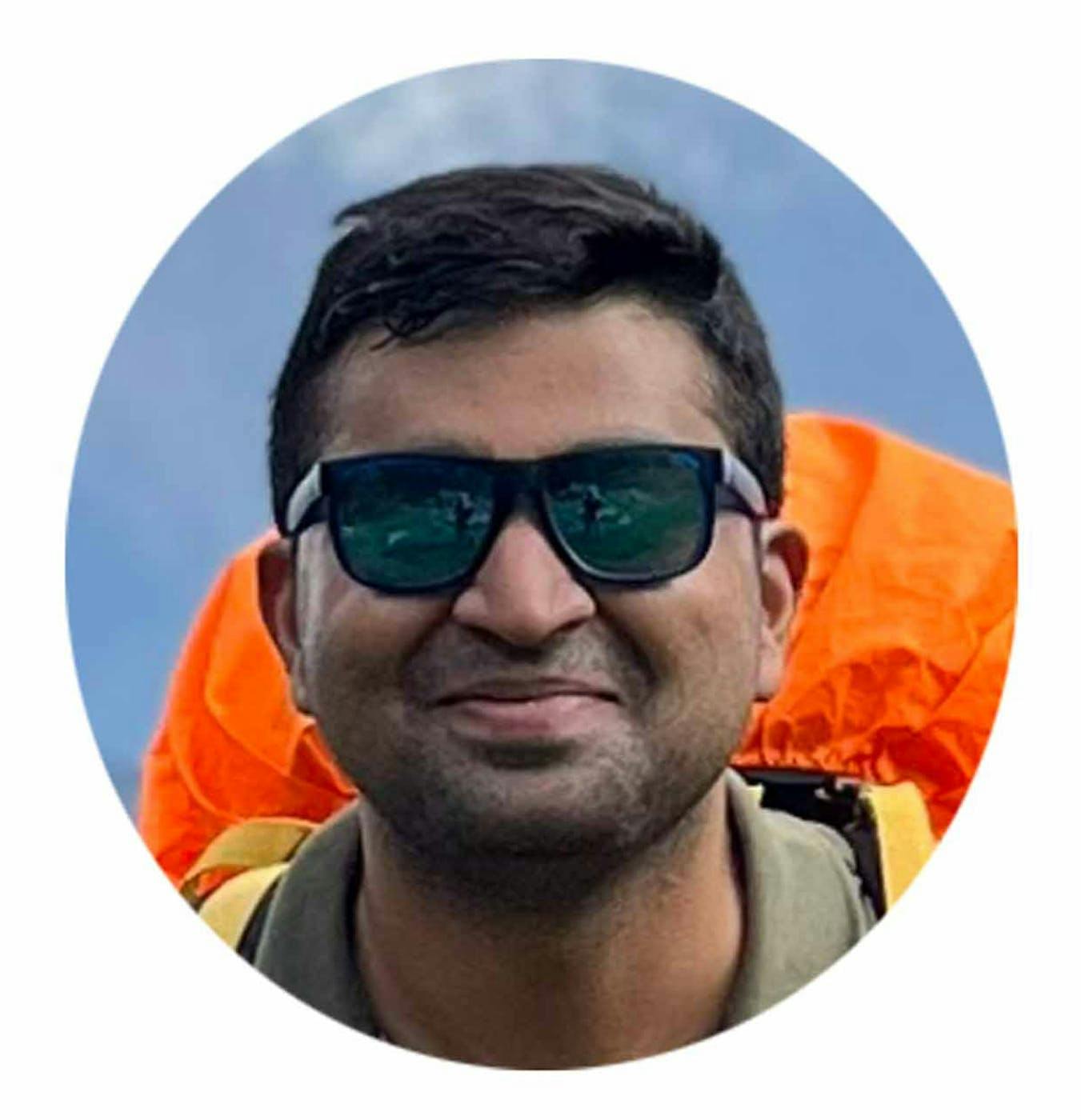
SDE2 at Optmyzr Chennai
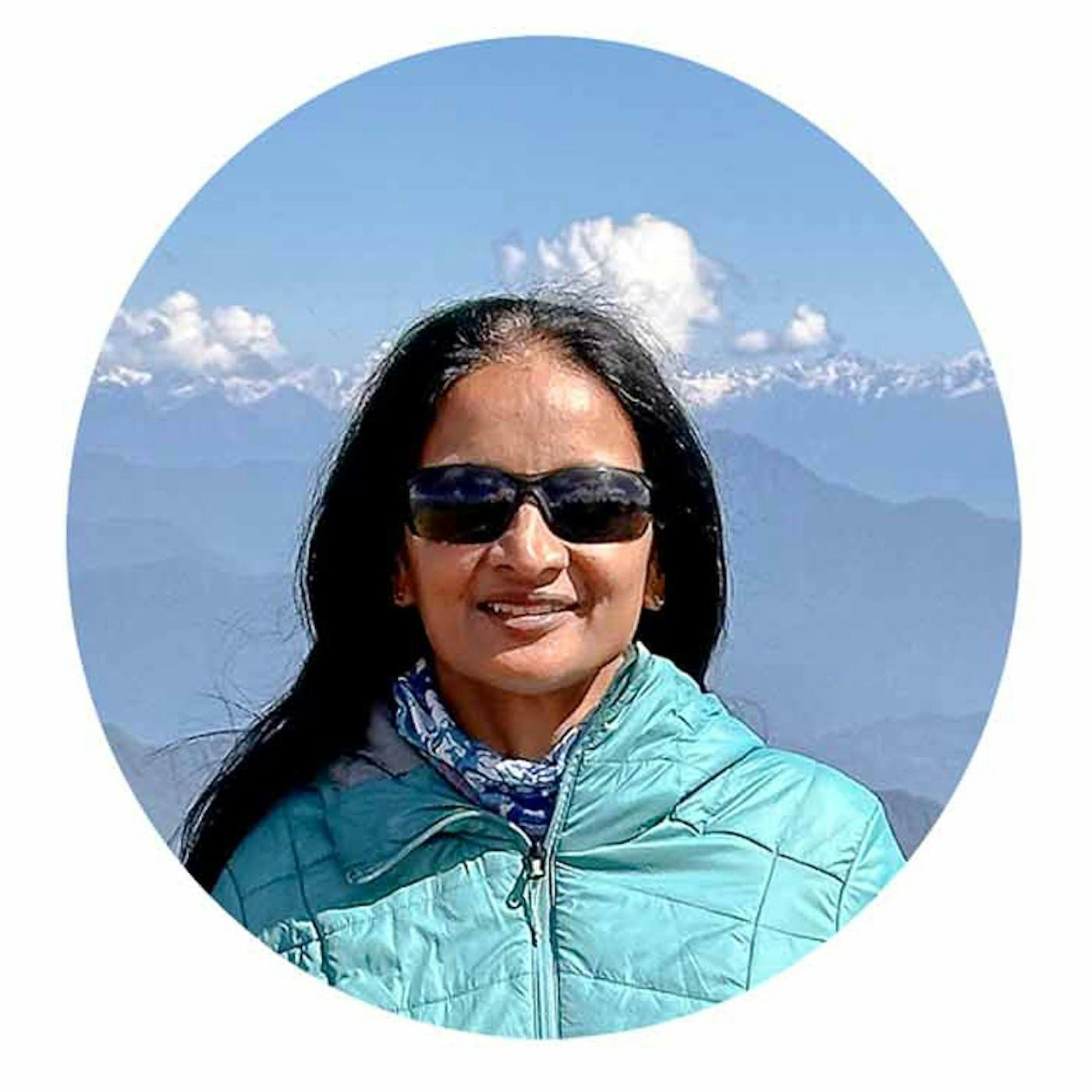
Dr Anne Wilkinson
Associate Professor Pathology NKPSIMS & RC and LMH, Nagpur.

Harsh Kataria
Engineer, Cisco Systems Gurgaon, Haryana
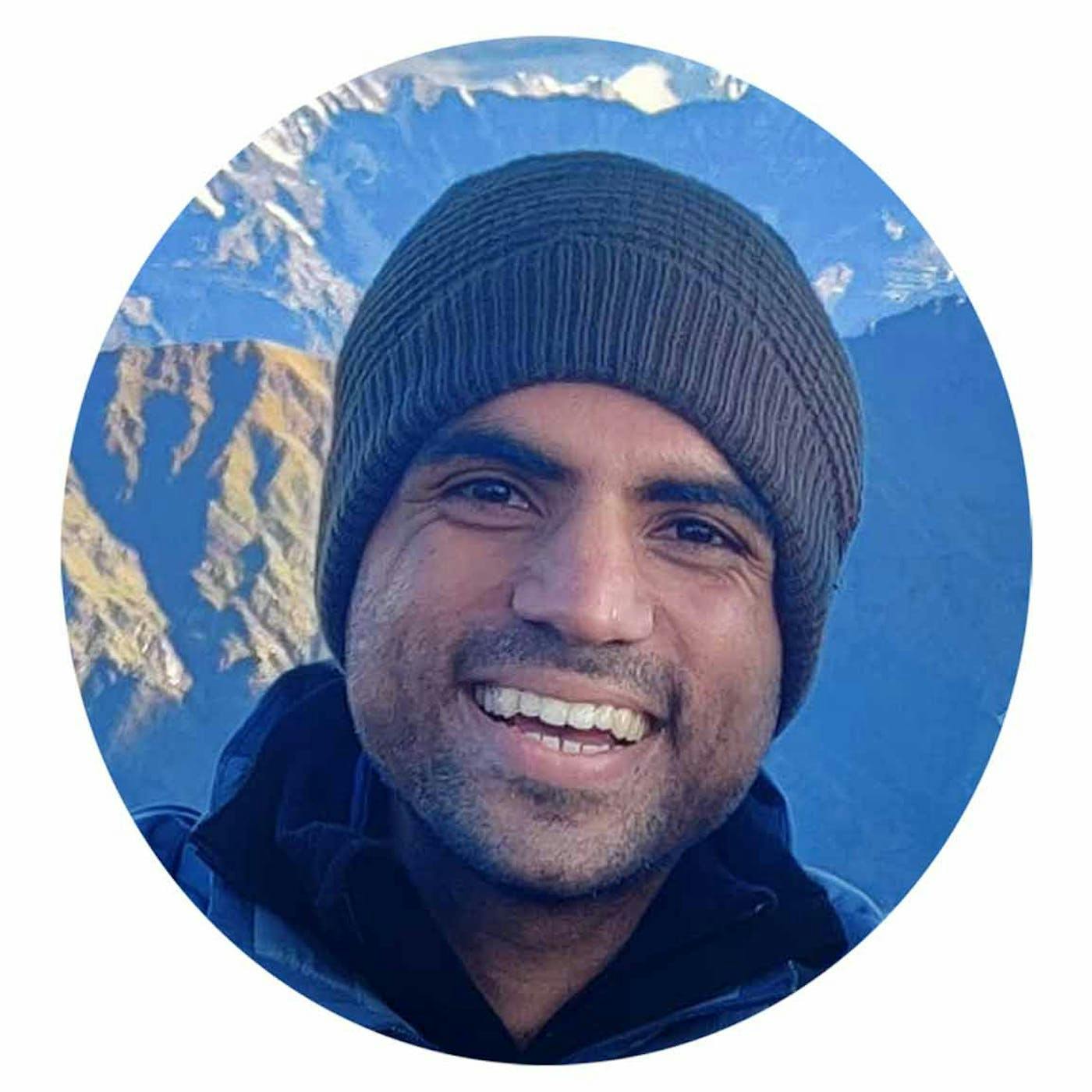
Rahul Adwani
School Leader iTeach Schools Pune

Retired from DuPont as Business Leader Gurgaon

Tamás Csizmadia
Automotive Safety Engineer at Marquardt GmbH, Trossingen, Germany
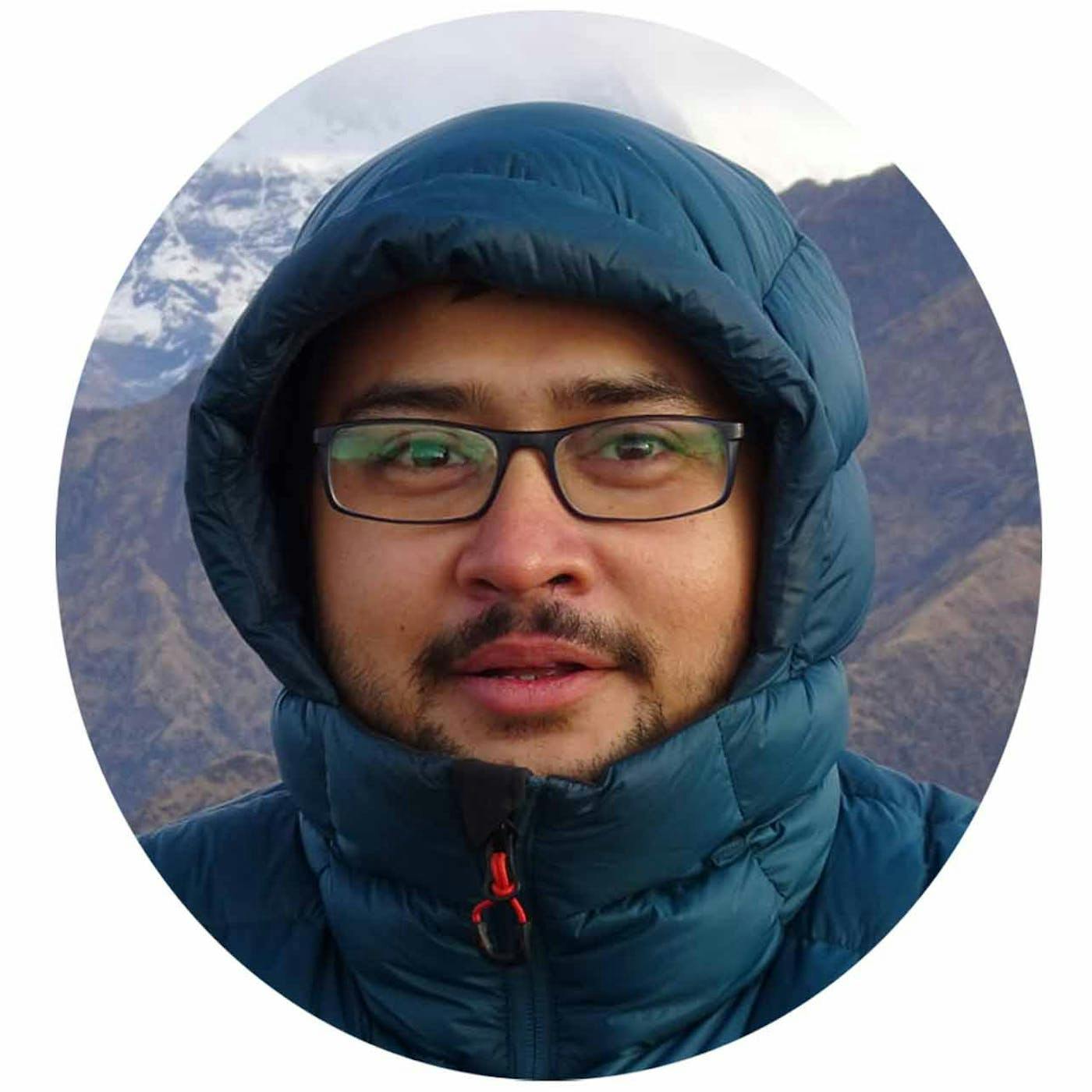
Sabyasachi Mukherjee
Assistant Professor, Dept. of Computer Science and Engineering, Bengal Institute of Technology, Kolkata

Vishal S. Somvanshi, Ph.D.
Principal Scientist Division of Nematology Indian Agricultural Research Institute PUSA Campus New Delhi

Animation Supervisor at Mikros Animation, Bangalore
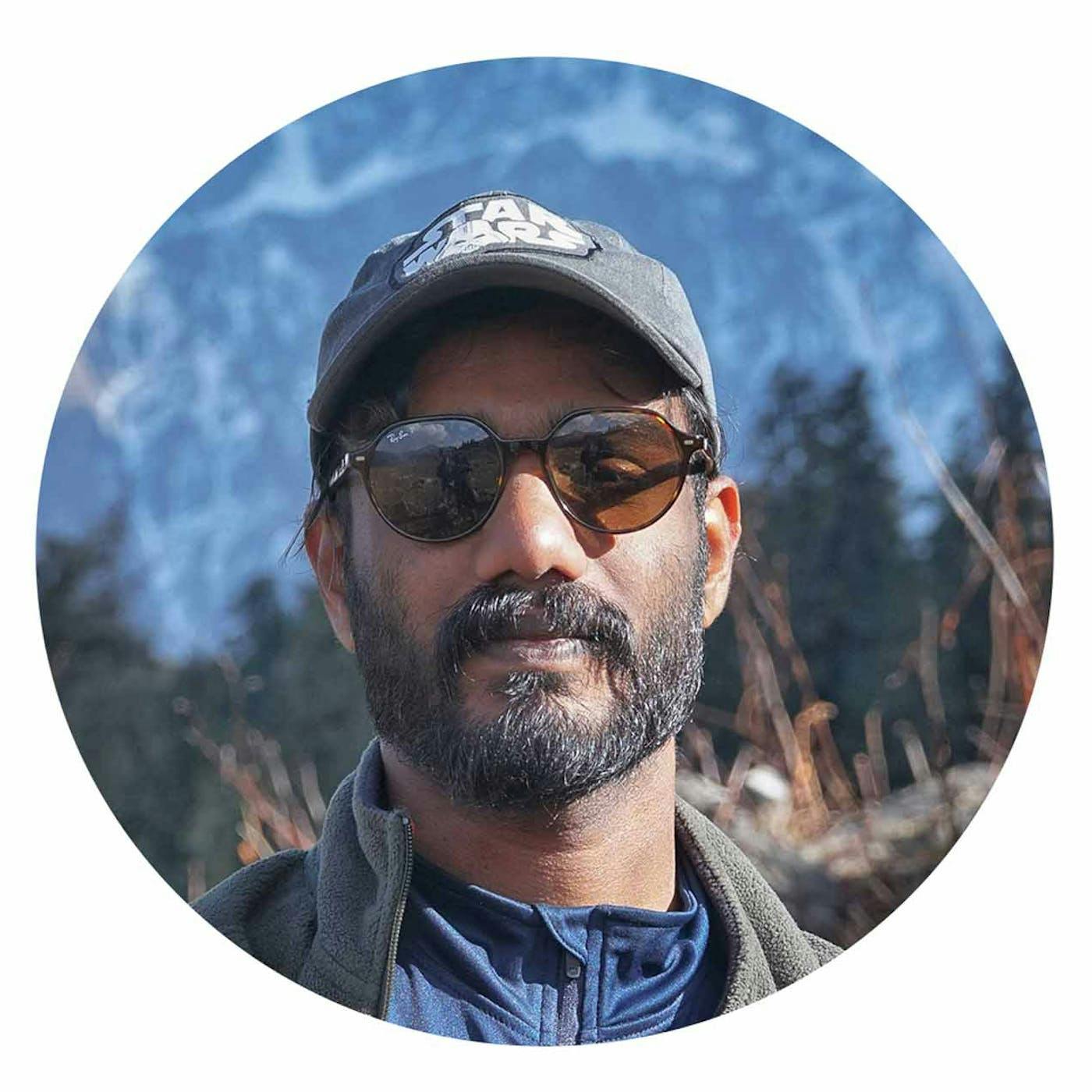
Senior Consultant Capgemini Thrissur, Kerala
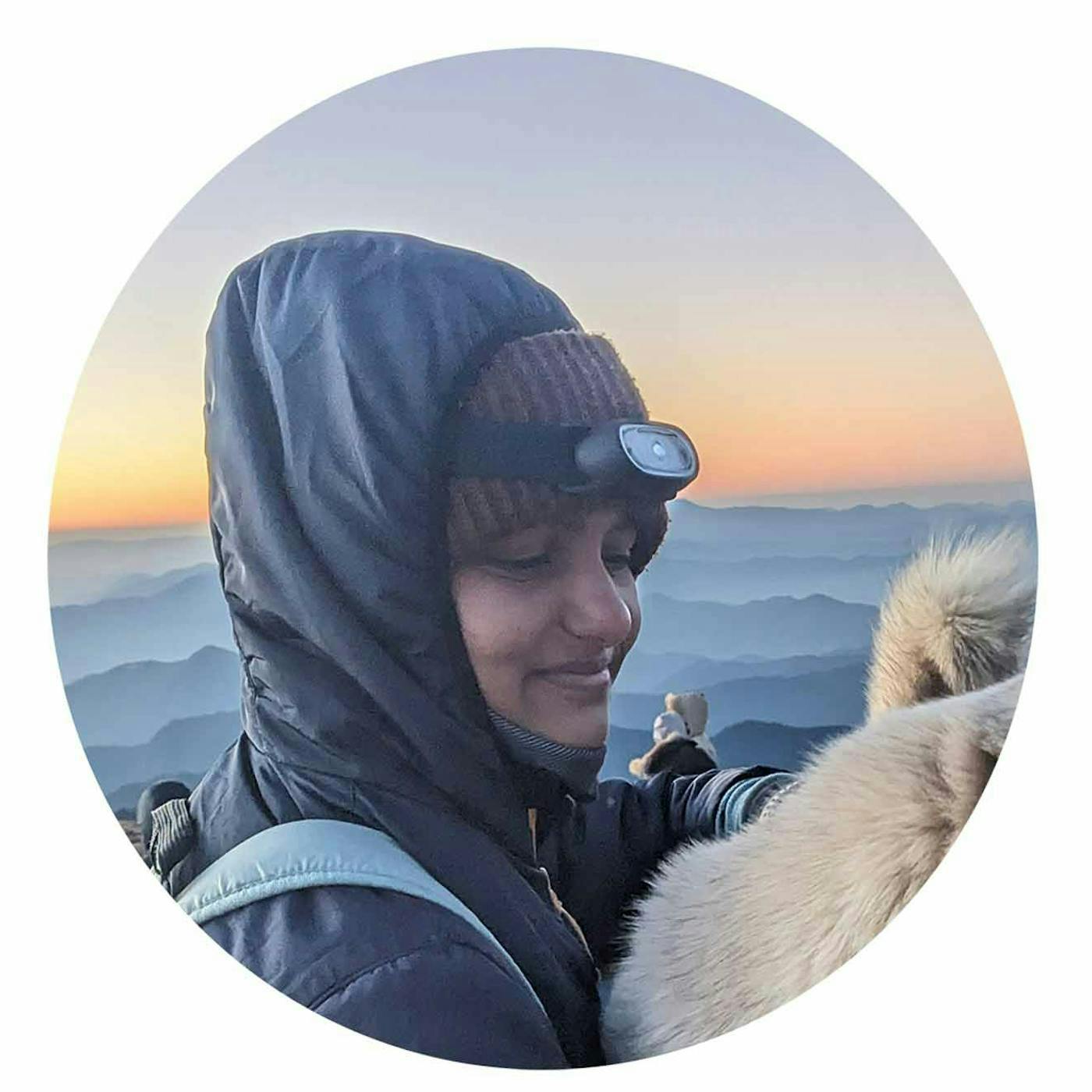
Preethi Viswanathan
Chennai Station Master, Indian Railways
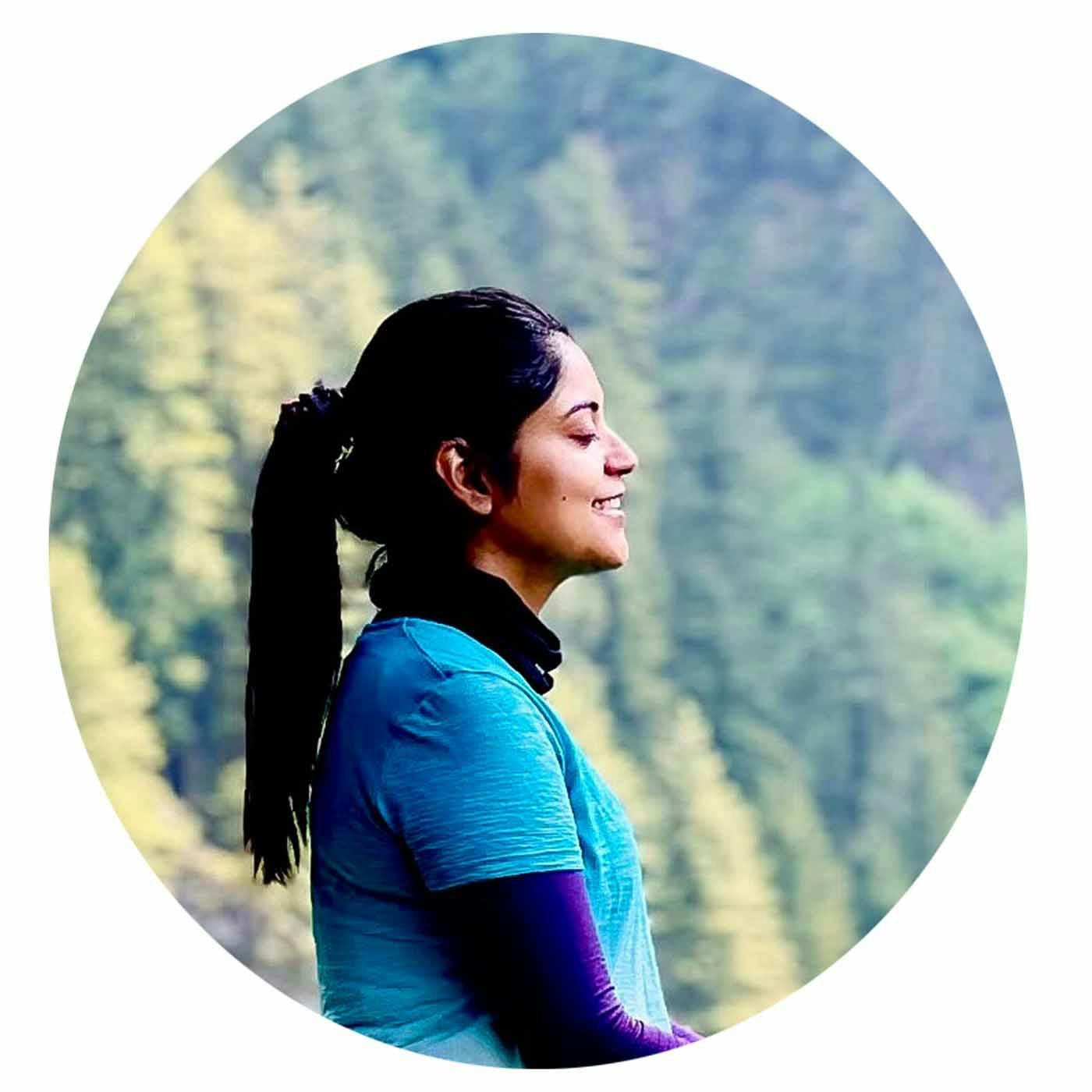
Atreyee Pal
Project Manager Tata Consultancy Services Ltd Kolkata
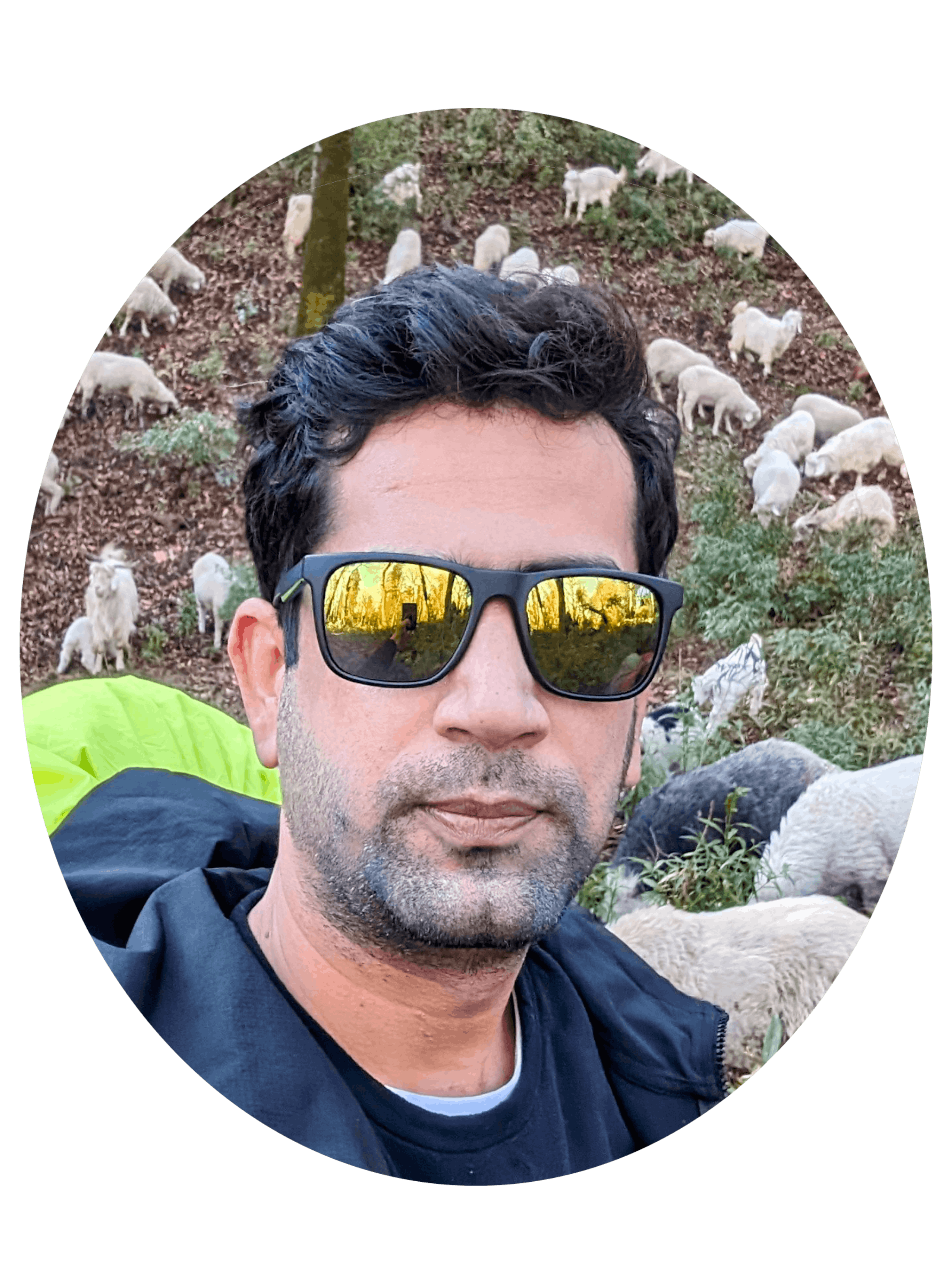
Aakash Tolani
Business Owner, Tolani Travel Assistance Ahmedabad
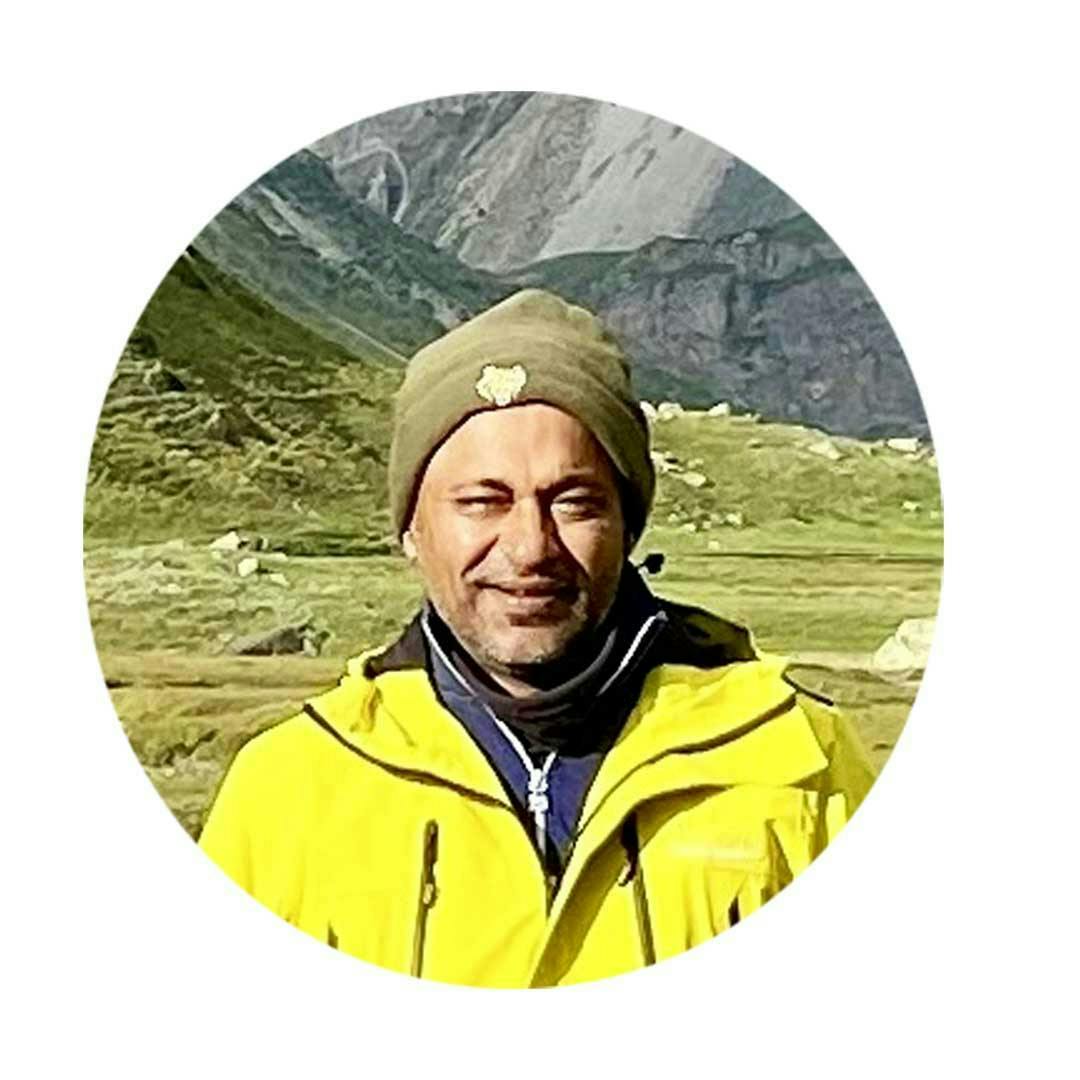
Nishant Gupta
Sita Ram khushal chand HPCL PETROL PUMP Panipat, Haryana
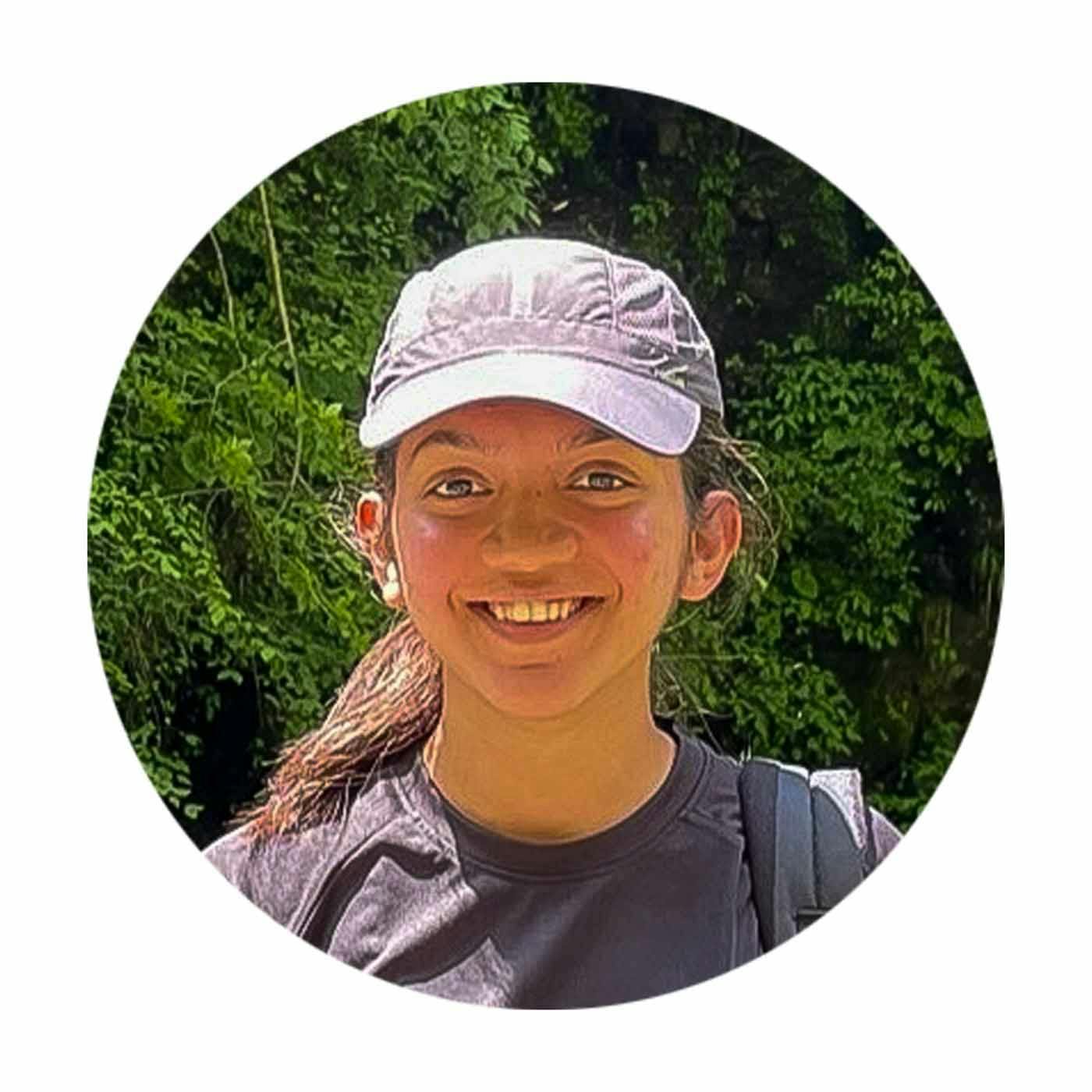
Atika Tantiya
Developer at SAP Labs India, Bangalore
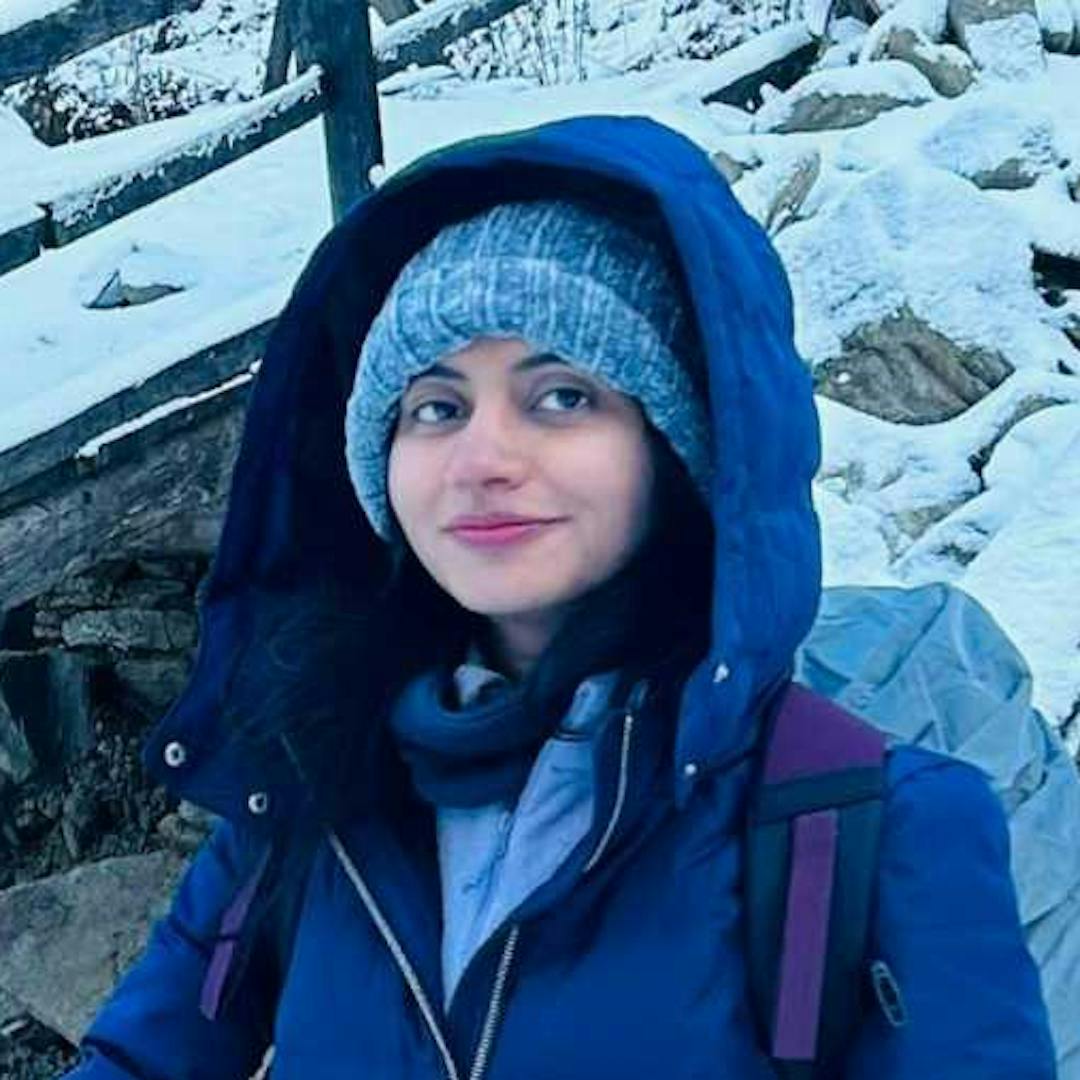
Geetika Doomra
Deputy Manager, Dhanuka Agritech Ltd. Gurugram, Haryana

Maj Prateek Verma (Retd)
Dinesh hinduja, frequenty asked questions.
Many trekkers call and ask us this question. You may notice that our trek fee is marginally higher for some treks, and you may wonder why you have to pay more for the same trek. The answer is straightforward. There's a very big difference in the quality of the experience you will have with Indiahikes compared with anyone else. You'll notice a stark difference in three areas:
1. Safety: Indiahikes is known to be India's safest trekking organisation. There's a reason for this. In the mountains, there are no better safety experts than Indiahikes trek leaders and the Indiahikes team. Whether it is our people, our processes, our equipment, or our protocols, they are watertight. So much so that other organisations come to Indiahikes when there's an emergency in the mountains. This is the level of safety we give our trekkers, and the marginal difference in the trek fee is something you pay for a very big benefit.
2. A mindfully designed trek: When you go on a trek with us, you don't blindly trek from Camp A to Camp B. There are a lot of mindful activities and experiences conducted throughout the trek. Our trek leaders are professional outdoor facilitators who can help you feel connected to yourself and nature. They are of a much higher caliber, and you'll notice this when you meet them.
3. A premium experience: We want trekkers to have a comfortable, premium experience in the mountains. You will notice this in the quality of our facilities. Right from the time you reach the base camp, you stay at our beautiful community campuses and not at cramped lodges. The equipment you use is expedition-grade and made to order by Indiahikes for Indiahikes. The food you eat is freshly cooked and part of a nutritious menu that our team has designed with your health and taste in mind.
There are multiple other aspects, like our hygiene practices, our bio-toilet systems, and our sustainability practices, where you are not harming the environment when trekking with us. There are many differences you'll see in your trek with Indiahikes.
With all these benefits, our trek fee is marginally higher. Many trekkers come back and tell us that our fee must be higher and is not high enough for the kind of experience we design. Yet, we will not veer in that direction because our philosophy is that Everyone Must Trek. After all, we know how good it is for society.
Yes, absolutely. Many solo trekkers join our teams and have wonderful experiences. They end up meeting like-minded people on the trek and don't feel like they have come along on the trek anymore.
Our pre-trek experienced team ensures that you know your entire team well much before you actually head out on the trek.
Additionally, we have several women trekkers who join us solo as well because of the safety they get with the Indiahikes team. You're welcome to join us as a solo trekker too.
Our answer to this is straight. When trekkers say Indiahikes is the safest trekking organisation in India, they are also referring to safety of women. You are going to be completely safe with us for the following reasons:
1. 35% of our trekkers are women. So you will be trekking with many other women in your group.
2. Our accommodation is separate for men and women. You will be sharing your tent / staying space with other women.
3. More and more solo women are trekking with us, so much so that you'll see a solo woman trekker in almost every group. This number is only growing. So you're not alone.
4. We ensure you e-meet your trekkers much before meeting them, in a pre-trek briefing as well as on a Whatsapp group. So you're not meeting strangers on the trek. You already know them.
5. 35% of our trek leaders are women. You might just have a woman trek leader!
6. Our male trek leaders are also trained and sensitised to handle any situations sensitively, including your periods. You're free to approach them for anything.
It is because of all these reasons that more and more solo women trekkers choose to trek with Indiahikes. Our own women team members live and work in the mountains, leading groups and living in a male-dominated industry. It is completely safe, you'll see for yourself.
Many trekkers call us and complain that our groups get filled too quickly. They never get the slots they want. Unfortunately, this is the hard reality. We have observed two things.
(1) It is the more challenging treks that get filled very quickly. Like the Rupin Pass trek or Buran Ghati trek. This is because when it comes to challenging treks, trekkers are very cautious about choosing the right organisation. They know that safety is of utmost importance on such treks and don't want to compromise. That is why you will see these treks getting filled almost 6 months in advance. You too, must plan these treks at least 5 months in advance.
(2) The popular treks always get filled in advance. Treks like Kashmir Great Lakes trek, Tarsar Marsar, Kedarkantha in winter, Deoriatal-Chandrashila in spring, these are blockbuster treks of our country, which you have to plan in advance.
Our advice is that you plan your trek at least 5 months in advance. This gives you three benefits:
a. It gives you a comfortable choice of choosing your most preferred dates, vs the dates that are leftover.
b. It gives you a good cushion in case you need to cancel / reschedule your trek. Your cancellation fee will be almost non-existent, depending on how early you change plans.
c. You have a good amount of time to prepare for the trek and become as fit as a trek leader.
So plan in advance, you'll have the best experience.
It’s wonderful that you’re planning to start trekking in the Himalayas. You’d be happy to know that around 70% of our trekkers are beginners and always get hooked to trekking after their first trek!
Having said that, you must choose your trek wisely — something that is not too difficult, yet will allow you to experience the grand settings of the Himalayas.
These are the treks we find best suited for beginners:
- Manali Kaisdhar Trek
- Chirbatiya Weekend Trek
- Benog Tibba Weekend Trek
- Nag Tibba Weekend Trek
- Dayara Bugyal
- Deoriatal-Chandrashila
- Kedarkantha
If you're in Bangalore, we highly recommend opting for our treks near Bangalore as preparatory treks for the Himalayas. These are the best treks you can do around Bangalore:
- Channarayana Durga Trek
- Minchukallu Betta Trek
If you're unfit or obese, then you must choose the right treks to do. We recommend choosing from our "easy" treks. The Manali Kaisdhar trek is the best one, because the trails are completely flat and will not test your endurance. It is a good stepping stone into the world of trekking.
On the other hand, if you're able to work on your fitness and meet the fitness criteria for any of our treks you're welcome to join our other treks too.
Every trek of ours, starting from our easy-moderate treks, has a certain fitness requirement. Our Experience Coordinators do fitness checks before allowing trekkers on treks. If you're able to get on a fitness routine and share proof of your fitness, you're welcome to join us.
There's a reason why we have strict fitness protocols on our treks. This video will tell you what happens if you're not fit.
On the other hand, several trekkers ask us what is the fitness approval process. Take a look here.
High-altitude trekking is a team sport. When a team of 18 is trekking to the summit, every single trekker's fitness matters. The team is only as strong as its weakest trekker. Often, unfit trekkers slow the team down, drain resources since they need a guide / trek leader constantly with them, they slow the team down.
On the other hand, every high-altitude trek comes with a set of challenges. Steep ascents and descents, uneven terrain, snow walks, stream crossings, pass crossings, and summit climb. Even the easiest of treks have some of these challenges if not all of them. Without fitness, trekkers struggle, get injured easily, lag behind, or simply fail to complete the trek.
At Indiahikes, we take pride in the fact that our trekkers are among the fittest in the country. Those who do not meet the fitness requirements are often sent back. Our philosophy is that trekking and fitness go hand in hand. Without fitness, there’s no trekking.
We have two kinds of waivers and scholarships at Indiahikes.
1. Scholarships for children: At Indiahikes, we strongly believe that children must trek. Children aged 14 and below qualify for a 30% trek fee scholarship. Reach out to us before payment to avail of this offer. Check out this article to learn more.
2. For every ten adult members (aged 15 and above) of the group, we waive off the trek fee for one person. Indiahikes will reimburse the said trek fee after you complete your trek.
The answer for this is not a yes or no. If you have any kind of health issues, please speak to us on a call before registering for a high altitude trek. Whether you can trek depends on the severity of your issue. We'll be able to speak to you and give you some guidance.
On the other hand, please take these two steps first:
1. Watch the "Ask Dr Sree" series, where Dr Sreelakshmi Thirumoorthy, a high altitude trekker and a practicing doctor, covers several health-related topics in her show. Trekkers find her videos to be very helpful.
2. Speak to your doctor about taking on a Himalayan trek and ask them if it is advisable. If they give you a green signal, nothing like it.
Once you're on the trek with us, we will have a safety check-in on the first day of your trek. During this check-in, disclose any health issues that you have to your trek leader, so that they can take extra care of you. Please also carry your medications along on the trek.
This is a big worry among trekkers. But what we have seen is that most trekkers start their treks by worrying about toilets but return feeling so comfortable with the toilets that they want the same toilets in the cities!
We have bio-toilets, researched and designed by Indiahikes for high altitudes. These toilets are designed with two things in mind: (a) your comfort and (b) care for the environment
What are bio-toilets? Biotoilets are deep pits dug into the earth, on which we place wooden planks. You squat Indian-toilet style and do your business in the pit, after which you use toilet paper to clean up. Once you're done, you use sawdust to cover up the human waste and leave the toilet clean for the next person. (In case you cannot squat, request your trek leader for a toilet seat. They can make it available.)
How are they comfortable? These toilet tents are placed at a slight distance from the campsite. There is no sight or smell once you enter the toilet. The sawdust doesn't allow any smell to escape and also absorbs all the moisture, keeping the toilet dry and odour-free. It also speeds up decomposition. On the other hand, our toilet tents are sturdy, with zips and good privacy. So you can do your business comfortably.
They are environmentally friendly: These are dry toilets, where we don't use water. There's a reason behind this. Our toilets are designed after extensive research on the decomposition of human waste at high altitudes. Using too much water slows down the decomposition by many months, which is not favourable in such fragile eco-systemsecosystems. (You can read more about the design of the toilet system here ).
5 Reasons Why Indiahikes
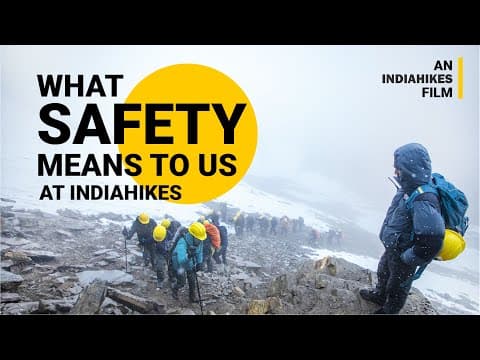
When we brought out new trails in Indian trekking, safety came with us. Back in 2012, we were the first to introduce microspikes, and two years later, pulse oximeters became standard thanks to us. Nobody does safe treks like Indiahikes. In the mountains, emergencies don't care who you're with – everyone knows that when trouble hits, you look for the yellow tents of Indiahikes.
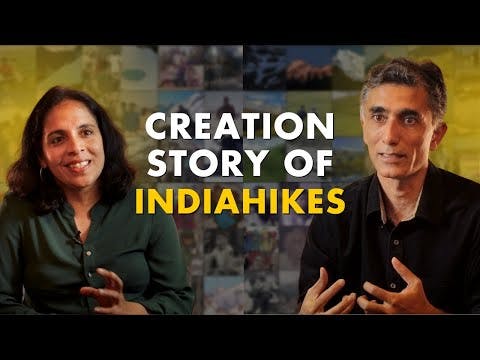
We are pioneers in trekking. Since 2007, we have brought out treks that have become India's most famous treks: Roopkund, Rupin Pass, Buran Ghati, Kedarkantha, Kashmir Great Lakes, Tarsar Marsar, Brahmatal, Phulara Ridge—the list goes on. In 2023 alone, we brought out five new treks in Indian trekking. We know treks better than anyone . This comes directly from the reason why Indiahikes was born: to bring out trek information and enable trekkers to trek on their own.

More than 25,000 people trek with us every year. We are the largest trekking organisation in India. 24% of our trekkers come back to trek with us every year. Over 4,000 students from the top educational institutions trek with us every year. Aside from this, families with children choose to trek with Indiahikes knowing that our treks are the safest. We have taken over 8000 children trekking so far, and the number continues to grow.
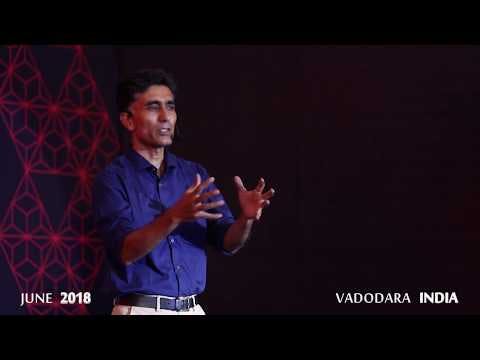
We focus on designing transformative experiences. Our trek leaders conduct thought-provoking exercises that help you reflect and contemplate. This impact stays with you for a long time. Trekkers return feeling energised, more confident, or developing abilities to deal with difficulties. Many have changed careers, rethought their core values, become more humble, shown gratitude to others, or started a new fitness journey.
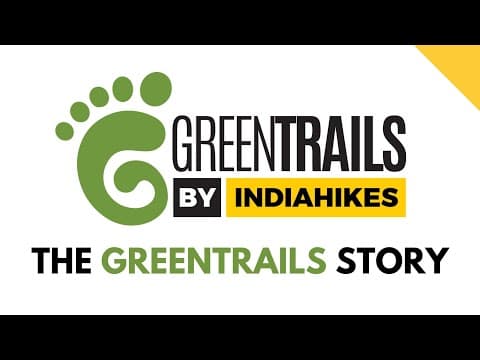
Since 2012, we have pioneered sustainable practices that have become standard in trekking. Using eco-bags, our trekkers have cleared over 120 tonnes of litter from the mountains. We do not carry packaged foods; instead, we serve freshly made food. We do not light campfires; we carry coal to light angethis to keep you warm. Our bio-toilets not only keep our toilets odour-free but also enrich the soil. When you trek with us, you leave mountains better.
The Indiahikes Advantage
You’re guarded with our trek again philosophy
If you are unable to complete a trek, or if you love a trek, you can repeat it with us anytime. You don’t have to pay us for it. See our thoughts behind this here.
Get expert guidance even before you start the trek
Get personalised support from our expert Experience Coordinators. From registration to departure, they'll prepare you every step of the way.
Join any group, they are all women-friendly groups
With around 30% of our trekkers being women, all women, including those travelling solo are comfortable to join any of our groups.
Meet like-minded trekkers
Indiahikes carries with it a strong spirit of trekking, one that comes with fitness, minimalism, mindfulness and a deep love for nature.
Avail a 30% scholarship for children aged 8-14
We want to see more children trekking. Indiahikes will sponsor 30% of your child’s trek fee. Let them explore nature, build confidence, and create memories.
Trek Together, Save Together: 10+ Group Waiver
Sign up for an Indiahikes trek with 10 or more trekkers, and one lucky member gets their trek fee waived entirely! You only pay for 9.
Sign up to be notified of new treks, tips and trail information
Join 120,000 other trekkers. Less than 0.01% unsubscribe.
Treks by Categories
Treks by season, treks by month, treks by duration, treks by difficulty.
- Easy - Moderate
- Moderate - Difficult
Treks by Region
- Uttarakhand
- Himachal Pradesh
- Lahaul and Spiti
- Jammu & Kashmir
- West Bengal
- Chhattisgarh
Treks by Experience
- Family Treks
- Stargazing Treks
- Senior Treks
- Adventure Therapy
- Summer Camps
- Youth Camps
- Cancellation policy
- Work with us
- Our sustainability practices
- Privacy Policy
- Terms & Conditions
080 468 01269 Mon to Sat - 9.30 AM to 7.30 PM Sun - 9.30 AM to 6.30 PM
Bengaluru Office
139, Defence Colony Road, Defence Layout, Sahakar Nagar, Bengaluru, Karnataka 560092
Dehradun Office
No.85/10, Neshvilla Road, Dehradun - 248001
© 2024 Indiahikes Private Limited
All images are copyrighted by their respective authors.
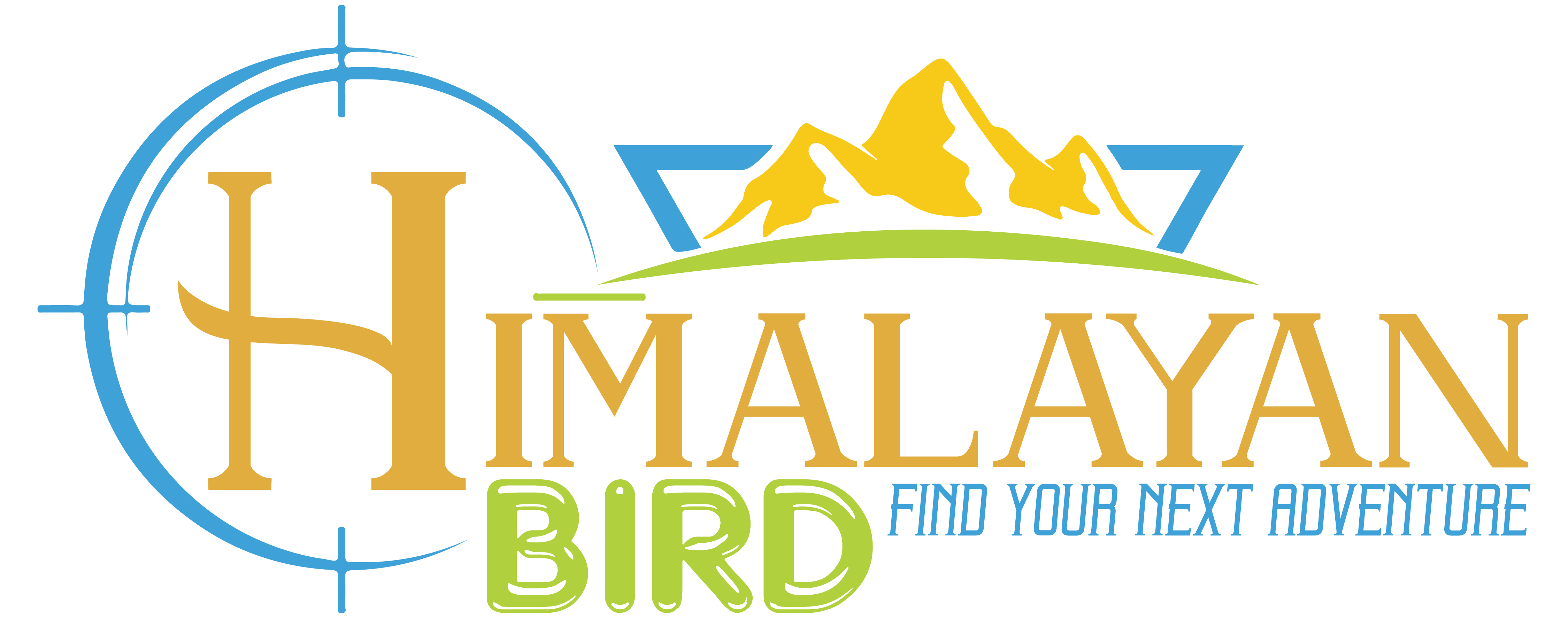
Marchoi Trek
- Moderate + Easy Trek
- Max. Altitude 3200 m.
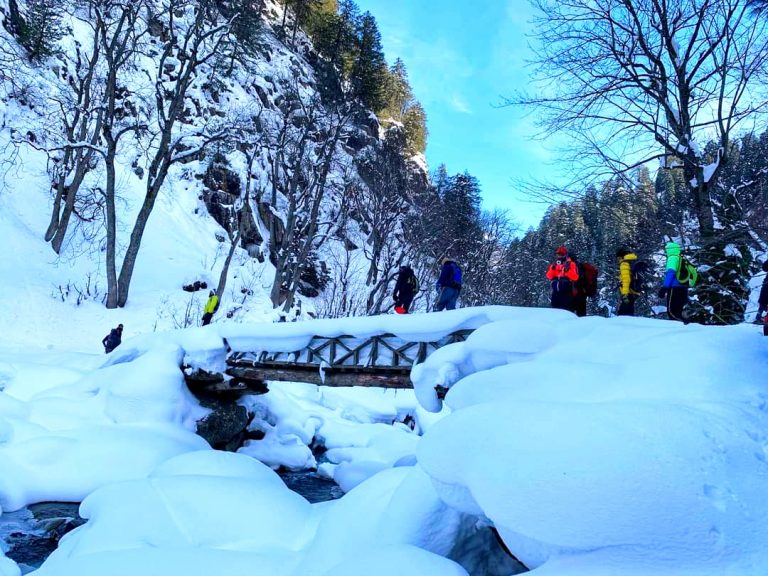
Overview of Marchoi Trek
One of the most beautiful Himalayan tourist destination and the home of some remarkable trekking routes is Kashmir. The Marchoi Trek is accessible all year long, but the winter months are when the area transforms into a snowy wonderland, making it the ideal location for a quick winter trek in India. The trail-head of the trip is a popular picnic destination for both locals and visitors from other countries because of its spiritual significance to Buddhism and Hinduism. The total trek distance is 18 km and consisted of a total elevation gain of 1000 m (from 2200 m to 3200 m). You reach Dumail, a small valley where two pernnial rovers converge, by walking parallel to the Wangth river and then through a stretch of jungle. The walk offers up-close views of pine trees, tiny glaciers, and snow gullies. Dumail onwards is when the trek’s major ascent begins. The surrounding valley known as Marchoi Valley, which is located to the northeast of the trek’s summit point, gave the Marchoi Trek its name.
Naranag, Basecamp
As spring approaches, the Kashmiri lowlands’ hilly regions turn from white to green, yet snow still covers the region over 3000 m. Only a small number of places in the Valley are appealing all year round. The Naranag Valley is home to a very well-liked trekking and camping area that is available all year long but is primarily used in the summer. Icicles and frozen gullies join the trail during the core winter season only. A stay at Dumail Campsite immerses you in nature because it is flanked on all sides by diverse valleys. The hamlet serves as the starting point for a number of day hikes and multi-day treks, including the Marchoi, Gangabal Lake Trek , Naranag Gurez, and Kashmir Great Lakes hikes. The area was frequented by early Hindu pilgrims, and the Department of Archaeology in India has taken steps to preserve the area’s Shiva temple remains.
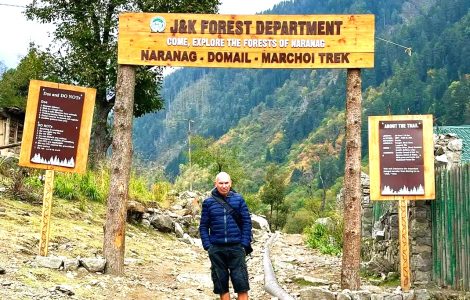
Marchoi Valley
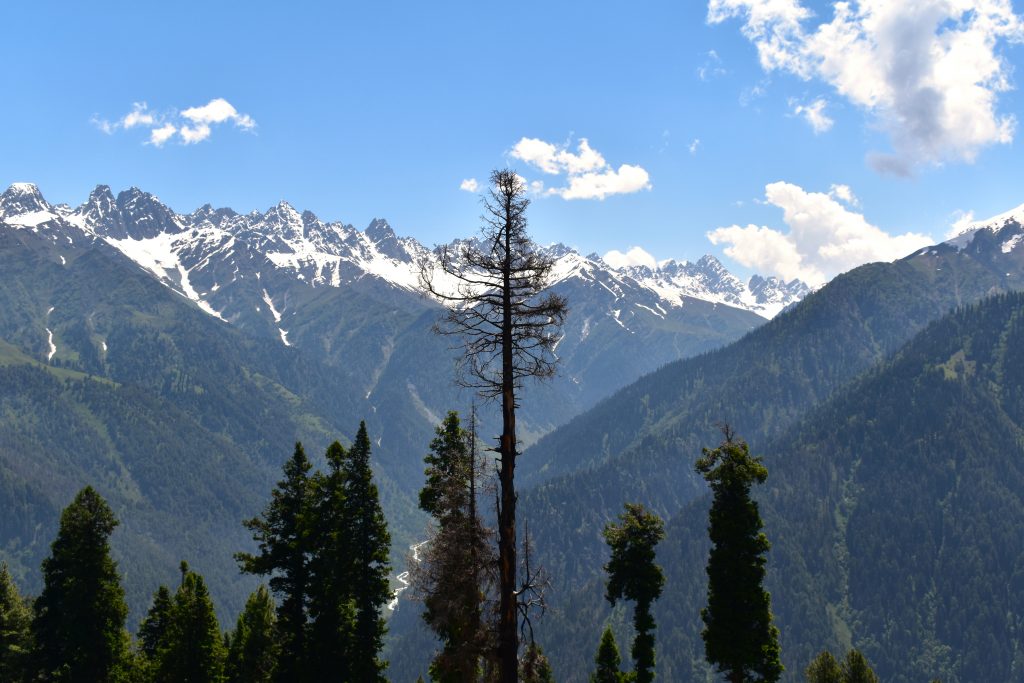
The major part of the Indian Himalayas is located in Kashmir, which has hundreds of valleys. With its distinctive hiking tracks that are unique of anywhere else in the world. Kashmir has enormous potential for trekking and climbing. The Marchoi Valley hasn’t been one of the valley’s top trekking locations in the last 30 years, but it has been on the trekking map for more than a century and has only been visited by foreign tourists and locals. The increased number of hikers heading for the Kashmir Great Lakes Trek offered hikers a better understanding of the surrounding mountains and valleys. The Marchoi Valley was found to be the ideal location for a quick, simple hike through less populated Kashmir. From spring until autumn, the Valley is encircled by snow-covered mountains, which turn fully white in the early winter. The area is known for its trout-fishing beats in addition to hiking and camping opportunities, and during the summer, Bakerwals and Shepherds of the Valley use it to graze their herd.
Map of Marchoi Trek
Latitude 34.3889756T , Longitude 74.92755083333334
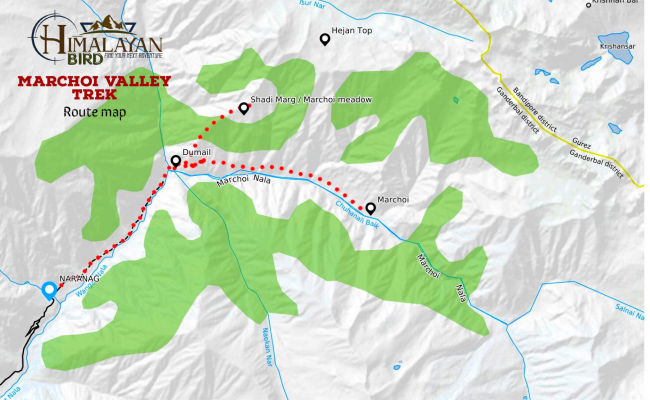
Every mountain is reachable if you keep climbing, and the same is true for short and long-distance treks. The Marchoi trek is not a difficult trek, but rather an easy-moderate winter trek with a simple route; however, we always focus to provide trekkers with quality information that will help them to understand the trek better. The route is divided into two main stretches, and a night at basecamp is required to acclimatize for this winter trek. Total distance of Marchoi Trek is 18 Km only inlcuding return. The first 3 kilometers of the Marchoi trek from Naranag to Dumail is the easiest part with a flat trail parallel to the Wanght River. The second section of the Marchoi Trek begins with a gradual ascent through pine forests and becomes sneaky after 2 kilometers. The remaining 4 km are steeper than what we left behind and will require a little more effort to reach the summit. Trekking must begin early, especially on sunny days, to avoid becoming slippery when hard snow softens. The trail ends when you reach the Shadimarg, which is the local name for this beautiful meadow surrounded by valleys on all sides.
How to Reach Srinagar, KAshmir.
- Direct flights
There is only one commercial airport in Kashmir, and direct flights are available from Hyderabad, Bangalore, Jammu, Chandigarh, and Delhi (DEL). All flights to Srinagar (SXR), Kashmir, originate in various regions of India arrive via Delhi.
There are public and private bus connections to Jammu from Delhi and other Indian cities. From Jammu on, you have a choice of the state government’s bus service or a tourist taxi to Srinagar. There will be simple access to tourist taxis, public transportation, and UT Government Bus Service from Jammu to Srinagar.
The train services are only available connecting Jammu and Banihal. There will be simple access to tourist taxis, public transportation, and UT Government Bus Service from Jammu to Srinagar. The 270 km journey from Jammu to Srinagar typically takes 6 to 7 hours.
Short ITinerary of Marchoi Trek
Note: Before the trip begins, trekkers are urged to be in Srinagar on time. Our timetable doesn’t include a buffer day, but trekkers must add one to guarantee their departure. Sometimes bad weather makes it necessary to wait until the following day to get back on the road.
Day 1: Srinagar - Nananag campsite.
On the first day, the tourist taxi will be dispatched at a predetermined hour, and we will travel 45 kilometres to reach the trailhead. The Naranag Village and Archeological Site will be the focus of a short, one-kilometer trek on this acclimatization day. We’ll spend the night at the 2200 m elevation Naranag Campsite or Guest House.
Day 2: Naranag - Dumail Campsite.
Trek distance: 3 km
Time Taken: 2 hours
Altitude gain: 200 meters
Trek type: Moderate walk over the flat straight route to Dumail Campsite which is Gateway of Marchoi Valley.
Day 3: Dumail - Marchoi Meadow - Dumail
Trek distance: 12 km
Time Taken: 6 – 7 hours
Altitude gain : 819 meters
Trek type: The Marchoi Meadow’s actual route, known locally as Shadimarg, begins from the Dumail Campsite. Six kilometres of steady elevation followed by an equal-length descent through tropical dry deciduous forests.
Day 4: Dumail - Naranag - Srinagar
Total distance: 50 km
Time Taken: 3-4 hours
Altitude Loss: 700 meters
Trek type: 2 km of walk to Naranag main market and where our taxi will be ready to pick you up.
Fixed Depature Dates for 2022 & 2023.
15 Sep to 18 Sep.
21 Sep to 24 Sep.
25 sept to 28 Sep.
2 Oct to 5 Oct.
12 Oct to 15 Oct.
25 Oct to 28 Oct.
2 Nov to 5 Nov.
12 Nov to 15 Nov.
25 Nov to 28 Nov.
2 Dec to 5 Dec.
7 Dec to 10 Dec
12 Dec to 15 Dec.
24 Dec to 27 Dec.
2 Jan to 5 Jan.
7 Jan to 10 Jan.
12 Jan to 15 Jan.
24 Jan to 27 Jan.
3 Feb to 6 Feb.
8 Feb to 11 Feb
12 Feb to 15 Feb.
24 Feb to 27 Feb.
2 March to 5 March.
7 March to 10 March.
12 March to 15 March.
24 March to 27 March.
2 April to 5 April.
7 April to 10 April.
15 April to 18 April.
24 April to 27 April.
Inclusions of the trek
- Cost INR 9600 INR On Fixed Dates.
- Tourist Taxi - Srinagar to Naranag and Return.
- 3 time delicious meals, Tea/Coffee and Refreshments.
- Offloading.
- Dome Tents (2P).
- Guest House stay Included but Optional.
- Dinning Tents.
- Hiking Assistance.
- Sleeping bags (-8) and Sleeping Pads.
- Trekking And Forest Permits.
- Professional And Experienced Trek Leader.
- Dal Lake + Manasbal Lake Sightseeing.
Quick Booking form
Detailed itinerary of marchoi trek.
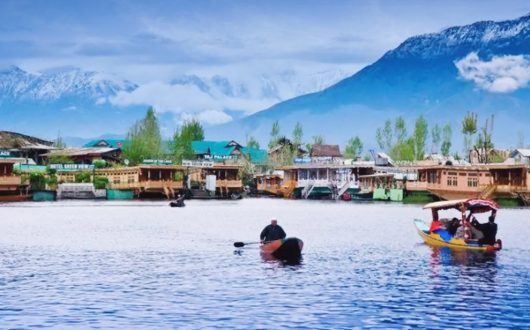
Day 1: Srinagar to Naranag, Campsite.
Marchoi Trek is located to the northeast of Kashmir Valley in the Western Himalayan range. It can take up to three hours to travel 45 kilometers from Srinagar to the trek’s base camp. Traveling along the banks of the lovely Dal Lake before entering the Sindh Valley through Kashmir’s District Ganderbal. The trail head is accessible via a 14-kilometer hilly road that connects to the Srinagar-Kargil highway at Kangan and Preng. This mountain Village is well-known for camping, trout angling, and short and long treks, with a number of other attractions around. The first-night stay will be at Naranag Campsite at an altitude of 2200 m. Due to the winter season, acclimatization plays an important to remain fit for this short winter trek.
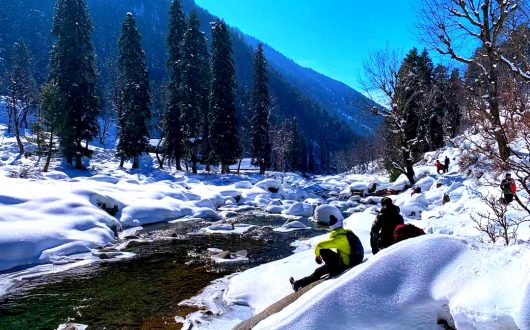
Day 2: Naranag to Dumail, Marchoi.
The group will assemble their luggage for an adventurous day after having breakfast at 8 AM. The trek starts at the stunning Naranag Archeological Site and continues into the Wangath Forest Conversation Zone. Following a partially frozen river and through pine forests while enjoying a breathtaking view of sharp mountain peaks from the North. Marchoi meadow is visible from the beginning of the trek even a clear view after completing half of the walk. The adjacent Gujjar tribes use mountain houses known as Doka or Kotha as summer residences.
Wild Life: Numerous wildlife species, including the endangered Hangul and Himalayan Black and Brown Bears, are part of this forest zone of Wangath and Naranag. The Marchoi trek is completely safe for groups and very rarely any wildlife animal is spotted by trekkers. Being a sensitive habitat so each person should leave it in better shape by picking up any rubbish they find.
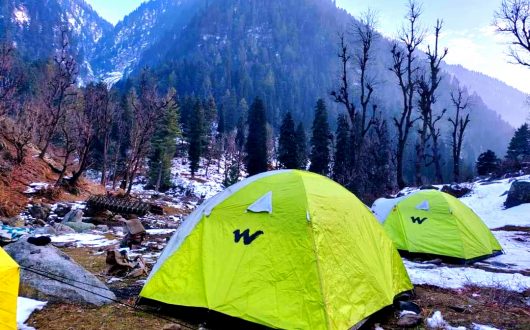
Day 3: Dumail to Marchoi Meadow.
A beautiful day on mountains always begins with a beautiful sunrise. Entering the Marchoi meadow route from Dumail Camspite right after the breakfast at 7 Am. Wild Walnuts trees are covering the starting part of the hiking trail with few small springs and boulders. After a small traverse the altitude gain starts and ends in the lap of cedar and pine trees. As you get higher the view of surroundings valleys fill the hike with epic natural scenes. The trail get sneaky at the altitude of 2700 m through the left over of burnt forest cover. The Shadimarg meadow covered by mountain ranges by all sides and most epic is Mt. Harmukh 5142 m from the western side of meadow.
Harmukh Mountain 5142 m: Mt. Harmukh’s station peak (4700 m) was first climbed by Thomas Montgomerie during the Great Trigonometric Survey in 1856. The mountain has an important exploration history of the world’s big mountains. The climbers sketched the two tallest peaks, K1 (Masherbrum) and K2, about 130 miles (210 km) north of Mount Harmukh. For the first time in history, the highest peaks of the Karokaram range were observed and recorded.
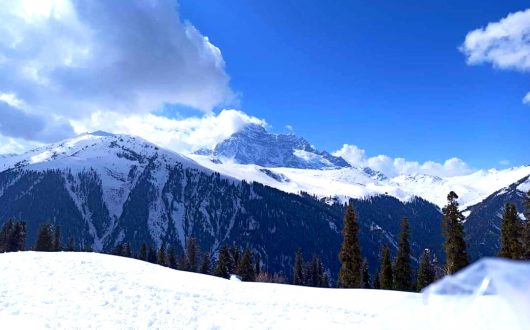
Day 4: Dumail to Naranag to Srinagar.
The core winter season in Kashmir lasts from December 21 to January 31, so icicles and frozen gullies are common on the Marchoi trek during this time. For the third night, we can either go camping or stay at the guest house; both options are available. The backdrop of Marchoi meadow contains a series of sharp ridges and spiky peaks, the majority of which are virgin pinnacles rising above 4500 to 4700 m. The Kashmir great lakes Gadsar Lake and Gangabal Lake is also accessible from Churnar via Dumail, followed by a ridge and a pass. Starting the final day of the trek from Dumail to Naranag takes about an hour, but we will spend that time exploring Manasbal Lake while getting to Srinagar.

Frequently Asked Questions
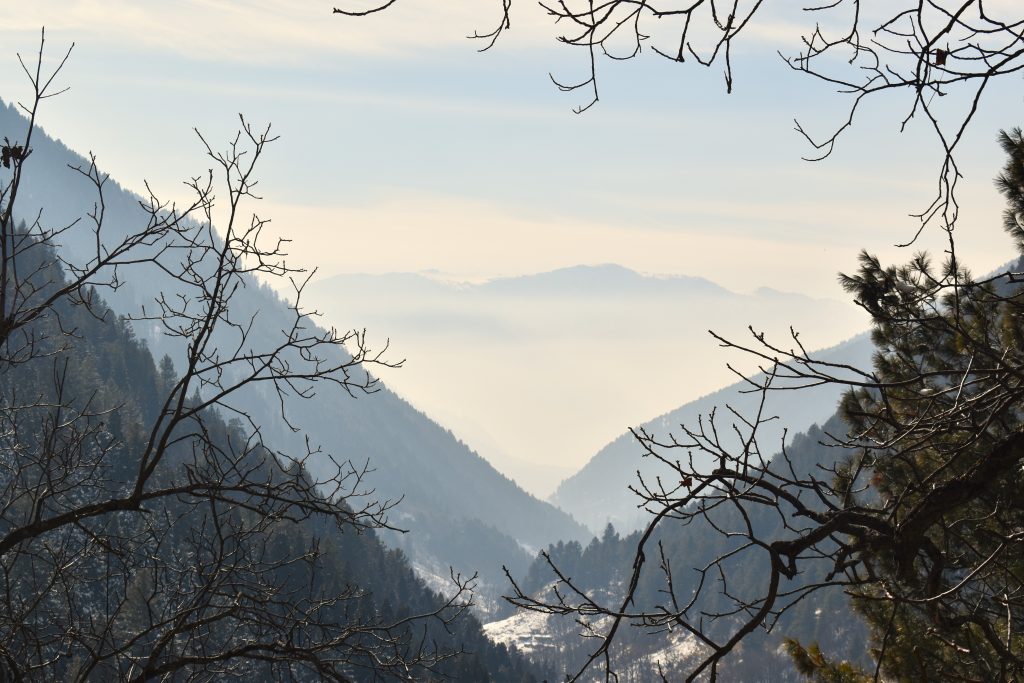
Where is Marchoi Trek?
The Marchoi trek is one of the popular and trending winter treks of India and is located in the valley of Kashmir. The distance from Srinagar City to Marchoi trailhead is 45 Km through Srinagar Leh national highway. The last village from the northeastern side is Naranag which serves as a basecamp for Kashmir great lakes trek and also for Marchoi and other short treks. There are a number of Attractions on the way to Naranag starting from Dal Lake, Mughal Gardens, Manasbal Lake, Naranag temple and a few more. Marchoi trek is a beautiful part of the western Himalayas with its rich biodiversity and religious significance to Hinduism and Buddhism.
Where is Marchoi Valley?
Marchoi Valley is part of Marchoi Trek which is 6 Km from Naranag, Kashmir and 4 Km from Dumail Campsite. The trail towards Marchoi Valley starts from Dumail, parallel to the Marchoi Nallah. The route is a little rough but doesn't include steepness compared to Marchoi Meadow locally known as Shadimarg. The mountain trail is beautiful and satisfying during every season so remains busy with trekkers, bird photographers and locals too. Marchoi Valley is part of our 4 days Marchoi trek which covers Marchoi meadow and Valley too. The first part of the valley is located at an elevation of 2500 m.
Naranag to Dumail Distance?
The distance from Naranag to Dumail is only 3 kilometres if you take the flat mountain trail that runs parallel to the Wangth river in the opposite direction. The location is an excellent camping and easy hiking destination in the Kashmir Valley that is open all year. The distance between Naranag and Dumail is easily covered in an hour or more. The altitude gain during this 3 km walk is 90 m, and this is the trail's easiest stretch.
What are best short treks in Kashmir?
Tarsar Marsar lakes are located in the lap of the Pir Panchal mountain Range of Lesser Himalayas. The area comes under District Anantnag of Kashmir (UT). It takes 4 to 5 hours from Srinagar to reach the trailhead of the trek which is Aru Village. The Aru is 94 km away from Srinagar and 12 km from Pahalgam. The trek is surrounded by dominating mountain peaks including Mt. Kolahoi Getting an awesome adventure experience in the wilderness of this green Himalayan region is an adventure of a lifetime.
Where is Naranag in Kashmir?
The Naranag is a popular tourist and hiking destination in Kashmir, located in the UT district of Ganderbal. The hamlet is located in the western Himalayas, northeast of Srinagar City. Naranag is easily accessible all year by travelling 30 kilometres from Srinagar to Kangan, followed by a 14-kilometer mountain road from Kangan to Naranag. At the end of the village, where the road also ends, there is an archaeological site and a Shiva temple. Camping, day hikes, and short and long treks, such as the Kashmir Great Lakes Trek and the Mt. Harmukh Valley Trek, are popular in the mountain village.
Marchoi winter trek?
From Spring to Autumn, there are numerous trekking options in Kashmir. The majority of summer hikes lead to breathtaking alpine lakes via connected valleys, meadows, and passes. The drop in temperature to 5 degrees Celsius over 3000 m at the end of September and -5 degrees Celsius in October at high altitudes makes the treks too difficult and effectively ends the summer trekking season. Most long treks in Kashmir, such as the Kashmir Great Lakes Trek, Tarsar Marsar Trek, and other popular treks, close at the end of September. However, the trail-head of all of Kashmir's popular treks also give birth to amazing short winter and snow treks. Marchoi trek is one of the best options in Kashmir for a winter and snow trek.
Shadimarg Trek?
Shadimarg is the local name for a meadow that serves as the Marchoi Trek's summit. The meadow is located northwest of Naranag Village and is accessible via a 7-kilometer hike from Naranag via Dumail. The Shadimarg is open all year and is located at an elevation of 3200 m. The Marchoi trek consists of two distinct trails and destinations, Marchoi Valley and Shadimarg, also known as Marchoi Meadow. The trail offers fantastic camping opportunities on the banks of a snow-fed river and is ideal for easy treks in all seasons.
Naranag Temple And gangabal trek?
Naranag, Kashmir is one of the most important archaeological sites across the country. As per historians, the Shiva-dedicated temple was built in the eighth century AD by Lalitaditya Muktapida of the Kayastha Naga Karkota Dynasty. The Gangabal lake is considered sacred in Hinduim and is one of Shiva's dwellings. Aside from that, Kashmiri Hindus participate in an annual pilgrimage known as the Harmukh-Gangabal Yatra. Harmukh Mountain has an important climbing history as well, Mt. Harmukh was first climbed by Thomas Montgomerie in 1856 as part of the Great Trigonometric Survey and discovered highest mountain peaks of Karokaram range for the first time.
Where is Dumail?
The location where two snow-fed rivers meet is known as Dumail. Dumail, Naranag is a fantastic hiking destination in the Kashmir valley that offers trekking and camping opportunities all year. In comparison to Sonamarg, which is located in the same range, this location is well-known and less crowded. When it comes to the most popular and beautiful treks in Kashmir, the Kashmir Great Lakes trek and Tarsar Marsar are at the top of the list, but both are long treks that take at least a week. Many adventure seekers and trekkers are looking for a simple, less crowded camping and hiking destination, and the Dumail and its surrounding mountain trails are ideal.
Terms And Conditions
Cancellation policy.
- The cancellation of any trek or tour must be notified by sending an email to [email protected] . Ca ncellation will be accepted only by receiving an email on official email address.
- If the cancellation is requested 40 days before the first day of the trek, 90 percent of that amount will be refunded.
- Cancellation requested between 40 to 30 days prior to the trek only partial refund will be provided.
- If cancellation is requested 30 days before the first day of the trek, in such a situation there will be only 30 percent amount refunded.
- The decided trek fee can be changed if group size is decreased from the client end.
- In case of any untoward situation like a natural disaster, national emergency, terrorist activity, bad weather conditions take place, we will be fully responsible to take decisions.
Physical Fitness
- Getting a medical certificate from a registered medical officer is must before starting your trek. If you suffer from severe lung/heart/muscle disorders or any disease that can turn fatal, You cant take part in any trek with us.
- In case you lack the required fitness or suffering from any disease that can turn fatal in the mountains, Himalayan Bird reserves the right to bar your participation from doing the trek without any refund/compensation.
- Trekkers are advised to focus on physical fitness in order to remain fit during the trek and explore better. Following endurances can help beginners and experienced trekkers to remain fit and explore better during the trek.
Endurance Exercises:
- Brisk walking or jogging.
- Yard work (mowing, raking)
- Climbing stairs or hills.
- Playing tennis or basketball
Trek Insurance
Having travel insurance is an important protocol all trekkers should follow. The cost of the trek doesn’t include any sort of insurance. Trekkers/Travelers travel insurance must cover accidents, injury, illness, and death medical expenses including any related to pre-existing medical conditions, emergency repatriation including helicopter rescue and air ambulance where applicable, and personal liability.
Promotional Material
- Himalayanbird.com reserves the right to take photographs/videos of participants and use them for any marketing/promotional activity.
- Indian Tourists must provide valid identity proof in order to get enrolled for the trek permissions. A valid passport and visa for all the tourists who are from outside India.
- Objections should be send on our email address before starting the trek.

Immerse yourself in the lush landscapes, pristine lakes, and majestic peaks that define this region.
- Kashmir Great Lakes
- Tarsar Marsar Trek
- Gangabal Lakes Trek
- Short Treks in Kashmir
- Tulian Lake Trek
- Marchoi (Winter Trek)
QUICK lINKS
- Enquire Now
- Privacy Policy
Get In Touch
Chandpora, Harwan, Srinagar, Kashmir(UT), India
- Email: [email protected]
- Phone: +91-8899210442
- Hours: Mon-Sat 8:00AM - 9:00PM
© 2024 All Rights Reserved.
Embark on the extraordinary
Unveil the magic of Kashmir through our exclusive trekking offers
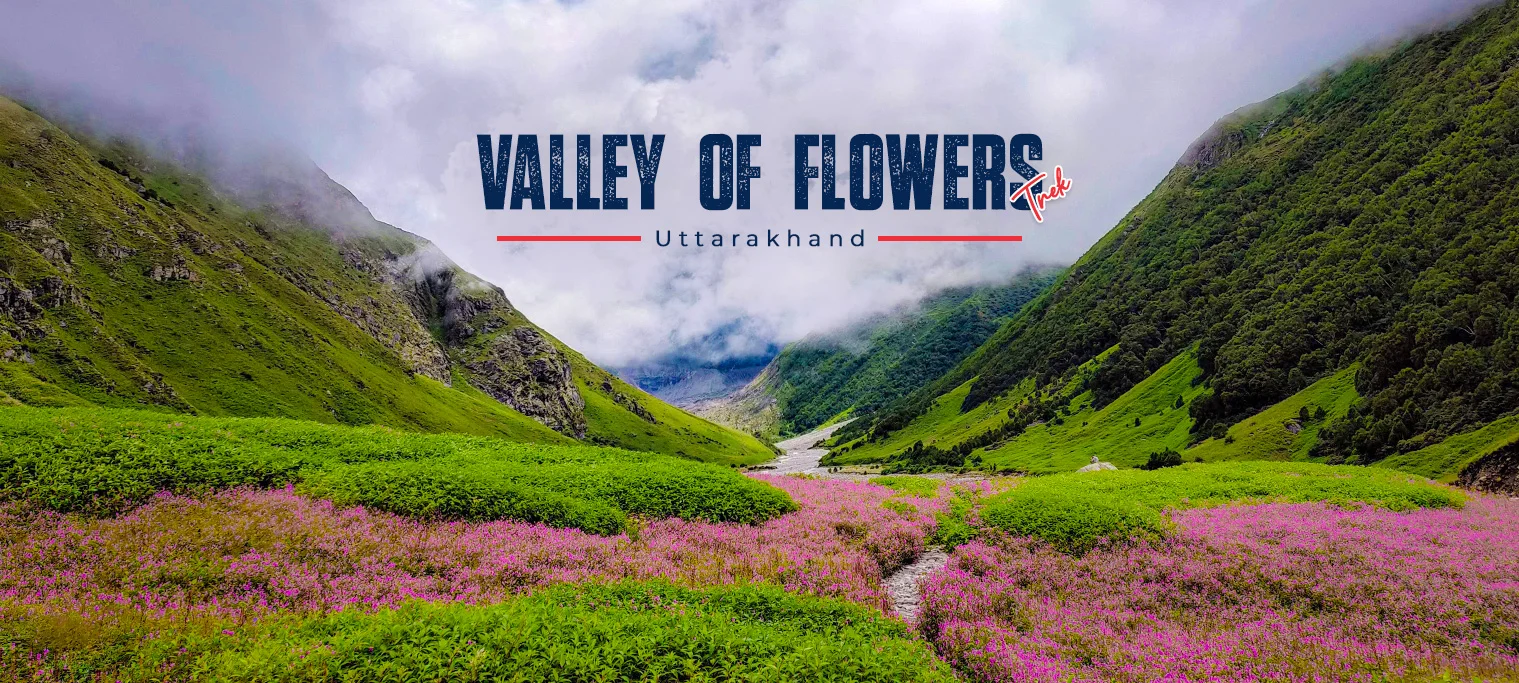
Get ready for an adventure-packed summer with our exciting lineup of treks! Know More About Summer Trek
Trending Treks
A Perfect Guide To Show Your Snow Peak Adventure
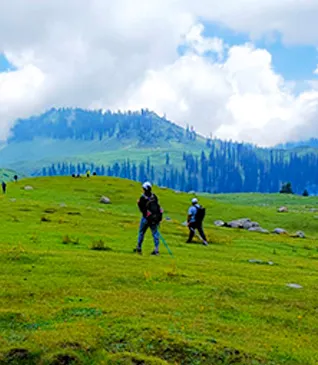
Doodhpathri Trek
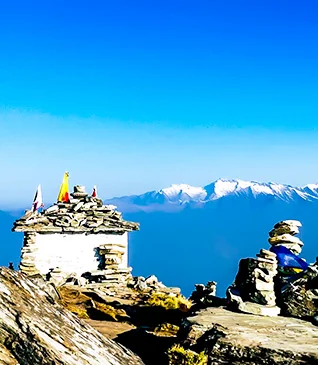
Chopta Chandrashila Tungnath Trek with Deorital
Uttarakhand
.webp)
Ranthan Kharak Trek
.webp)
Nafran Valley Trek
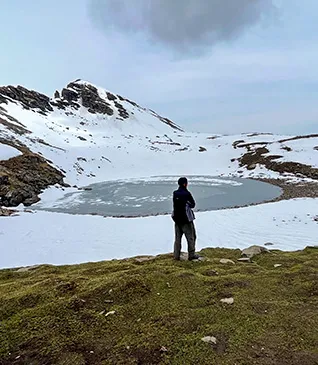
Bhrigu Lake Trek
Himachal Pradesh
.webp)
Dayara Bugyal Trek
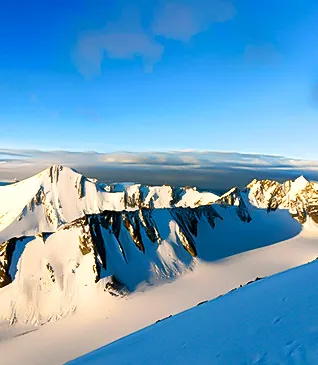
Twin Peak - Kang Yatse II, Dzo Jongo, Markha Valley Trek
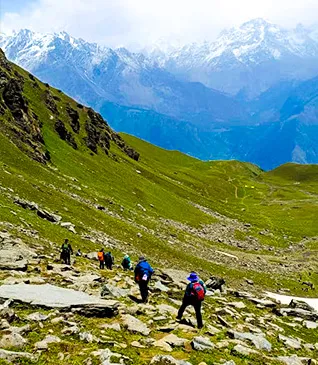
Sar Pass Trek
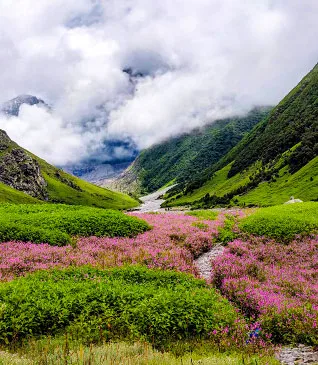
Valley of Flowers Trek
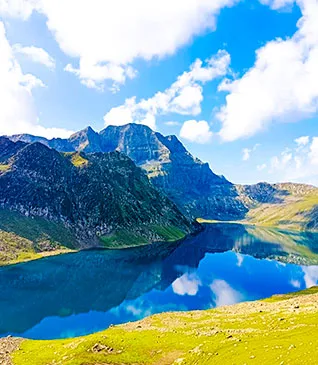
Tarsar Marsar Trek
Jammu and Kashmir
.webp)
Rupin Pass Trek
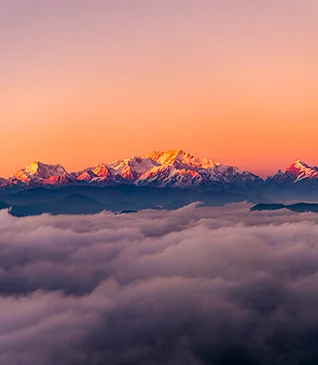
Sandakphu Trek
West Bengal
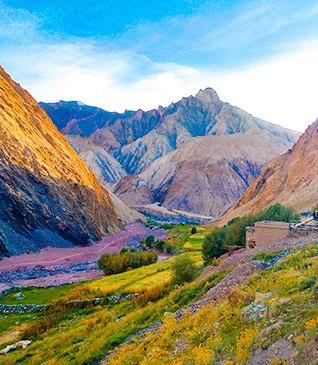
Markha Valley Trek
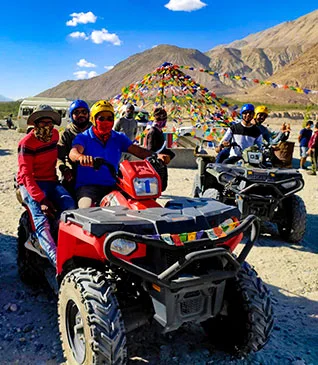
Leh Ladakh Multi-Sports Trip
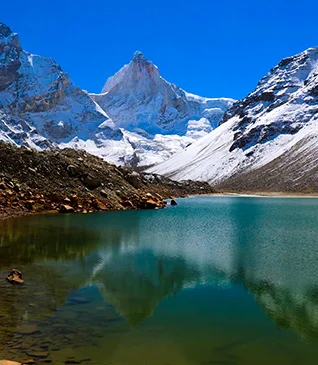
Kedar Tal Trek
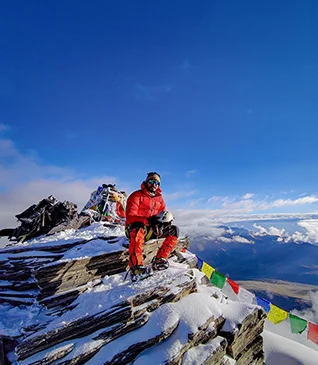
Kang Yatse II Peak Trek Expedition
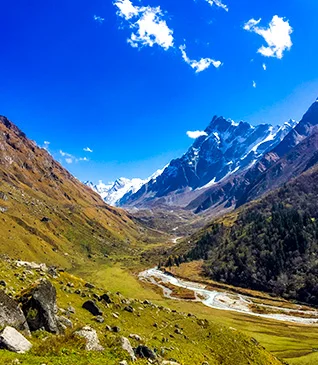
Har Ki Doon Trek
.webp)
Hampta Pass Trek
.webp)
Gaumukh Tapovan Trek
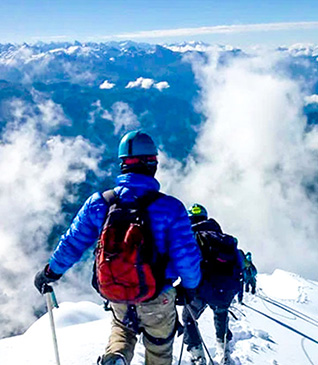
Friendship Peak Expedition
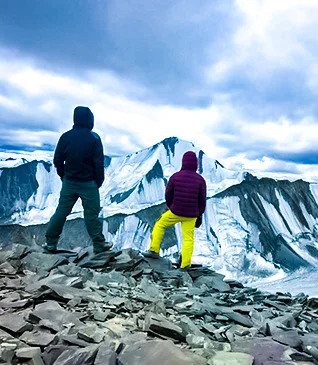
Dzo Jongo Peak Trek Expedition
Informative video.
Check out video for more information
Discover the Latest Updates
Char dham yatra package.
Embark on the sacred Char Dham Yatra journey starting from Haridwar, traversing through picturesque landscapes to Yamunotri, Uttarkashi, Gangotri, and Guptkashi, then trekking to seek Lord Shiva's blessings at Kedarnath. Explore the revered Badrinath before concluding this spiritual odyssey back in Haridwar. Our comprehensive package includes accommodation, meals, transportation, temple visits, and experienced guides. Immerse yourself in the divine essence of these sacred sites while enjoying the tranquility of the Himalayan surroundings. Throughout the journey, witness the breathtaking beauty of lush valleys, pristine rivers, and majestic mountains, while soaking in the spiritual aura that permeates these holy destinations. Join us for an unforgettable 10-day pilgrimage experience filled with devotion, adventure, and serenity.
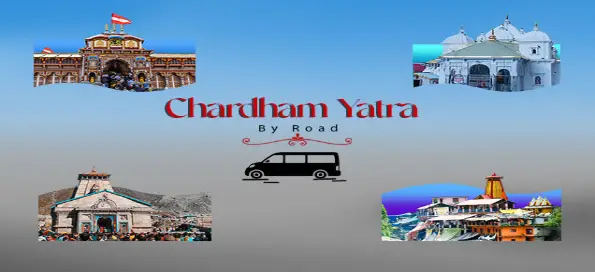
Acute Mountain Sickness (AMS)
Acute Mountain Sickness (AMS) commonly occurs in individuals ascending to high altitudes, typically above 2,500 meters (8,000 feet), due to the body's struggle to acclimatize swiftly to decreased oxygen levels. Symptoms include headache, nausea, fatigue, dizziness, and shortness of breath. Though usually mild and self-limiting, AMS can escalate into severe forms like High Altitude Pulmonary Edema (HAPE) or High Altitude Cerebral Edema (HACE), posing life-threatening risks if not promptly addressed.
Generally, trekkers come for high-altitude Himalayan treks and they are not aware of altitude sickness. Trek the Himalayas has collected some information and our experience to share about altitude sickness to help Himalayan trekkers. Altitude sickness generally refers to a condition known as Acute Mountain Sickness (AMS) . It affects people in areas of high altitude, which means areas at around 2,500m above sea level. Altitude sickness is more common, and becomes more severe, with increasing altitude.
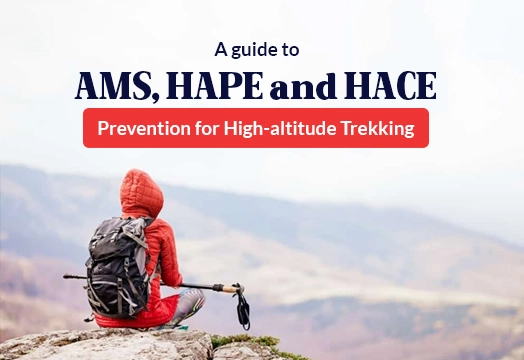
Mera Peak Expedition - A Hidden Gem in Nepal
The Mera Peak Expedition in Nepal is a hidden gem, offering a thrilling ascent to its summit at 6,476 meters (21,247 feet). Located in the Khumbu region, this trekking peak provides a challenging yet accessible opportunity for mountaineers. The journey begins with a scenic flight to Lukla, followed by a trek through picturesque Sherpa villages, dense forests, and alpine meadows, gradually acclimatizing to the altitude. As trekkers ascend towards Mera Peak Base Camp, the landscape transitions into a rugged terrain of glaciers and ice, presenting awe-inspiring views of Everest, Lhotse, Makalu, and other prominent peaks.
Nestled amidst the Himalayan Ranges, Nepal provides an ample amount of trekking and mountaineering opportunities to adventure-loving souls. Among the many trekking trails, the Mera Peak Trek is a great opportunity to build your mountaineering skills. This mountain peak is a prominent one located in the Mahalangur Himal section of the Himalayas. It stands as a challenging trekking peak at an altitude of 6476 m (21247 ft). The peak has three primary summits – Mera North (6476 m), Mera Central (6461 m) and Mera South (6065 m) and also a smaller trekking summit.
.webp)
Why Choose Trek The Himalayas for Your Trekking Adventures
We are committed to sustainable and responsible tourism, minimizing our environmental impact and supporting local communities. By collaborating with eco-friendly lodges and employing local guides and porters, we contribute to the economic development of the regions we visit. Additionally, our unwavering dedication to safety includes thorough risk assessments, well-maintained equipment, and emergency evacuation protocols. With Trek The Himalayas, you can embark on your adventure with confidence, surrounded by breathtaking landscapes and creating memories to last a lifetime.
Trekking as an adventure sport has gained immense popularity over the years. More and more people are becoming interested in stepping into the realm of the mountains. Organized trek trips are a burgeoning industry and every other day a new trekking organization is popping up in the country. Trekking tour operators make your journey so much easier and more convenient and as such it is essential that you choose the trekking organization cautiously.
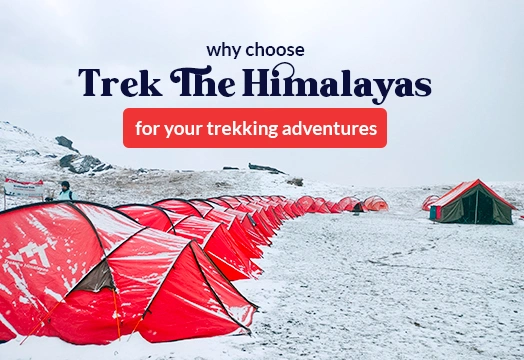
Our Top Picks Of Summer Treks in Indian Himalayas
Discover our top summer trek picks in the Indian Himalayas for an unforgettable adventure. Journey to Uttarakhand for the legendary Roopkund Trek, boasting challenging terrain and breathtaking Himalayan vistas amidst vibrant wildflowers. Alternatively, explore the UNESCO World Heritage Site, Valley of Flowers Trek, a floral paradise embraced by snow-capped peaks and glistening streams. These treks promise unparalleled experiences, blending nature's beauty and the thrill of adventure in the majestic Indian Himalayas.
With the winter first all around, do you find yourself eagerly anticipating the warmth of summer? Are you yearning to witness the transformation of everything that stood still, thawing under the gentle caress of the summer sun? In the Himalayan slopes, summer heralds a spectacle of melting snow, vibrant valleys adorned with an array of wildflowers, melodious tunes of exotic birds, and a night sky painted with a celestial wonder. With the sun’s radiance, trees burst forth with leaves, animals emerge from their hibernation, and life reawakens amidst the embrace of summer. A retreat amidst the grandeur of the Himalayas during summer seems like a wonderful escape, isn’t it?
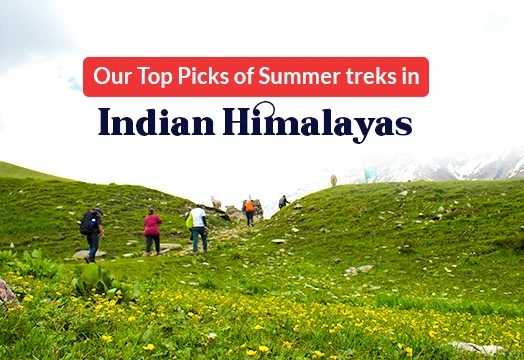
Trekking Gears
Buy or Rent Trekking Gears
School, College & Corporate
Outbound Learning Programs
Our experiential learning program is meticulously designed to impart a diverse range of experiences to the students of schools and colleges with an immersive and hands-on technique.
Our experiential learning program spans various levels tailored to different age groups, ensuring activities are both age-appropriate and safe. From campus-based adventures for younger students to high-altitude treks for college-level participants, each level offers unique challenges and opportunities for growth.
The programs include different activities including team building activities and leadership development, environmental education programs, Outdoor skills training, and adventure-based learning activities appropriate to each age group.
The outcome of the program focuses on goal setting, social development, emotional development, building self-confidence, developing collaborative leadership, and a more responsible connection with the environment
Must Read Articles
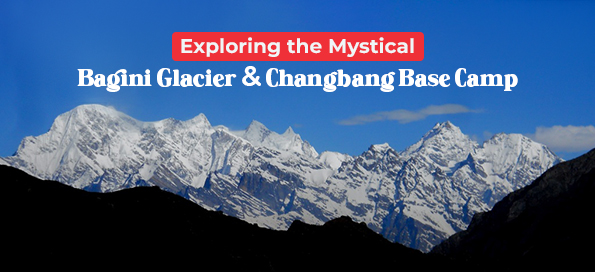
Exploring the Mystical Bagini Glacier and Changbang Base Camp

Best Summer Trekking Trails

Discover Satopanth Lake Trek: Unforgettable Adventure

Trekking in Ladakh, Ladakh Treks

I am a Trekker and not a Tourist

8 New Treks: Welcome 2019 with Adventures never experienced before

This summer choose Mountains over Beaches: Buran Ghati trek

Trekking in Himachal, Himachal Treks

Best Two Monsoon Treks

Bodpathri Tosamaidan Trek: Kashmir’s Natural Wonder

Frequently Asked Questions(FAQ)
How to register/create an account with tth.
To register with TTH, visit our website - www.trekthehimalayas.com and create your account. To create your account you will need to use your email address and fill in all the details, set your unique password and your account is ready to use.
How to book a trek?
- To book a trek with TTH, you first need to register with us and create an account.
- Choose the trek that you want to do and click on available dates.
- You will land at the login page, fill in the required details.
- Add Participants, choose add-on services click on the Pay now button, choose your preferred payment method, and make the payment. TTH accepts multiple payment options, including credit/debit cards, net banking, and UPI.
- You will receive a confirmation email from TTH with all the necessary details about the trek, including the meeting point, transportation, accommodation, and other important instructions.
Made a payment but did not receive any confirmation.
please send an email to us at [email protected] or reach out to the numbers provided in the Help and Support section of your Trek Page. We will ensure that your issue is promptly resolved.
How to book off-load luggage and transportation?
To book services such as off-load luggage and transportation, you can find them listed as add-ons. These additional services can be booked at the time of your initial booking. If you miss booking add-ons during the initial reservation, you can log in anytime and easily book 4 days before the departure date add-ons through the platform.
If I have booked the wrong trek or date, how can I make changes?
In such a situation, please log in to your account and transfer your trek or date to the desired one within 12 hours or drop us an email at [email protected] 10 days before the departure date of the trek. After the initial 12-hour period, any changes will be processed according to the cancellation policy.
I am a beginner and confused which trek to book.
We recommend visiting our "Suggest Me a Trek" page. By filling out the form, our experts will contact you with the best possible trek options based on your preferences and experience level. Alternatively, you can reach out to us via email at [email protected] or give us a call using the numbers provided on our website for personalized assistance and recommendations.
Are trek poles, Jackets and other equipment available for rent from Trek The Himalayas?
Yes, we do provide gears on rent. You can book it using you TTH account directly.
Who will be with us on the trek from Trek The Himalayas?
Mountaineering qualified Experienced and first aid certified Trek Leader, First Aid Certify local guide, Cook, helpers and supporting staff.
Who can not join the trek?
People suffering from Bronchitis, Asthma, High blood pressure, Epilepsy (got faints), TB , Heart problem or on higher BMI side are strictly not allowed to go on any Himalayan trek. Apart from this if you had any medical history, please let us know.
When it gets really cold can I consume alcohol?
No. Alcohol and smocking isn’t allowed while on trek. It is totally misconception that it will keep you warm. Your body need to acclimatize properly and for that eat properly and drink enough water; these things will keep you warm.
What type of toilet facility is TTH providing at the trek?
Toilet tents provide a convenient solution for answering nature's call in the great outdoors. Dry toilets, in particular, offer a highly sanitary approach. By digging a pit and utilizing mud and a shovel, you can easily cover up your waste. This method ensures cleanliness and hygiene while camping or exploring in the forest.
Remember to pack essential toiletries to complete your outdoor bathroom kit and maintain proper personal hygiene during your adventures. With these practices in place, you can enjoy nature while also respecting it.
How do I manage the negative temperatures on the trek at higher camps? Do I need special jackets?
Layer Up From Head To Toe Eat Full Meals, never sleep empty stomach You can keep warmee (if you’re more susceptible to cold). Use sleeping bag in right way and don’t leave free space in sleeping bag.
For upper body – Thermal layer – T-shirt (full-sleeves) – Fleece T-shirt (for extreme colds) – Fleece layer – Thick Jacket/Down Jacket – Waterproof or Windproof layer (outermost layer, when it is snowing or raining) - For Lower Body – Thermal layer – Hiking pants (normal) or Winter hiking pants
Based on how warm you feel you can skip any of the above layers. Your outer later should be windproof since it is windy at high altitude. The idea behind layering is that the more insulation you have the less cold you feel, and instead of wearing a very thick jacket if you wear multiple layers, your body will be better insulated against the cold.
Do you provide crampon/micro spikes and gaiters?
Yes, we provide micro spikes and gaiters, if required.
What documents need to carry on trek?
Mandatory documents: 2 xerox of ID having address (addhar card/driving license), 2 Passport size photographs, hard copy Medical form signed & sealed by doctor, disclaimer form sign by trekker and high altitude insurance.
If we come prior the trek date, Do you provide accommodation?
No. We don’t but we can suggest you good hotel/Stay nearby pick up location.
What kind of shoes we should buy for the trek?
You should buy shoes which has these three features –Good grip, Ankle Support and additional water resistant layers. Generally, we advise Quechua Trek 100, MH 500 and MH 100.
How do we get back after the trek?
Your return transport is also included in trek fee if you're opting for service Dehradun to Dehradun ; we use Tempo Traveller/ Tata Sumo/Max/Boloero kind of vehicle.
What happens if some members of the team need to turn back before the summit?
No one is forced to go on. There is always enough staff to split the party according to need and regroup later at the camp. Most people have no trouble reaching the highest campsite. If some members decide not to climb the final distance they can wait for the climbers to come back down the same way or take a lateral path to the descent route.
What kind of help is available in case of emergency?
We always have a first aid kit close at hand. Serious injuries are rare. Porters will assist injured climbers to the base of the mountain and onward to a clinic or hospital. Kilimanjaro International Airport is very near Marangu Gate if evacuation to the US or Europe is advisable.
How is family trek different from regular trek?
Family treks differ from regular treks by focusing on ease of difficulty, offering shorter durations for younger participants, Kid-friendly and easily digestible foods, child-friendly activities, maintaining a higher guide ratio for diverse age groups, and implementing additional safety measures for families.
Ideal treks for children.
Family Trek with Kids recommendation Only Dayara Bugyal and Chopta Chandrashila Trek.
Minimum age for children to trek with TTH.
Minimum age for TTH treks is typically 7 years, though this may vary depending on the specific trek.
Can we take children to high altitudes with their guardian?
Yes, you can take a kids to a high-altitude trek with a parent. Discuss with a trek expert before booking a trek.
Can we send kids without Parents/guardian?
Junior trekkers (below 15 years) should have a company of parents/guardians.
Trekkers between 15 to 18 years can come solo with the disclaimer form signed by parent/guardian.
Medical & Disclaimer Form (Mandatory Documents) Click here to download medical and disclaimer form
How to prepare a child for a high altitude trek?
Physical Fitness: Ensure your child is physically fit. Engage them in regular exercise, outdoor activities, and hikes to build stamina and endurance. Hydration: Emphasize the importance of staying hydrated at high altitudes. Encourage your child to drink water regularly, even if they don't feel thirsty. Proper Nutrition: Provide a well-balanced diet with sufficient carbohydrates for energy and foods rich in iron to prevent altitude sickness. Adequate Sleep: Ensure your child gets enough sleep in the days leading up to the trek. Quality rest is crucial for altitude adaptation. Educate on Altitude Sickness: Teach your child about the symptoms of altitude sickness, such as headache, nausea, and dizziness. Encourage them to communicate any discomfort immediately. Appropriate Clothing and Gear: Dress your child in layers to adjust to changing temperatures. Ensure they have appropriate trekking gear, including sturdy footwear. Positive Mindset: Foster a positive mindset. Encourage your child, and let them know it's okay to take breaks when needed. Medical Check-Up: Schedule a medical check-up before the trek to ensure your child is fit for high-altitude activities. Consult with a healthcare professional about any potential health concerns.
Kind of food will be served during the trek for children.
TTH takes special care to provide wholesome and nutritious food for children on treks. Here are some of the foods that are typically served for children: Breakfast: For breakfast, TTH serves a variety of options like porridge, cornflakes, bread, butter, jam, honey, boiled eggs, omelettes, and pancakes. Children can choose from these options to fuel themselves for the day's trek. Lunch: For lunch, TTH serves lunch which includes rotis, vegetables, rice, dal, and salad. The rotis are usually made fresh on the trek and are a good source of carbohydrates. The dal and vegetables provide protein and other essential nutrients. Snacks: TTH provides healthy snacks like fresh fruits, dry fruits, energy bars, cookies, and biscuits to keep the children energized throughout the day. Dinner: For dinner, TTH serves a hot and wholesome meal which includes soup, rice, dal, vegetables, and a non-vegetarian dish (if requested in advance). Children can also choose from a variety of desserts like custard, jelly, and fruit salad. Dietary requirements: If a child has any special dietary requirements, TTH can cater to those needs as well. For example, if a child is lactose intolerant or allergic to nuts, the kitchen staff can make arrangements to accommodate those requirements.
How to choose the right trek?
Choosing the right trek for a beginner can be a bit overwhelming as there are many factors to consider such as distance, elevation gain, terrain difficulty, weather, and time of year. Here are some tips that can help you choose the right trek for a beginner:
1. Determine fitness level: Assess the fitness level of the beginner to understand their physical capabilities. This will help you select a trek that is challenging but not too difficult.
2. Choose a well-traveled trail: A well-traveled trail will have more amenities such as signposts, water stations, and shelter. It is also safer as there will be other hikers on the trail.
3. Consider the length of the trek: For beginners, it is recommended to start with a shorter trek that can be completed in a day or two. This will help them get acclimatized to trekking and build their confidence.
4. Look for gradual elevation gain: Choose a trek with a gradual elevation gain rather than steep ascents. This will make the trek easier and more enjoyable.
5. Check the weather: Check the weather forecast before selecting a trek. Avoid treks during the monsoon season or winter when the trails can be slippery or dangerous.
6. Research the trail: Read about the trail to get an idea of the terrain, altitude, and difficulty level. This will help you select a trek that is suitable for the beginner.
7. Consult with an expert: If you are unsure about which trek to choose, consult our trek expert Mr. Nitin (+91 70600 59773) between 10 AM to 6 PM (Tuesday - Friday). Mr. Nitin will provide you valuable advice and guidance.
Overall, it is important to choose a trek that is enjoyable, challenging but not too difficult, and suitable for the beginner's fitness level and experience.
Can a beginner choose a tough trek?
It is not recommended for a beginner to choose a difficult Himalayan trek. Trekking in the Himalayas can be physically and mentally challenging, especially if you are not used to the high altitude, steep slopes, and rugged terrain. Choosing a difficult trek without the proper experience, fitness level, and preparation can be dangerous and put you at risk of altitude sickness, injury, and other hazards.
If you are a beginner, it is recommended to start with an easier trek and gradually build up your skills and experience. This will help you understand the challenges of trekking in the Himalayas, and also prepare you physically and mentally for a more difficult trek in the future. It is also important to choose a trek that matches your fitness level, experience, and interest.
What is the age limit for a beginner trekker?
There is no specific age limit for a beginner trekker. However, it is important to consider your physical fitness, health condition, and personal interests before embarking on a trek. Trekking in the Himalayas can be physically and mentally demanding, and requires a certain level of physical fitness and endurance.
If you have any pre-existing medical conditions or are above a certain age, it is recommended to consult with a doctor before embarking on a trek. It is also important to listen to your body and take breaks as needed during the trek to prevent exhaustion or injury.
If I am solo, can I join the trek in a group?
Yes, you can join the trek. We have fixed departure groups where you can simply book your trek and we will take care of curating a group.
How does my family get updated about my Trek?
Before you start the trek, it is recommended that you make all the necessary phone calls as during the trek you may or may not receive network coverage, once you come back to the Base Camp, you can reconnect with your family via phone once again. You can share your trek coordinator contact detail with your family members to get the latest updates about your trek batch.
What food can I expect?
At TTH, we provide wholesome and nutritious meals during the trek. The food is vegetarian and includes a variety of dishes such as rice, dal, vegetables, chapati, paratha, pasta, noodles, and soup. We also offer snacks such as biscuits, and salty, and dry fruits during the trek. Special dietary requirements such as vegan, gluten-free, or Jain food can also be arranged if informed in advance.
I am allergic to some foods.
If you are allergic to some foods, you need to let us know in advance so that we can make arrangements accordingly.
Do we get enough water for drinking?
Yes, trekker must carry 2 water bottles 1 litre each so they can refill it at campsite for drinking and keep themselves hydrate.
How safe is trekking with TTH?
TTH is a trekking company that prioritizes the safety of all its participants, including women trekkers. They have a comprehensive safety system in place, which includes a dedicated team of experienced and trained trek leaders and support staff who are equipped to handle emergency situations and provide first aid.
TTH also takes specific measures to ensure the safety and comfort of women trekkers. They have a separate tent accommodation for women trekkers, female trek leaders, and support staff. They also provide separate toilet facilities for women and encourage a safe and respectful environment for all trekkers.
Moreover, TTH has a strict policy against any kind of harassment and has a zero-tolerance policy towards such incidents. They have a designated Internal Complaints Committee (ICC) to investigate and address any complaints related to harassment or misconduct. Overall, TTH has a good reputation for safety and responsible trekking practices, and women can feel comfortable and safe while trekking with them.
How TTH will manage if I am the only woman in the group?
In case you are the only women in the group, we provide a single sleeping arrangement. Also, during the trek, the trek leader will always remain by your side to provide optimum safety and reassurance.
How can I know that other women are in the batch?
You can reach out to the trek coordinator to inquire about the number of female trekkers and their respective states who have booked the trek. Please note that the trek coordinator cannot disclose personal details of any trekker. Once you've confirmed your booking, a WhatsApp Group will be created for all the trekkers in your batch. This allows you to connect with fellow trekkers before the trek begins.
Can I know in advance, which trek is led by a women Trek Leader?
While many of our treks are led by female trek leaders, however, it is not possible to know which trek leader is assigned to which group. But nonetheless, whether the trek leader is male or female you can be completely assured of your safety and security with us.
Can I trek with periods? If yes, then where can I dispose of the sanitary pad?
Yes, it is possible to trek with periods. However, it is important to take some extra precautions and preparations to ensure a comfortable and safe trekking experience.
Here are some tips that can help you trek during your period:
1. Use menstrual hygiene products that you are comfortable with, such as tampons, pads, or menstrual cups. It is recommended to carry enough supplies for the entire duration of the trek.
2. Pack wet wipes, hand sanitizer, and plastic bags to dispose of used hygiene products.
3. Wear comfortable and breathable clothing that allows for easy movement and reduces friction. Avoid wearing tight or restrictive clothing that can cause discomfort.
4. Carry pain relief medication, such as ibuprofen or acetaminophen, in case of menstrual cramps.
5. Stay hydrated and maintain a balanced diet to support your energy levels and overall health.
6. Take breaks as needed and listen to your body. If you feel uncomfortable or experience any unusual symptoms, seek medical attention immediately.
It is also recommended to consult with a doctor before going on a trek during your period, especially if you have a pre-existing medical condition or are taking medication. By taking necessary precautions and being prepared, you can have a safe and comfortable trekking experience even during your period.
We provide proper disposal facilities for sanitary pad disposal during the trek.
How will the accommodation be during the trek?
We offer three person tents with twin-sharing for optimum comfort. A woman trekker will share a tent with another woman trekker and if you are the only woman in the group, you will be given a single accommodation for your comfort and privacy.
Awards And Recognitions
Trekkers reviews.
What Our Trekkers Say
Based on 6300 reviews
Google Review
.webp)
Dayara Bugyal is my first ever trek and I think will be the most memorable trek of my life. The view from maggie point and.....
.webp)
I have just finished my Kedarkanth trek with TTH. It was really an unforgettable experience for me. It's my first solo trek but really they.....
.webp)
Just completed my 1st trek ( Pangarchulla)with TTH team and what an amazing experience it was. Great trek leader (Sudhanshu Sir), excellent support staff (.....
 (1).webp)
I went on the Phalut Sandakphu trek along with family with TTH. The experience was great. The entire team was very helpful and made the.....
.webp)
The trek was amazing. The team was wonderful especially team leader Mr. Ravi. The food and all arrangements were great. Thank you TTH.....
.webp)
This my 3rd trek with TTH. It was amazing experience to trek with TTH to Sandakphu. Had lot of fun playing with snow.. the climate.....
.webp)
Thank you TTH, especially Pemba, Munesh, Bikram and the rest of the team, for an awesome Sandakphu trek. Despite inclement to bad weather, every effort.....
.webp)
Just completed kuari paas trek with TTH ,had awesome experience with them . Trek leader Ashish sir and Mayank sir was so supportive and helpful,.....
.webp)
I've been on 2 treks (Kedarkantha and Brahmatal) with TTH, and the experience on both had been great. They have amazing Trek Leaders, Guides and.....
.webp)
I did EBC trekking with TTH. The most organised trip I have ever been to! We had the best trek lead Sudhanshu, and Sherpas who.....
.webp)
Had a great experience with the TTH Team. The trek was challenging but the experienced Trek Leads made it a breeze. Food was tasty and.....
.webp)
I did the Chopta Chandrashila trek with Himanshu and Ishab from Trek The Himalayas from 16th-20th December. I made so many memories and had a.....
.webp)
I have been for the Kuari pass trek with TTH in the 31st Mar to 5th Apr batch. This is my 3rd trek with them......
.webp)
One of the best trek of my life , outstanding experience, great food , great trek leaders with professional training.thanks to our trek leaders who.....
.webp)
Excellent experience with TTH. We were a team of 25 trekkers and each person could do the Kedarkantha summit thanks to the brilliant management by.....
Rent A Gear
Trek Articles
Quick Links
Trekking & Hiking
Mountaineering
Multi Sports
Himalayan Pilgrimage
Website Privacy
Terms & Condition
Contact Info
Get in touch with us. E-mail us Monday-Saturday (10 AM to 6 PM)
Address: Trek The Himalayas, Kaintura Plaza, Badrinath Road Tapovan, Rishikesh - 249201 Uttarakhand
Phone: 8191004846
Email: [email protected]
2010 Trek The Himalayas. All rights reserved

Passing Thru Travel
The 10 Best Treks in Nepal’s Majestic Mountains 2024
Posted: February 21, 2024 | Last updated: February 21, 2024
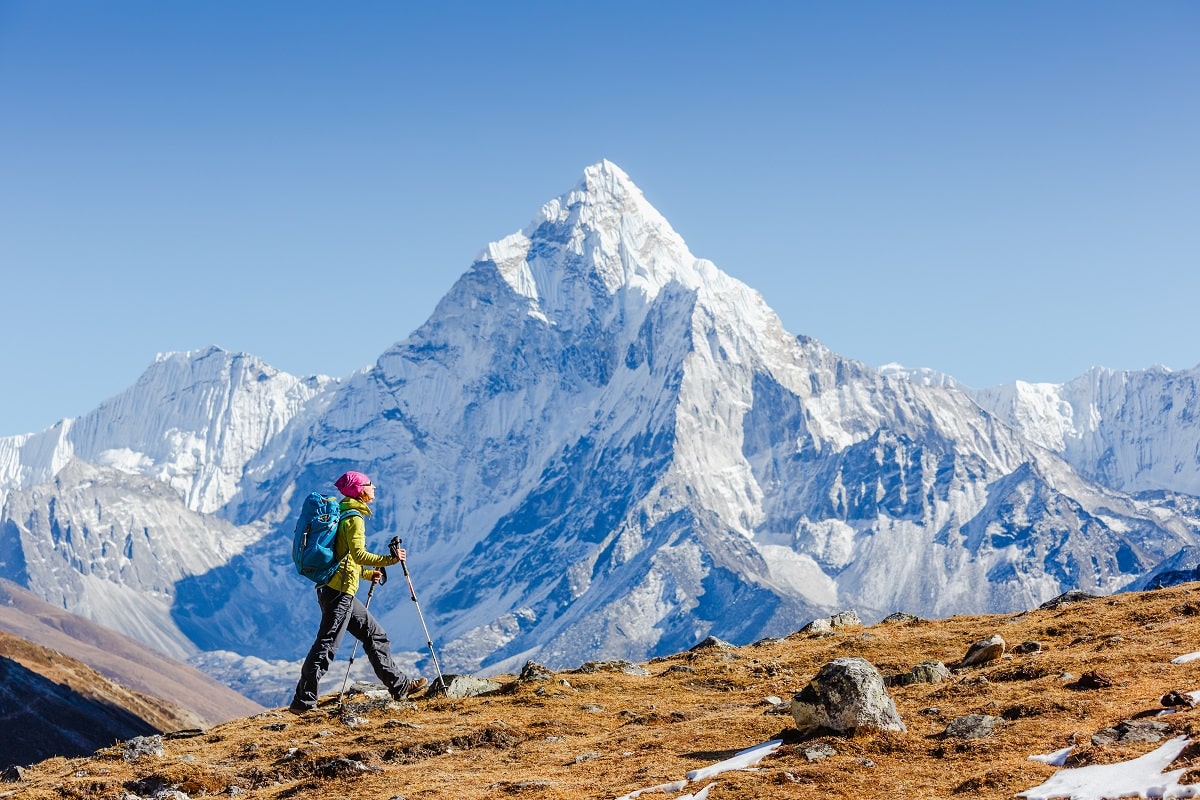
Nestled between the towering peaks of the Himalayas, Nepal is a land of unparalleled natural beauty and a haven for trekkers. From the iconic Everest Base Camp to the serene trails of the Annapurna region, Nepal’s mountains offer a diverse array of trekking experiences, each more awe-inspiring than the last. This guide will take you through 10 of Nepal’s most majestic mountain destinations, providing insights and practical advice for your trekking adventure.
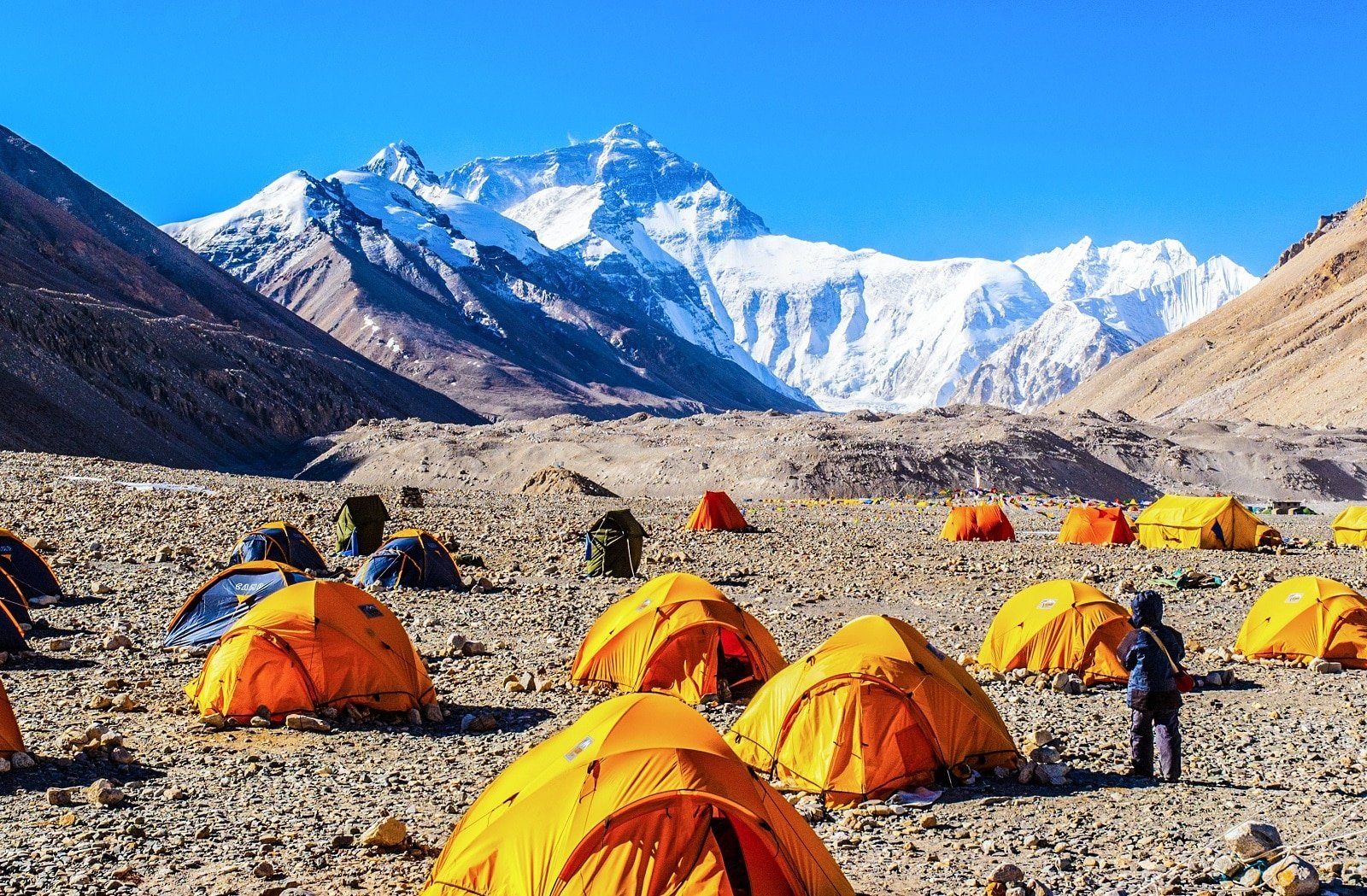
1. Everest Base Camp
Embarking on the Everest Base Camp trek, you’ll journey through the heart of the Himalayas, where the world’s highest peaks, including Everest, Lhotse, and Nuptse, tower above. Starting with a thrilling flight to Lukla, the trek takes you through traditional Sherpa villages, Buddhist monasteries, and along the Dudh Kosi River. The route is challenging yet rewarding, with acclimatization days in Namche Bazaar and Dingboche. The final ascent to Base Camp offers a stunning view of the Khumbu Icefall, making all the effort worthwhile.
Insider’s Tip: Acclimatize properly to avoid altitude sickness.
When To Travel: Pre-monsoon (March to May) or post-monsoon (September to November).
How To Get There: Fly to Lukla from Kathmandu and start your trek from there.
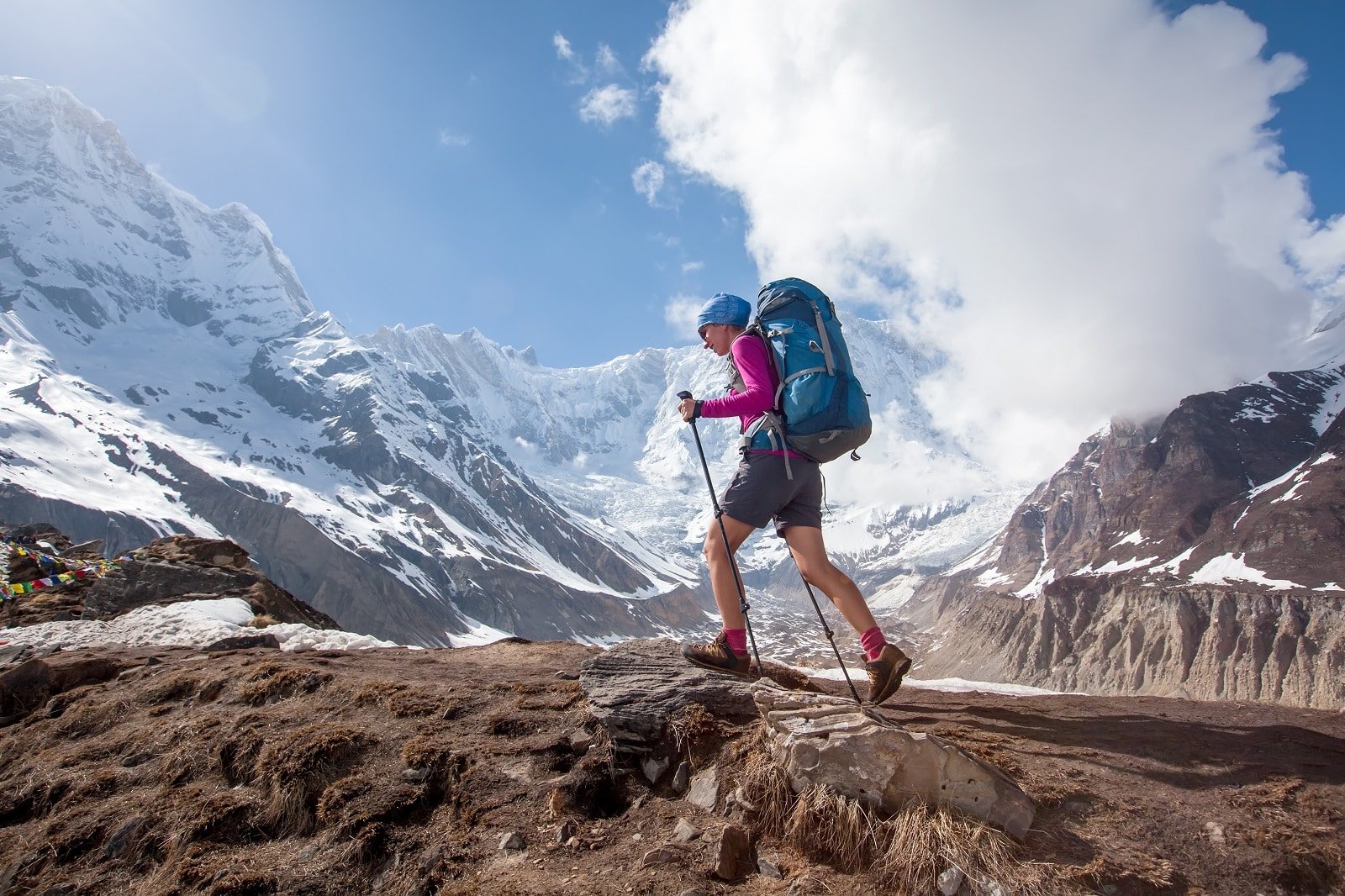
2. Annapurna Circuit
The Annapurna Circuit is a classic trek that takes you around the majestic Annapurna massif. This journey offers a remarkable diversity of landscapes, from the subtropical jungle of the Marshyangdi Valley to the arid, Tibetan-like terrain of the Upper Mustang. Crossing the Thorong La Pass, the trek’s highest point, is a challenging but exhilarating experience. The trek also allows for cultural immersion in the mountain communities of the Gurung and Manangi people.
Insider’s Tip: Take side trips to the ice lakes or Tilicho Lake for additional stunning views.
When To Travel: March to May and October to November for the best weather conditions.
How To Get There: The trek typically starts in Besisahar or Bhulbhule, accessible by road from Kathmandu or Pokhara.
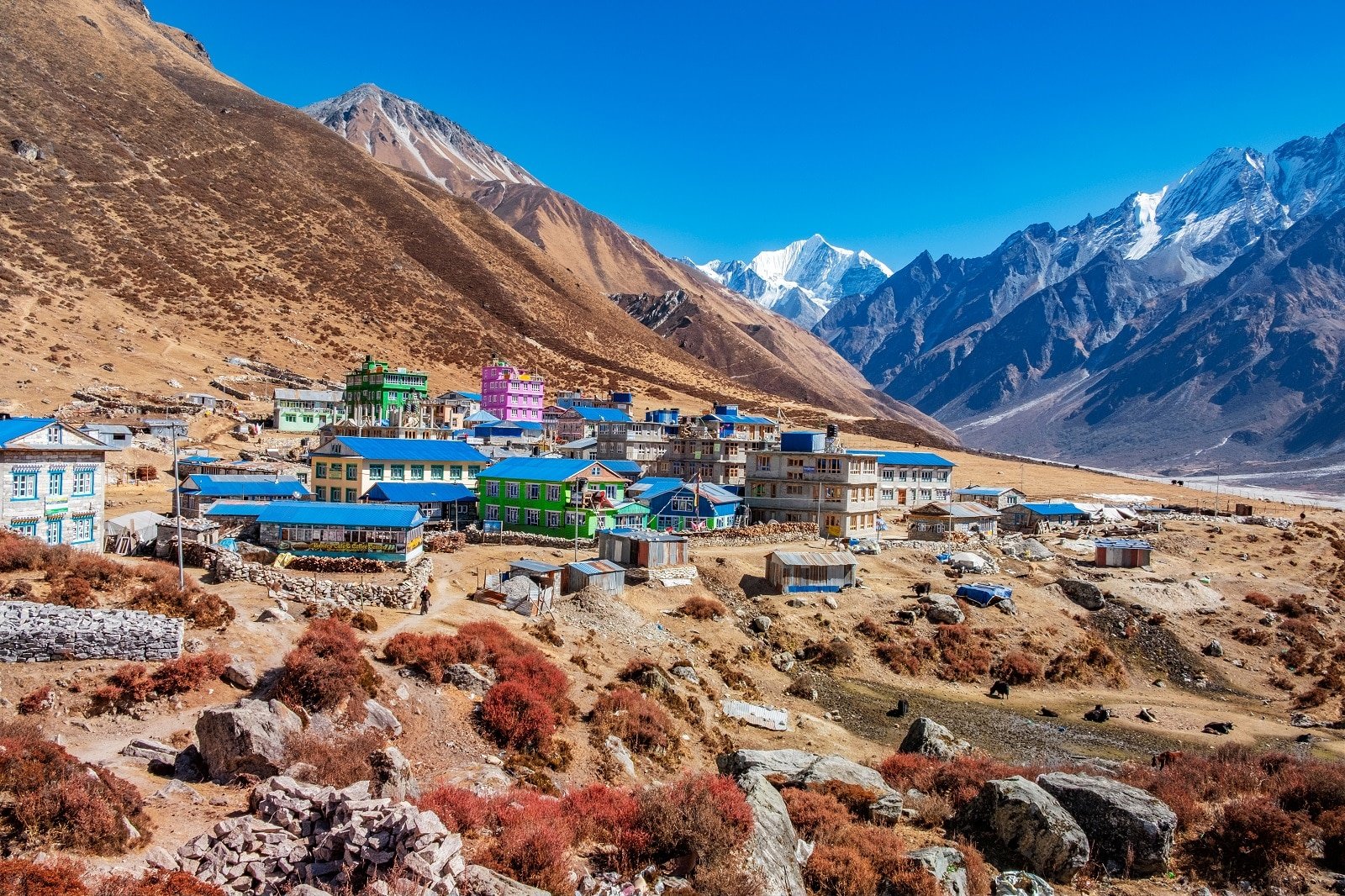
3. Langtang Valley
The Langtang Valley trek offers a quieter, more intimate Himalayan experience. It begins with a drive to Syabrubesi and a trek through forests, pastures, and traditional villages. The valley provides close-up views of Langtang Ri and Langtang Lirung. The trek also includes a visit to Kyanjin Gompa, a significant Buddhist monastery, and an optional climb to Tserko Ri for panoramic mountain vistas. This region was heavily affected by the 2015 earthquake, and trekking here supports local recovery efforts.
Insider’s Tip: Extend your trek to Gosaikunda Lake for a spiritual experience.
When To Travel: March to May and September to November for clear skies and pleasant temperatures.
How To Get There: Drive to Syabrubesi from Kathmandu, the starting point of the trek.
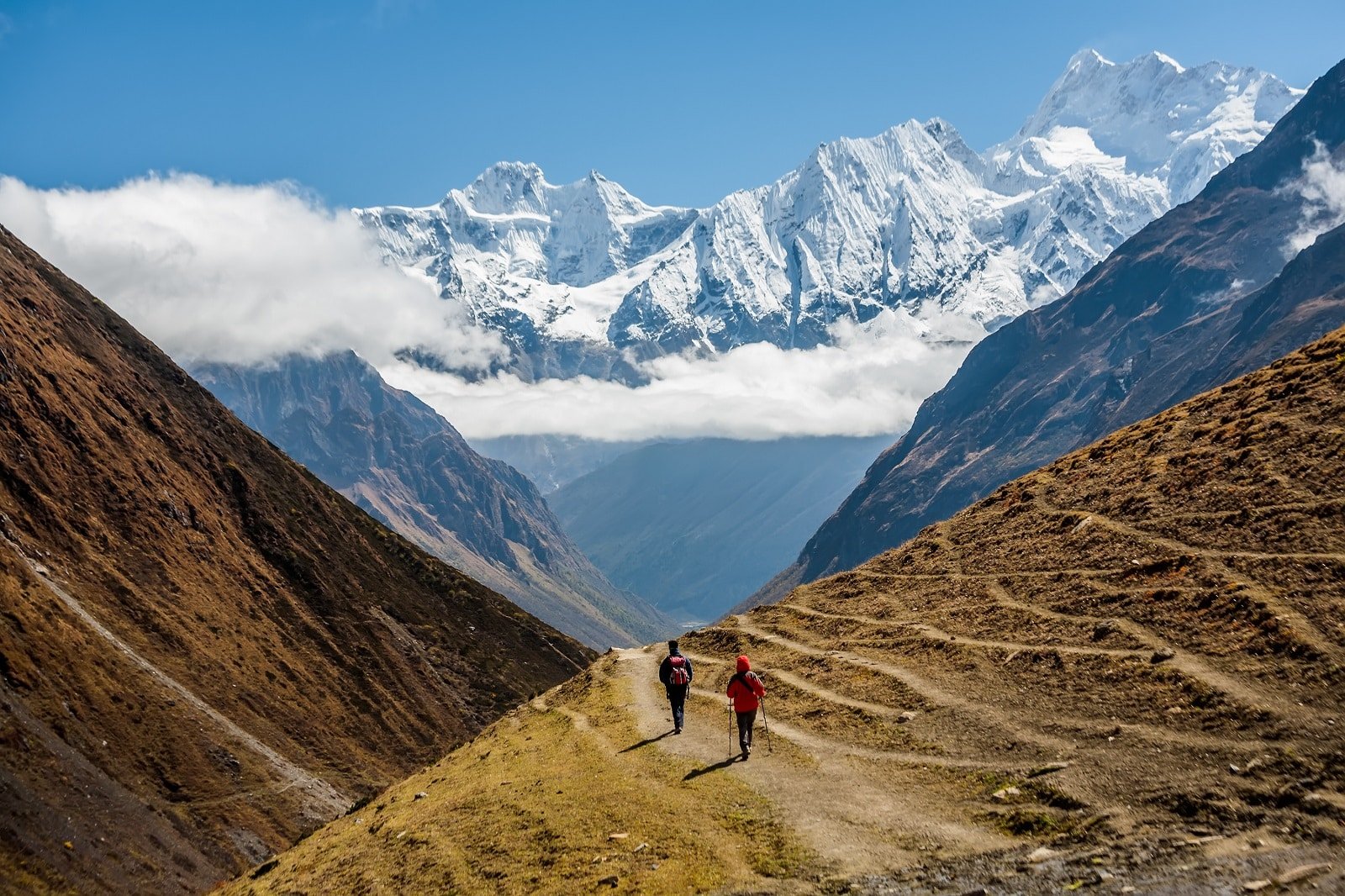
4. Manaslu Circuit
The Manaslu Circuit trek circles the majestic Manaslu, the world’s eighth-highest peak. This trek is less crowded than its more famous counterparts. It offers a look into the untouched natural beauty and culture of the Nepali Himalayas. The trek involves crossing the Larkya La Pass and traverses through Budhi Gandaki Valley, known for its mix of Hindu and Tibetan Buddhist villages. The circuit is a challenging trek, blending cultural richness and scenic splendor.
Insider’s Tip: Ensure you have a guide, as the Manaslu trek requires special permits.
When To Travel: March to May and September to November are ideal.
How To Get There: The trek starts at Arughat or Soti Khola, which can be reached by bus or jeep from Kathmandu.
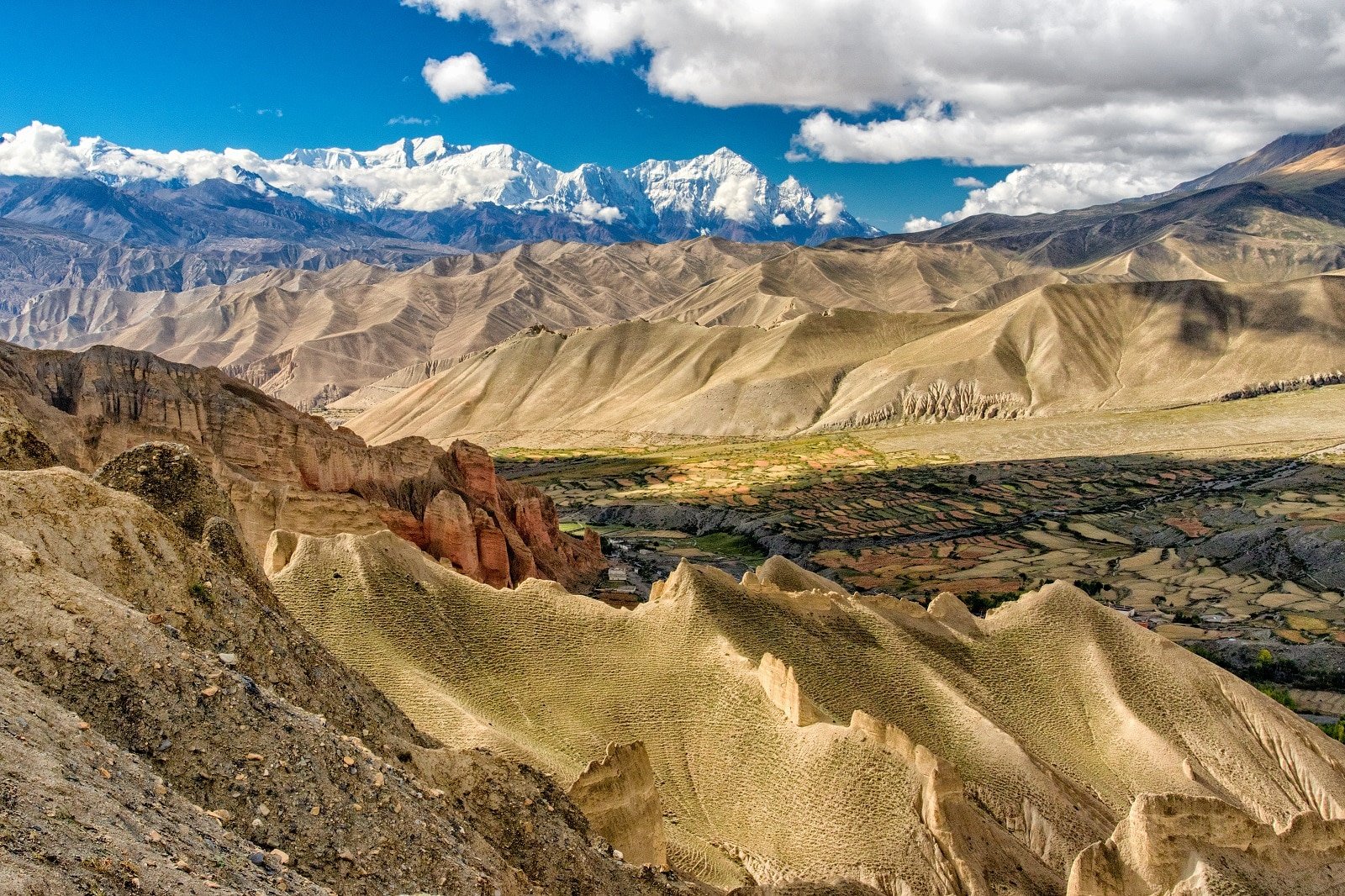
5. Upper Mustang
Trekking in Upper Mustang takes you to a region that was once an independent kingdom. The landscape here is more desert-like, characterized by eroded canyons and colorful stratified rock formations. Lo Manthang, the walled capital, is a highlight, with its monasteries and royal palace. This area is culturally and geographically more akin to Tibet, offering a unique trekking experience distinct from the rest of Nepal.
Insider’s Tip: Visit the ancient monasteries and the royal palace in Lo Manthang. Stay at the beautiful Shinta Mani Mustang.
When To Travel: May to October, as the region lies in the rain shadow area.
How To Get There: Fly or drive to Jomsom, then trek or drive to Lo Manthang.
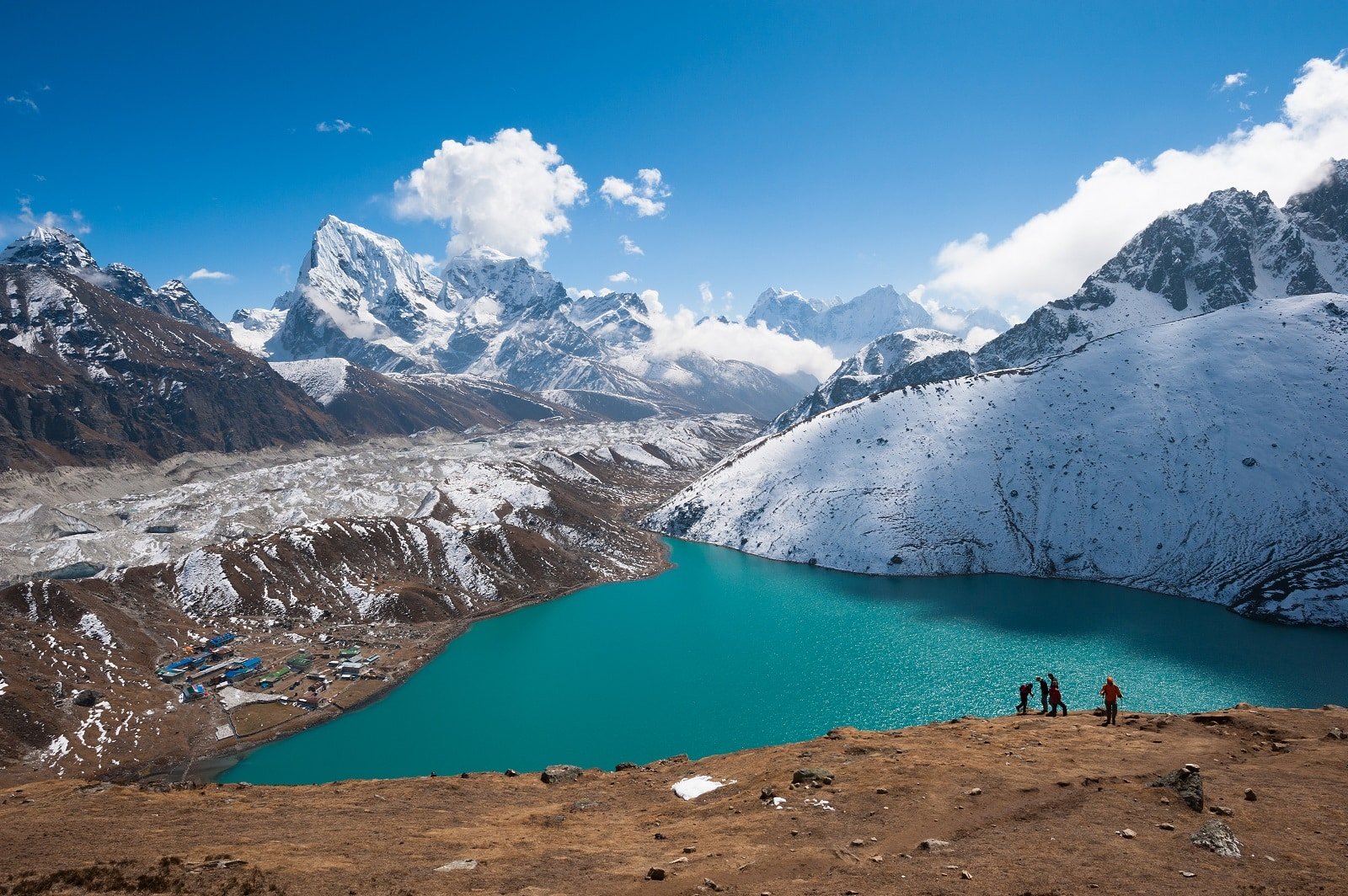
6. Gokyo Lakes
The Gokyo Lakes trek is a fantastic alternative to the Everest Base Camp trek, taking you to a series of stunning high-altitude lakes in the Gokyo Valley. The trek is less crowded and provides spectacular views of Everest and surrounding mountains. Climbing Gokyo Ri offers one of the best viewpoints in the Everest region. The trek passes through Sherpa villages, offering insight into the local culture.
Insider’s Tip: Trek during the full moon for spectacular night views of the mountains.
When To Travel: March to May and September to November for the best weather.
How To Get There: Similar to Everest Base Camp, fly to Lukla and follow a different trail.

7. Poon Hill
The Poon Hill trek is ideal for those looking for a shorter hike in the Annapurna region. It’s known for offering some of the most spectacular mountain views, especially at sunrise from Poon Hill itself. The trek passes through rhododendron forests and Gurung villages, giving you a chance to experience the culture of the central Himalayan region. The trek starts and ends in Nayapul, a short drive from Pokhara.
Insider’s Tip: Carry enough cash, as there are no ATMs on this route.
When To Travel: October to November and March to April for clear skies and good weather.
How To Get There: The trek starts from Nayapul, which is a short drive from Pokhara.
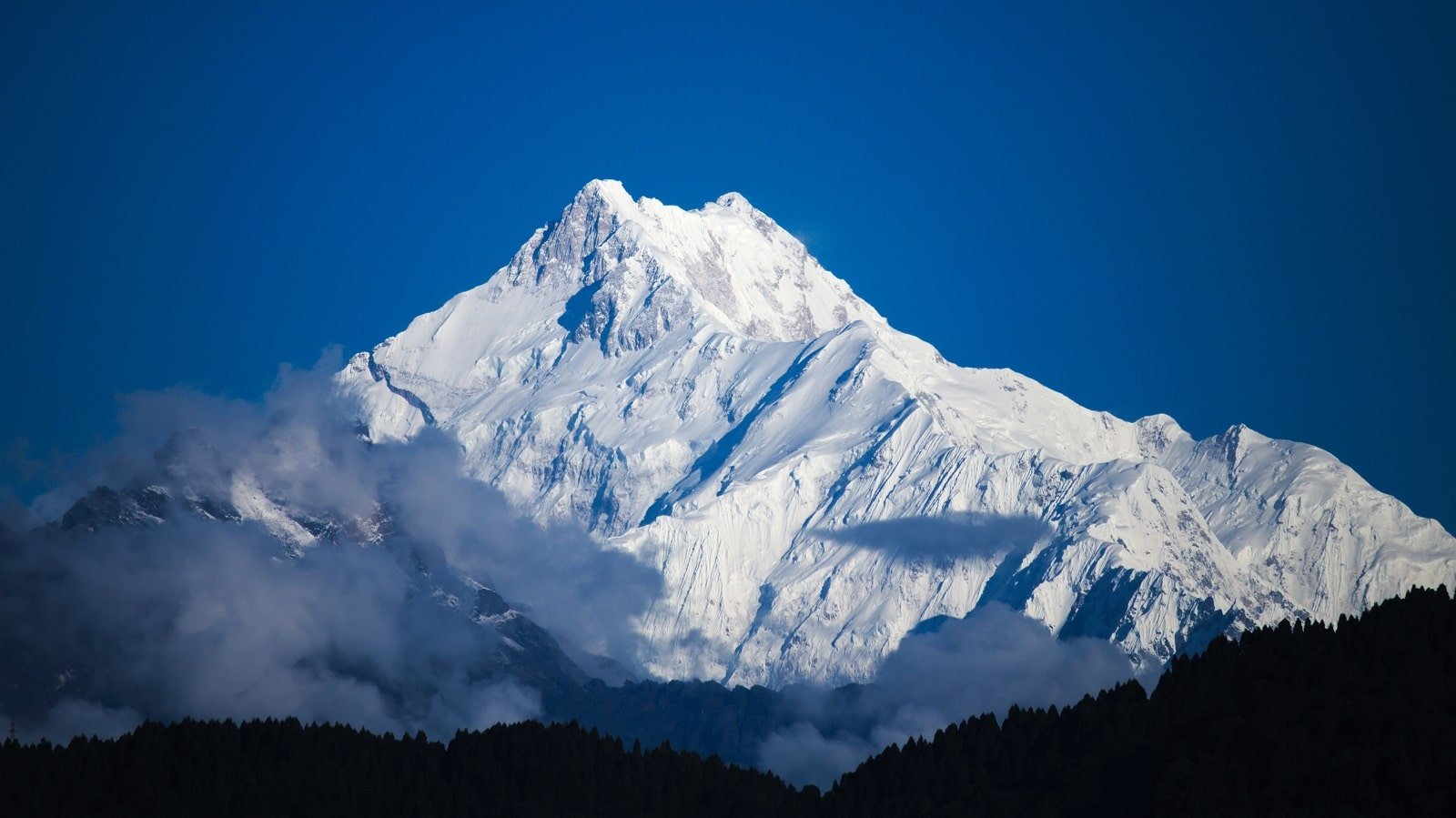
8. Kanchenjunga Base Camp
The Kanchenjunga Base Camp trek is a challenging and adventurous journey to the base of the world’s third-highest mountain. This remote trek offers stunning views of Kanchenjunga and a chance to experience pristine wilderness. The trek passes through diverse ecosystems, traditional villages, and high alpine terrain. It’s a trek for those seeking solitude and unspoiled nature.
Insider’s Tip: Be prepared for basic accommodations and facilities, as this is a less developed trekking route.
When To Travel: March to May and September to November for stable weather.
How To Get There: Fly or drive to Bhadrapur, then drive to Taplejung, the starting point of the trek.
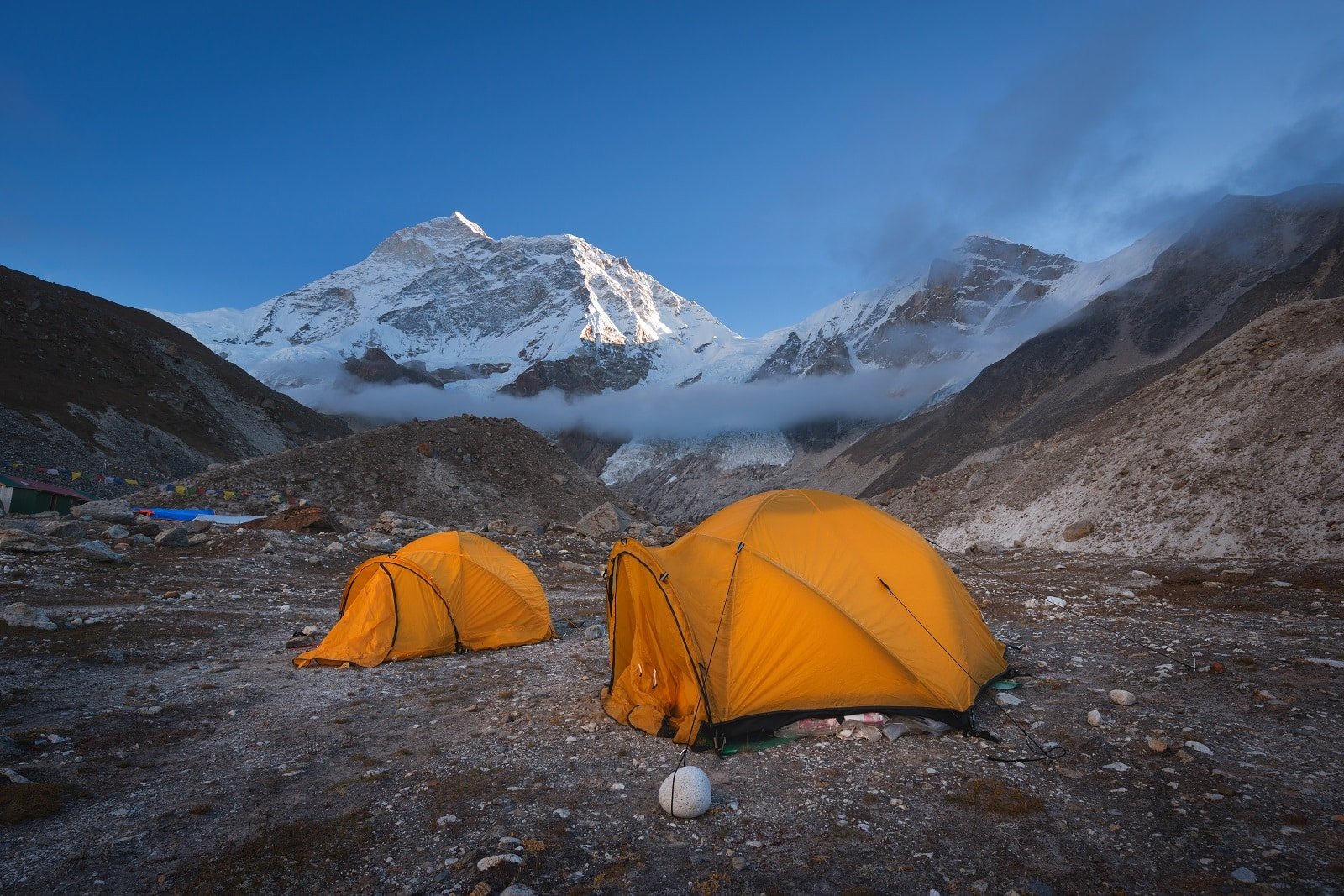
9. Makalu Base Camp
The Makalu Base Camp trek is a challenging journey to the base of Mount Makalu, the world’s fifth-highest mountain. This trek takes you through some of Nepal’s most remote and wild areas, offering stunning views of the eastern Himalayas. The Makalu Barun National Park, through which the trek passes, is a biodiversity hotspot with a rich variety of flora and fauna.
Insider’s Tip: Be physically and mentally prepared for a challenging trek with basic facilities.
When To Trave: Pre-monsoon and post-monsoon periods for the best conditions.
How To Get There: Fly to Tumlingtar from Kathmandu, then drive to Num, the starting point of the trek.
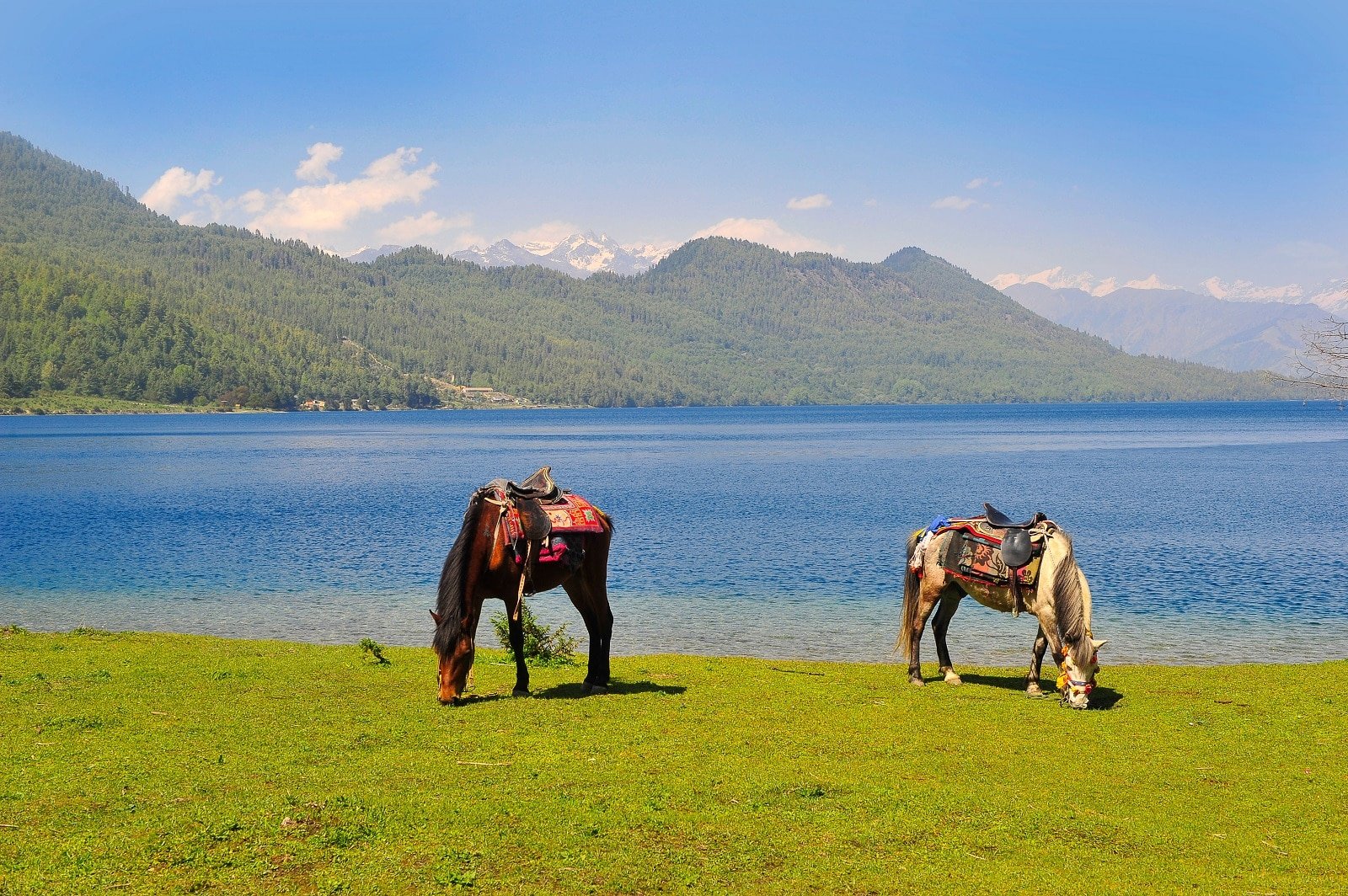
10. Rara Lake
Trekking to Rara Lake offers a serene experience away from the more popular trekking routes. Rara, the largest lake in Nepal, is known for its clear blue waters and scenic beauty. The trek to the lake is an adventure in itself, passing through remote Jumla and Mugu districts. The area around the lake, Rara National Park, is home to a variety of wildlife and offers tranquility unmatched in other parts of Nepal.
Insider’s Tip: Visit the nearby Rara National Park for a chance to see unique wildlife.
When To Travel: September to October and April to May for the best trekking conditions.
How To Get There: Fly to Nepalgunj from Kathmandu, then to Jumla, from where the trek to Rara Lake starts.
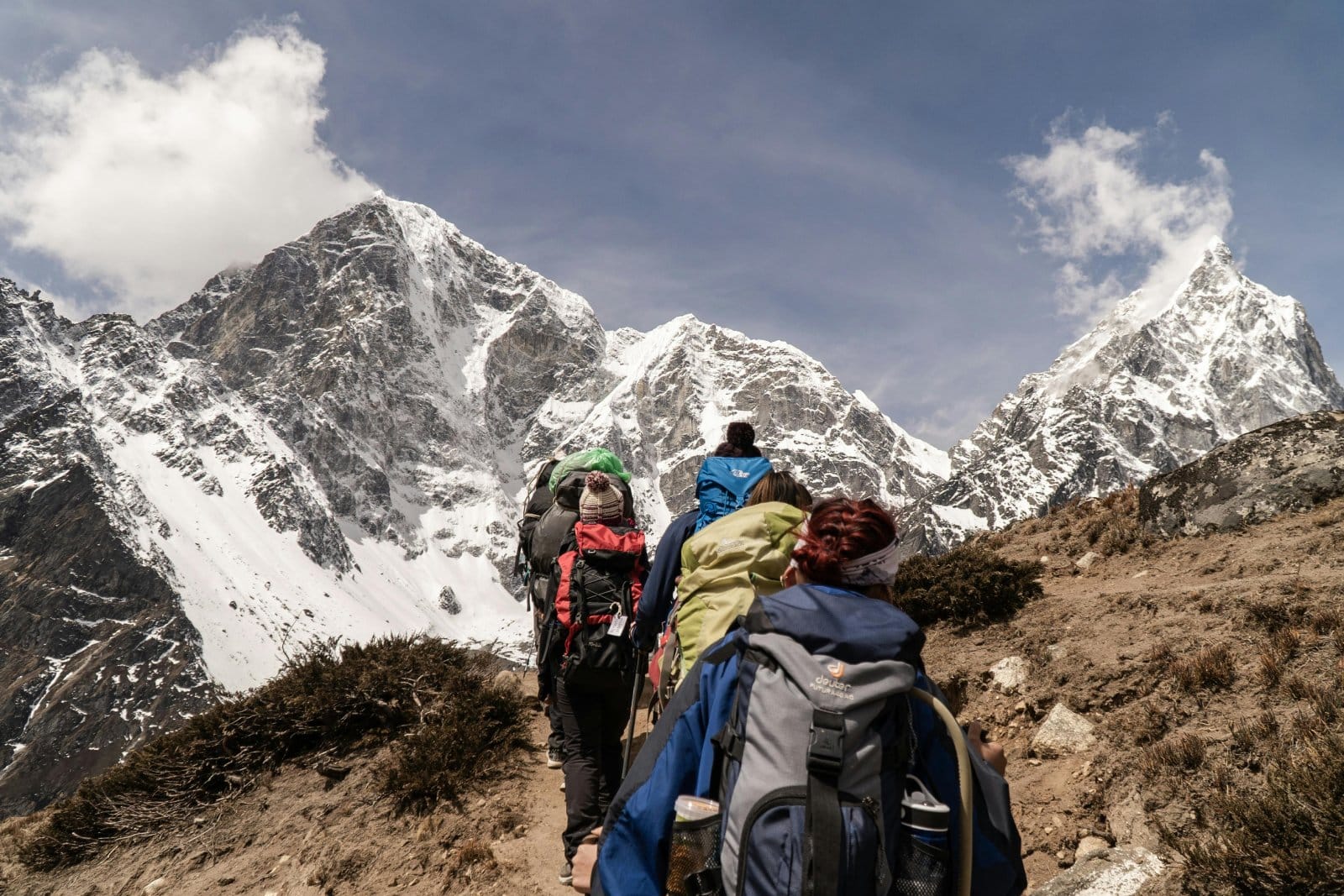
The Bottom Line
Trekking in Nepal is more than a physical journey; it explores some of the most majestic landscapes on Earth. Each destination offers its unique charm, from the world-renowned Everest Base Camp to the tranquil trails of Rara Lake. As you trek through these mountains, you’ll not only witness breathtaking vistas but also immerse yourself in the rich culture and hospitality of the Nepali people. Pack your bags, lace up your boots, and prepare for an adventure that will leave you with memories to last a lifetime.
More Articles Like This…
Barcelona: Discover the Top 10 Beach Clubs
2024 Global City Travel Guide – Your Passport to the World’s Top Destination Cities
Exploring Khao Yai 2024 – A Hidden Gem of Thailand
The post The 10 Best Treks in Nepal’s Majestic Mountains 2024 was republished on Passing Thru with permission from The Green Voyage .
Featured Image Credit: Shutterstock / Olga Danylenko.
For transparency, this content was partly developed with AI assistance and carefully curated by an experienced editor to be informative and ensure accuracy.
More for You
Former world champion boxer Timothy Bradley predicts Mike Tyson will knock out Jake Paul in upcoming bout
15 Jobs That Pay Insanely Well
29 common human foods you may not realize are poisonous to your dog
LSU's Livvy Dunne Signs Massive NIL Deal With Interesting Partner
Do I have to pay off my spouse's debts when they die? Here's what you're responsible for and what you aren't after a loved one's death
I drank Diet Coke daily for 25 years—then stopped: A Harvard nutritionist says I did my brain 'a favor'
iPhone users in 92 countries received a recent stark warning
Average US annual salary by age revealed – see how you compare
50 actors who didn't live long enough to see their final films
Leaving These 13 Things by the Front Door Could Keep You Safe
7 weird jobs that are well-paying but nobody knows about, according to a viral Reddit thread
Prime Video’s latest thriller series is a hit — and it’s 100% on Rotten Tomatoes
LeBron James looks toward intriguing NBA offseason after Lakers eliminated in playoffs
How Much You Take Home from the Average Salary in Each State
Surprise F-16 Update Issued by Ukraine
Here's How Often You Should Wash Your Hair, According to Experts
11 Facts You Should Know About Hard-Boiled Eggs
The best public college in America, based on data—and see the rest of the top 100
The Best 27 Red Carpet Moments of the '70s
Pepsi Is Debuting 2 New Flavors That Are Perfect for Summer

IMAGES
VIDEO
COMMENTS
March is the welcoming month of Spring season and hence the atmosphere will be pleasant enough to enjoy an energetic and fun-filled trek. The Himalayan treks in March can be the best thing to experience because the major trekking highlights like Brahmatal, Kedarkantha winter trek, Har ki Dun, Chandrashila, Nag Tibba and Sandakphu will be active by March.
And it is one of the best short treks to do in Spring. Resting at 9,915 ft, the summit of this trek is the highest in the Nag Tibba range of Garhwal Himalayas. From here, you see a 100-degree view of snow-capped Himalayan ranges such as Swargrohini, Bandarpoonch, Kala Nag, Srikantha, and Gangotri.
Kedarkantha Trek: This 23 km easy to moderate trek is one of the most amazing Himalayan treks in March that can be completed in four days. Behold the sight of the lush green valleys and frozen ponds during the trek while also exploring some of the unexplored places worth witnessing.
Rhododendron is the national flower of Nepal. And on Sandakphu-Phalut trek you skirt the border of India-Nepal all along the trail. So you'll notice that rhododendrons play a prominent role in the menu during March. You'll find juices and wines made of rhododendron in the tea houses. Photo by Sharat Kolke.
By Gautam Singh. 2023-12-28. H ere are the 22 best Himalayan treks to do this year. Although it was not easy to pick the best Himalayan treks as every trek is beautiful in its own way, we have put together the best Himalayan treks that we think you should not miss! Beginner-friendly treks like Dayara Bugyal, Brahmatal and Kedarkantha are great ...
Best Himalayan Trekking Destinations for March in Nepal: Everest Base Camp Trek: March provides an excellent window to start on the iconic Everest Base Camp trek. Experience the amazing views of the world's highest peak, surrounded by the beauty of blooming rhododendron forests.
9. Sandakphu Trek. Sandakphu trek is one of the most beautiful and wholesome treks to be ticked in spring season. Sandakphu is the highest point of West Bengal known for the prevailing attractions like, Singalila ridge, which forms the bridge between Sikkim/Darjeeling of India and Nepal.
In Himachal, Hampta Pass, Prashar Lake, and Kareri Lake are the top treks in March. Sikkim, which boasts some of the most challenging treks in the Indian Himalayas, has a few treks in the spring month for the adventurers. Goecha La and Sandakphu-Phalut are the top choices here. Find info on best treks in March in India, Himalayas region for ...
We've curated the following march treks for you. Ali Bedni Bugyal Trek. Uttarakhand. Annapurna Base Camp Trek. Pokhara. Bagji Bugyal Trek. Uttarakhand. Binsar Weekend Trek. Uttarakhand. Brahmatal Trek. ... Trek The Himalayas, Kaintura Plaza, Badrinath Road Tapovan, Rishikesh - 249201 Uttarakhand Phone: 8191004846. Email: info@trekthehimalayas ...
Yunam Peak Trek Expedition. Himachal Pradesh. Explore All the Treks Provided by Trek The Himalayas: From Easy to Challenging, Green Valleys to Snow-Capped Peaks. Immerse Yourself in Diverse Landscapes and Vibrant Cultures. Plan Your Adventure Today!
Trekking in Nepal in March Tour to Everest Base Camp . March is a super busy time in Nepal for tourists, almost as busy as October. More than 100,000 visitors come in March, according to the Nepal Tourism Board. Popular trekking spots like Everest Base Camp and the Annapurna Circuit can get crowded. To avoid the crowds, it is a good idea to ...
The ultimate Himalayan trek and adventure of a lifetime. Stand face to face with Mount Everest and trek along side 4 of the world's tallest peaks. Enjoy the welcoming culture of the Sherpa. HimalayanWonders.com brings you the best tours in the Himalayas. With respect and trust earned over the years, our tours give you value for money and local ...
Trekking to Annapurna Base Camp in March offers the chance to enjoy some stunning mountain vistas including Dhaulagiri (8,167m), Manaslu (8,163m), Nilgiri (7,041m), Fishtail (6,998m) and of course, Annapurna (8,091m). The mountain views are complimented by the clear skies and lush hills and forests dotted with rhododendrons.
The Charm of Trekking in Nepal in March. Nepal's weather in March bids farewell to the chilly winter season and greets the enchanting spring season. The valleys come alive with colors, making it an extraordinary time to explore the Himalayan trails. The flora creates vibrant hues of pink, red, purple, and white.
Langtang Valley Trek in March is a captivating journey in the high-altitude Himalayas. March offers a harmonious blend of delightful weather and favorable temperatures with enchanting mountain topographies.March is just the start of trekking activities, and unlike April and May, there is less number of trekkers, which offers a peaceful atmosphere in a pleasant environment, allowing for an ...
1. Diamox (1 Strip): Be on a course of a half tablet Diamox starting from your home, every 12 hours (125 mg). Carry on the medication until you descend down to the base camp from your trek. Being on a preventive course of Diamox greatly reduces the chances of Acute Mountain Sickness on a high altitude trek.
Everest Base Camp Weather in March. Rain is uncommon in March, so clear mountain views in the Everest region is great. However, as temperature goes up throughout Nepal, especially the second half of the month, humidity rises. You'll still get good clear views, but they won't be as crisp or as reliable as they were in the winter.
Brahmatal Trek in winter transforms the Himalayan landscape into a mesmerizing snow-covered wonderland. The frozen lake surrounded by snow-covered landscapes adds a touch of ethereal beauty to the entire trekking experience. Brahmatal Trek takes you through untouched alpine meadows blanketed in snow, providing a pristine and serene environment.
2023 update for the Mardi Himal trek. in March 2023 the Nepali Tourism Board made a sudden change in the trekking regulations. From the 1st of April 2023, foreign nationals are not allowed to do solo trekking in the Nepalese National Parks.Having a licensed guide is compulsory.
Trek is a relatively new trekking route in the Annapurna region of Nepal, first opened to trekkers in 2012. The trek takes its name from Mardi Himal, a peak in the Annapurna range that stands at 5,587 meters (18,330 feet). Trek is considered a moderate trek, with a maximum altitude of 4,500 meters (14,764 feet).
We are pioneers of treks in India. We are pioneers in trekking. Since 2007, we have brought out treks that have become India's most famous treks: Roopkund, Rupin Pass, Buran Ghati, Kedarkantha, Kashmir Great Lakes, Tarsar Marsar, Brahmatal, Phulara Ridge—the list goes on. In 2023 alone, we brought out five new treks in Indian trekking.
Marchoi Trek is located to the northeast of Kashmir Valley in the Western Himalayan range. It can take up to three hours to travel 45 kilometers from Srinagar to the trek's base camp. Traveling along the banks of the lovely Dal Lake before entering the Sindh Valley through Kashmir's District Ganderbal.
The Mera Peak Expedition in Nepal is a hidden gem, offering a thrilling ascent to its summit at 6,476 meters (21,247 feet). Located in the Khumbu region, this trekking peak provides a challenging yet accessible opportunity for mountaineers. The journey begins with a scenic flight to Lukla, followed by a trek through picturesque Sherpa villages ...
The Langtang Valley trek offers a quieter, more intimate Himalayan experience. It begins with a drive to Syabrubesi and a trek through forests, pastures, and traditional villages.
Last year, Nepal welcomed more than 1 million tourists - for only the third time in the country's history - and data for March showed a nearly 30 per cent year-on-year increase in visitor ...